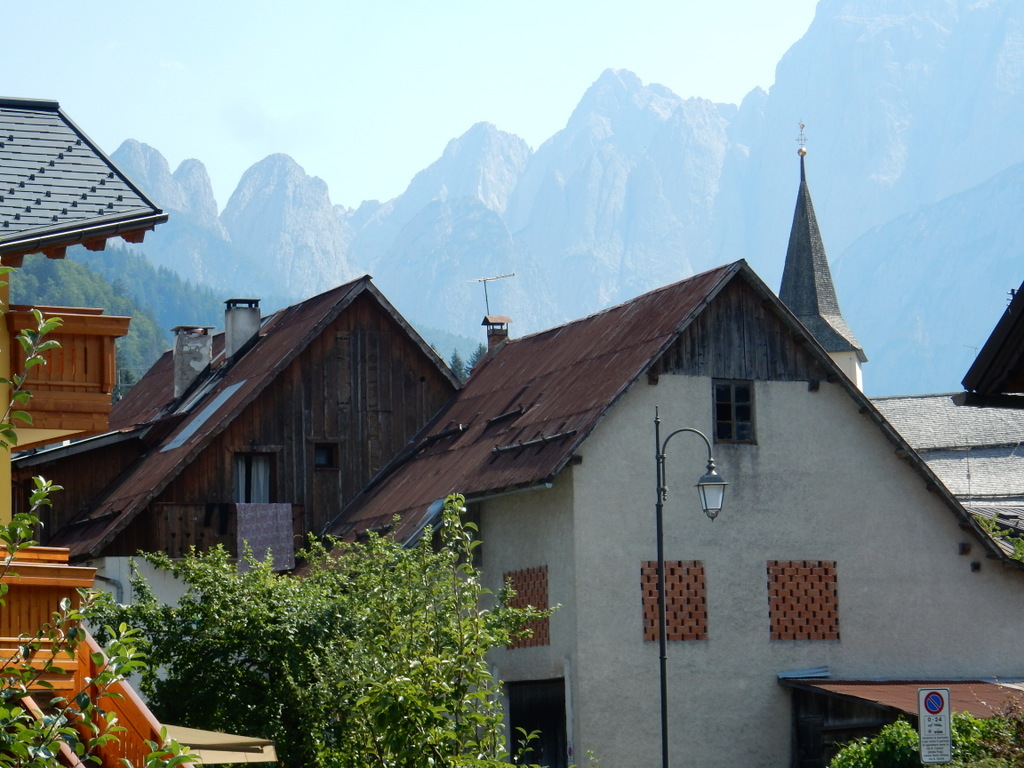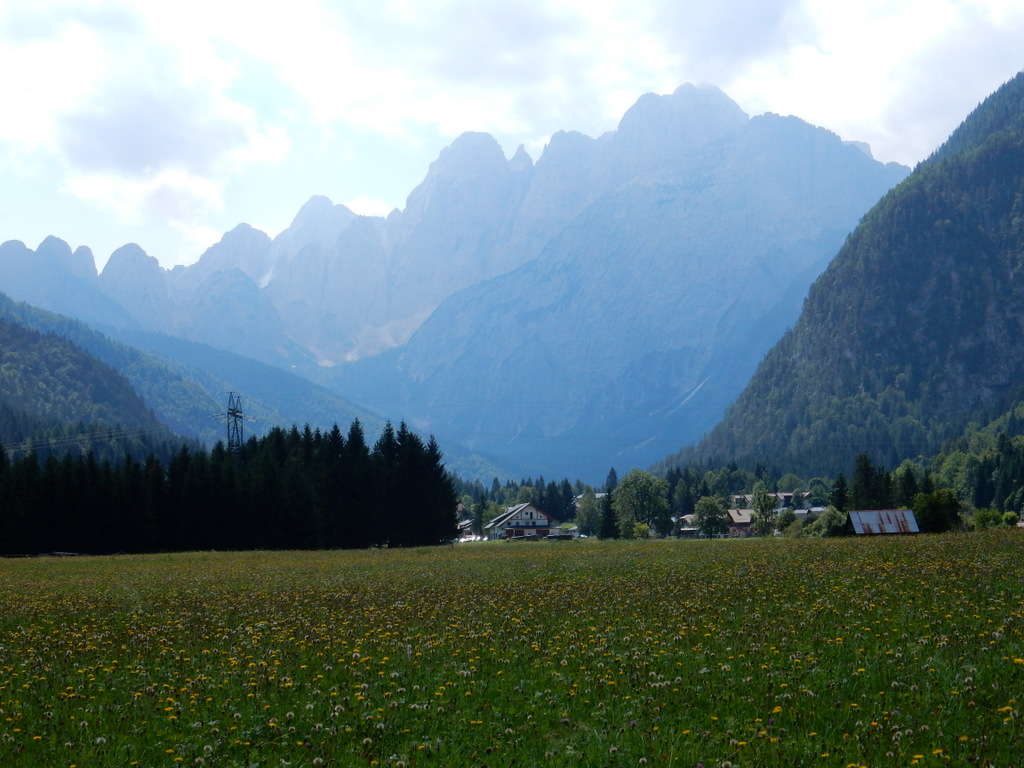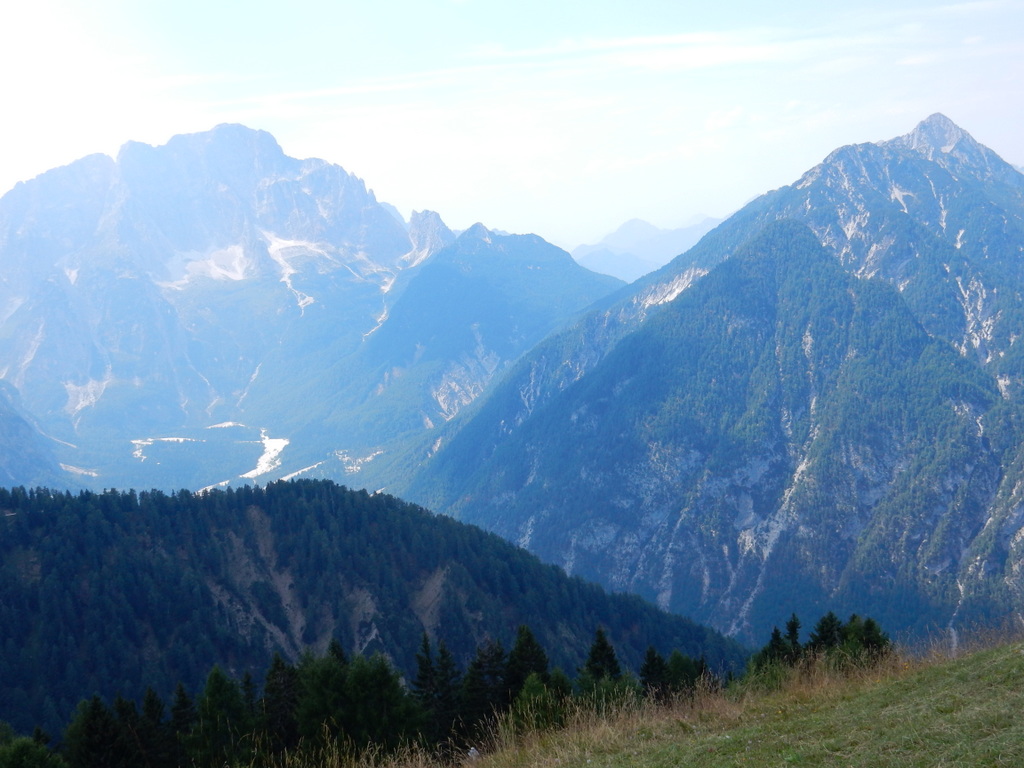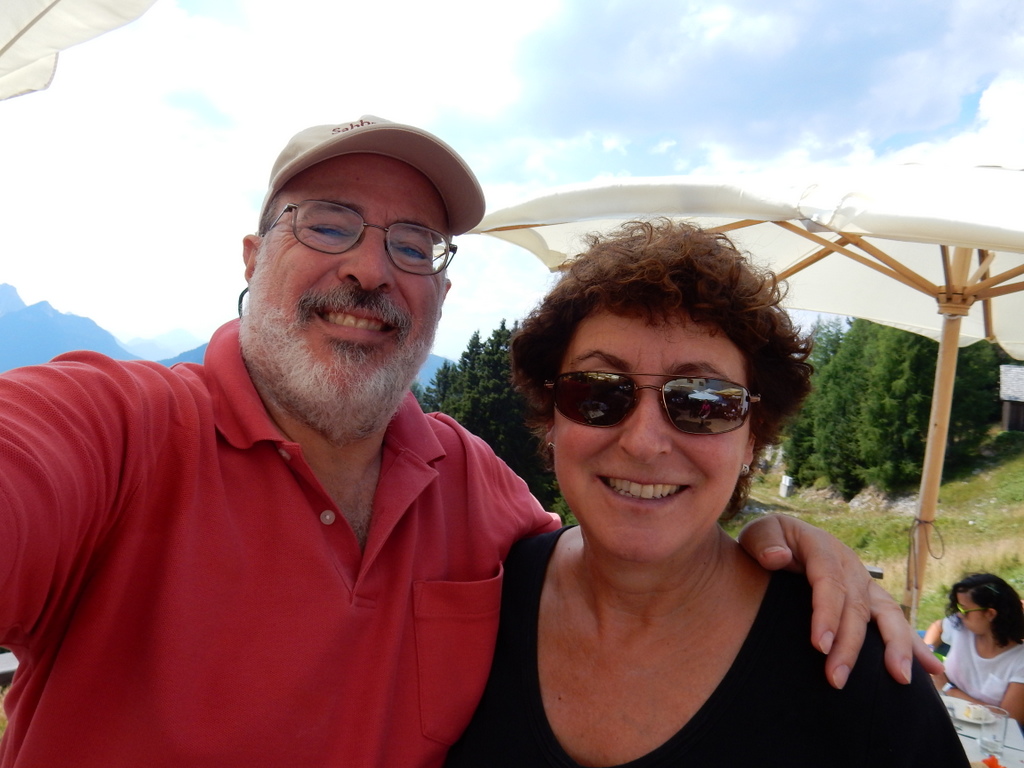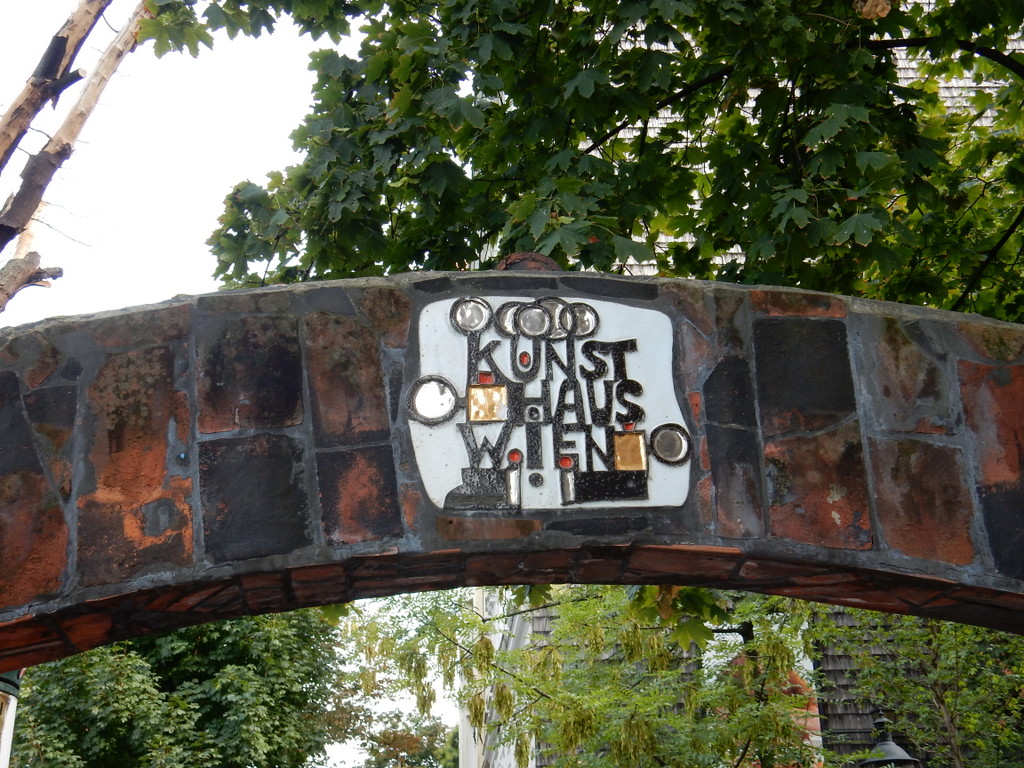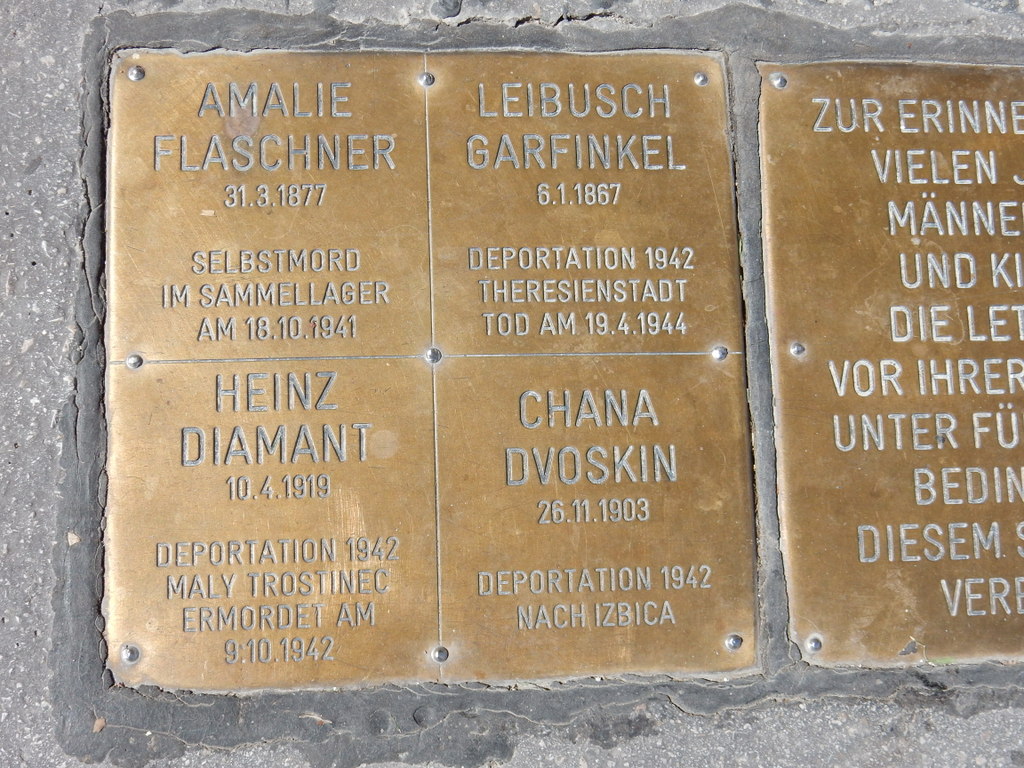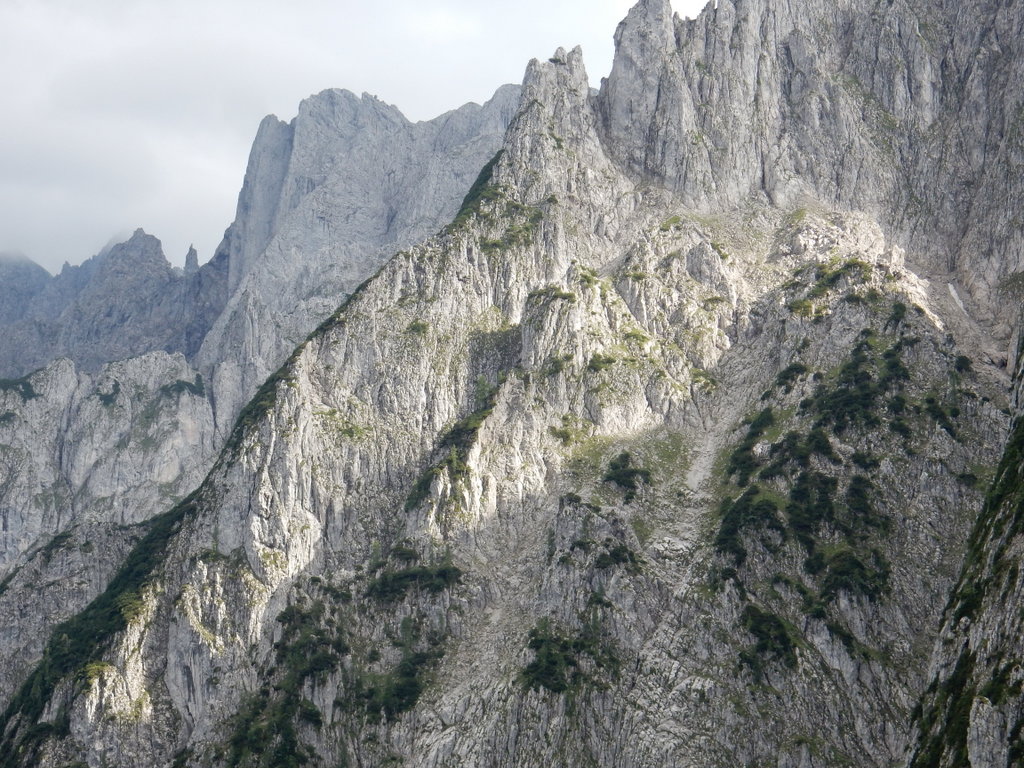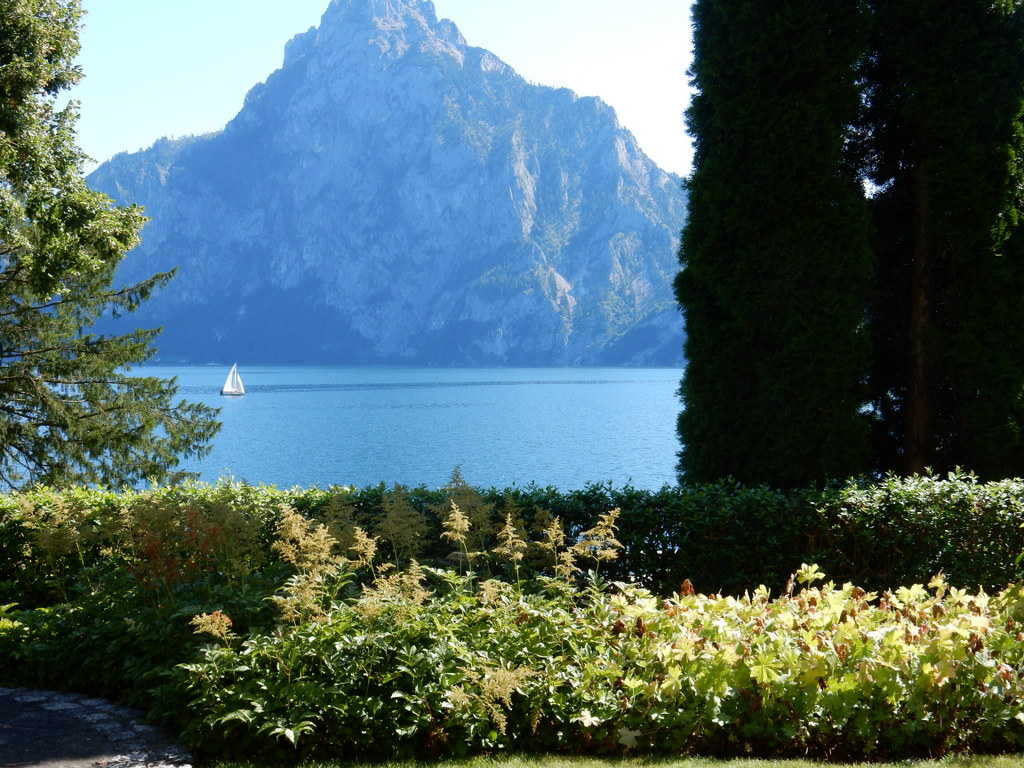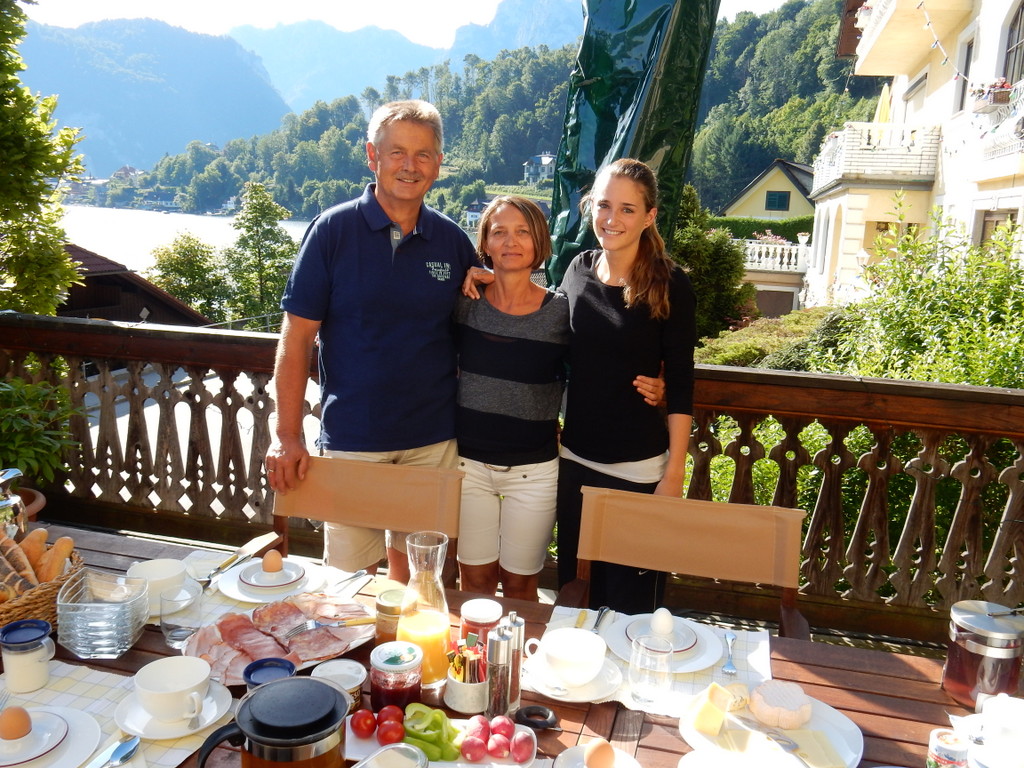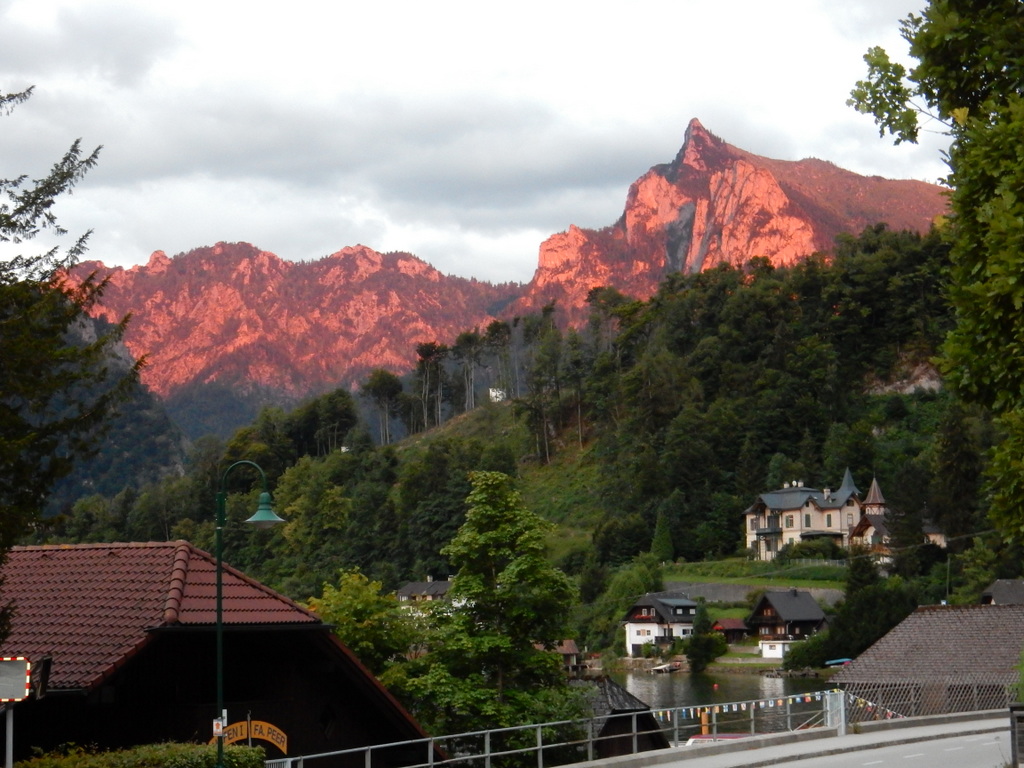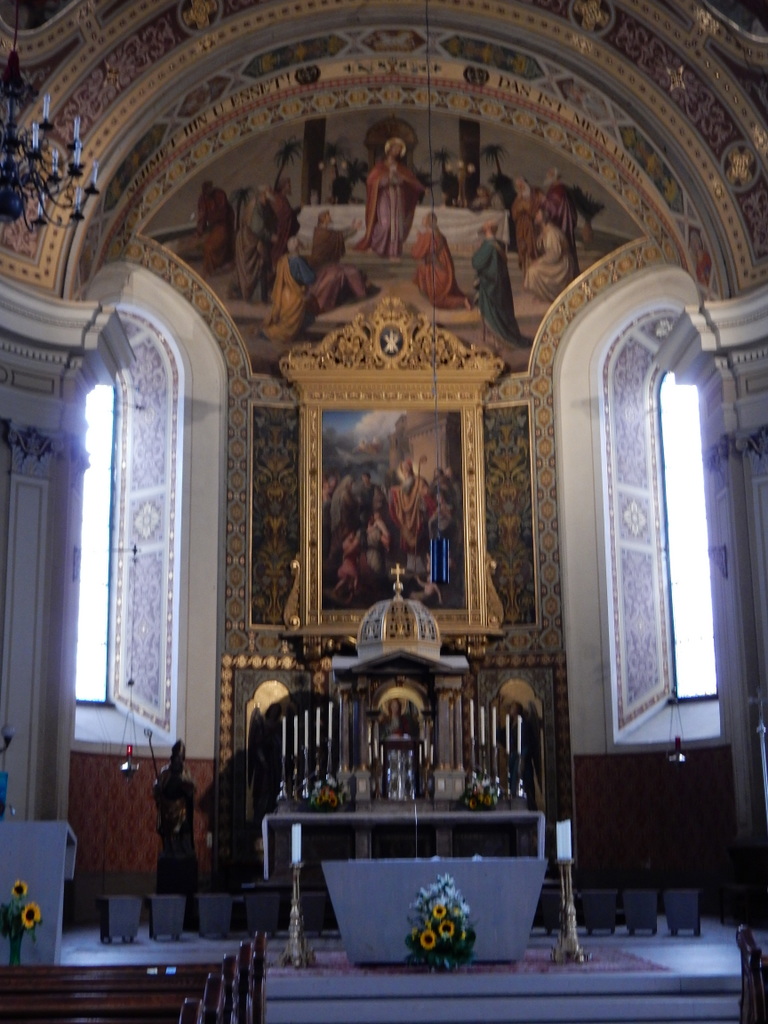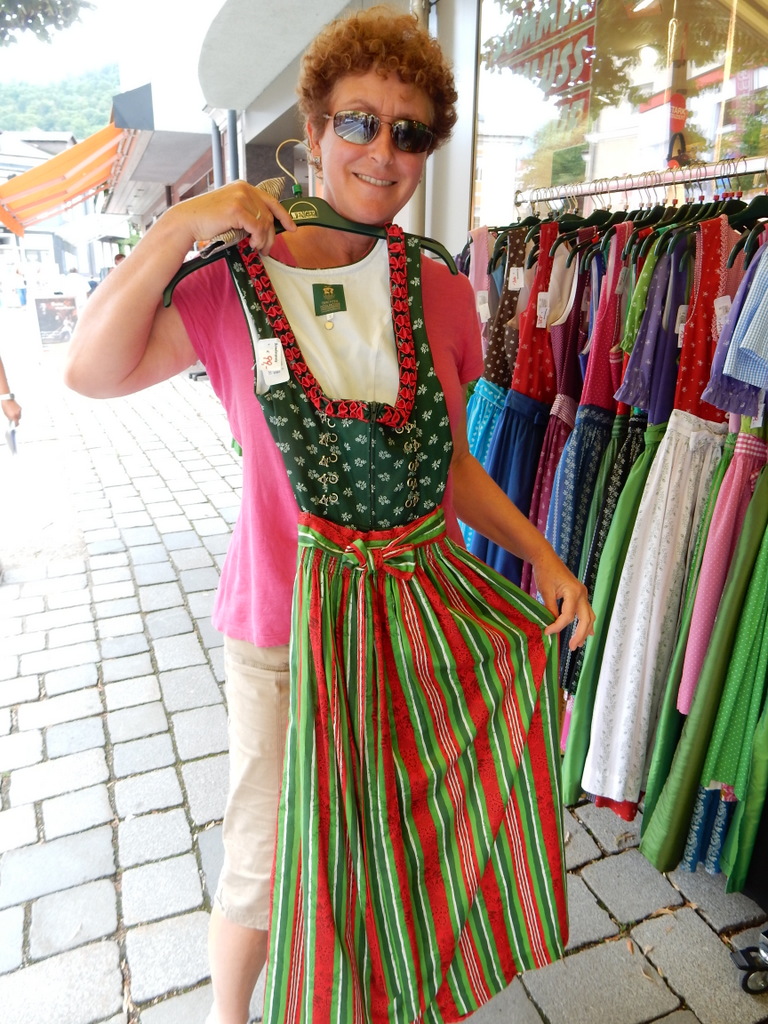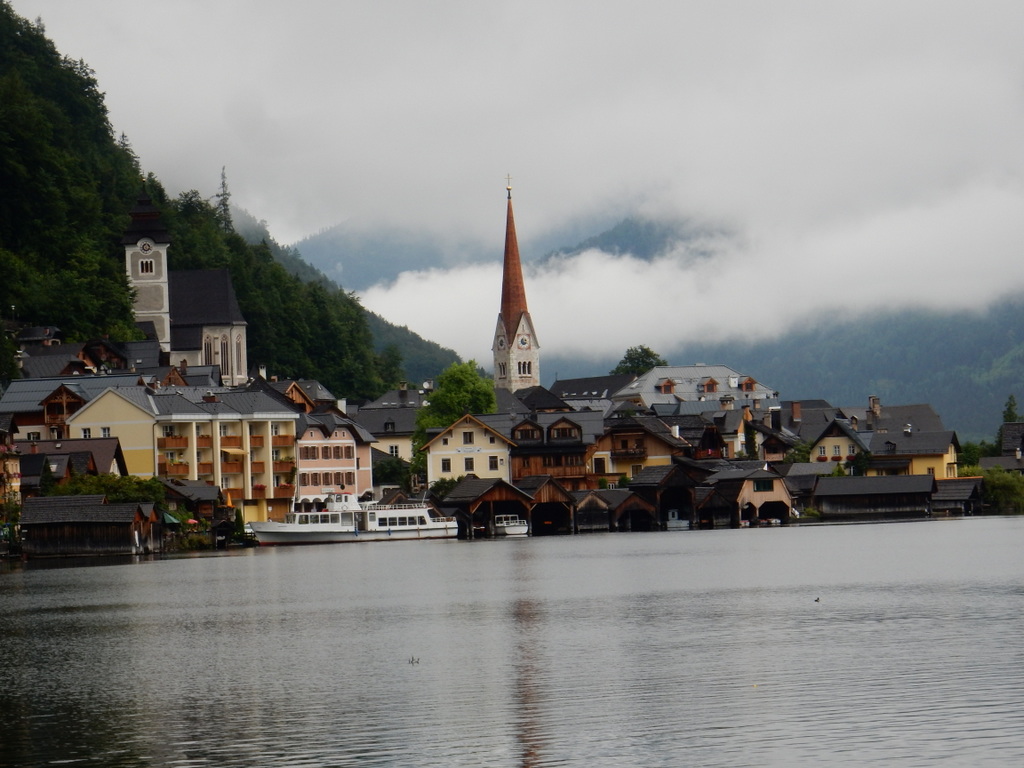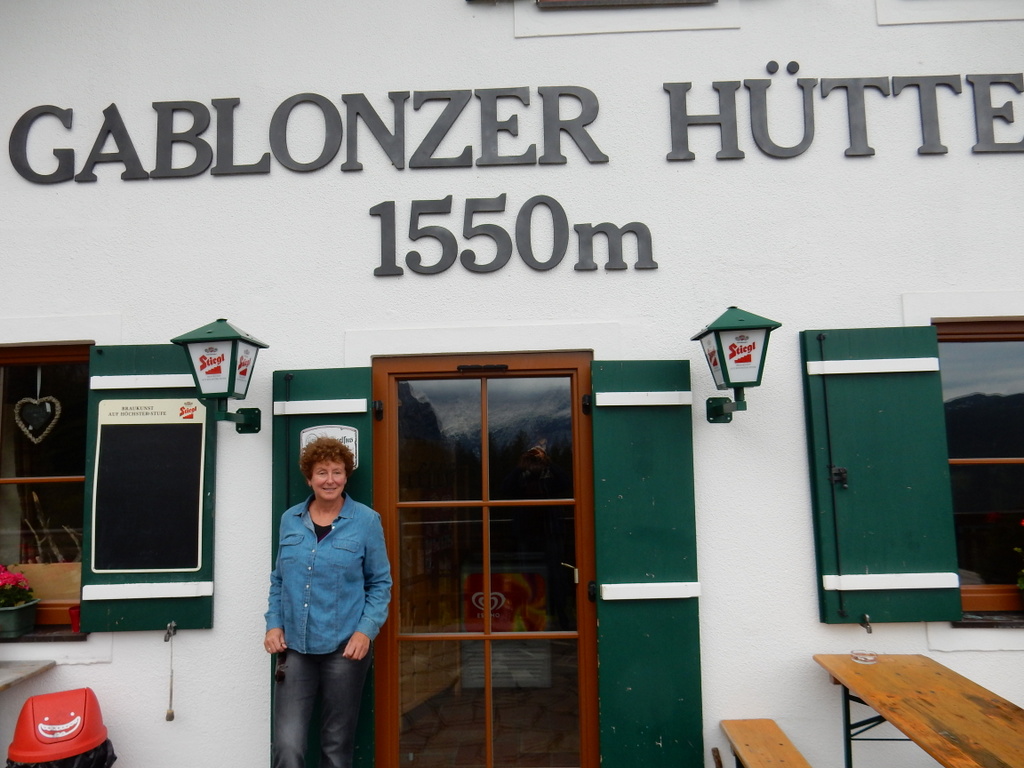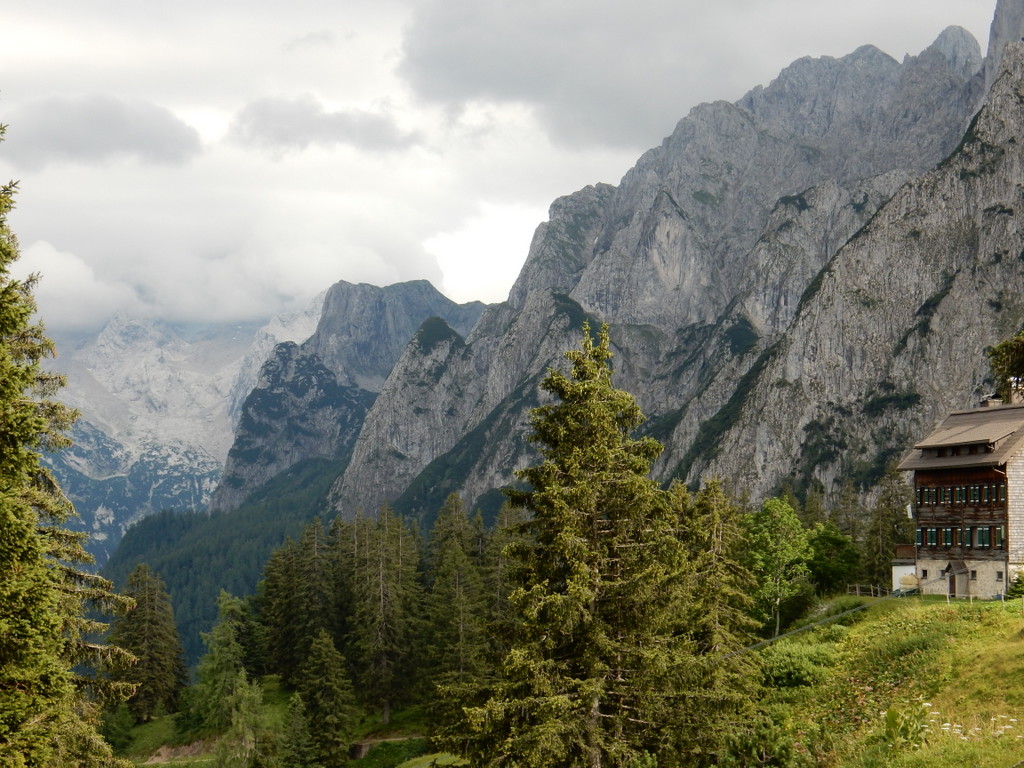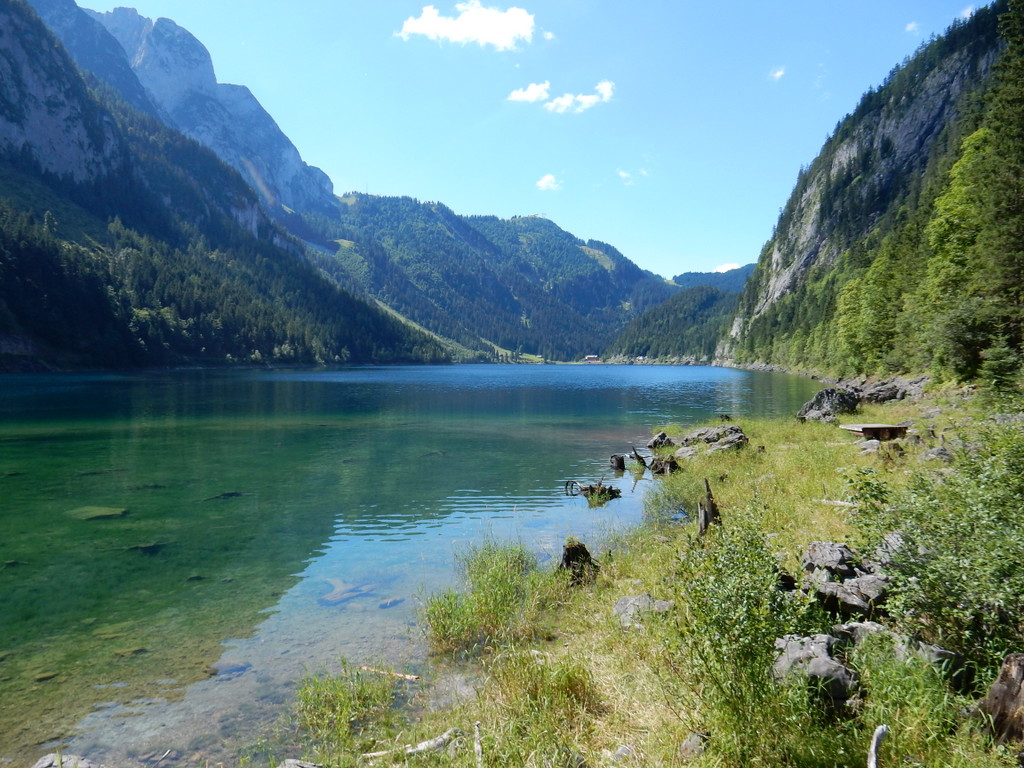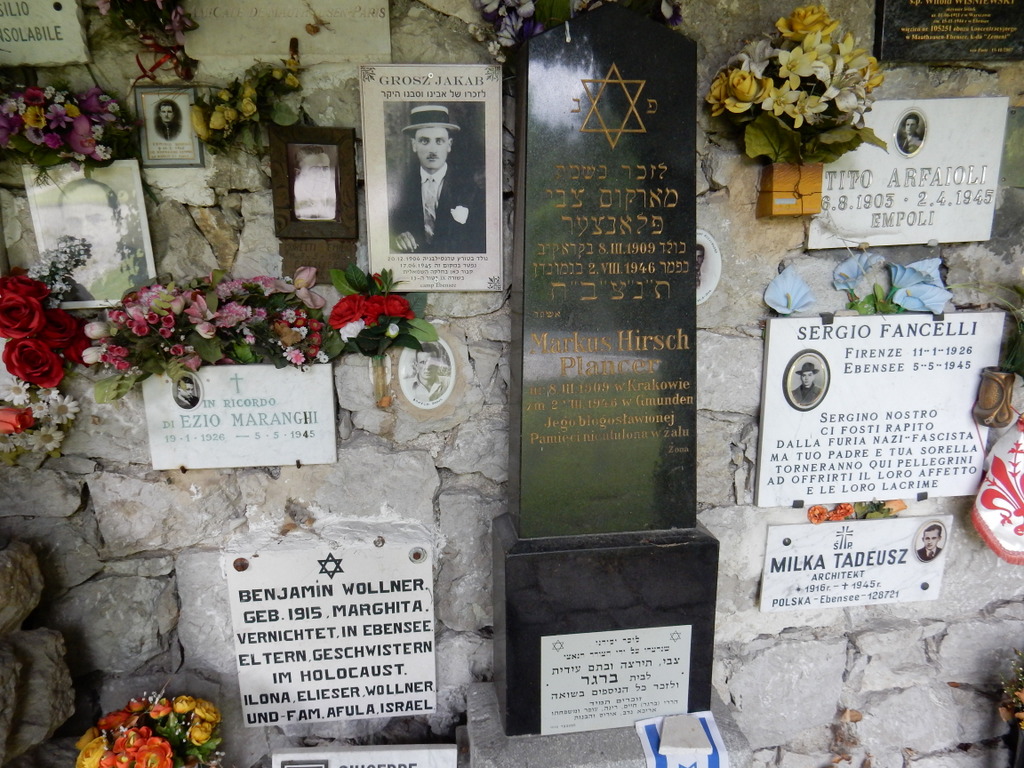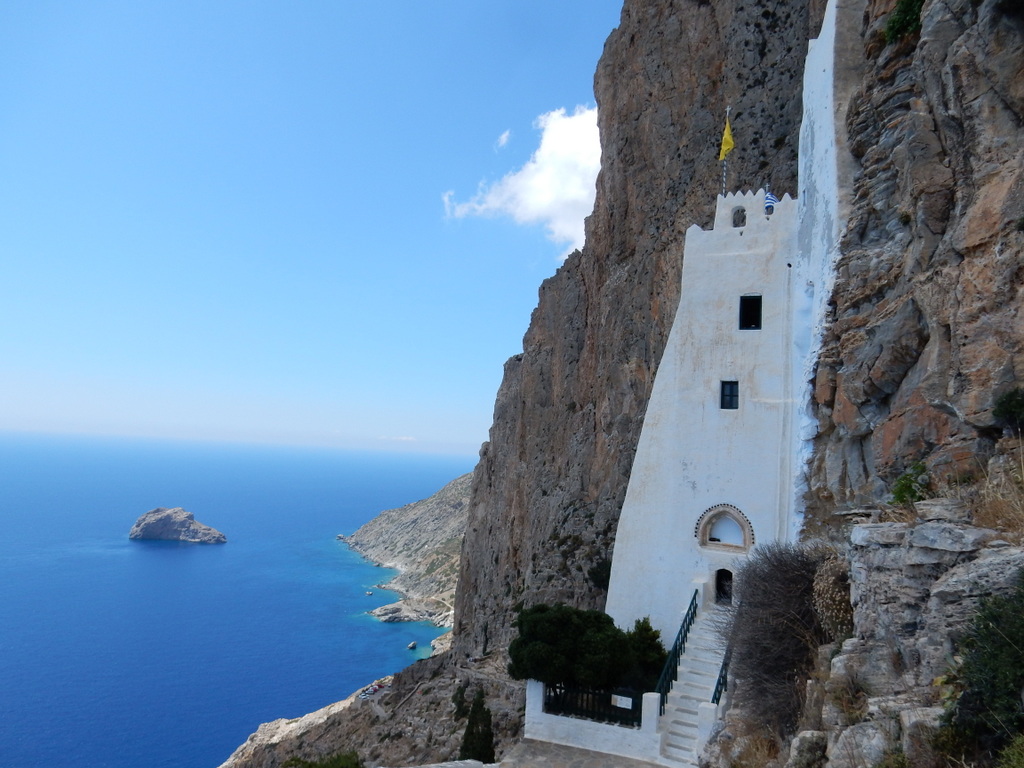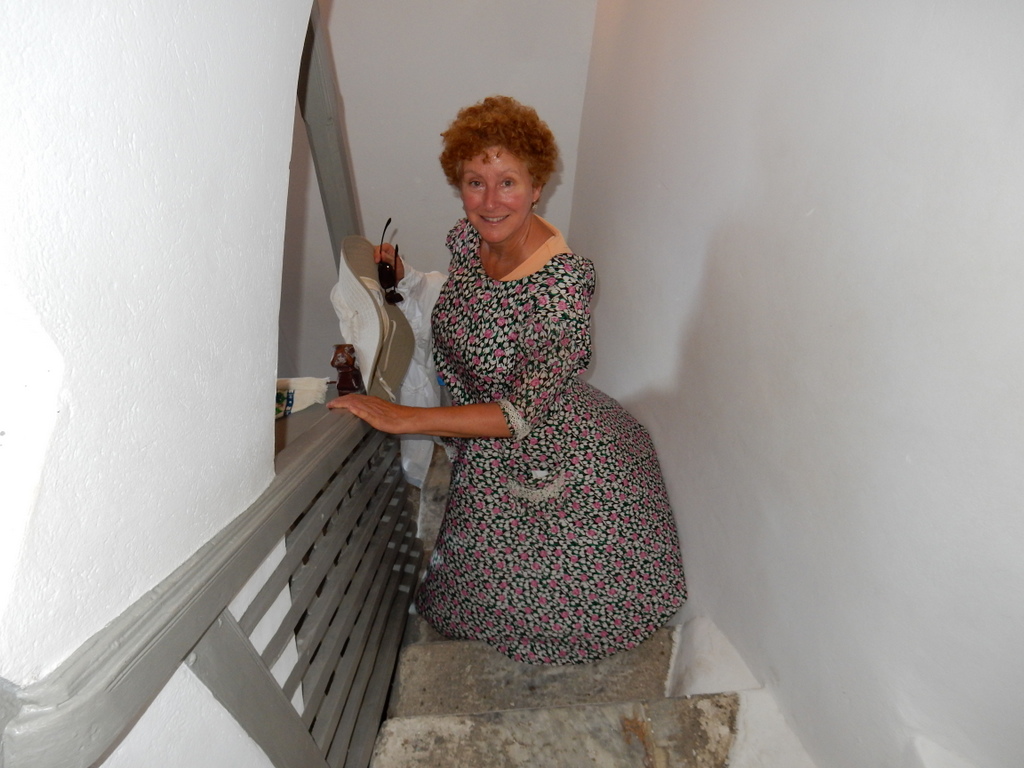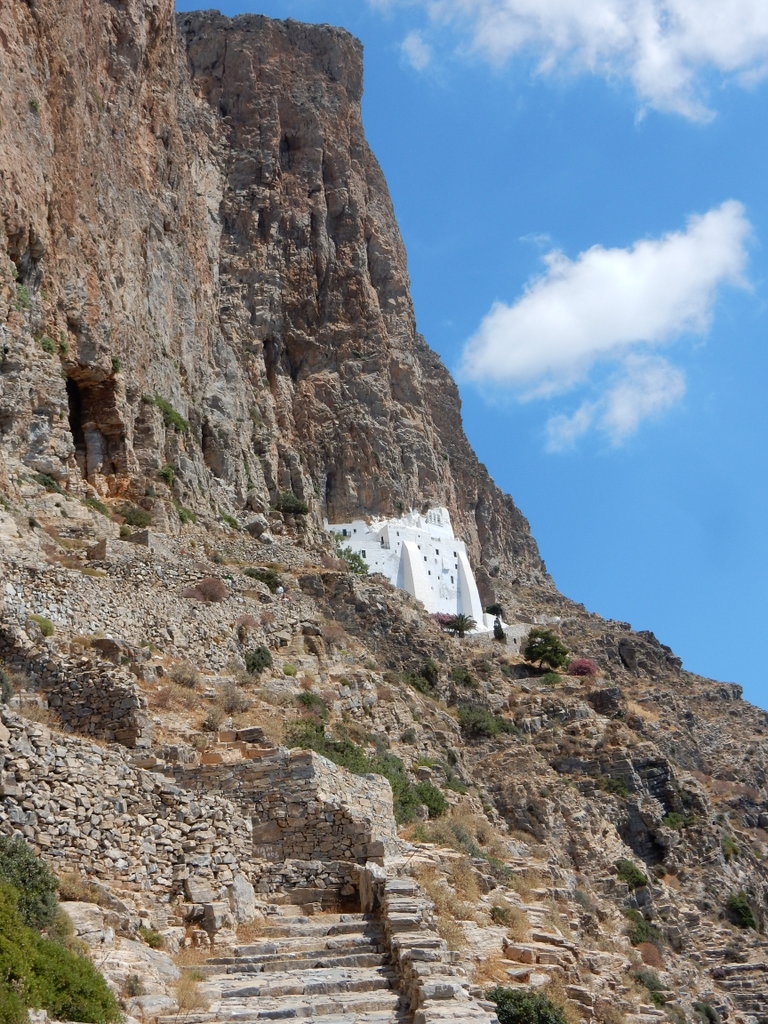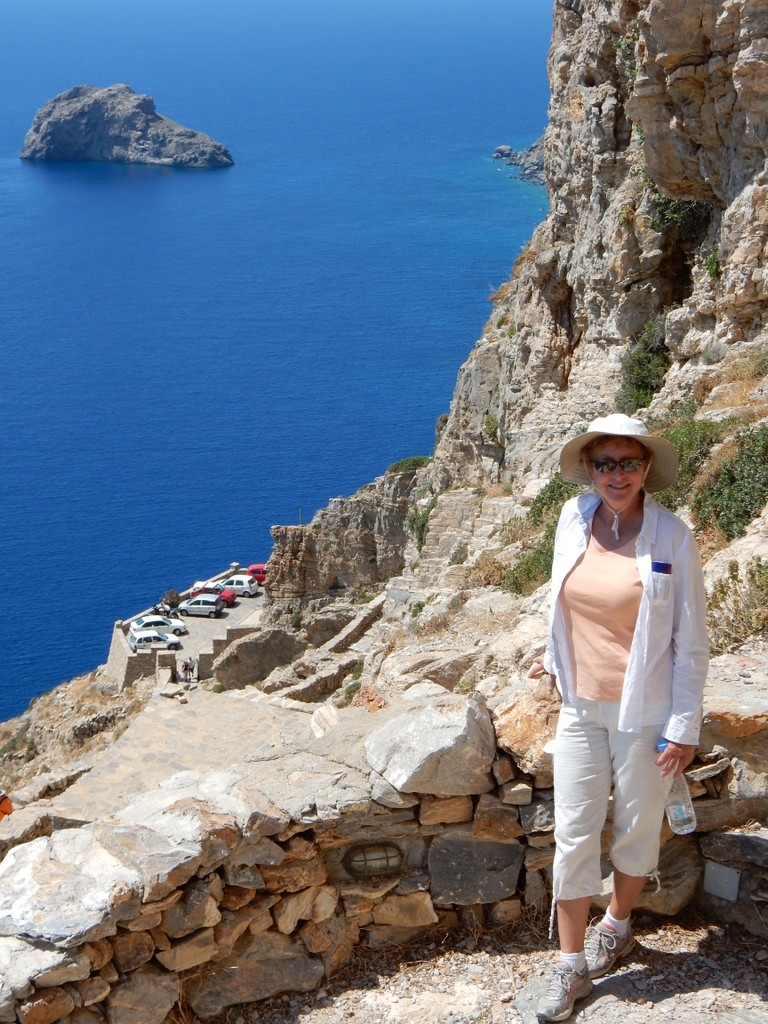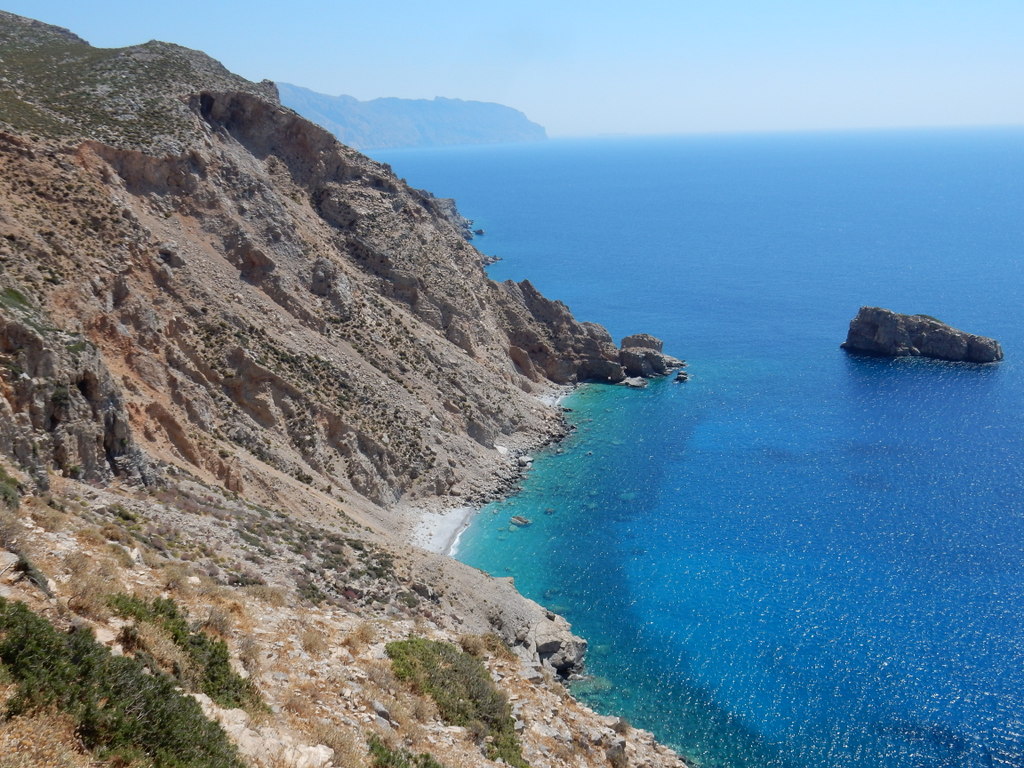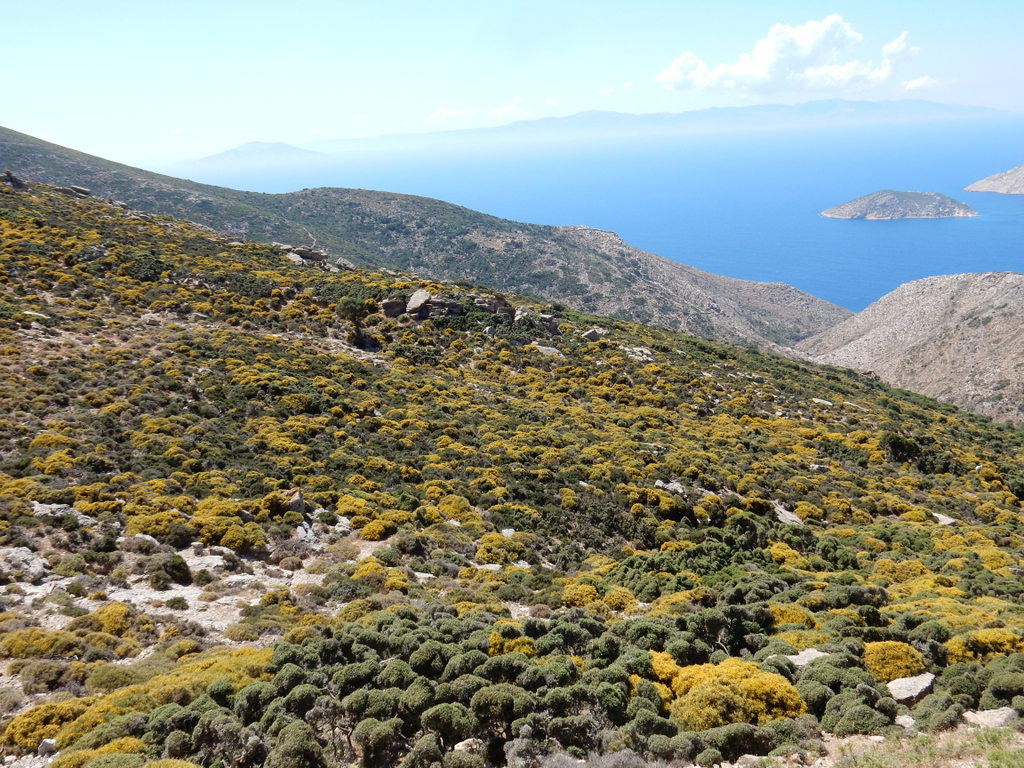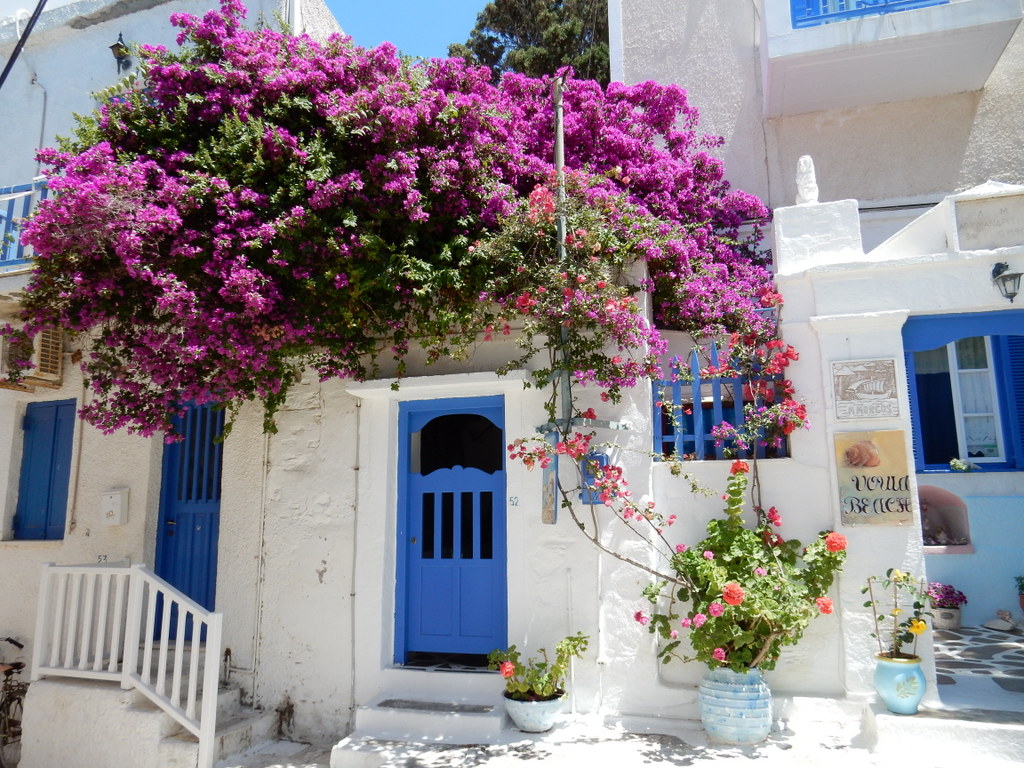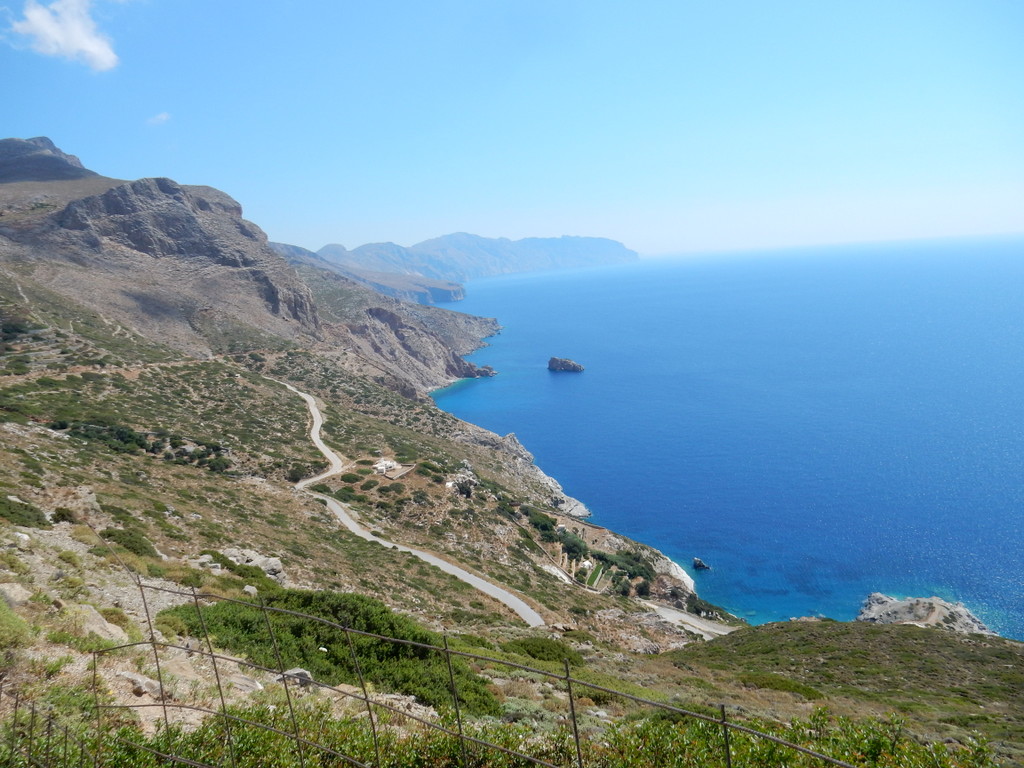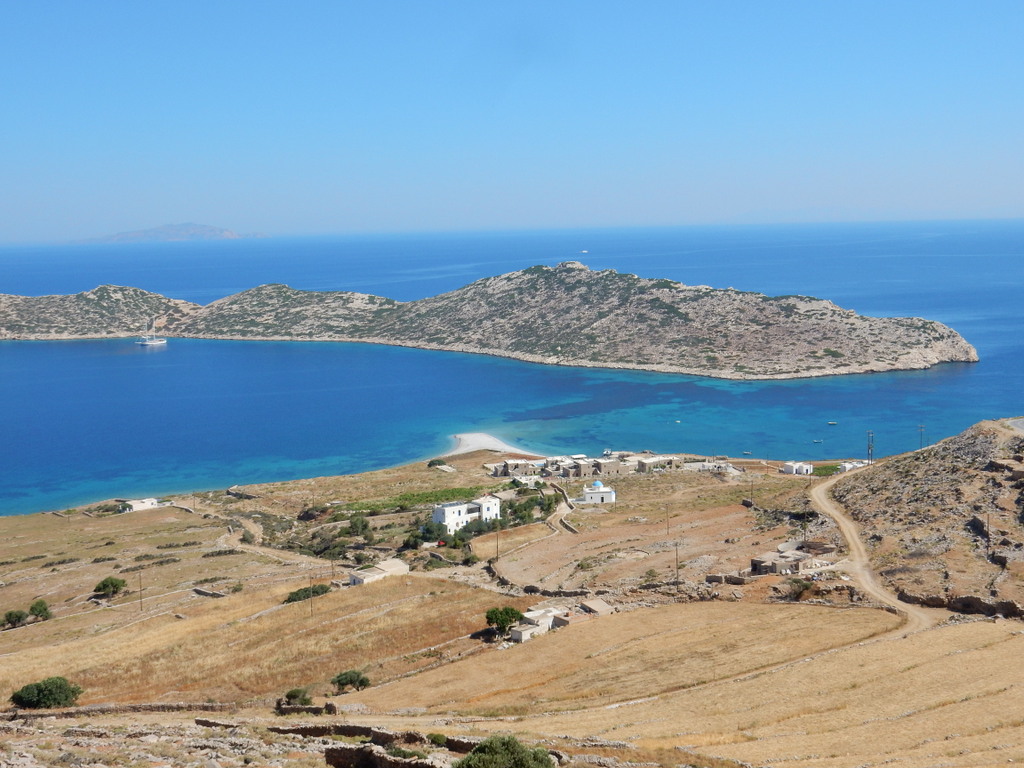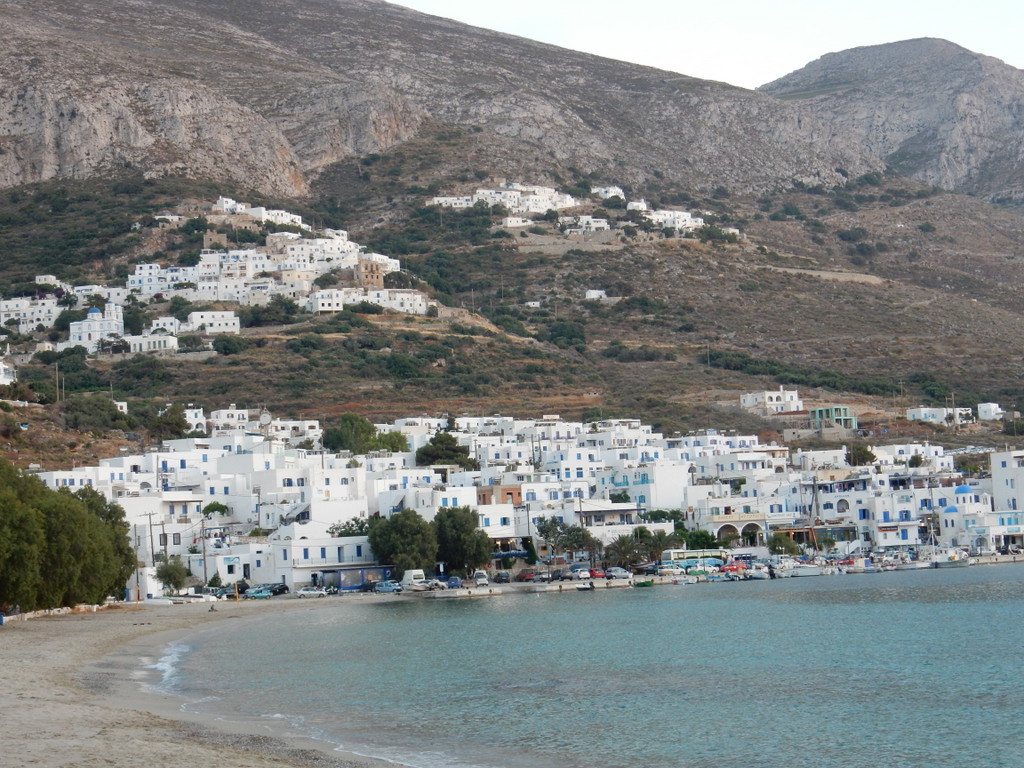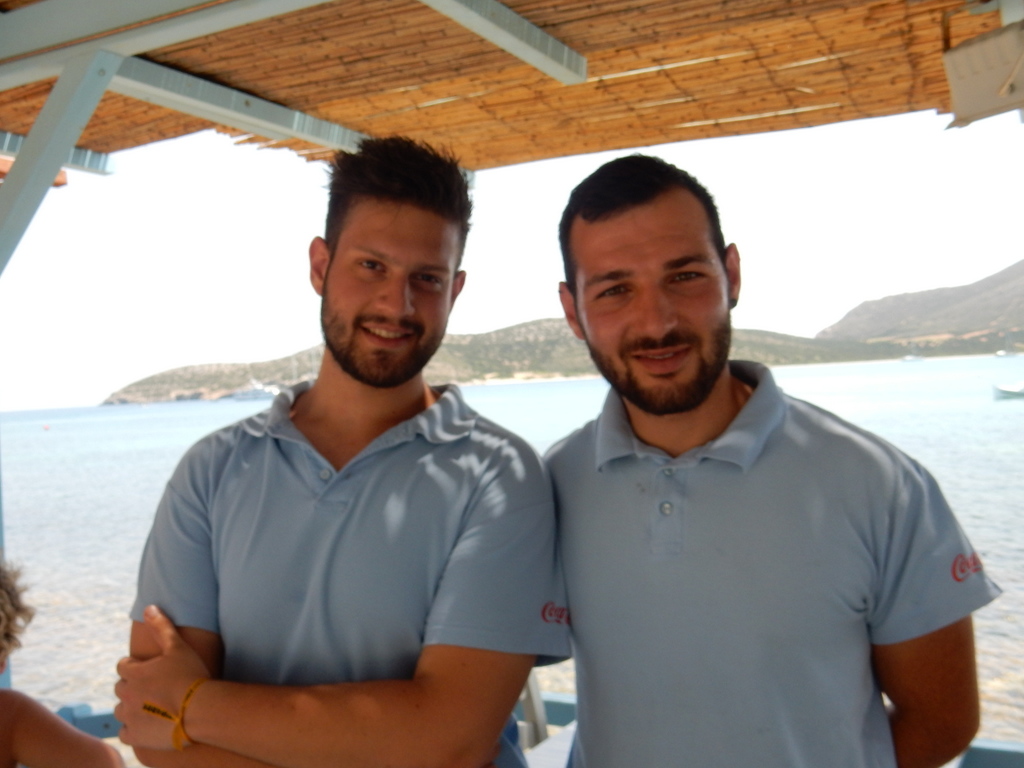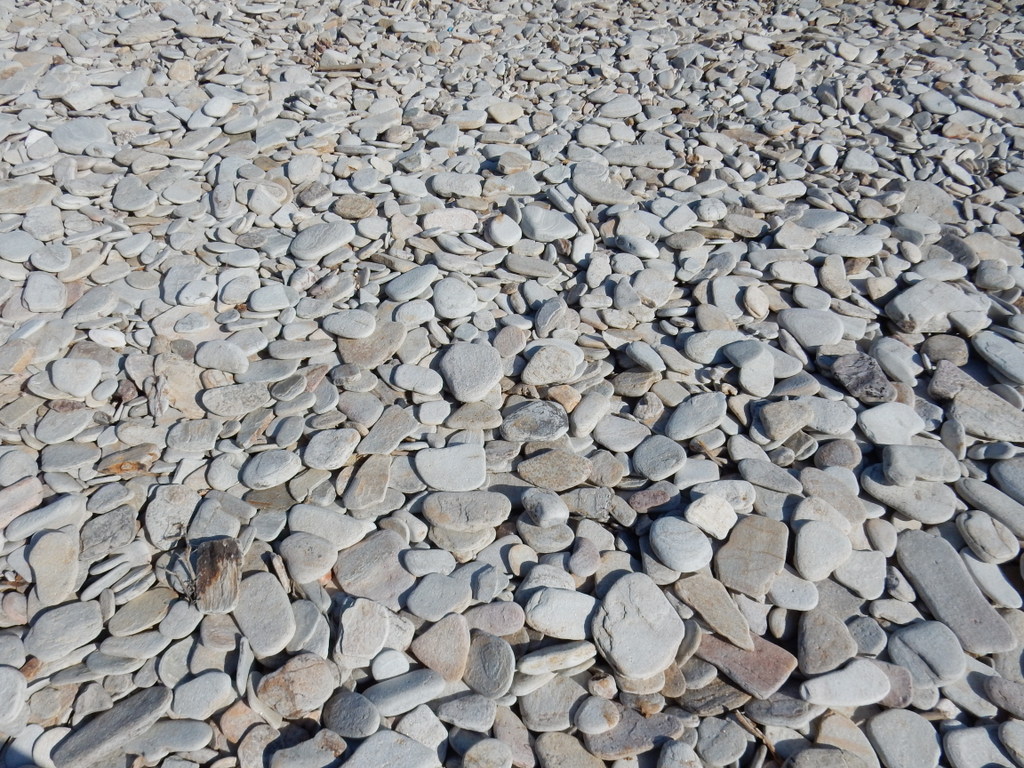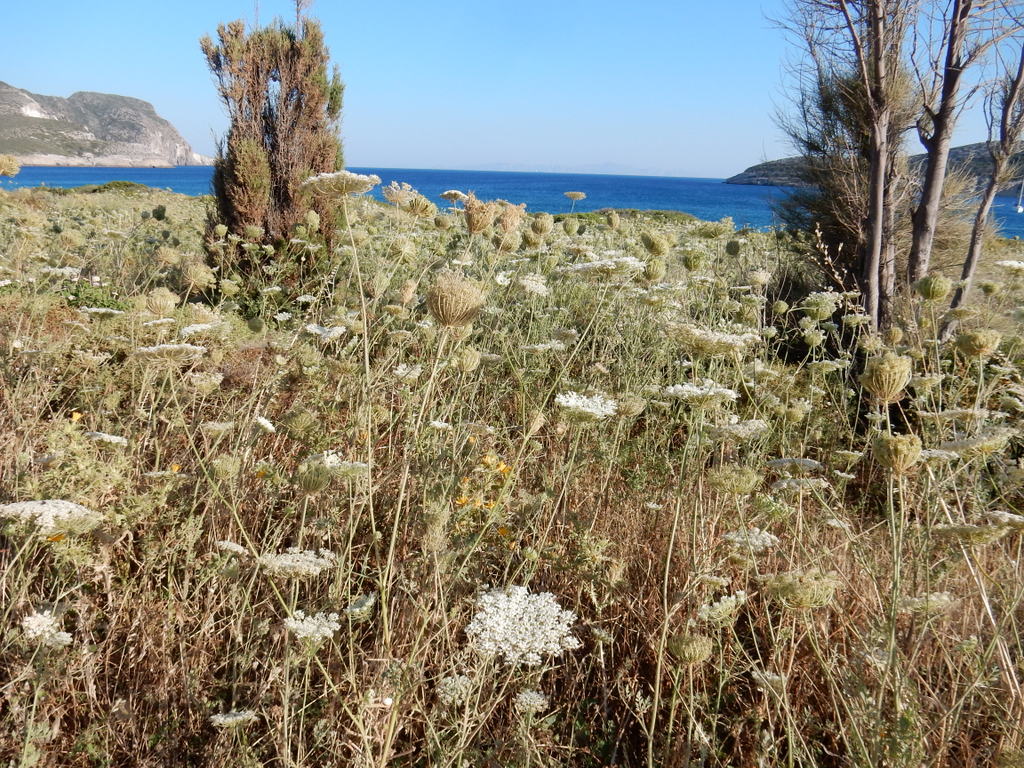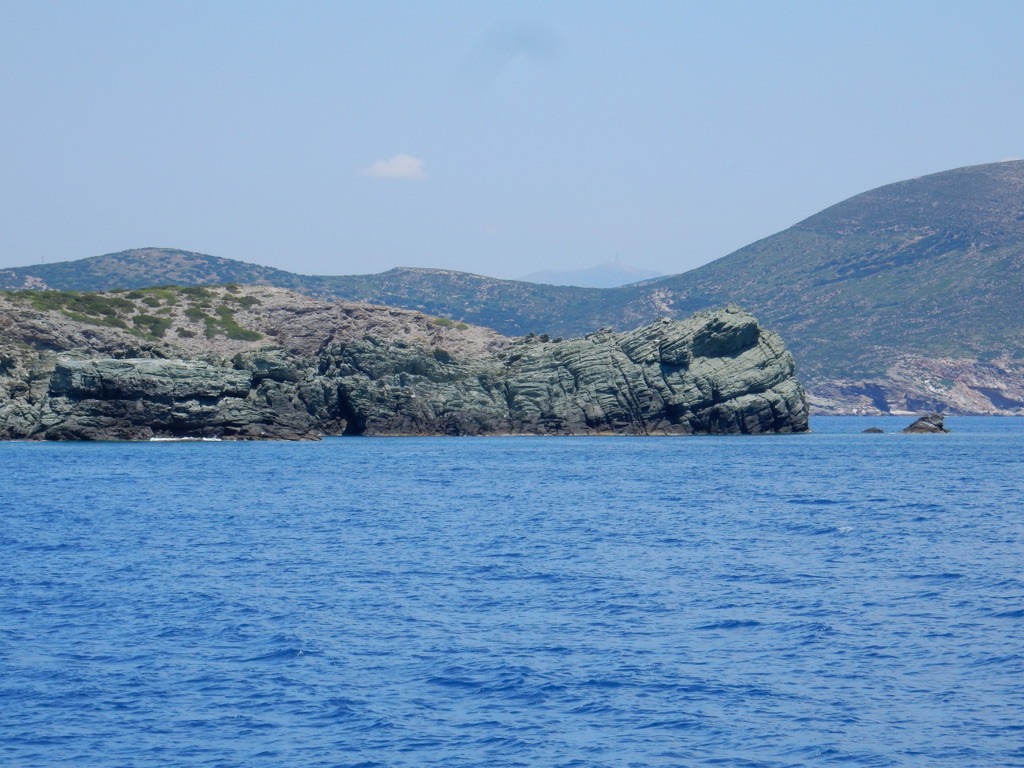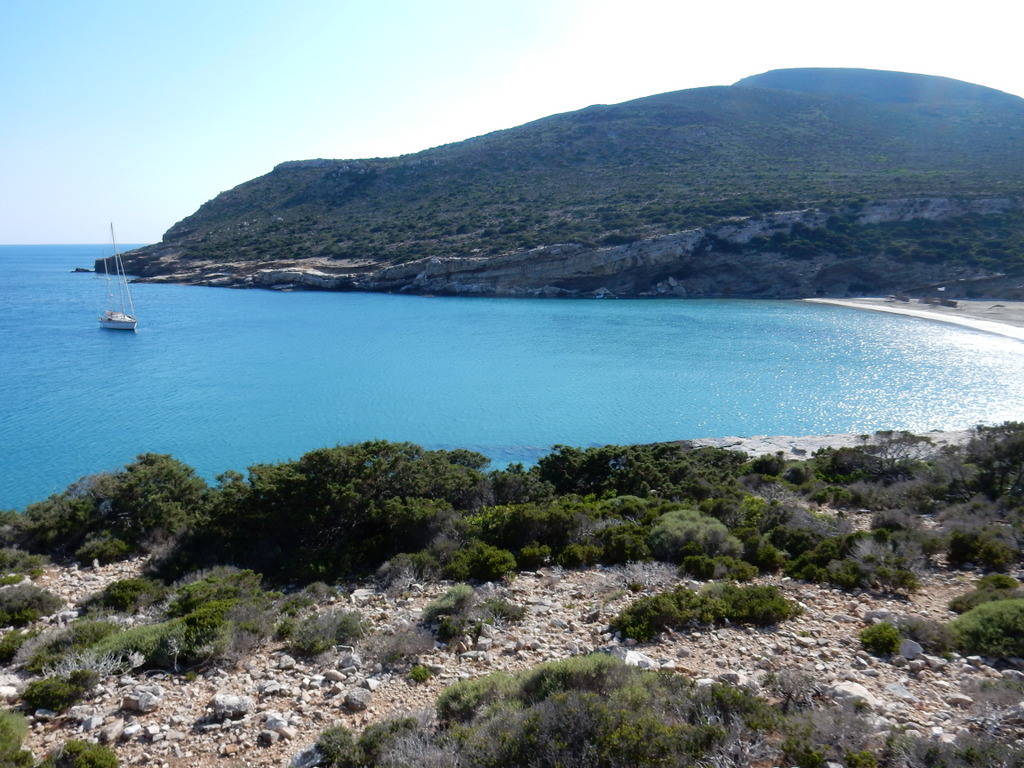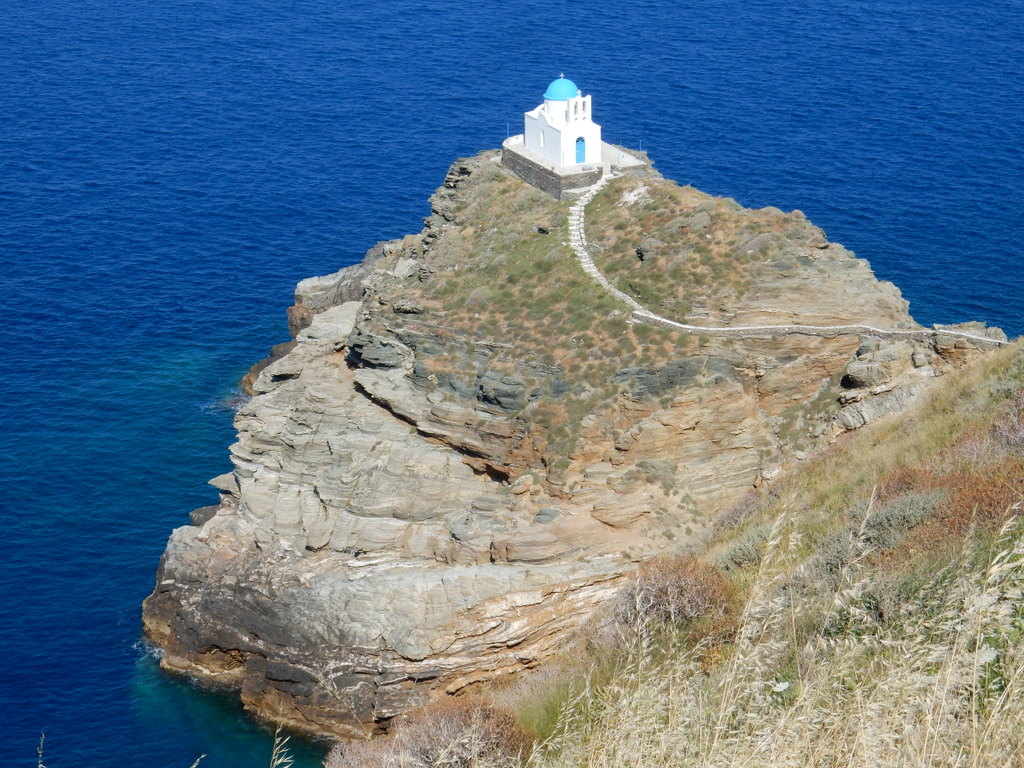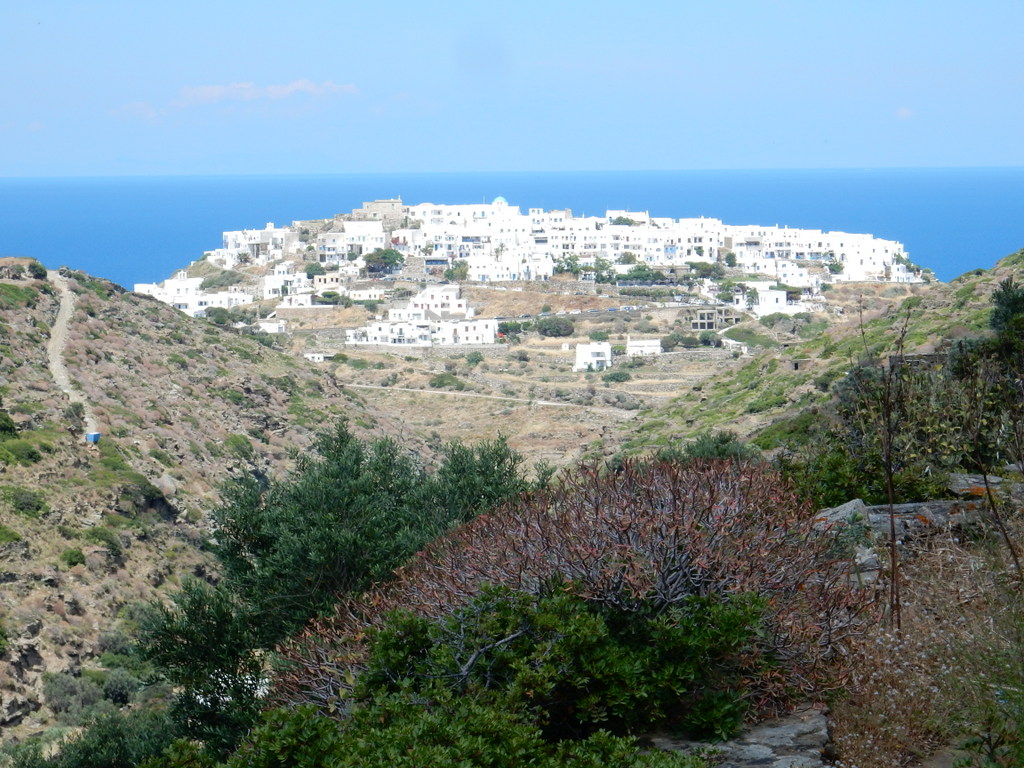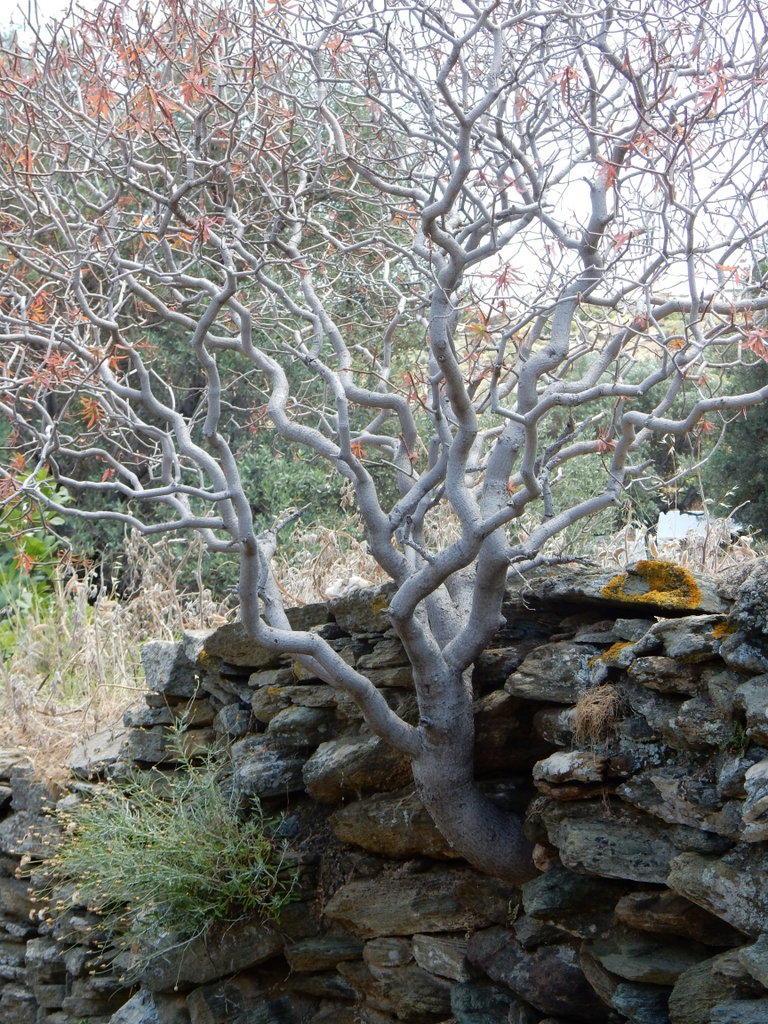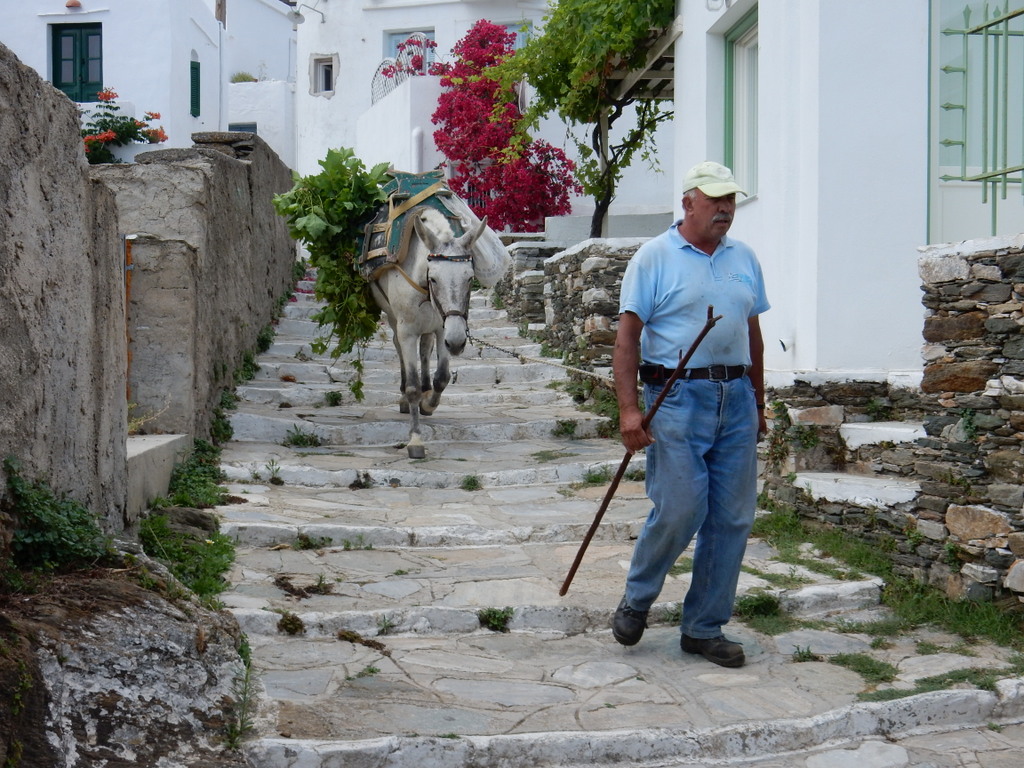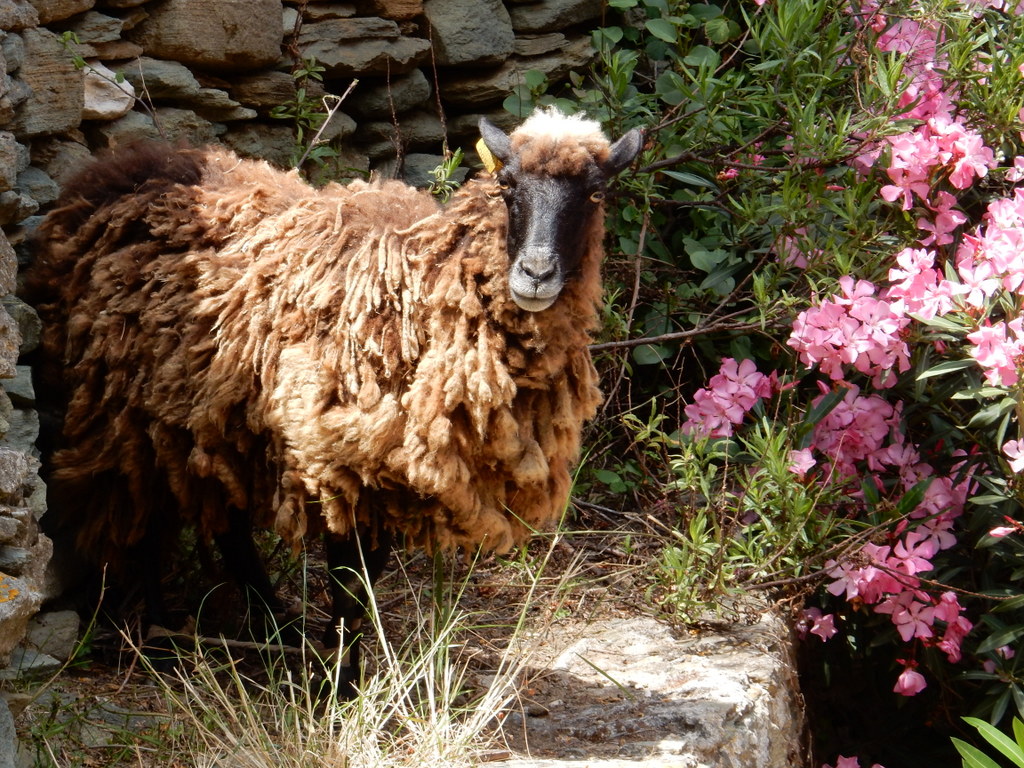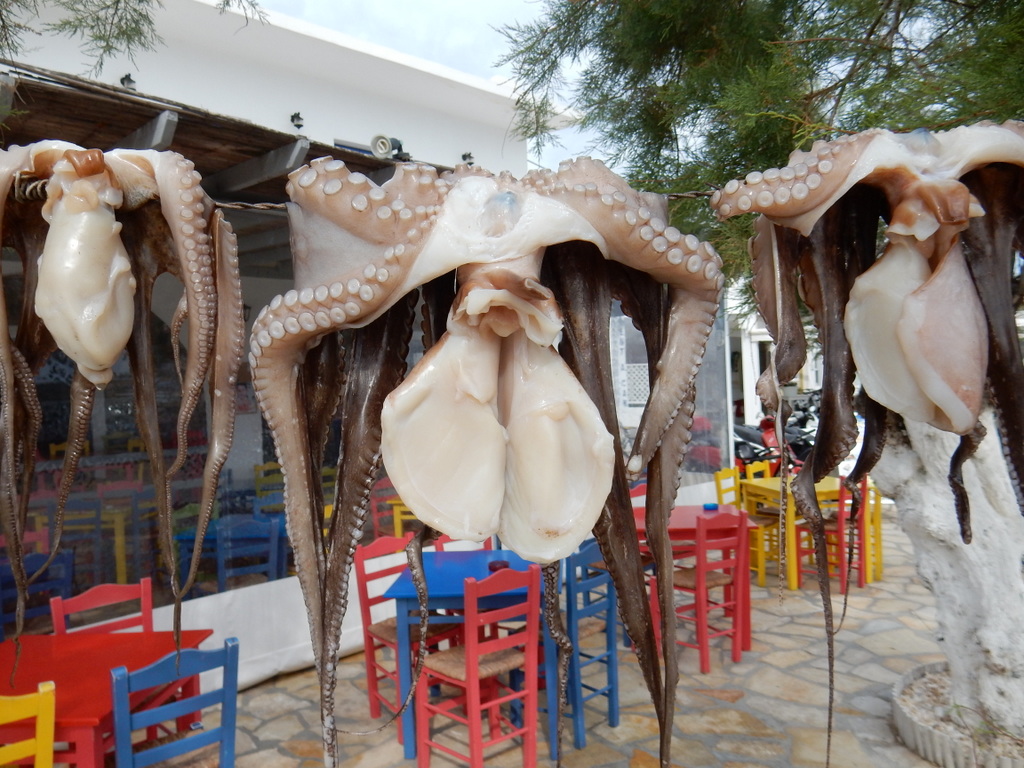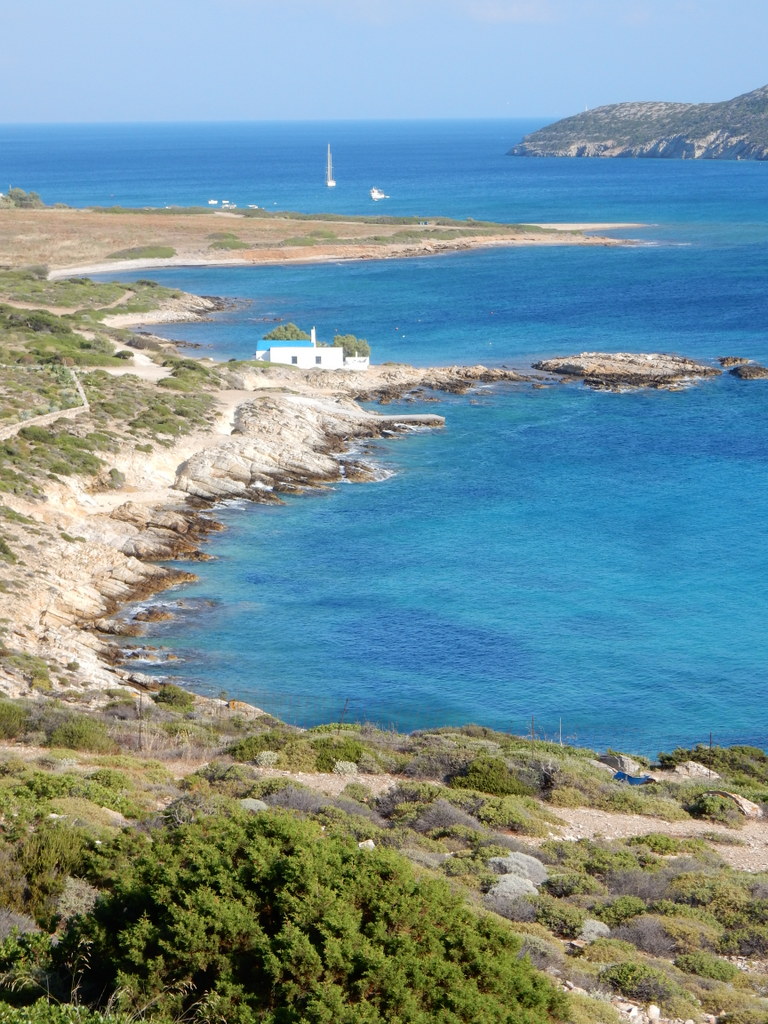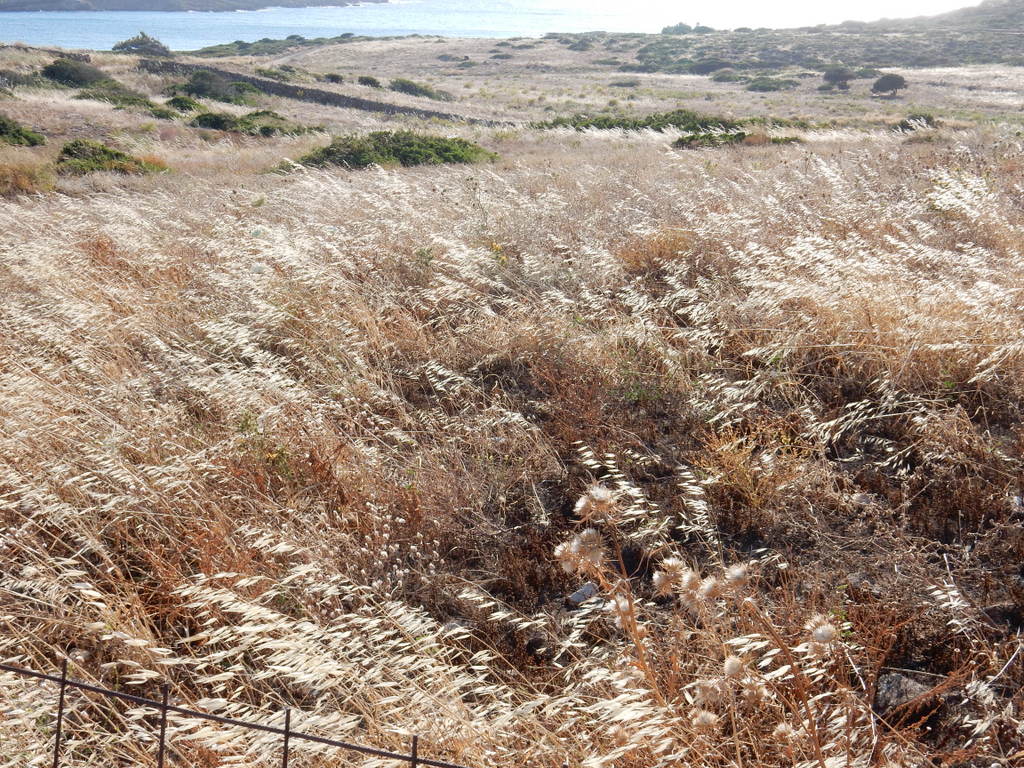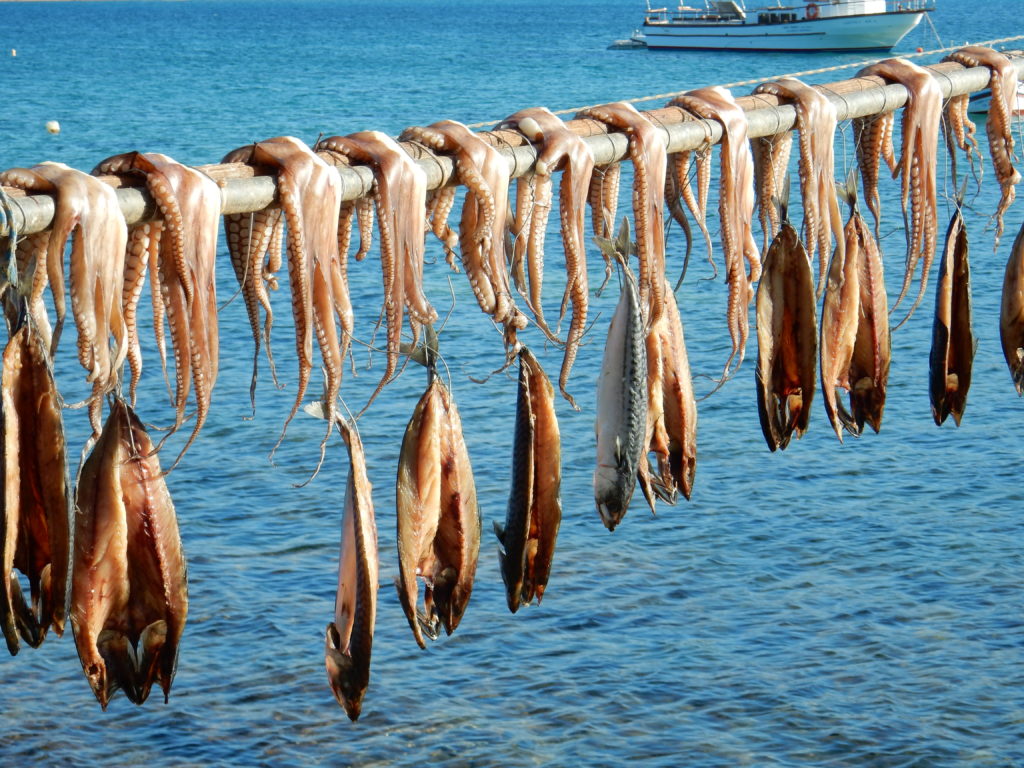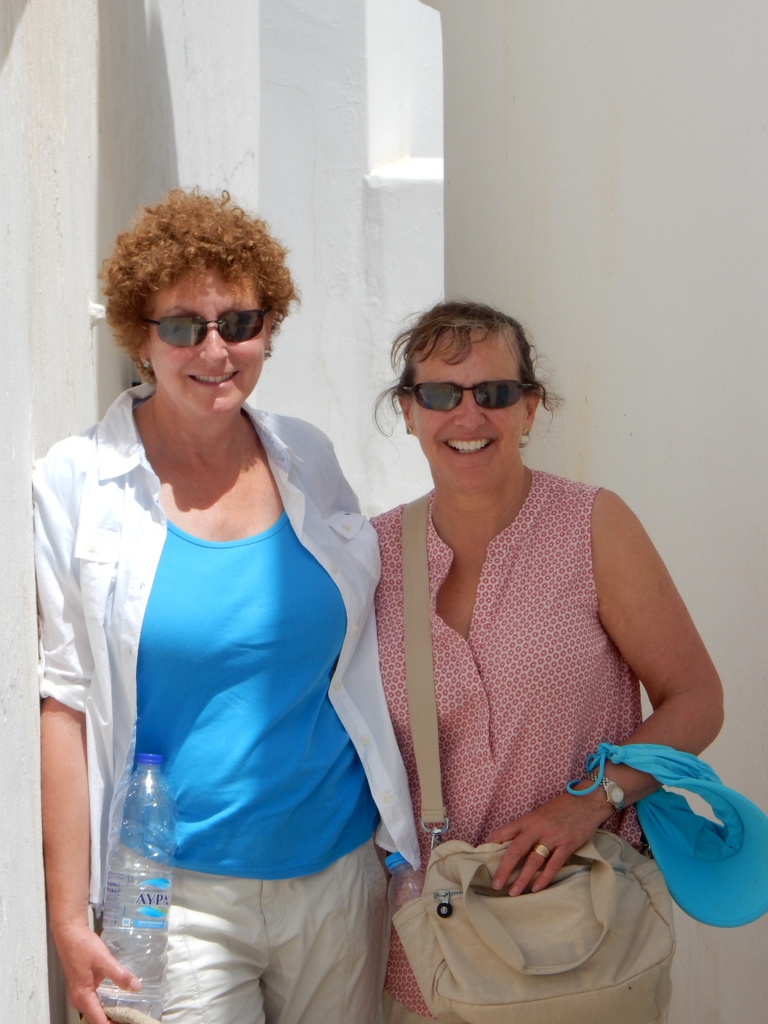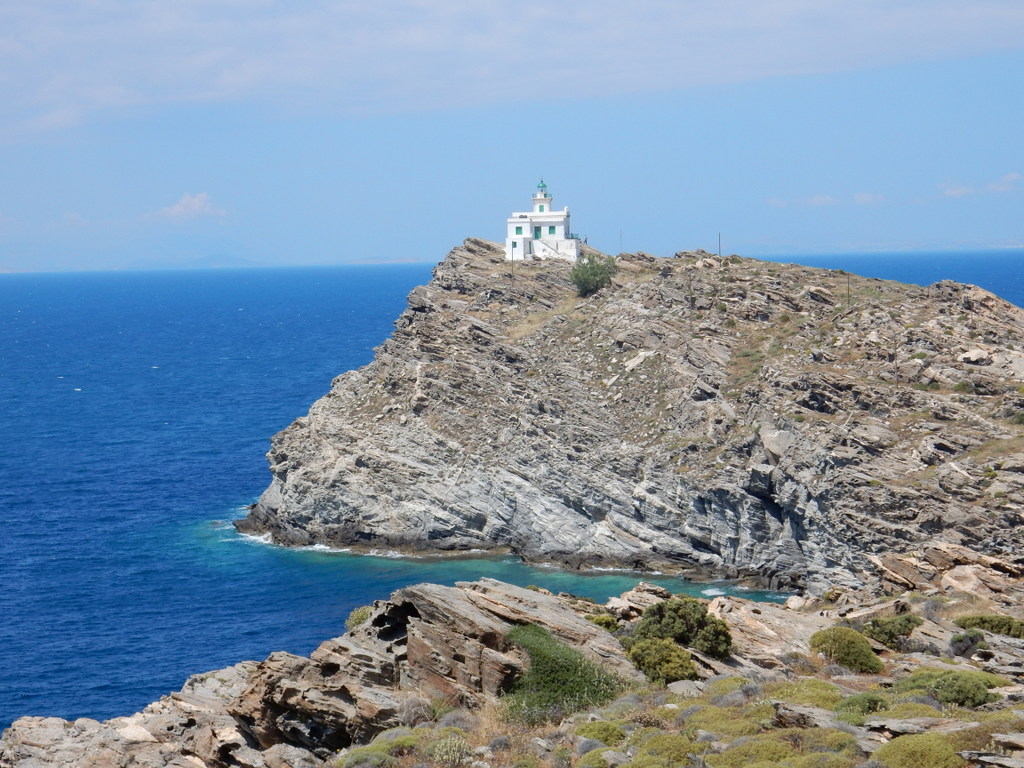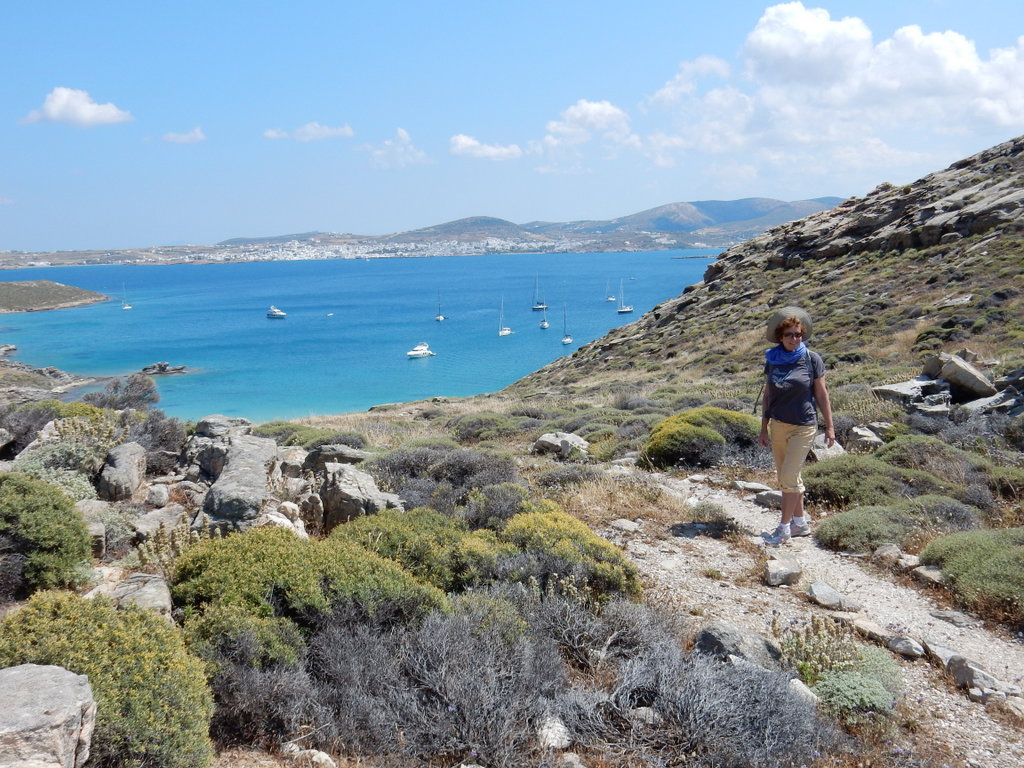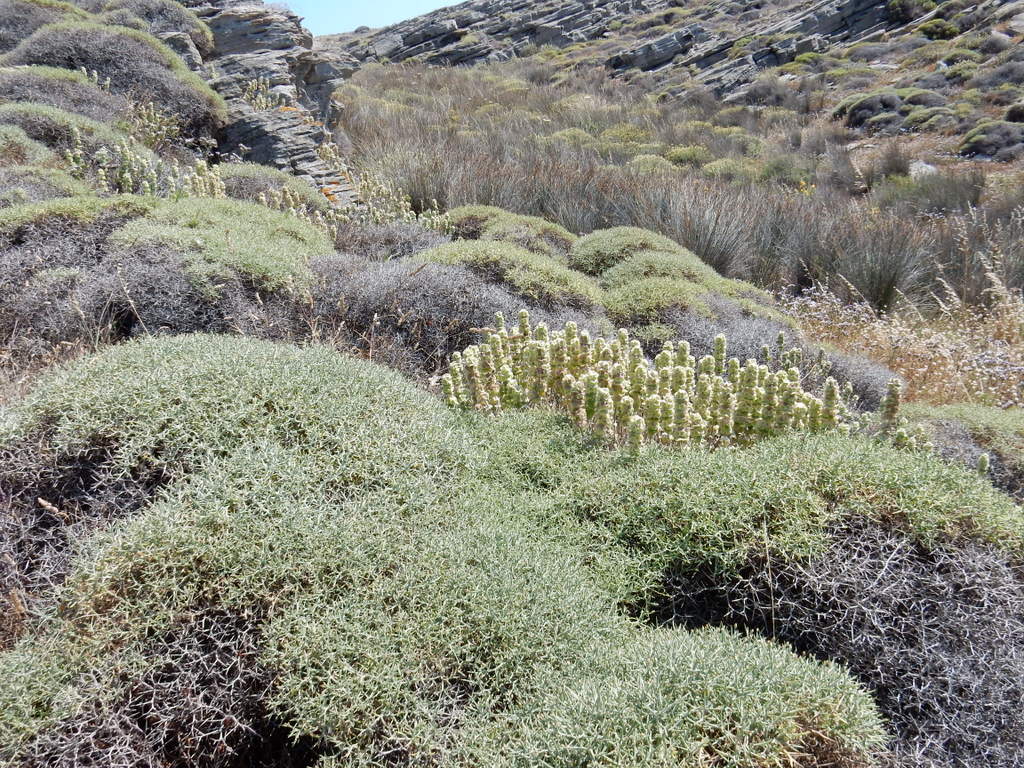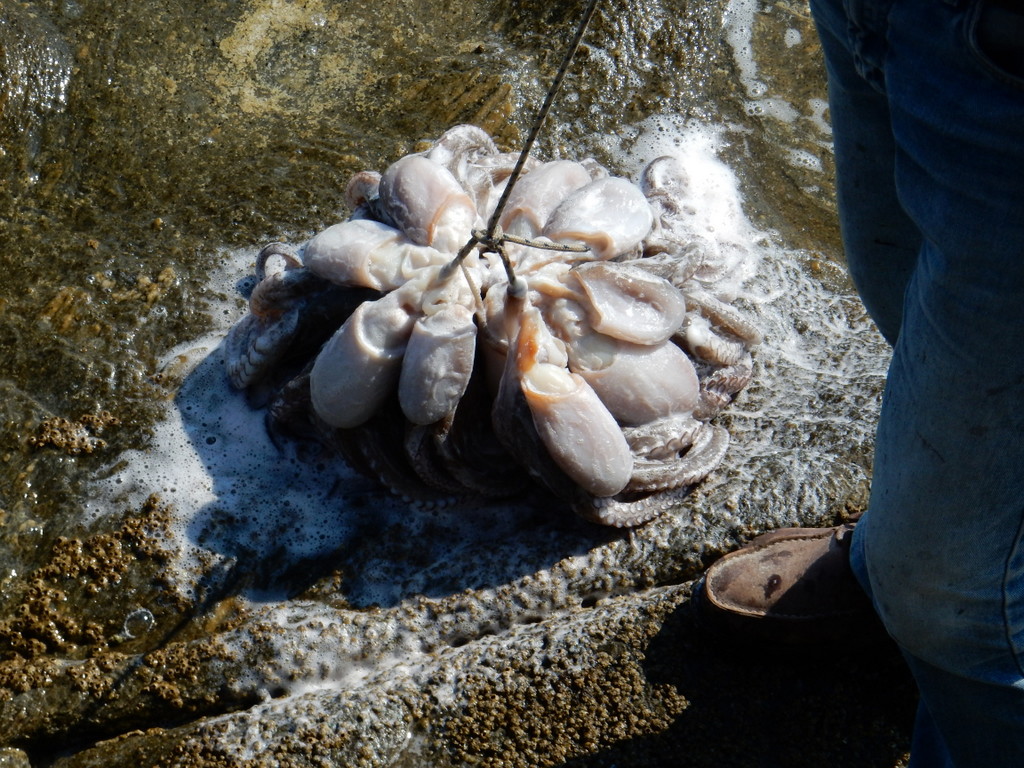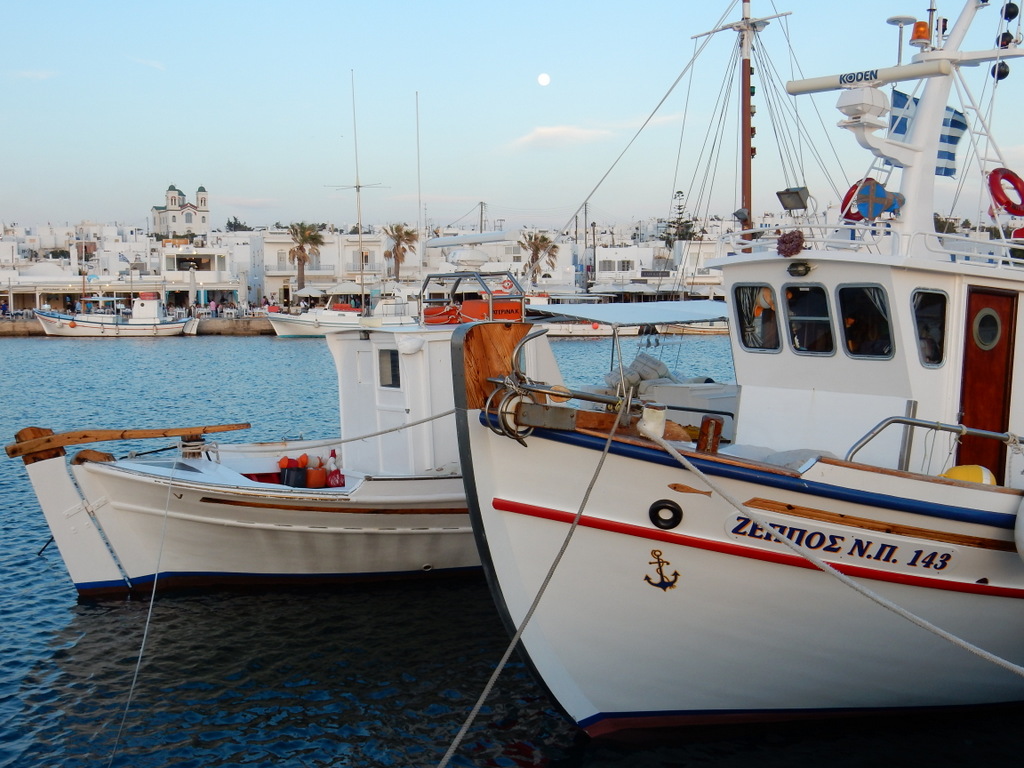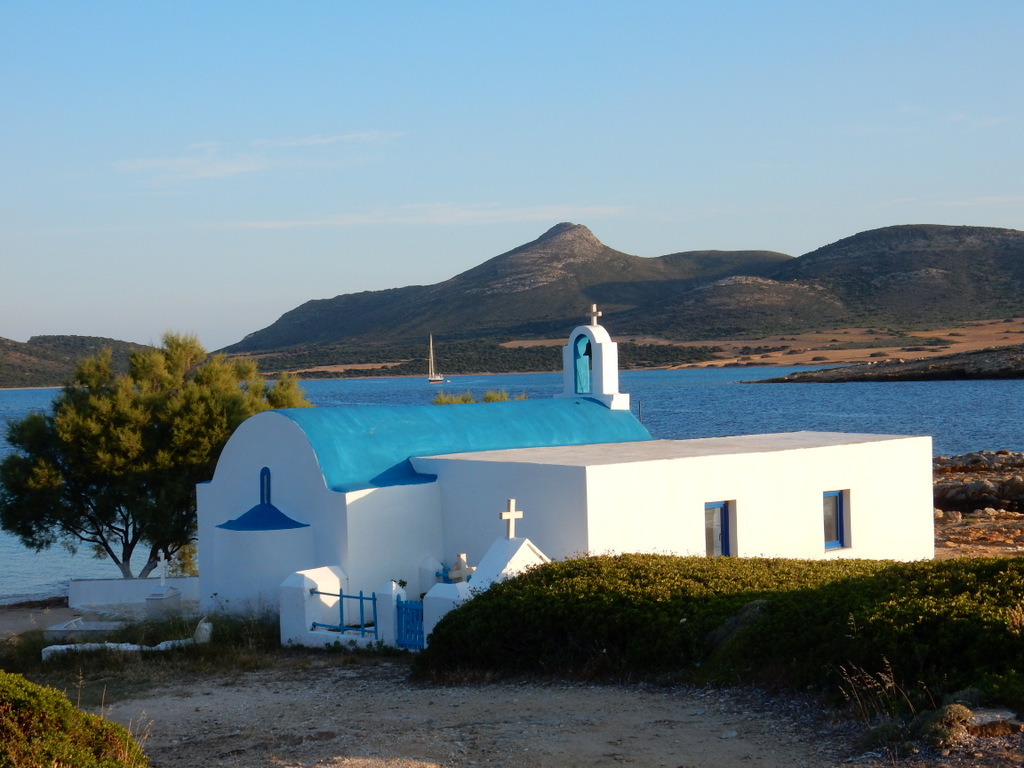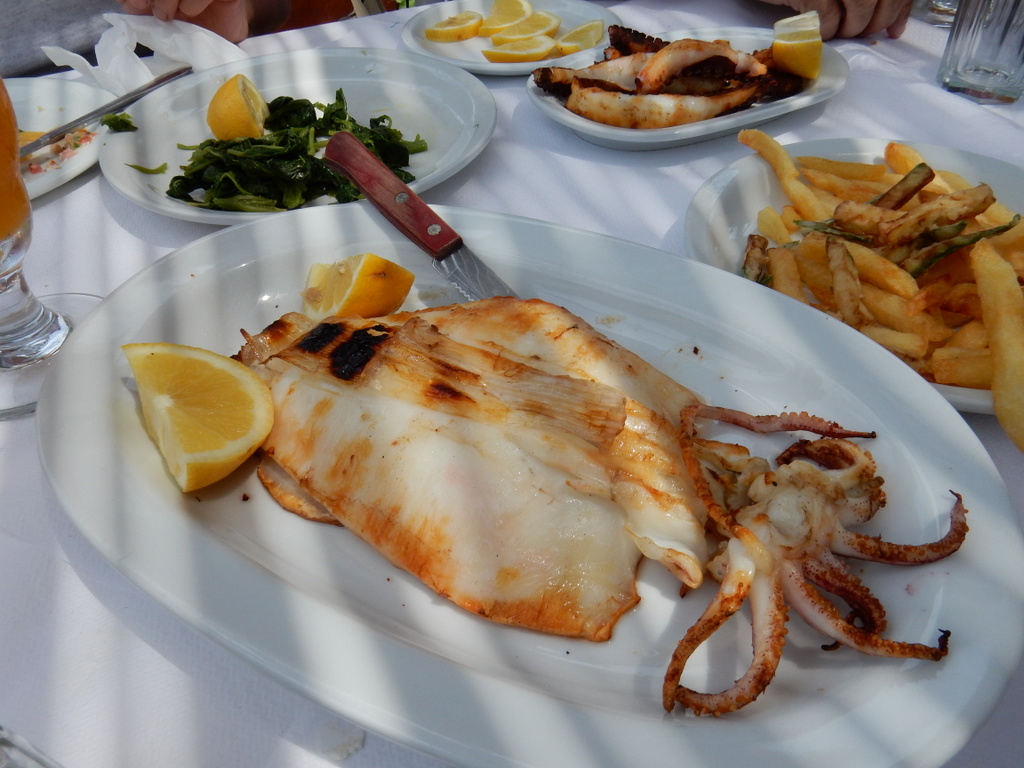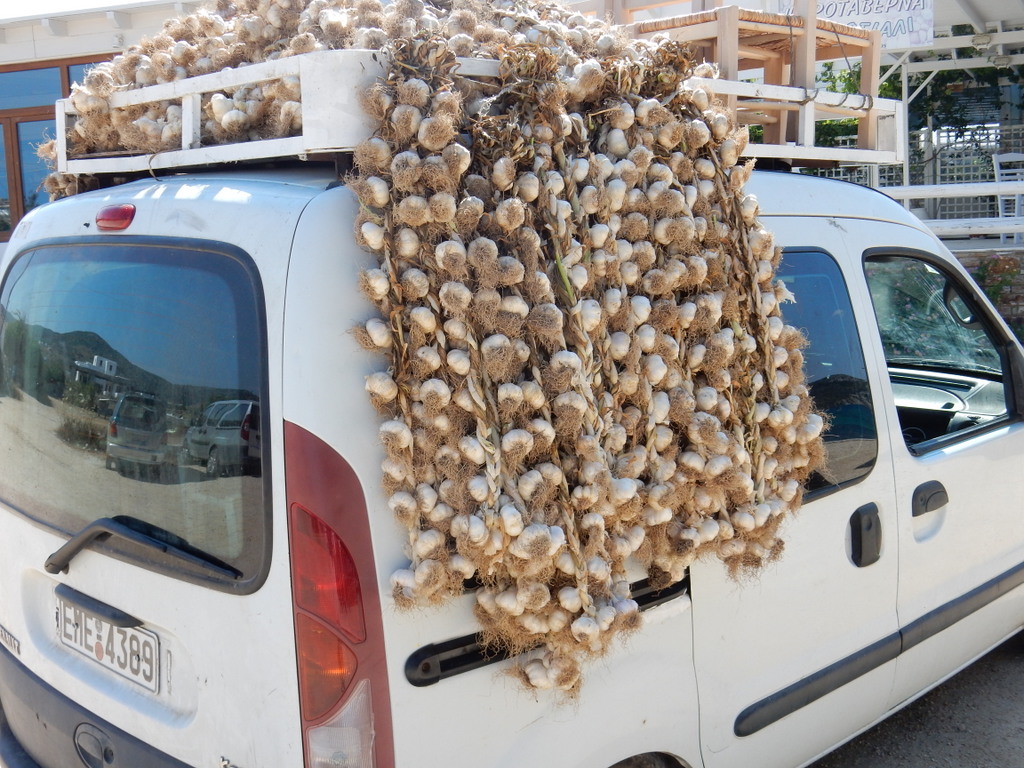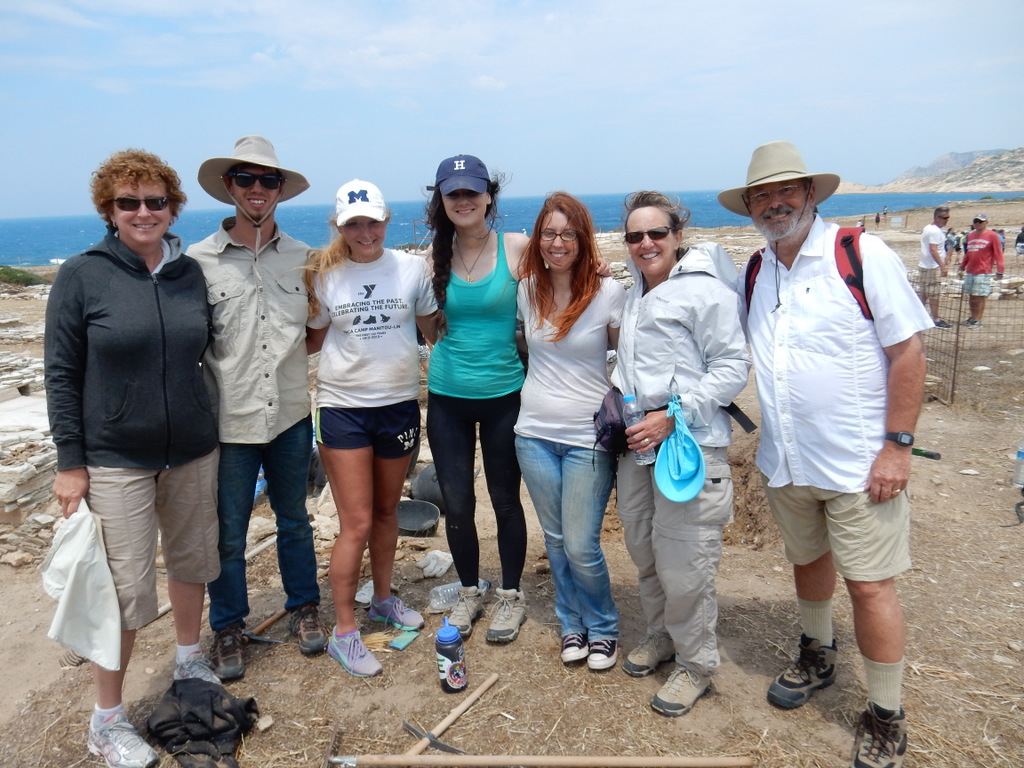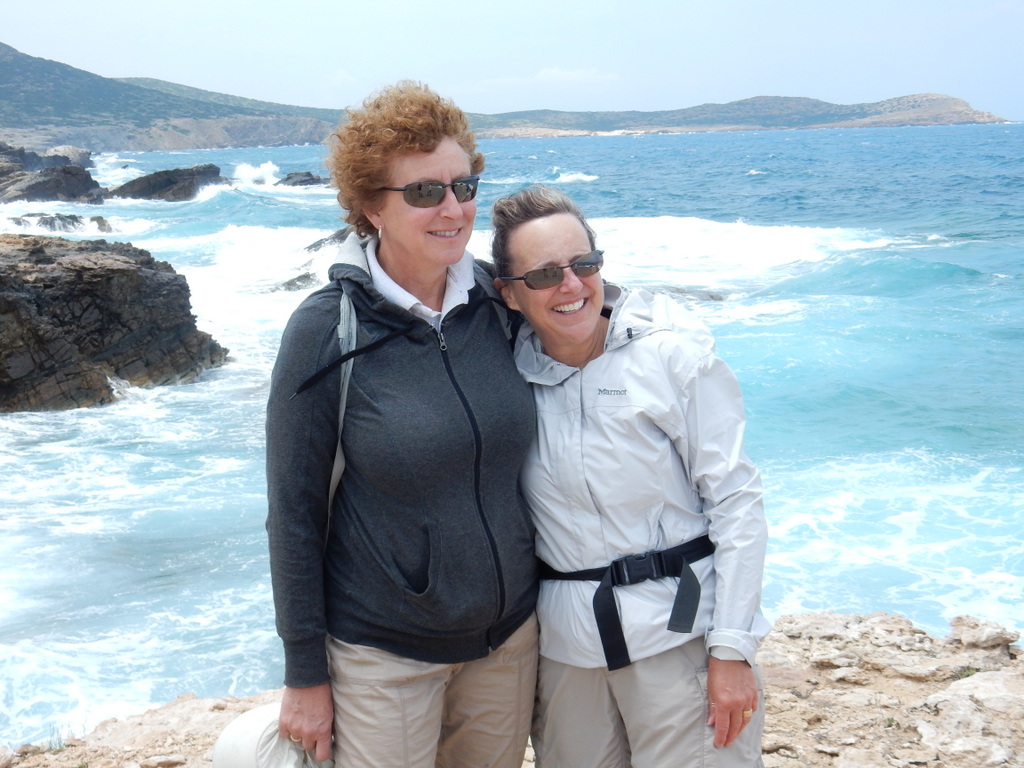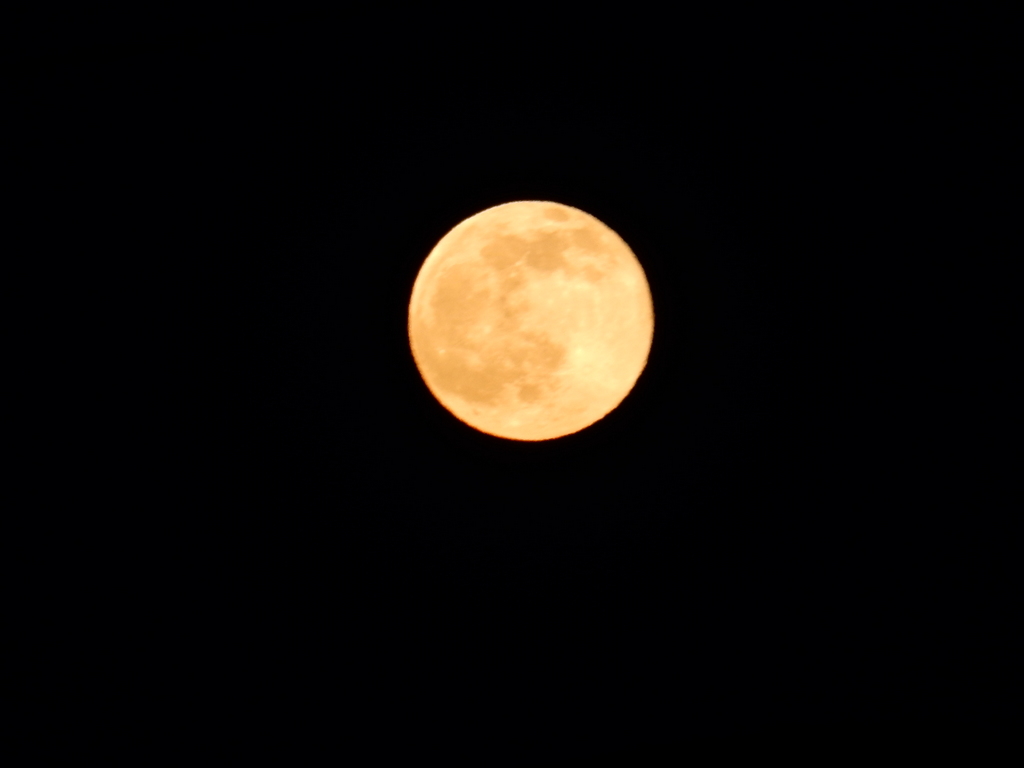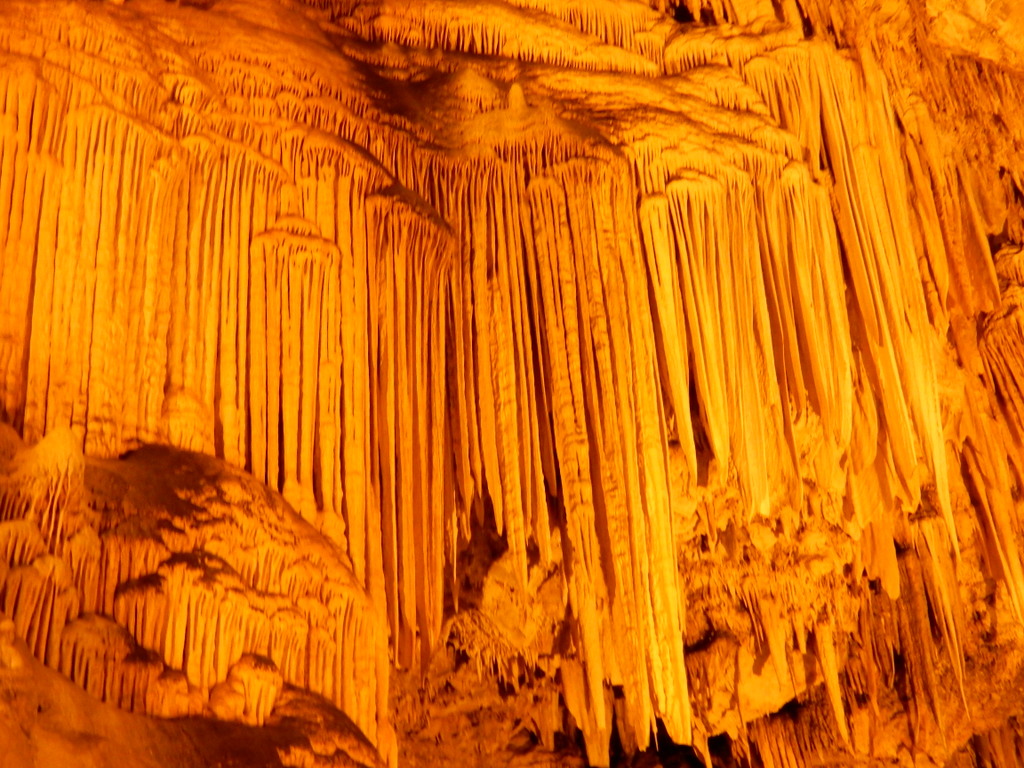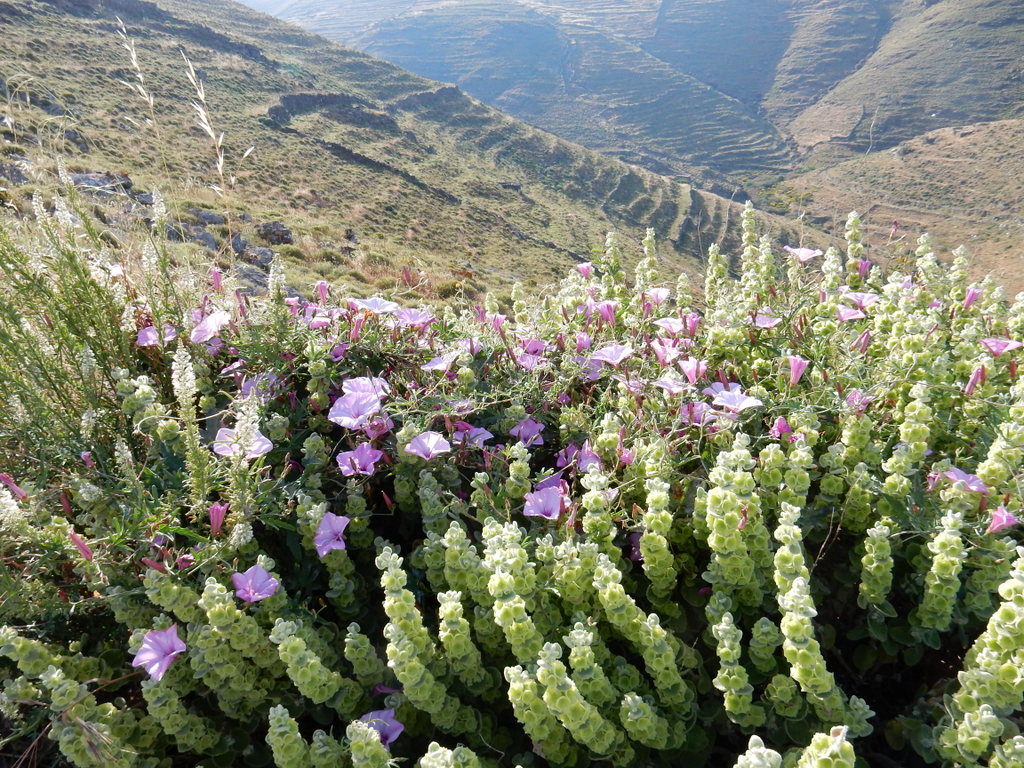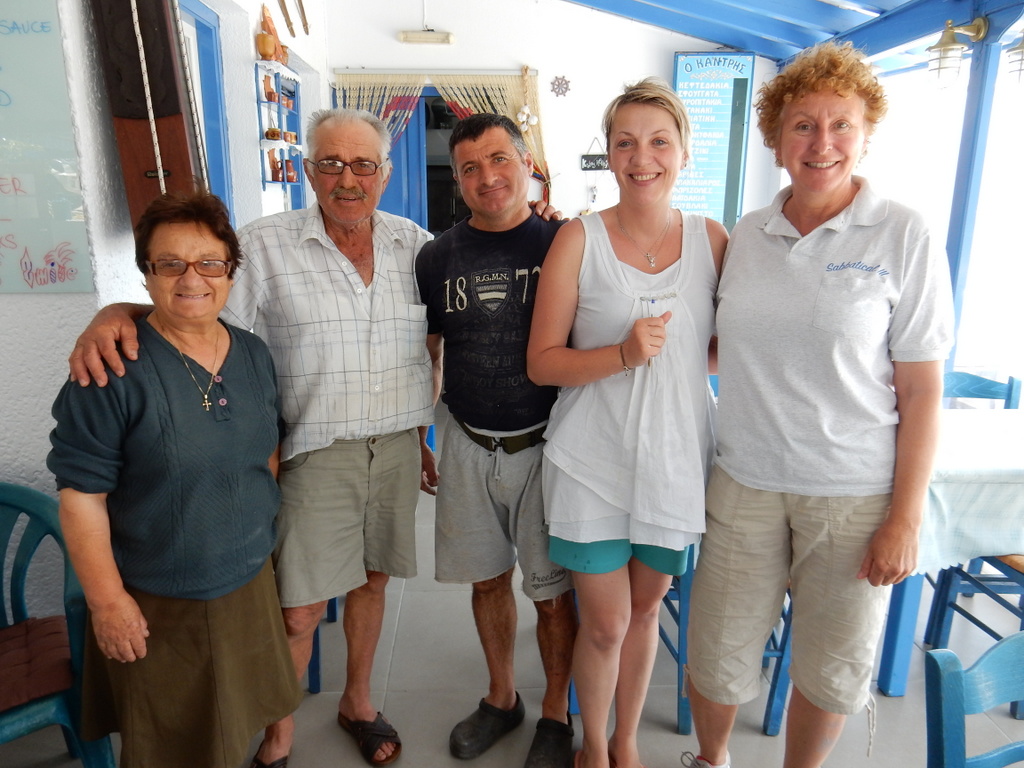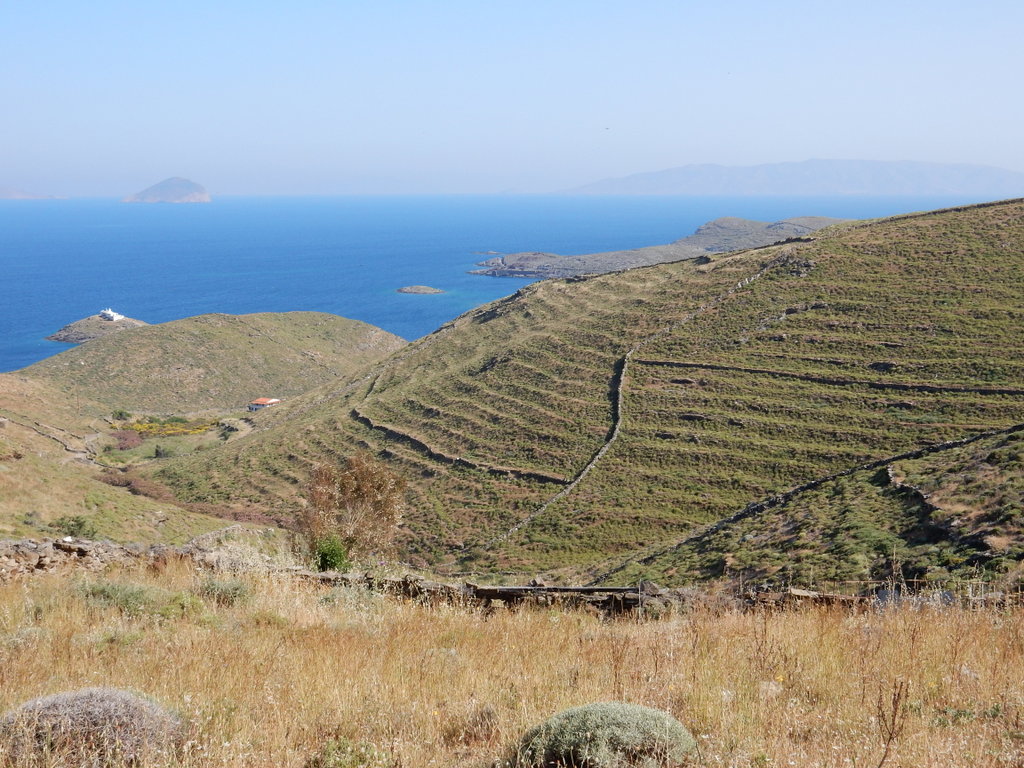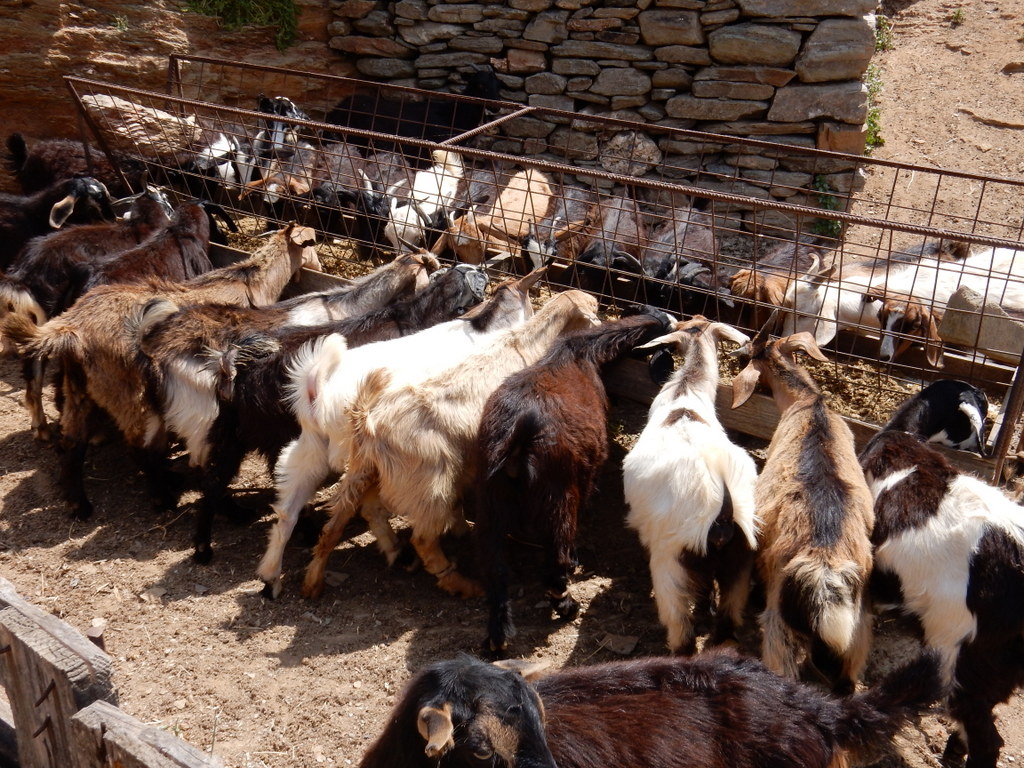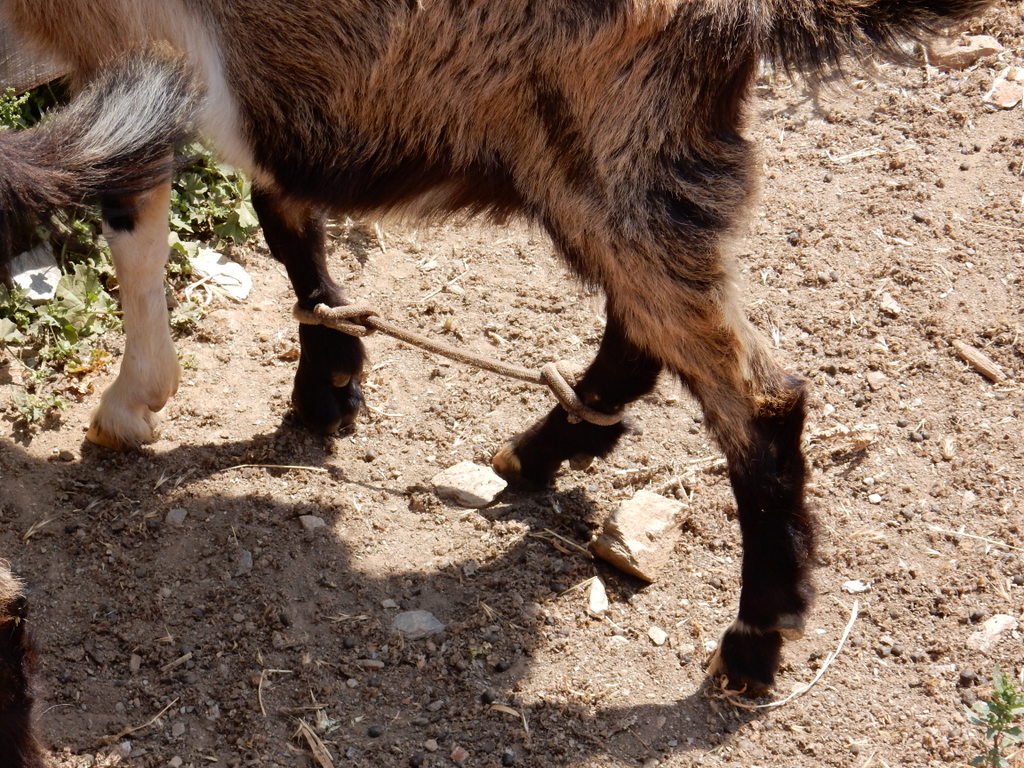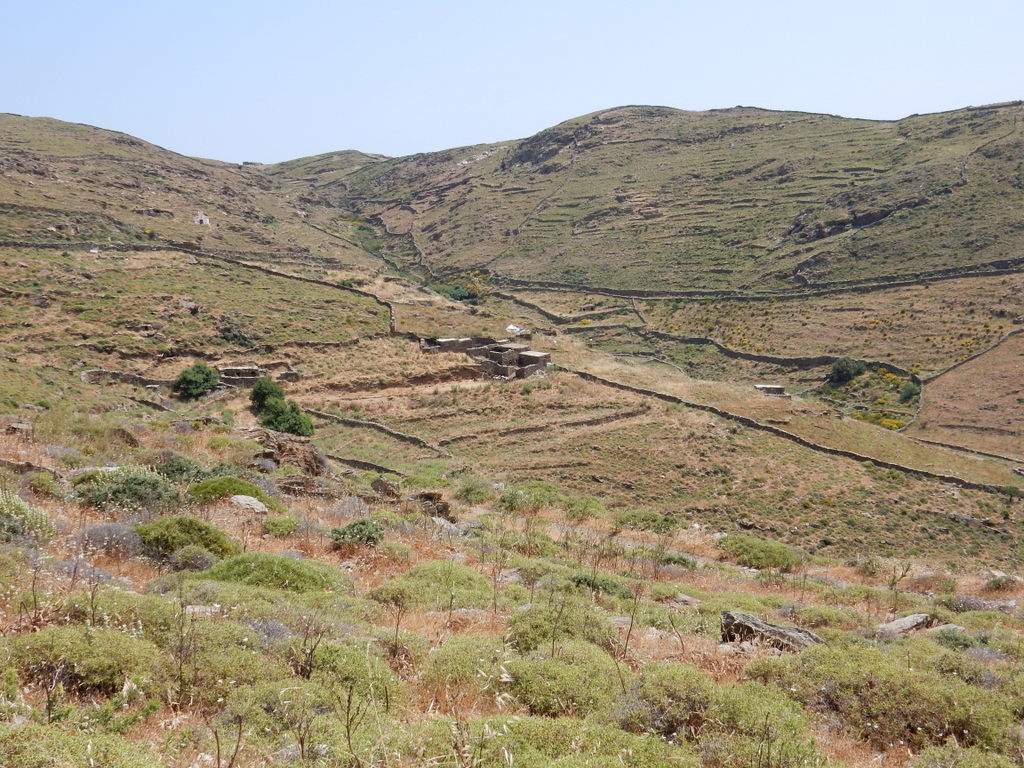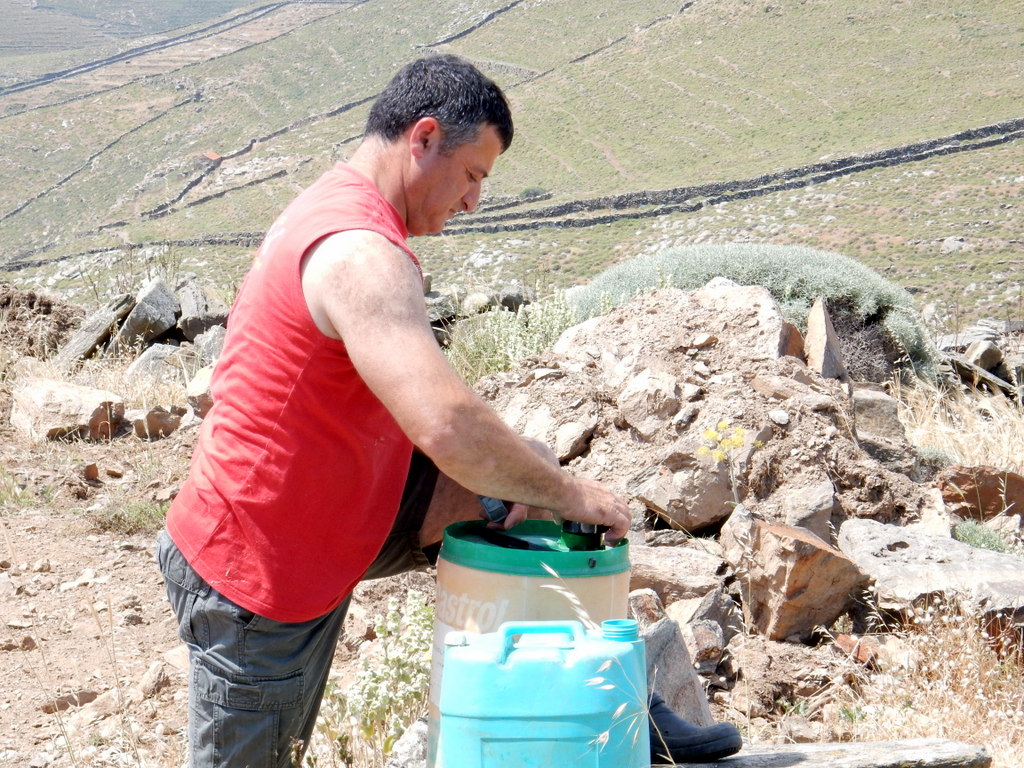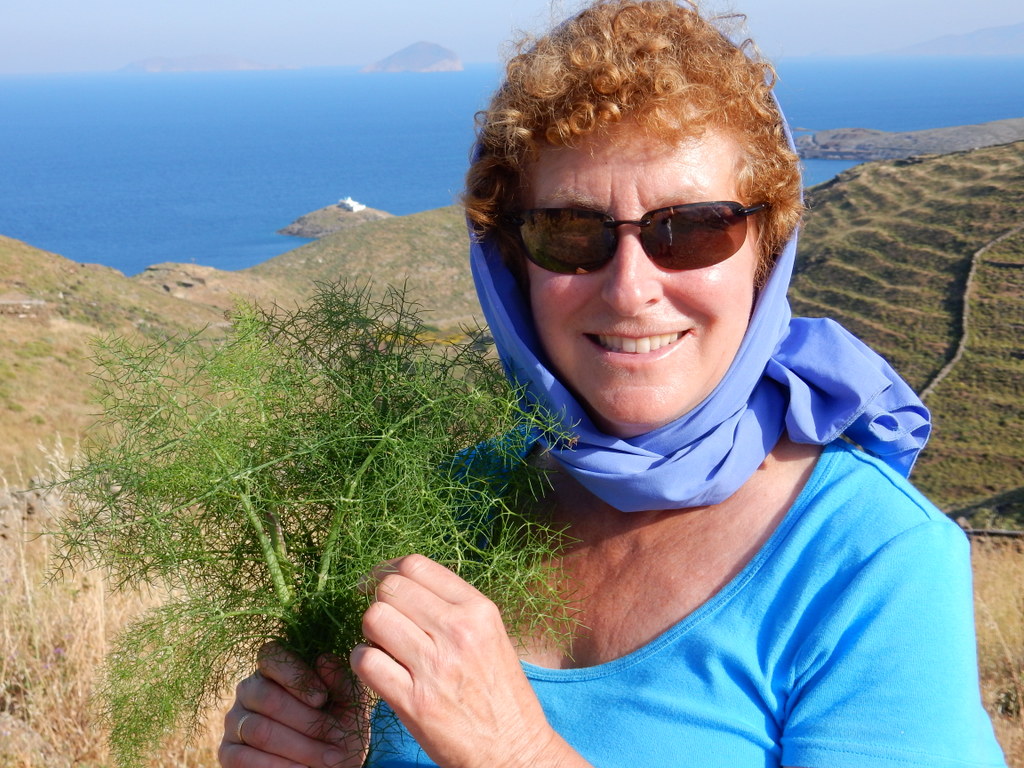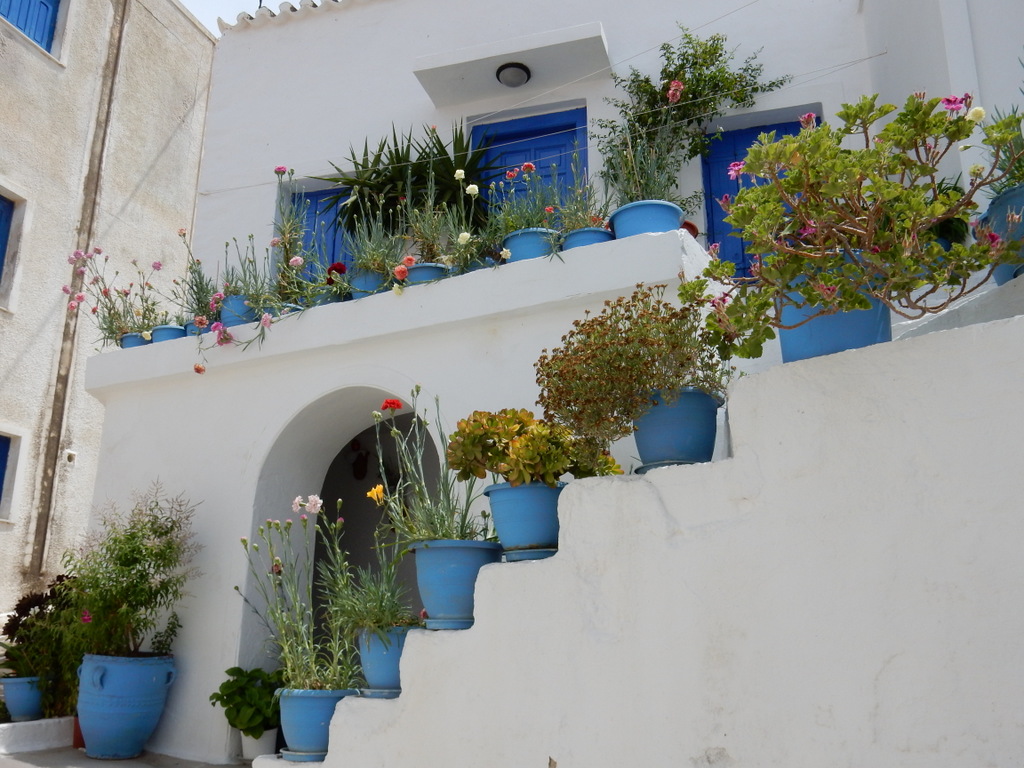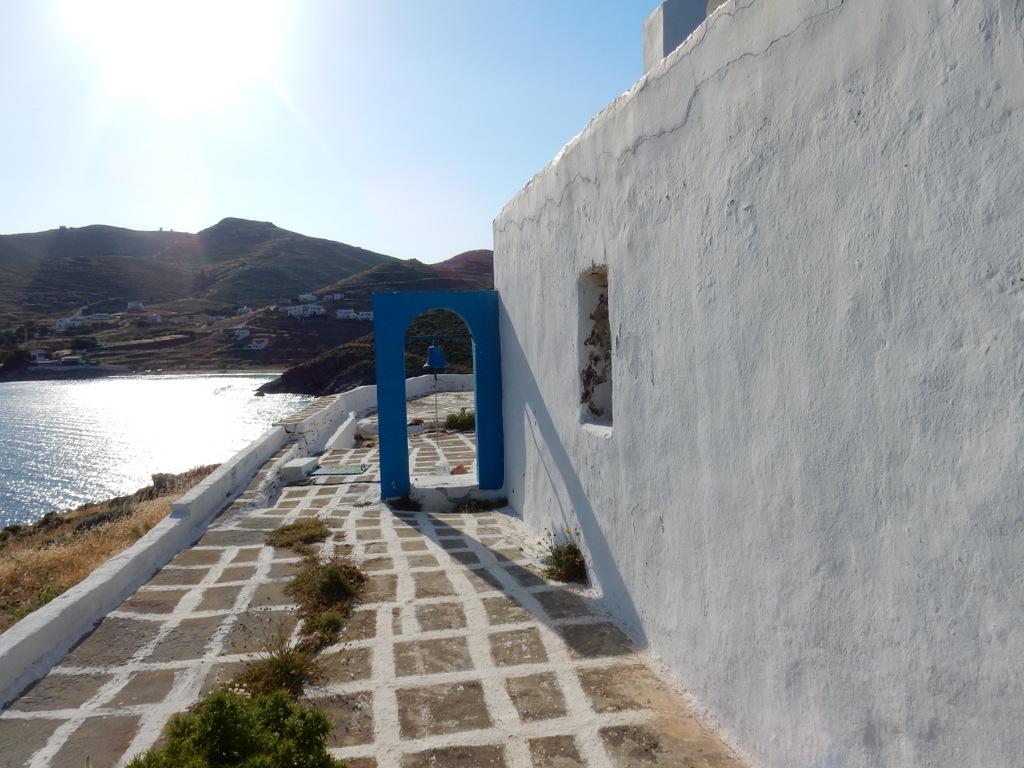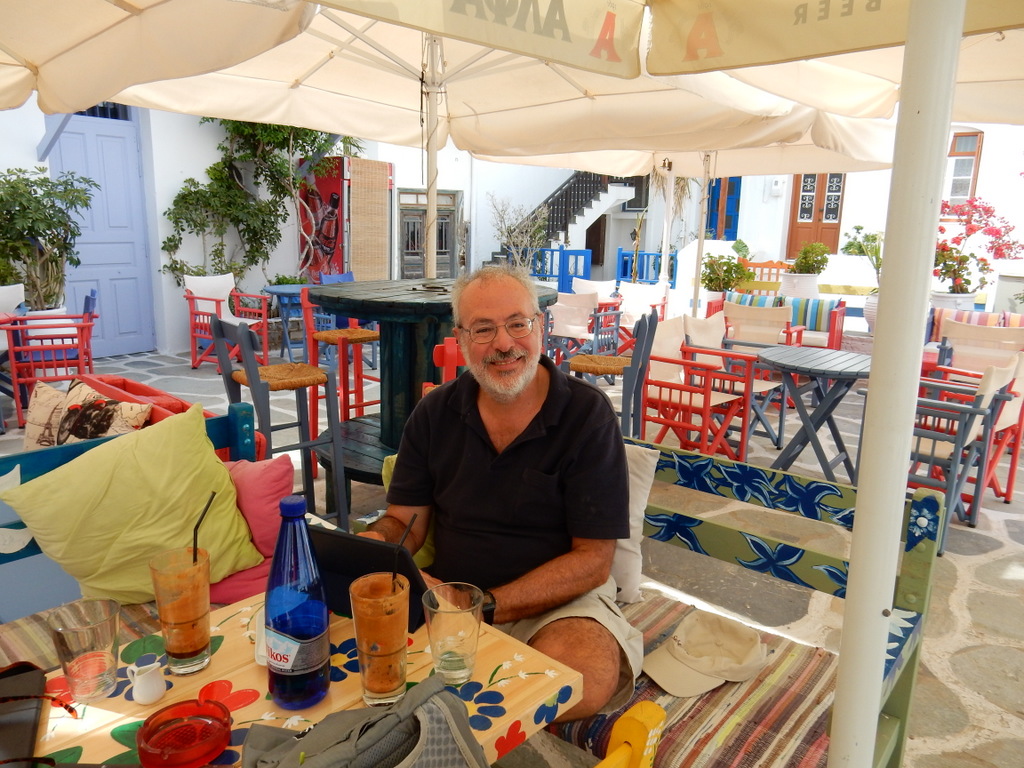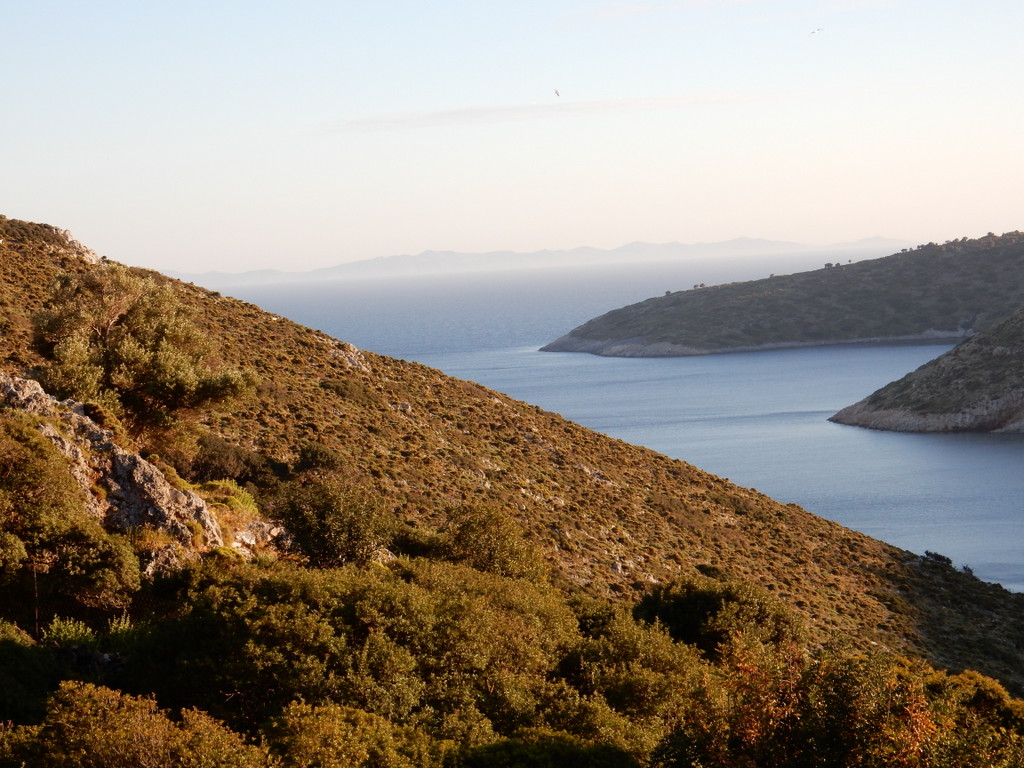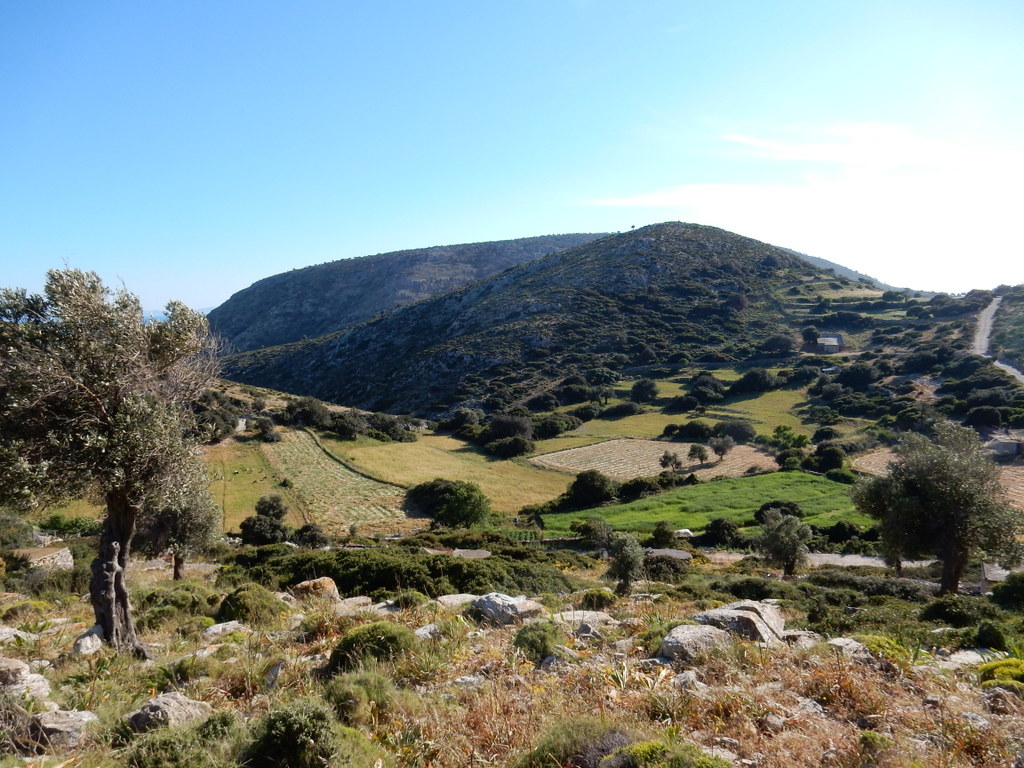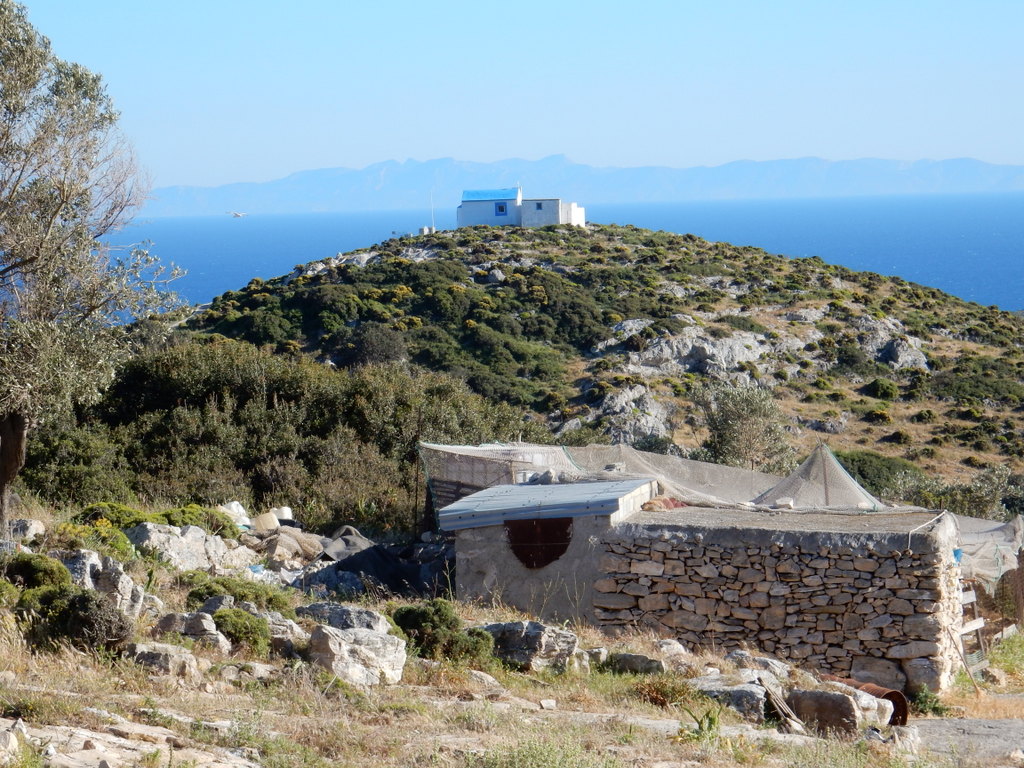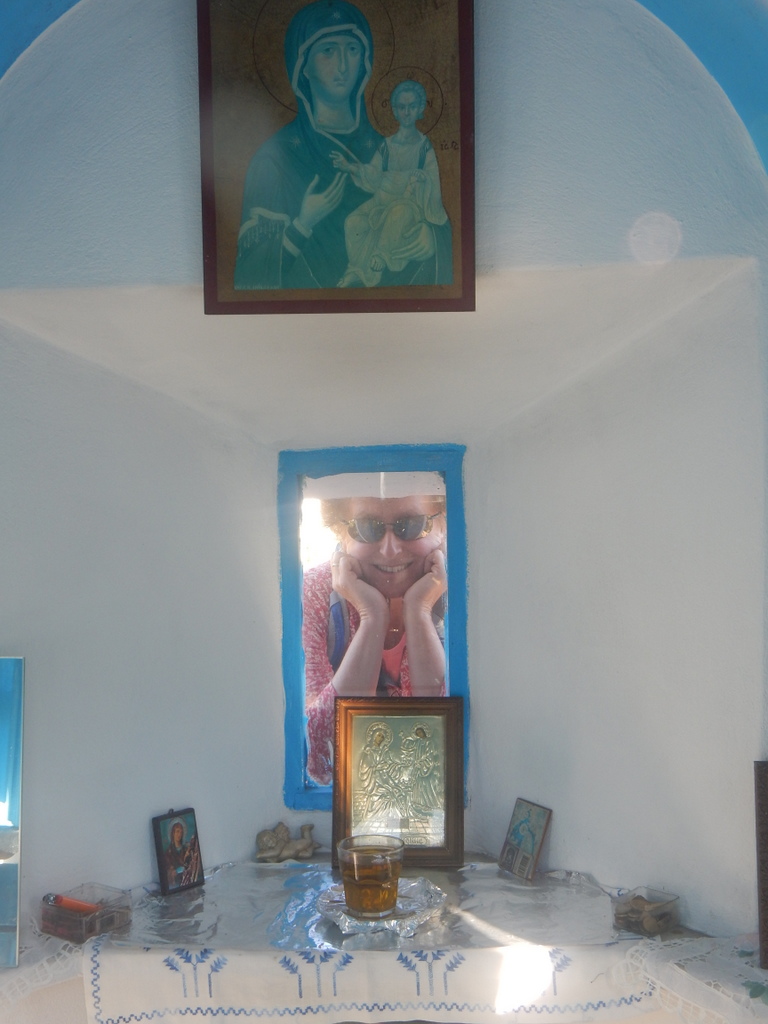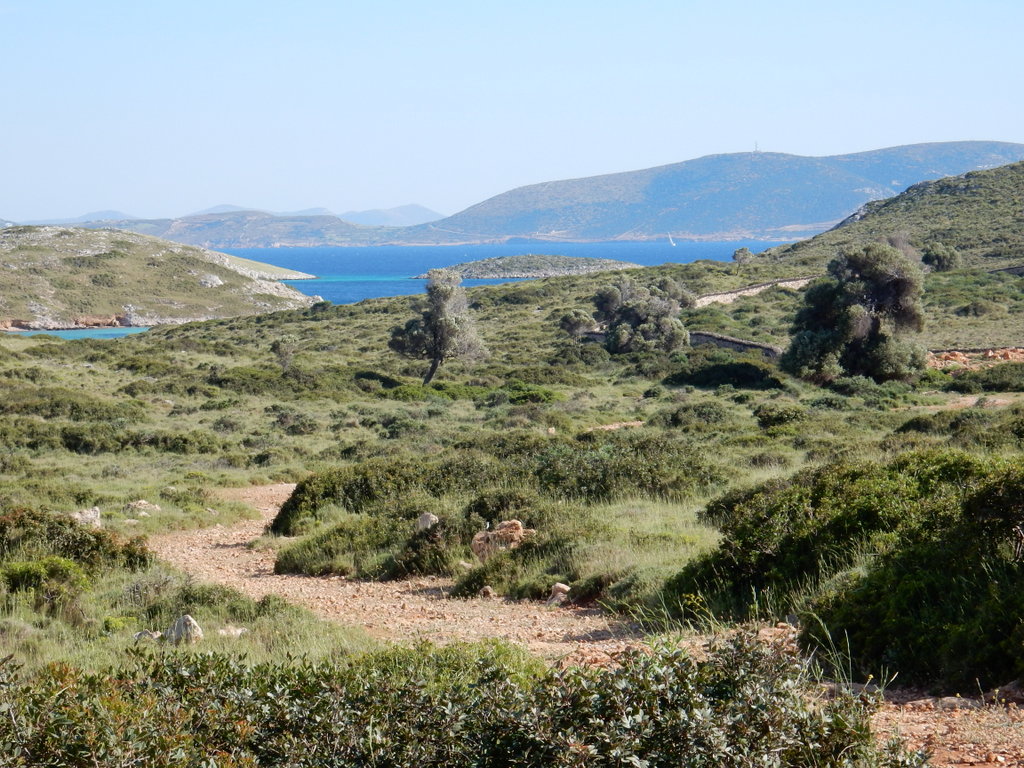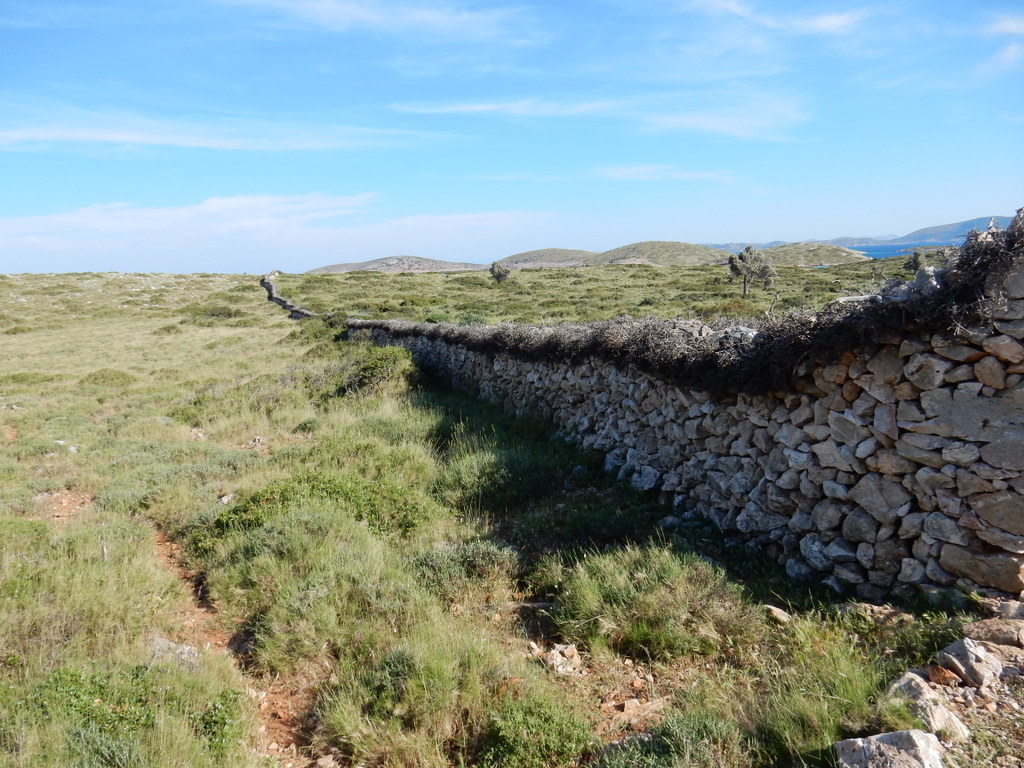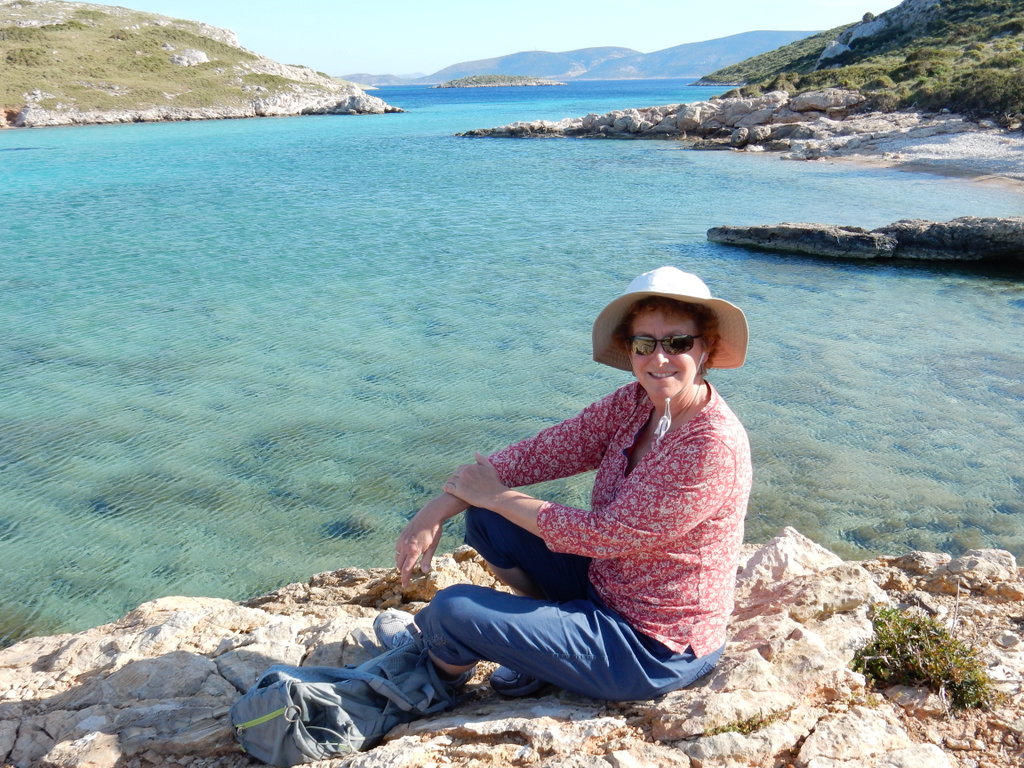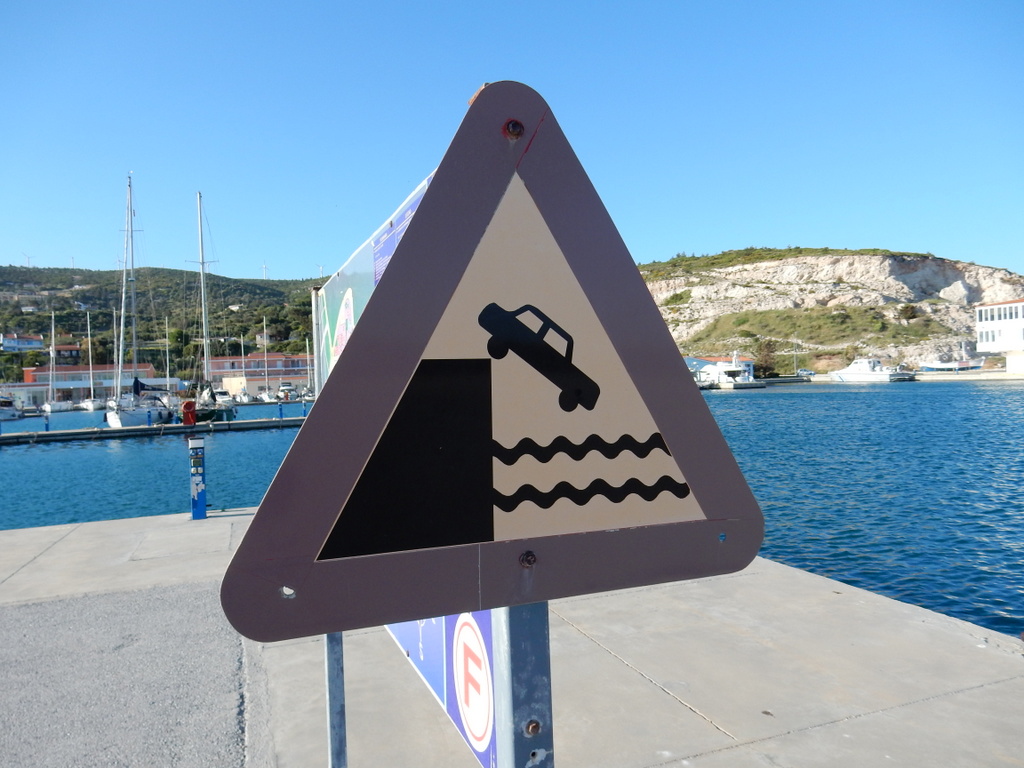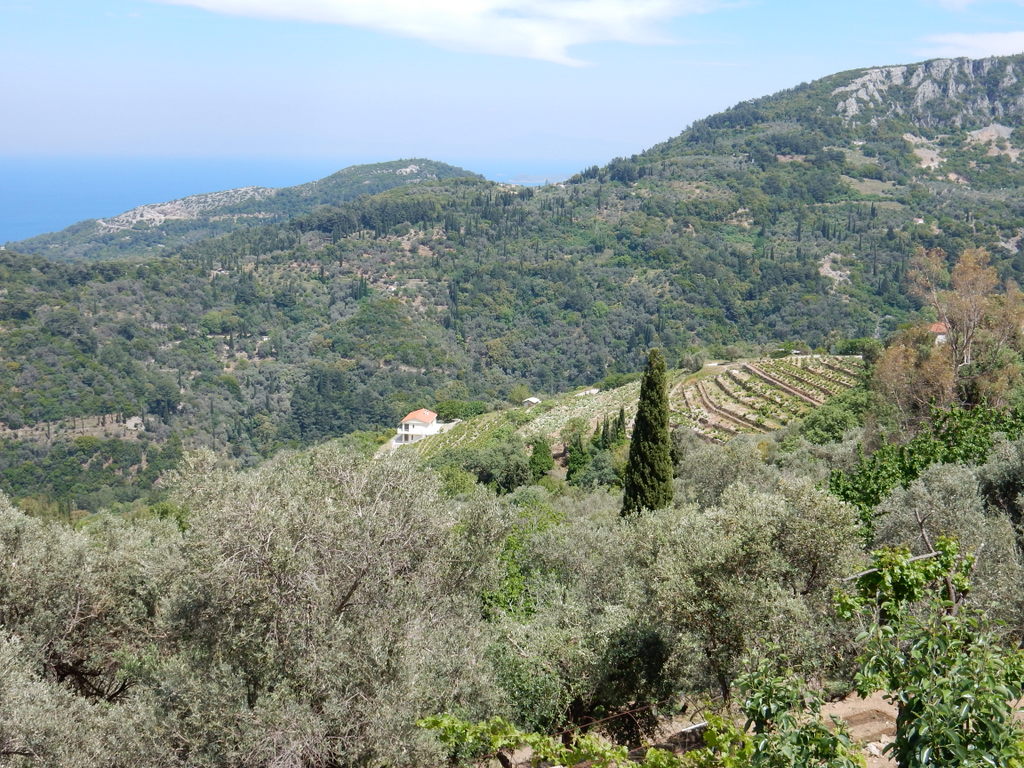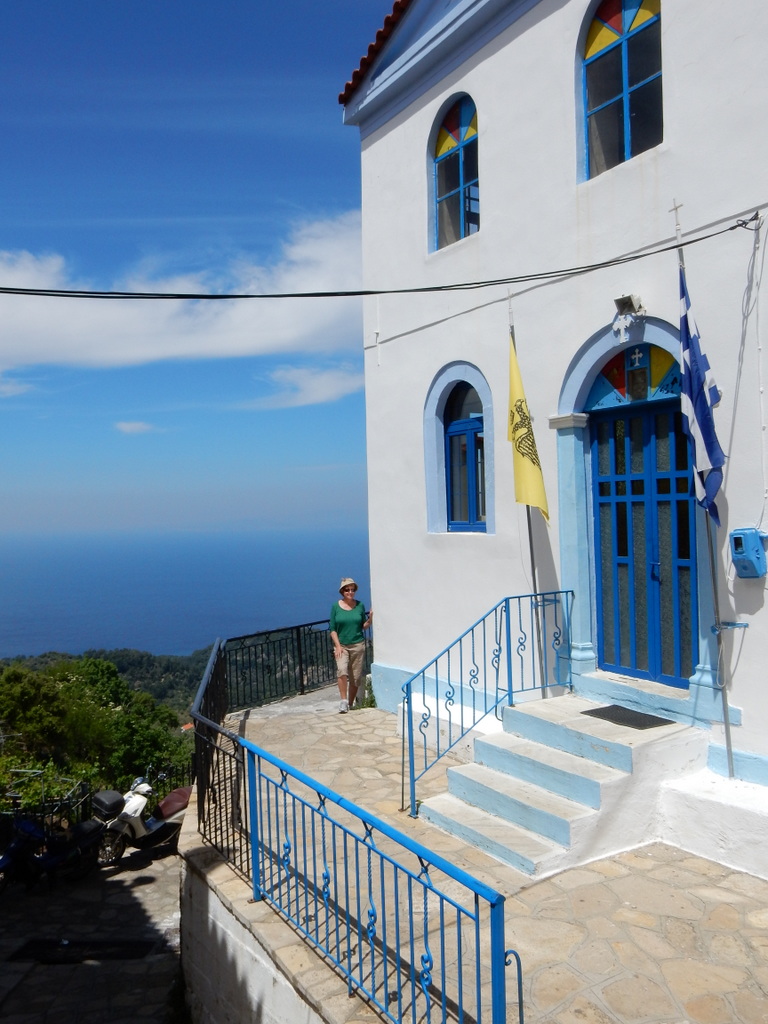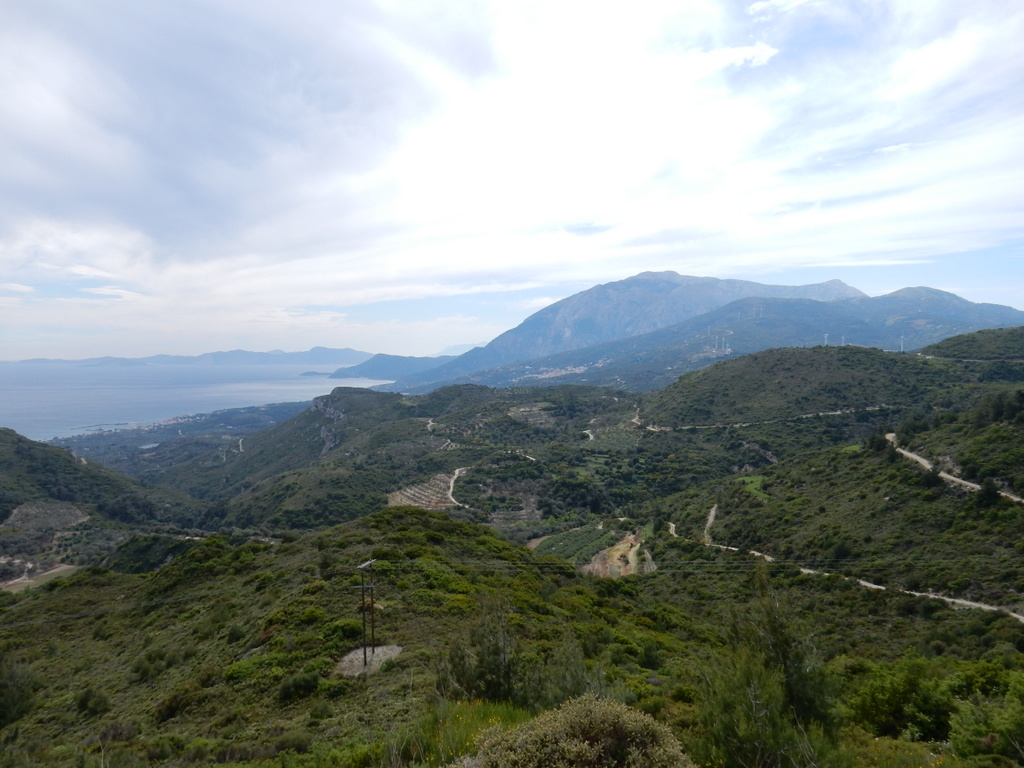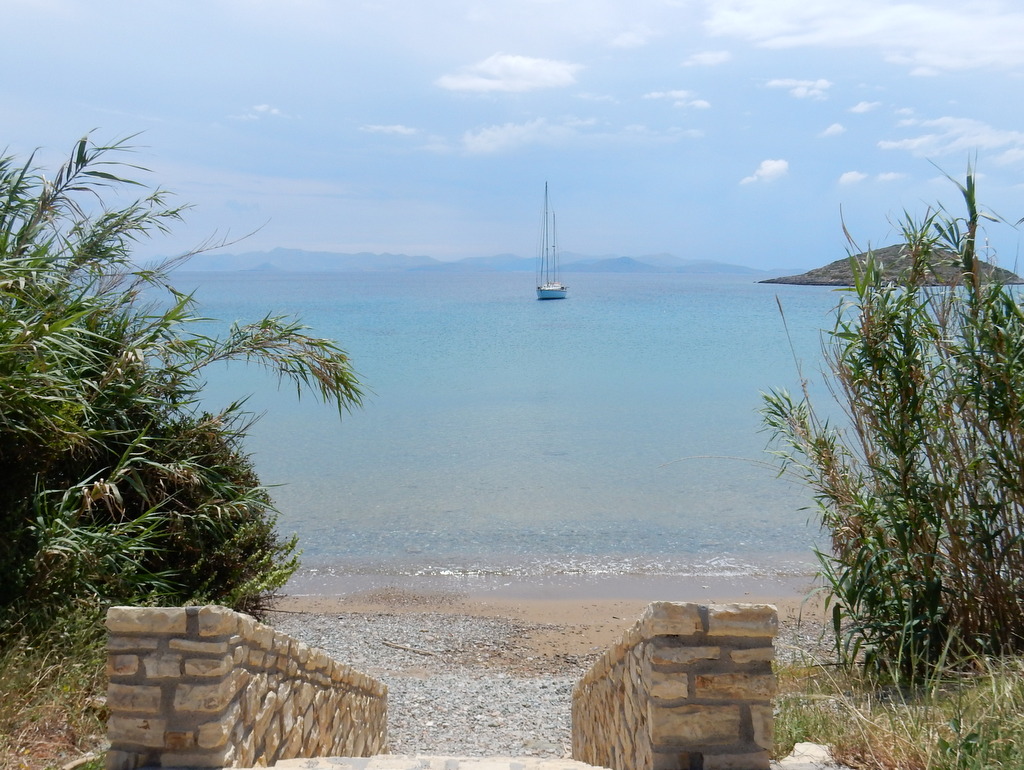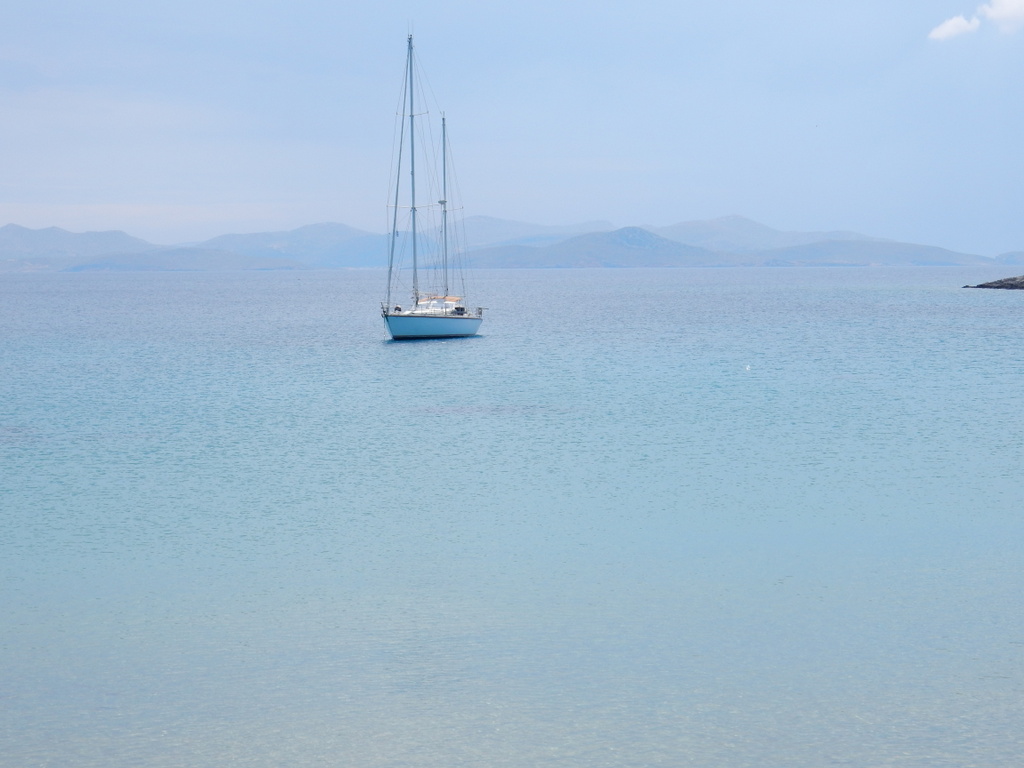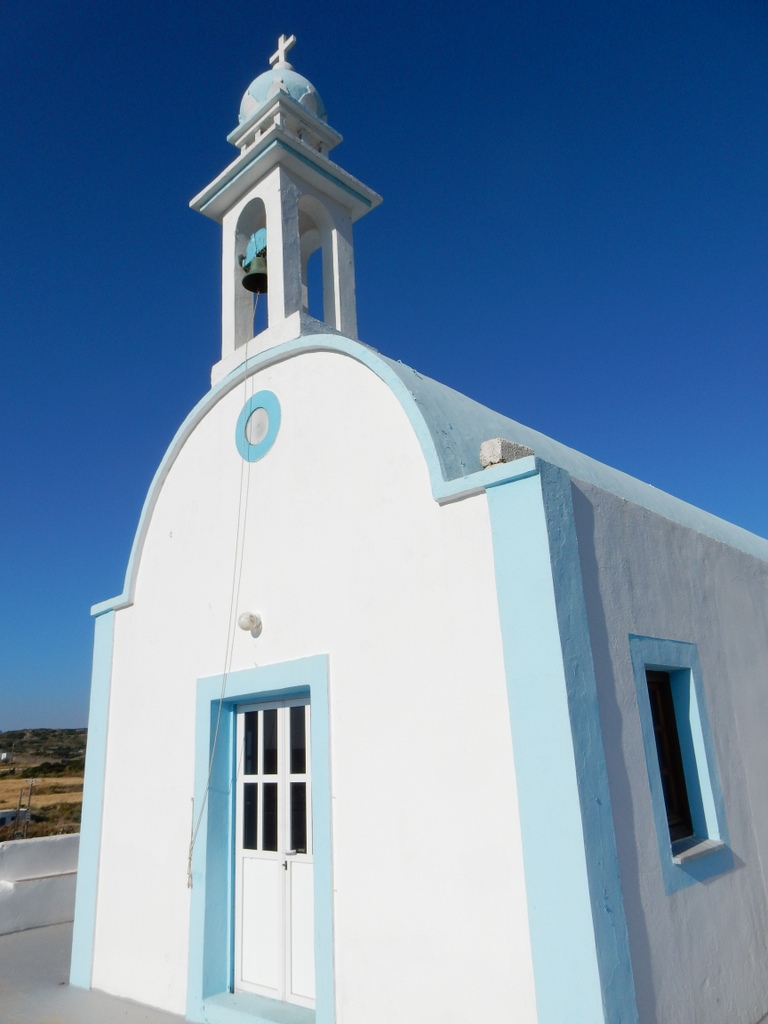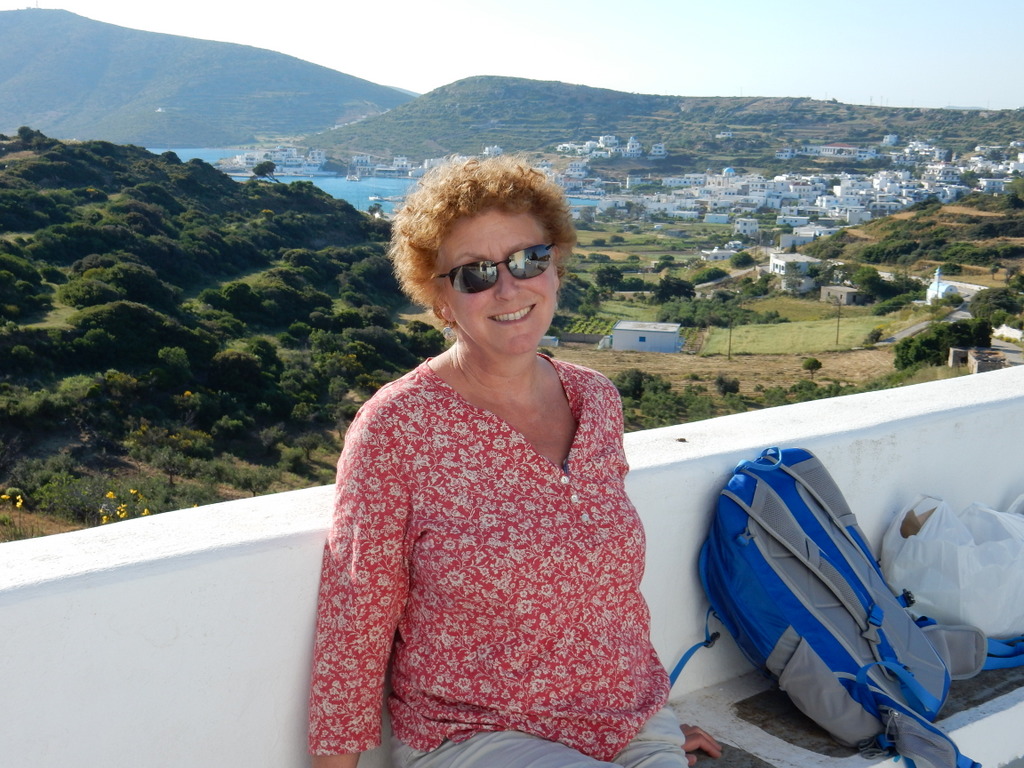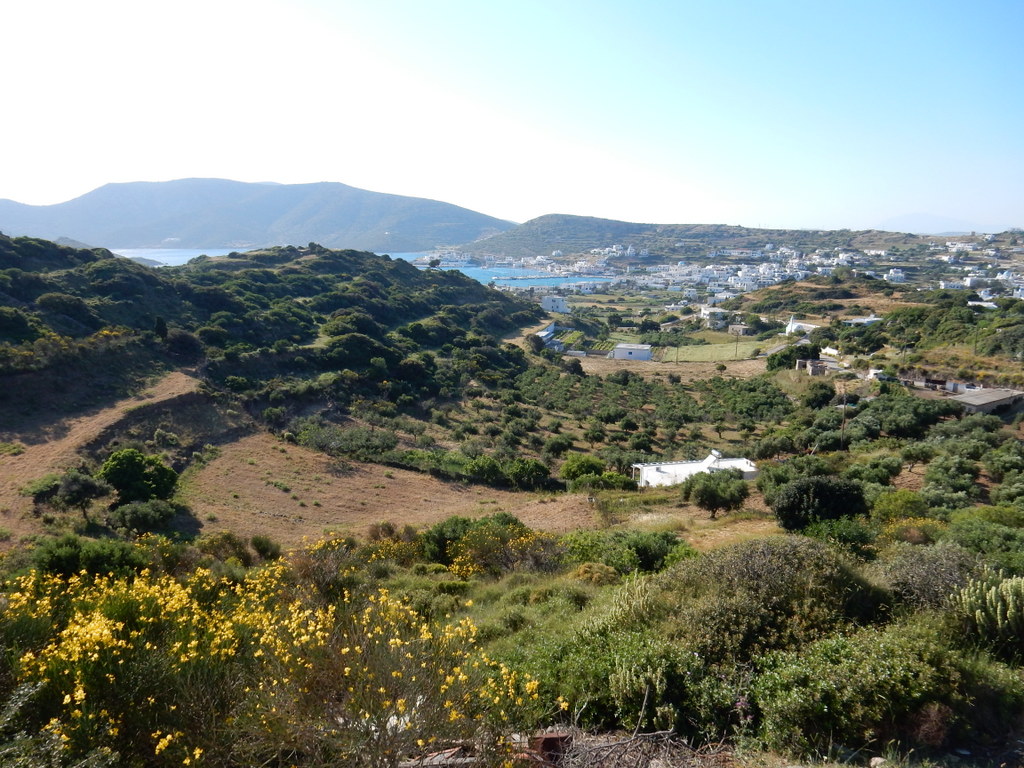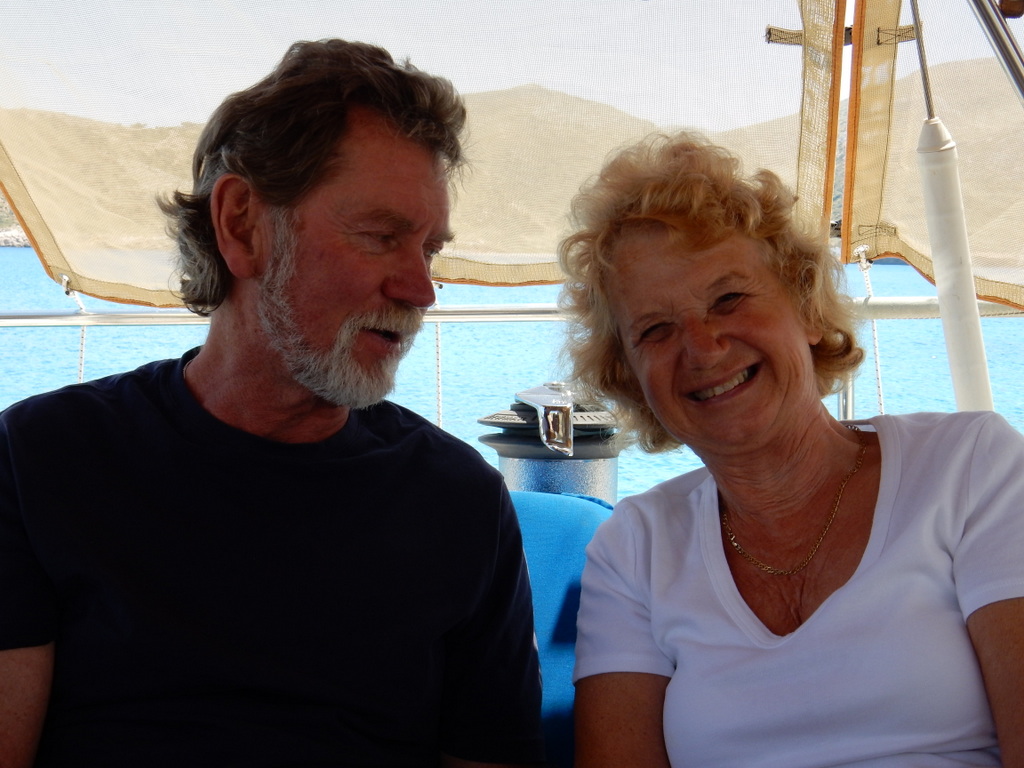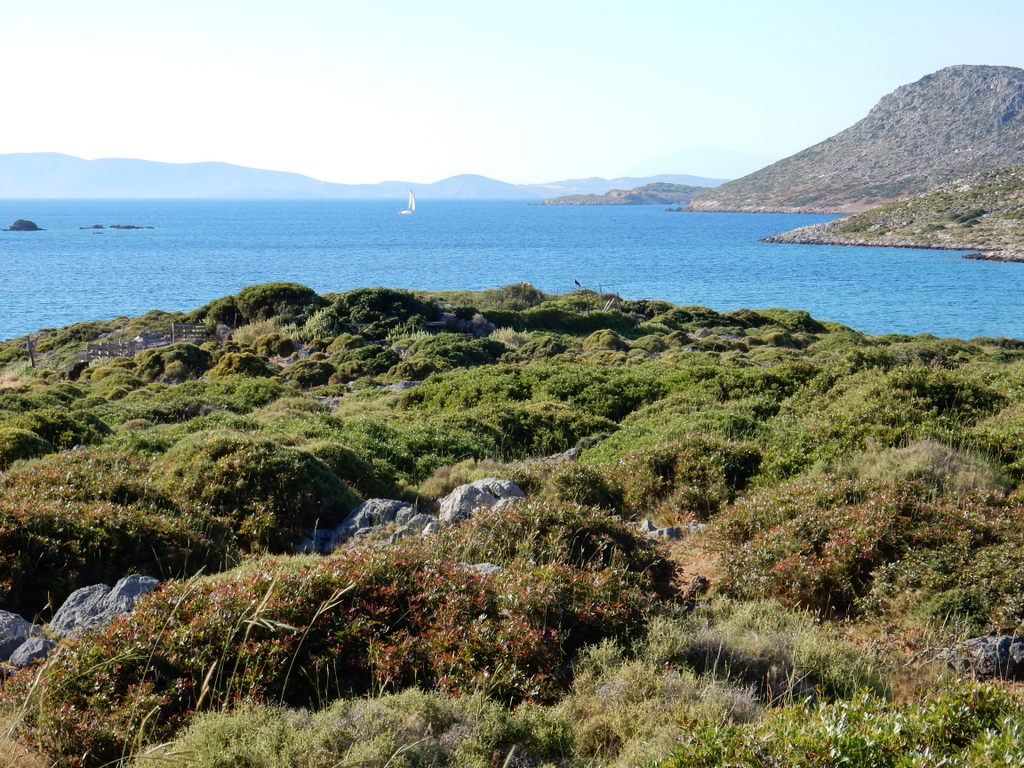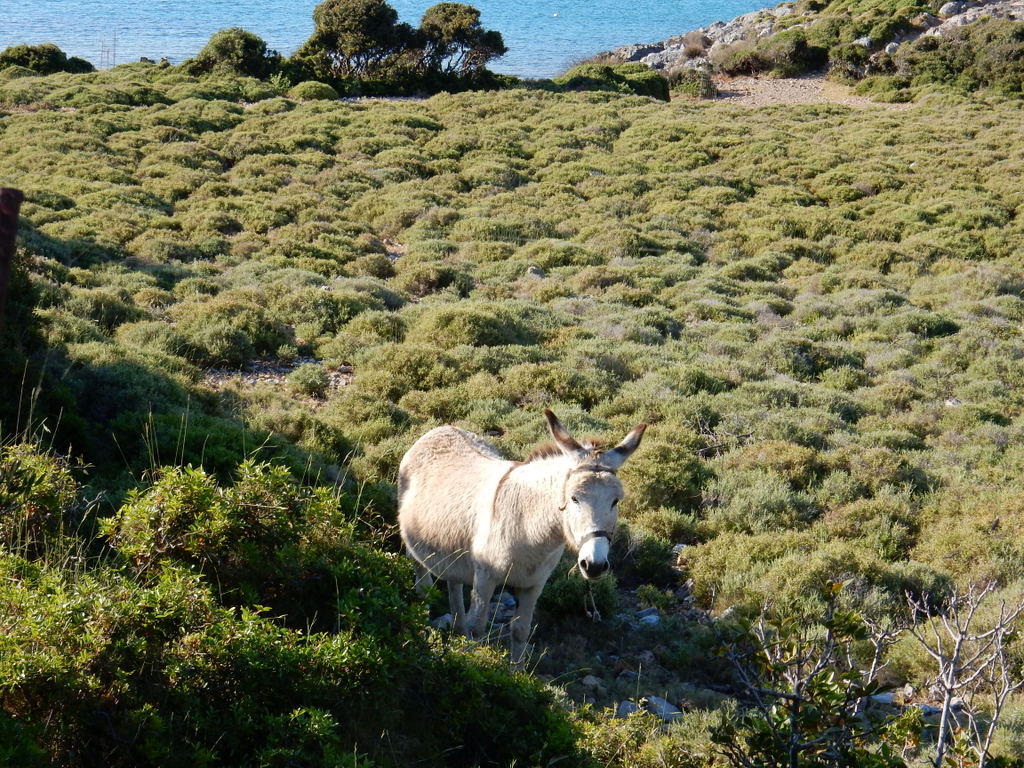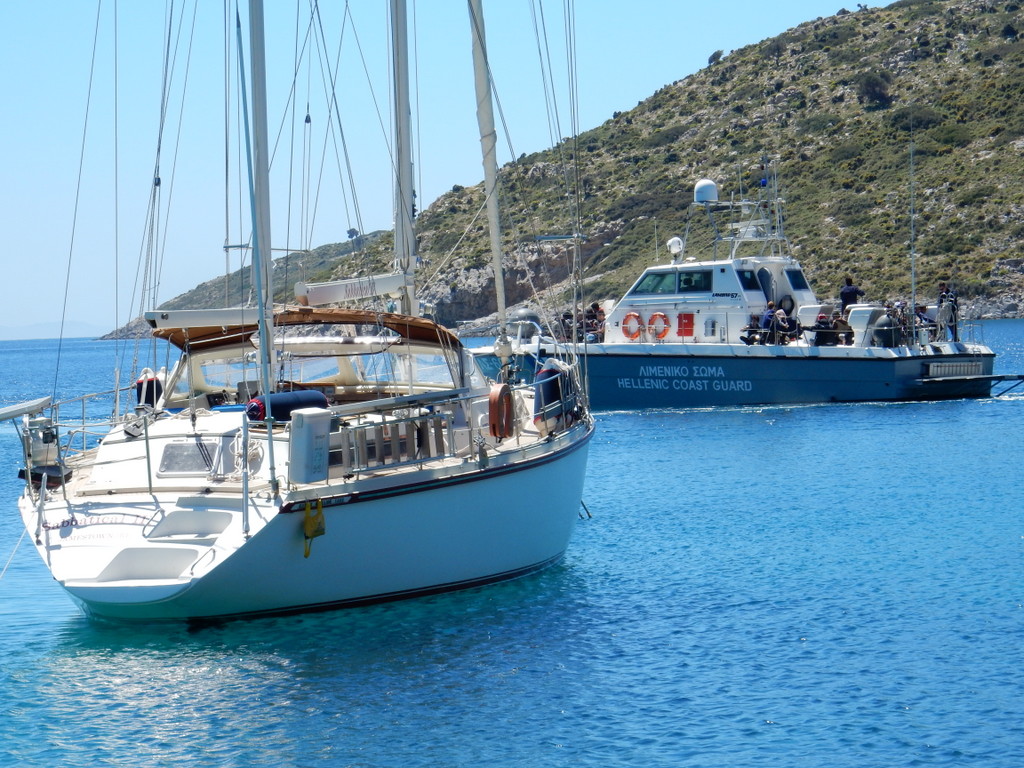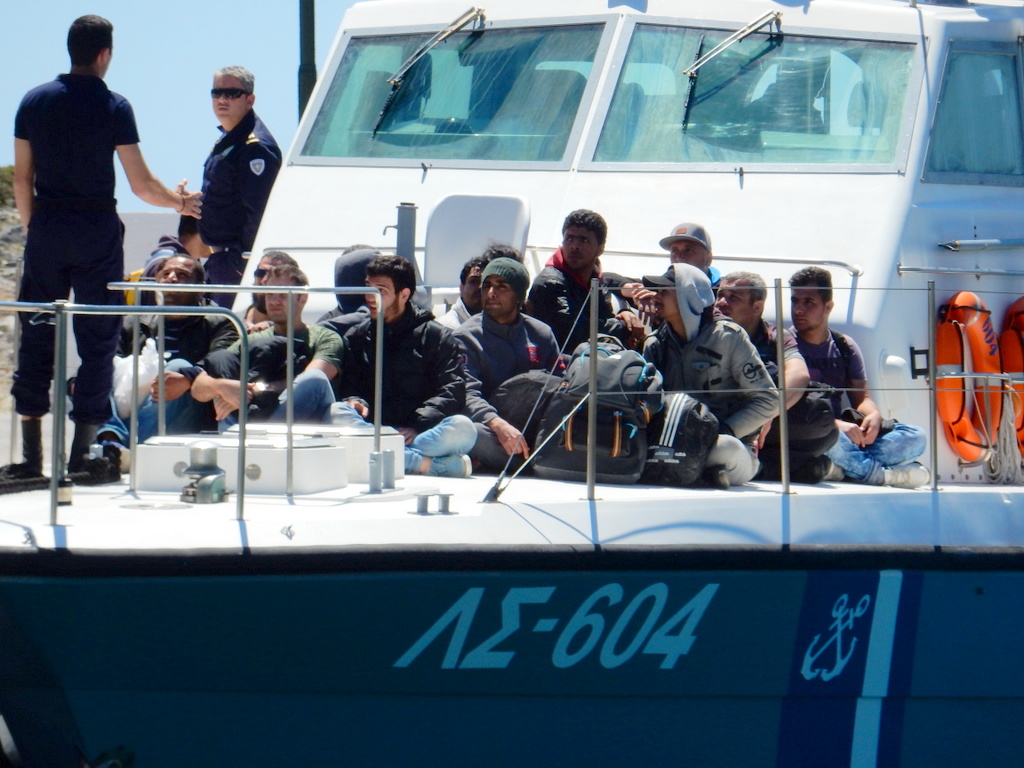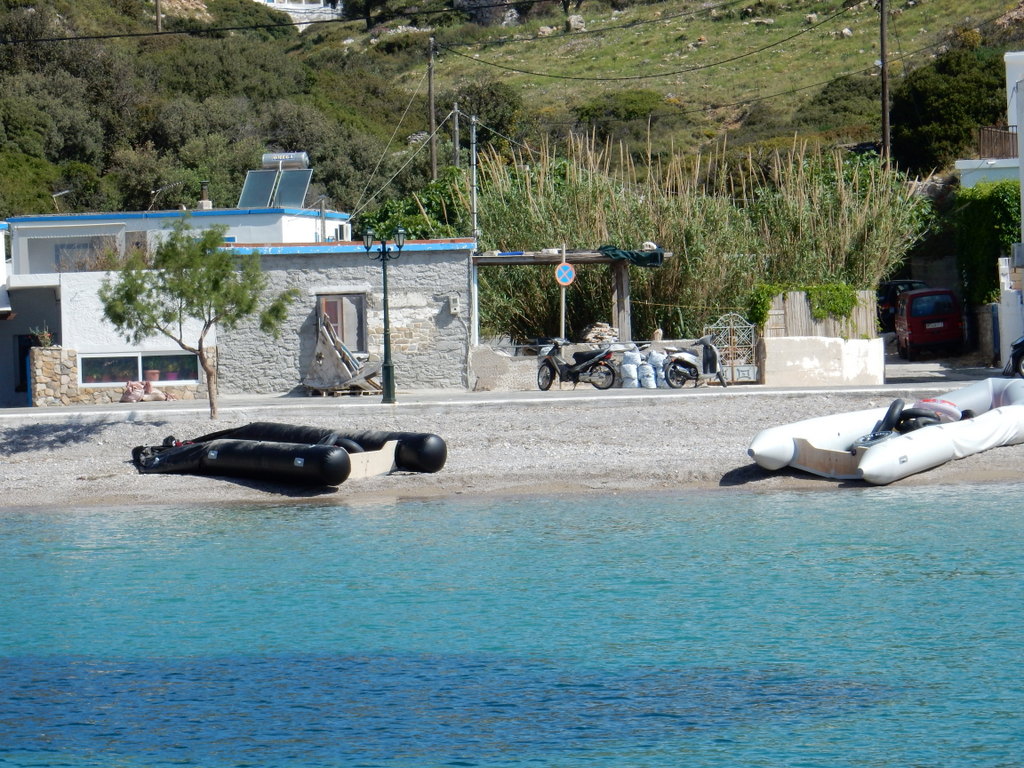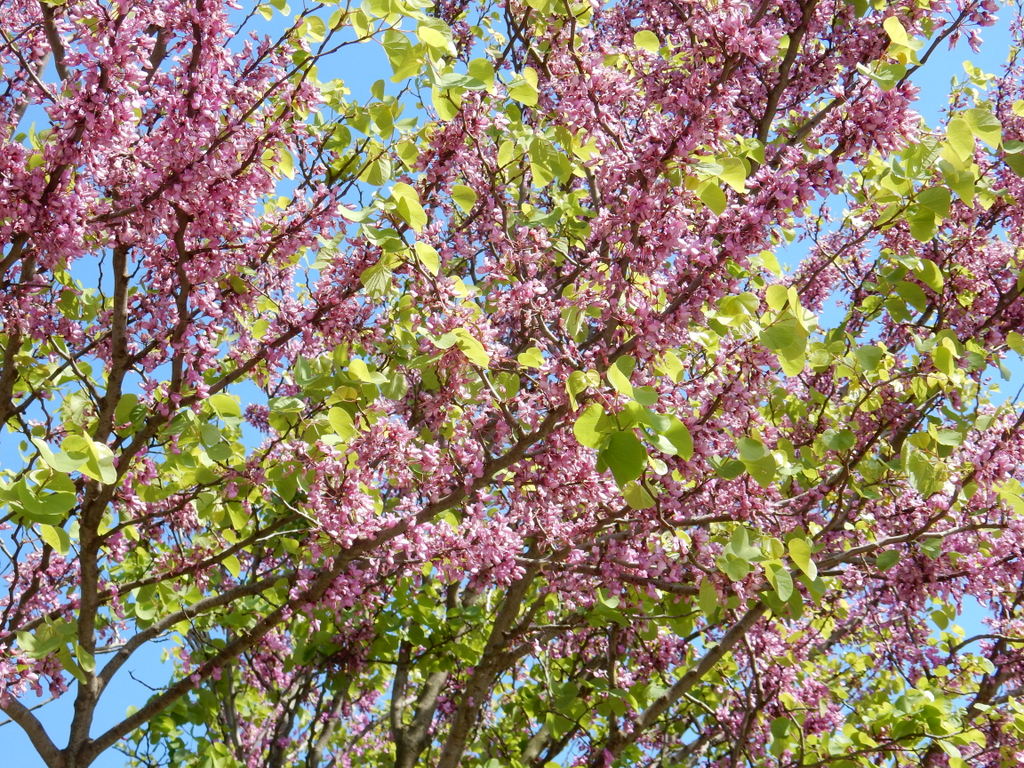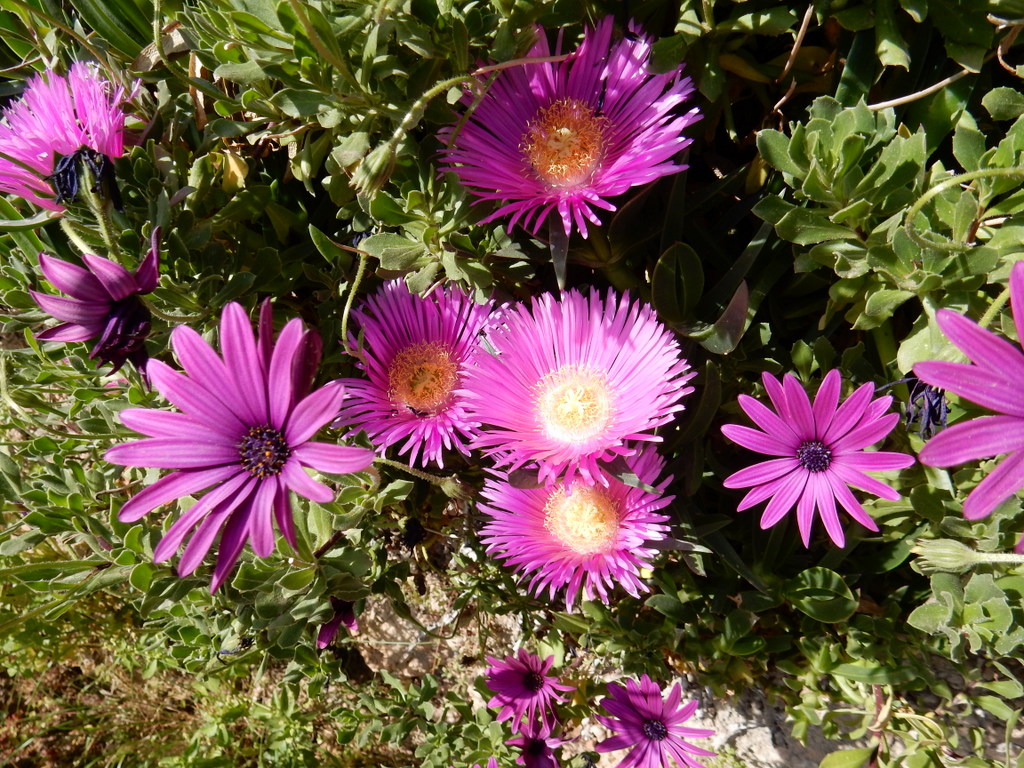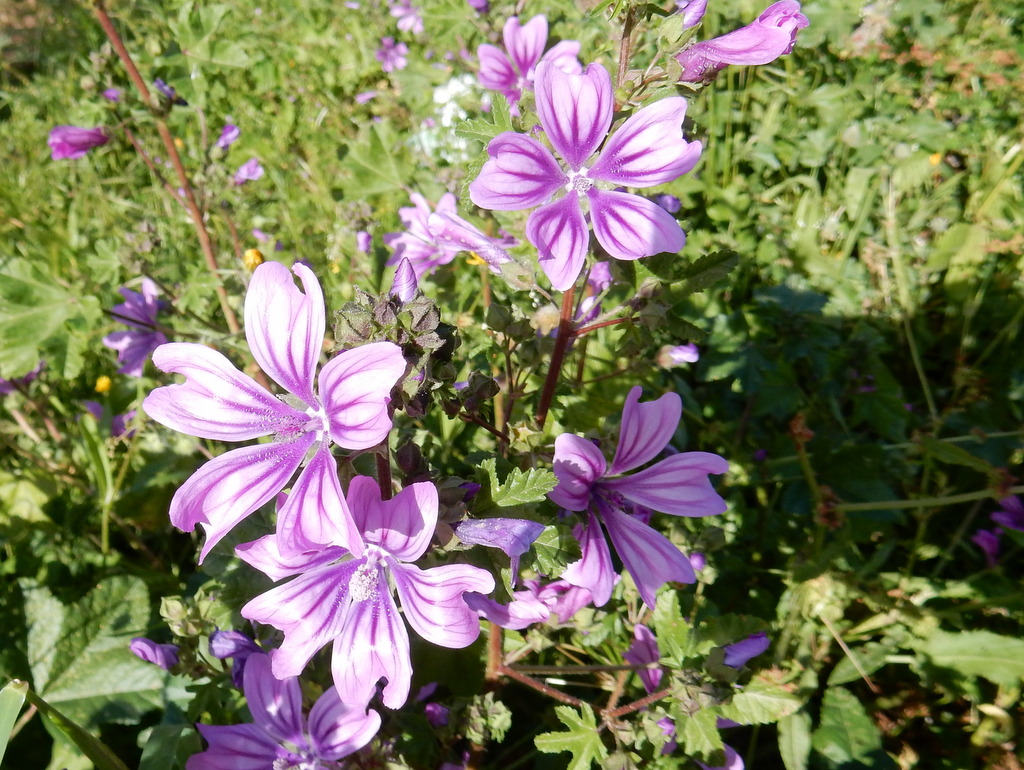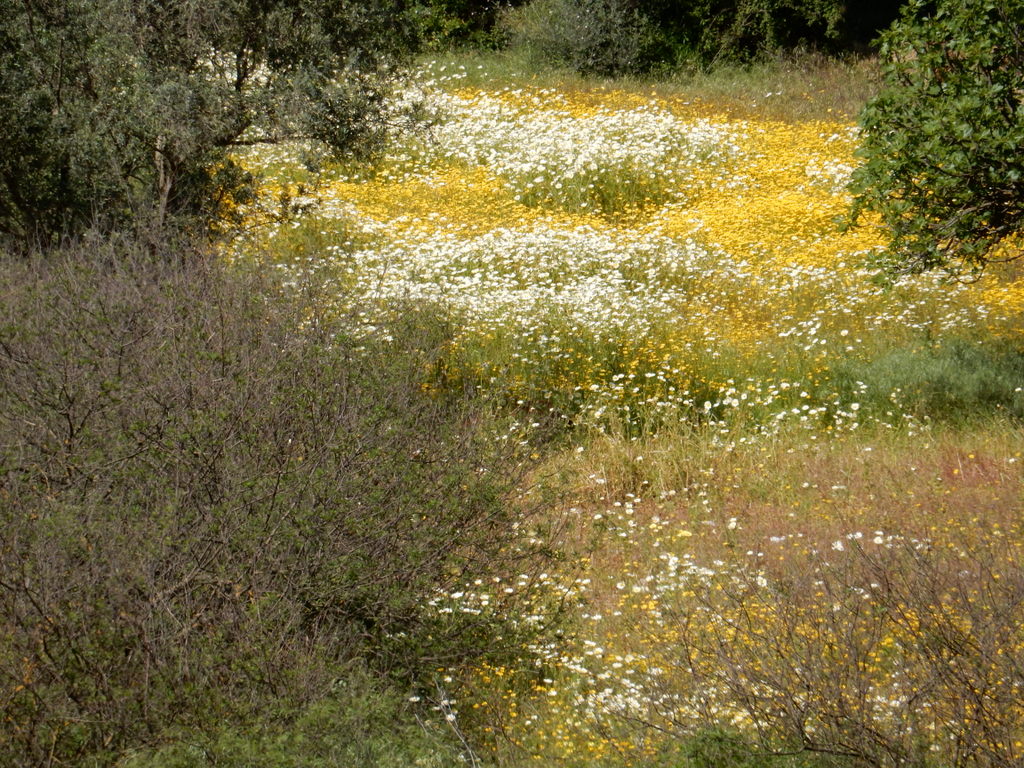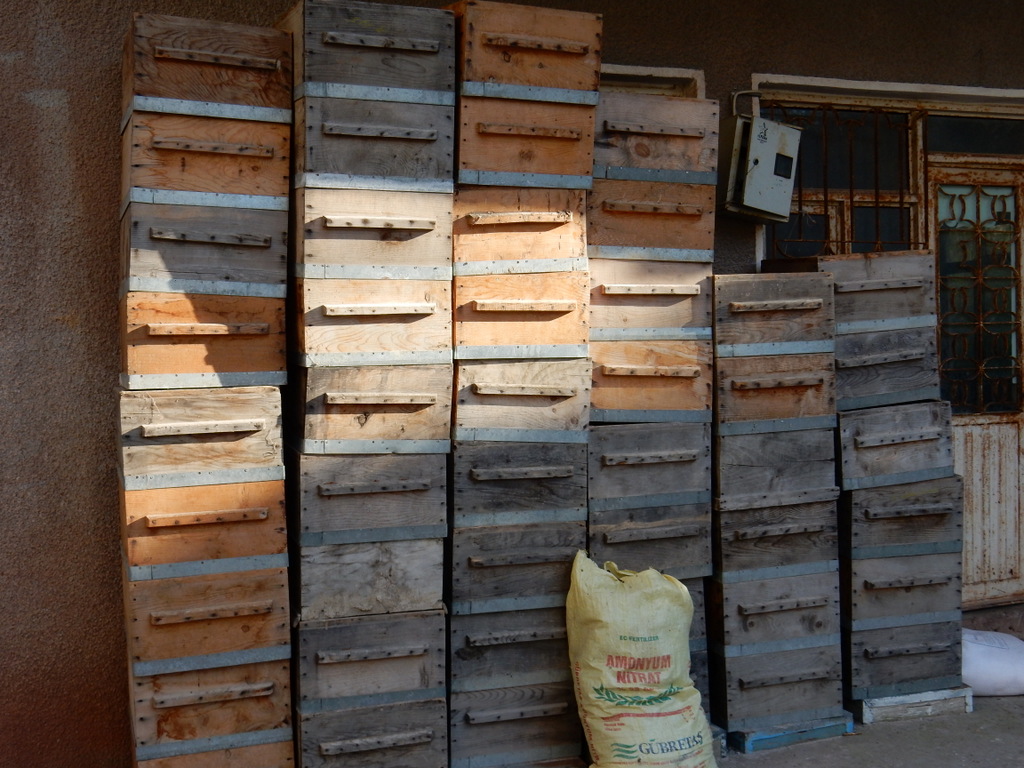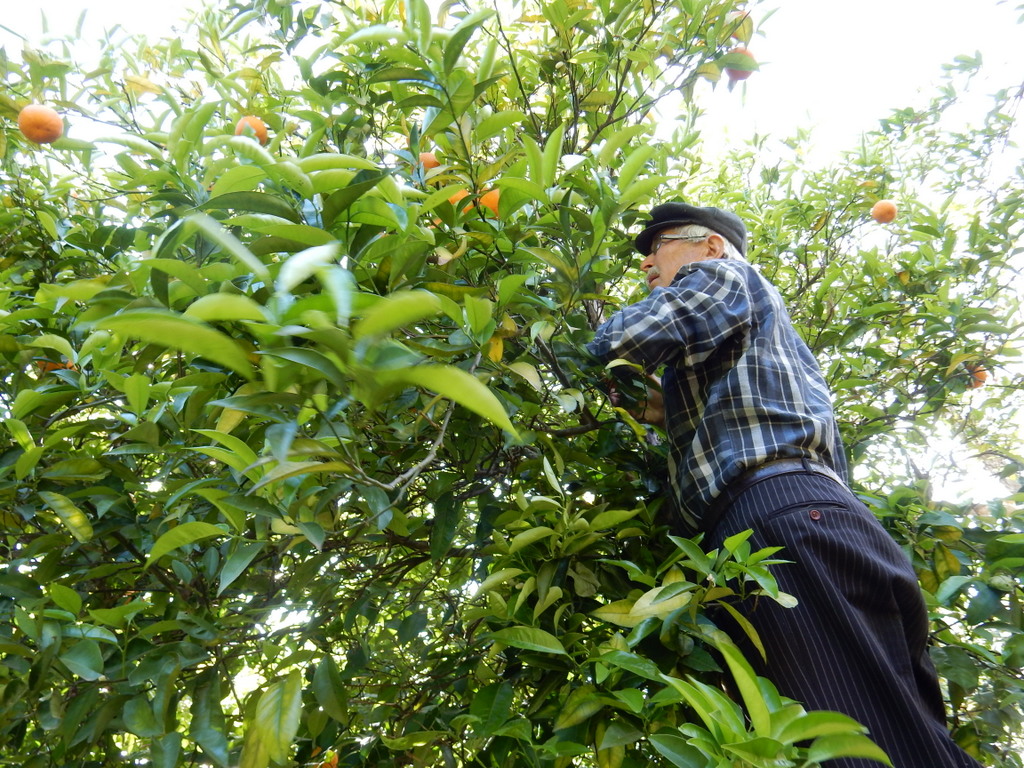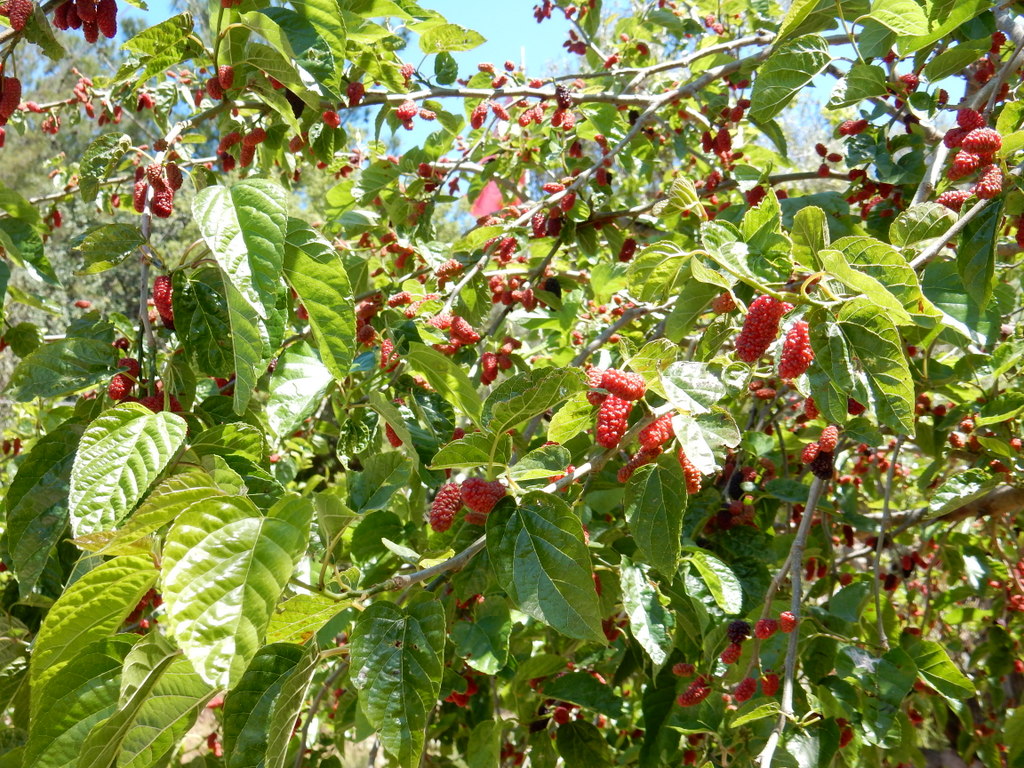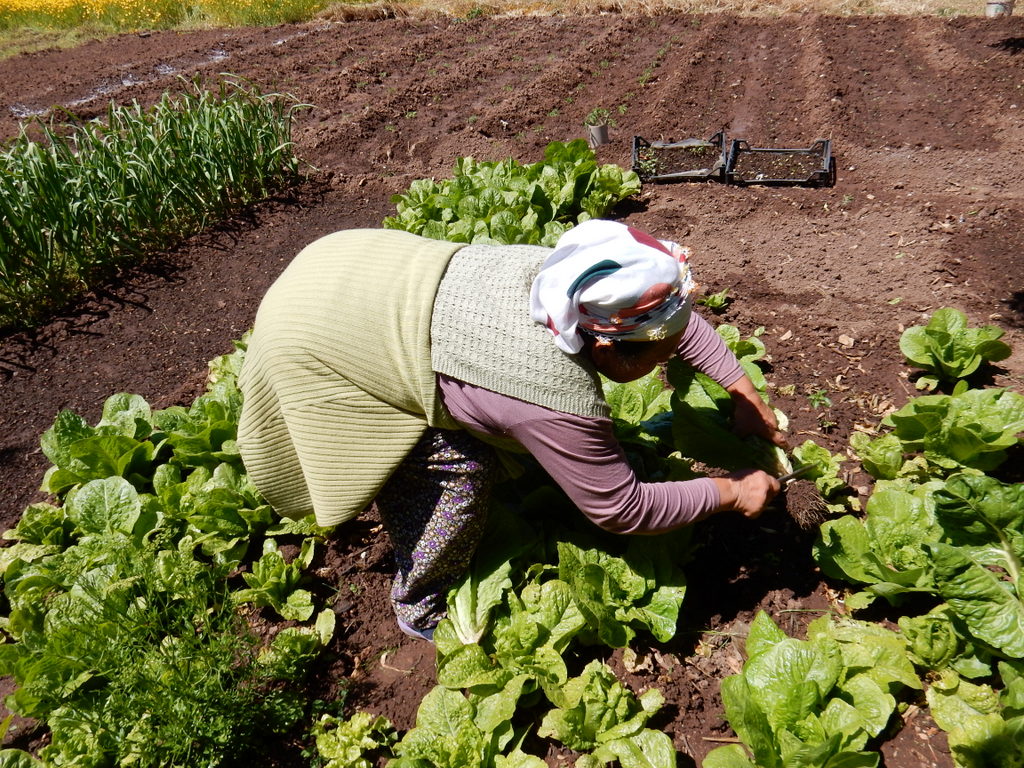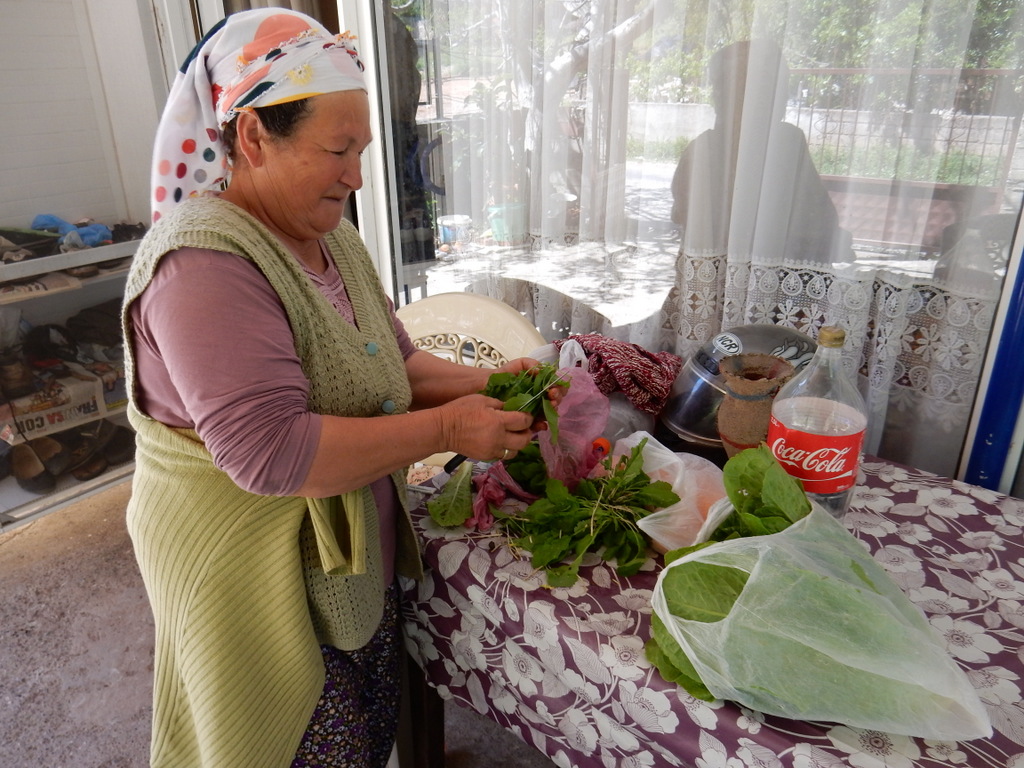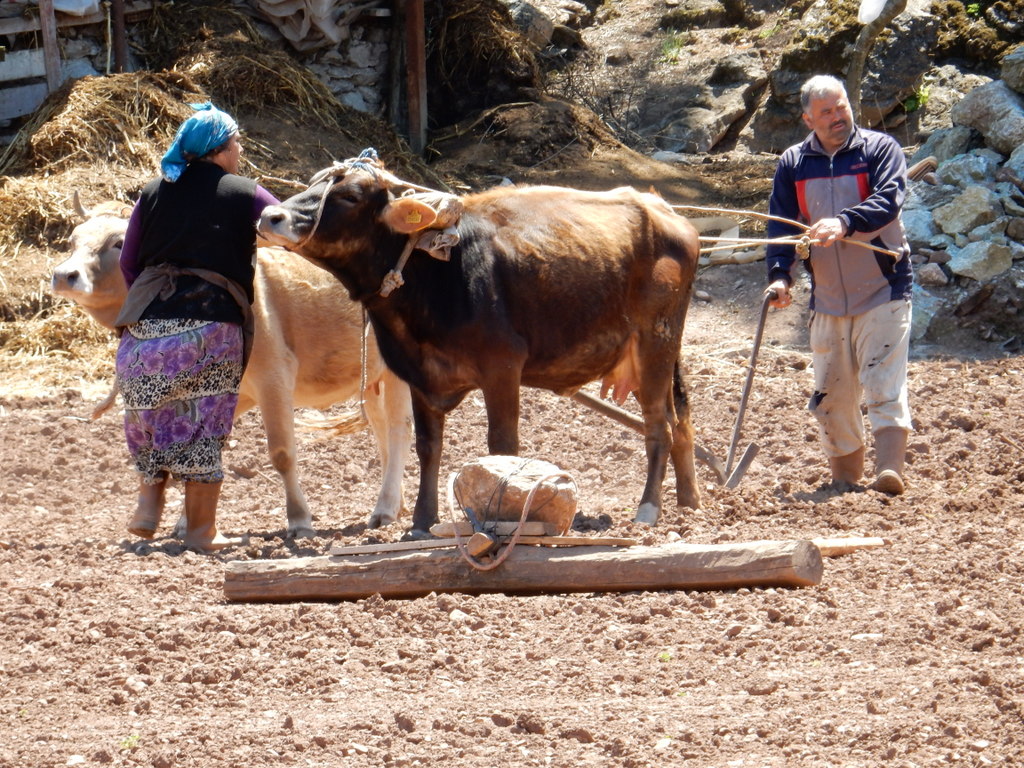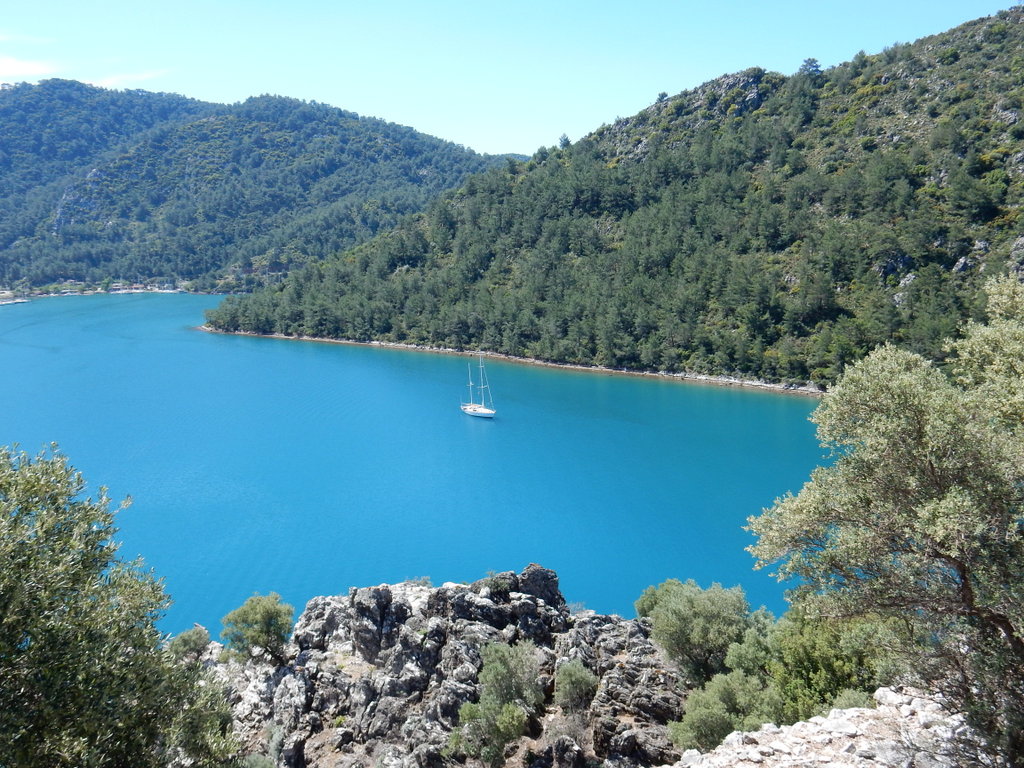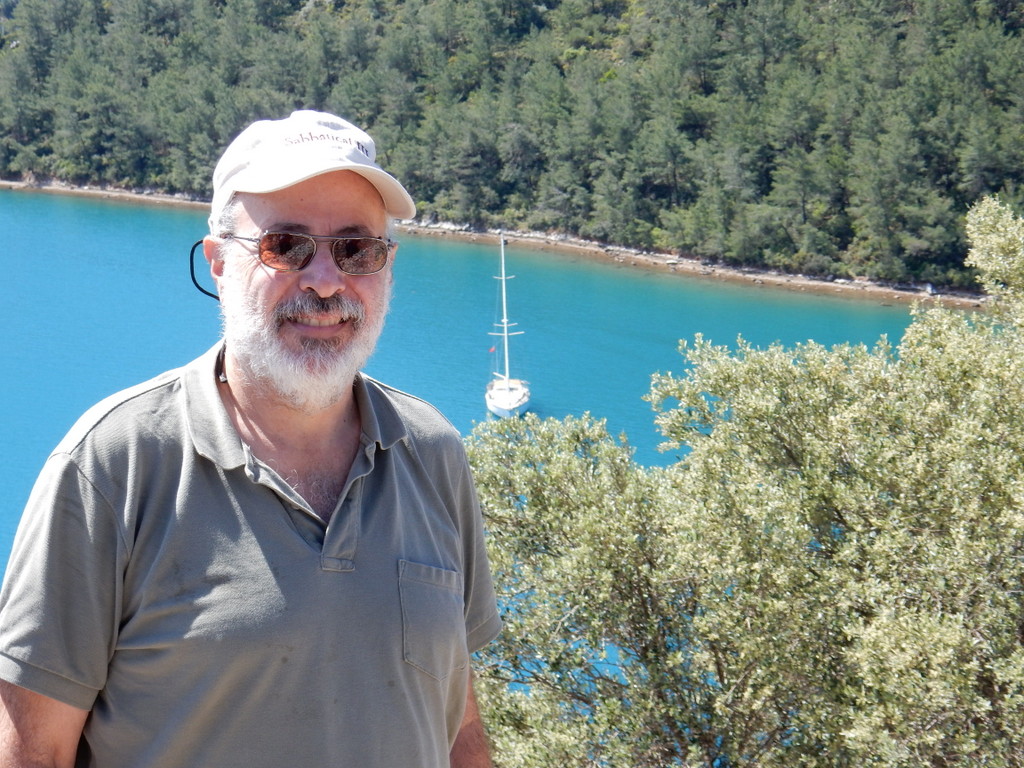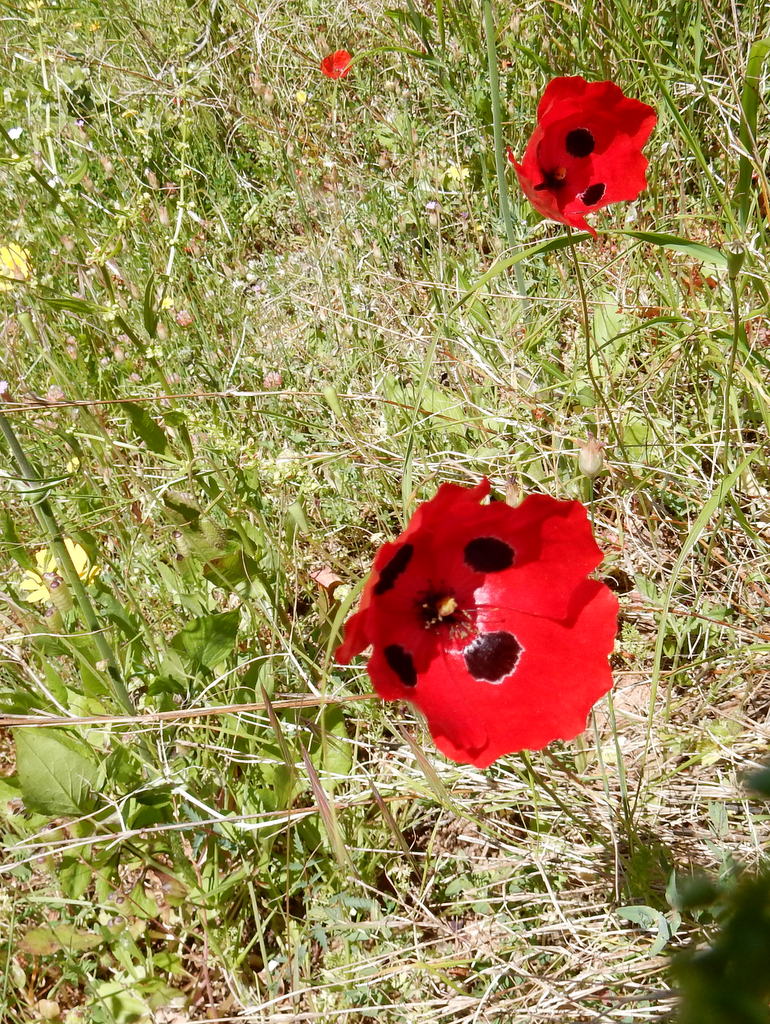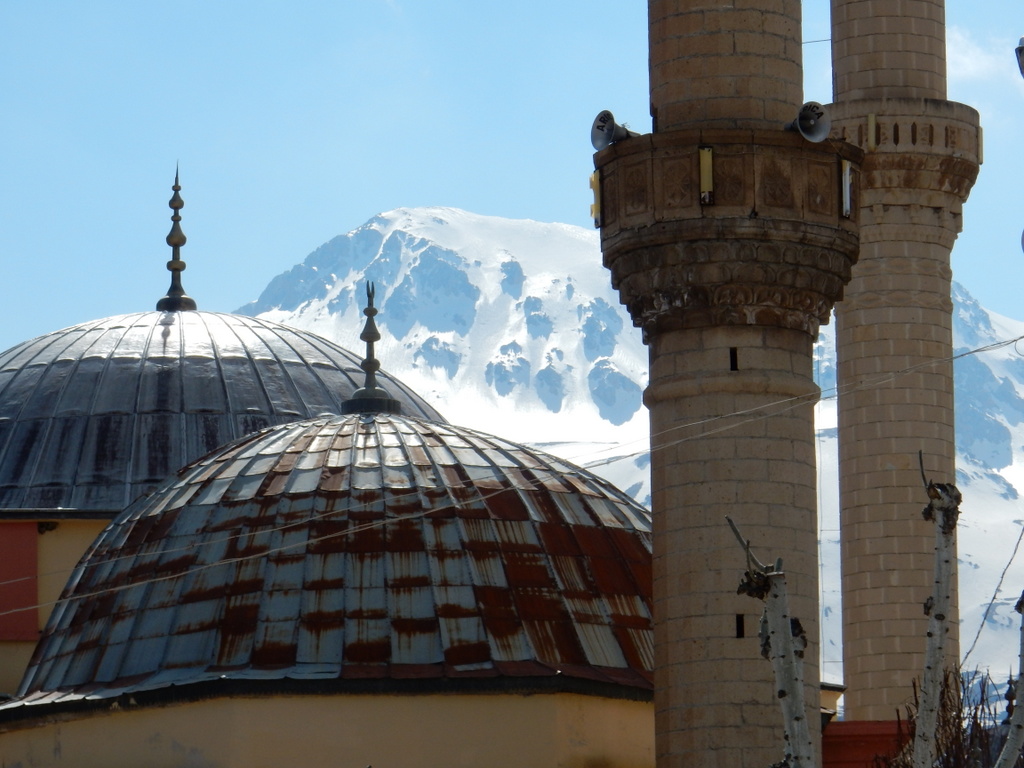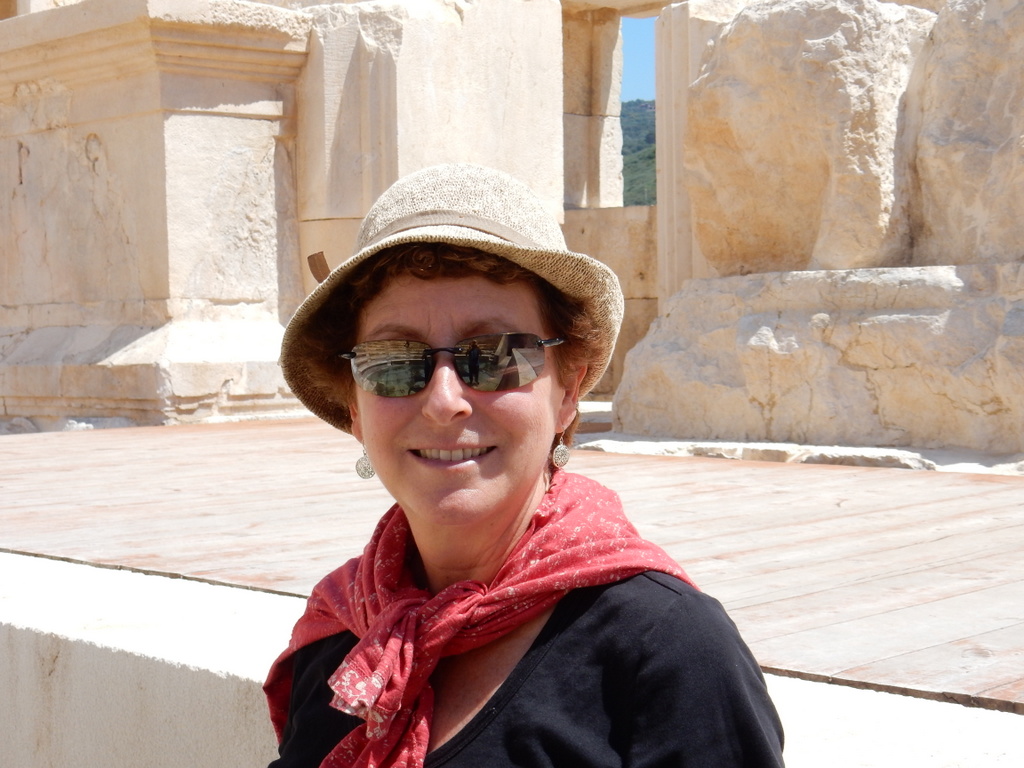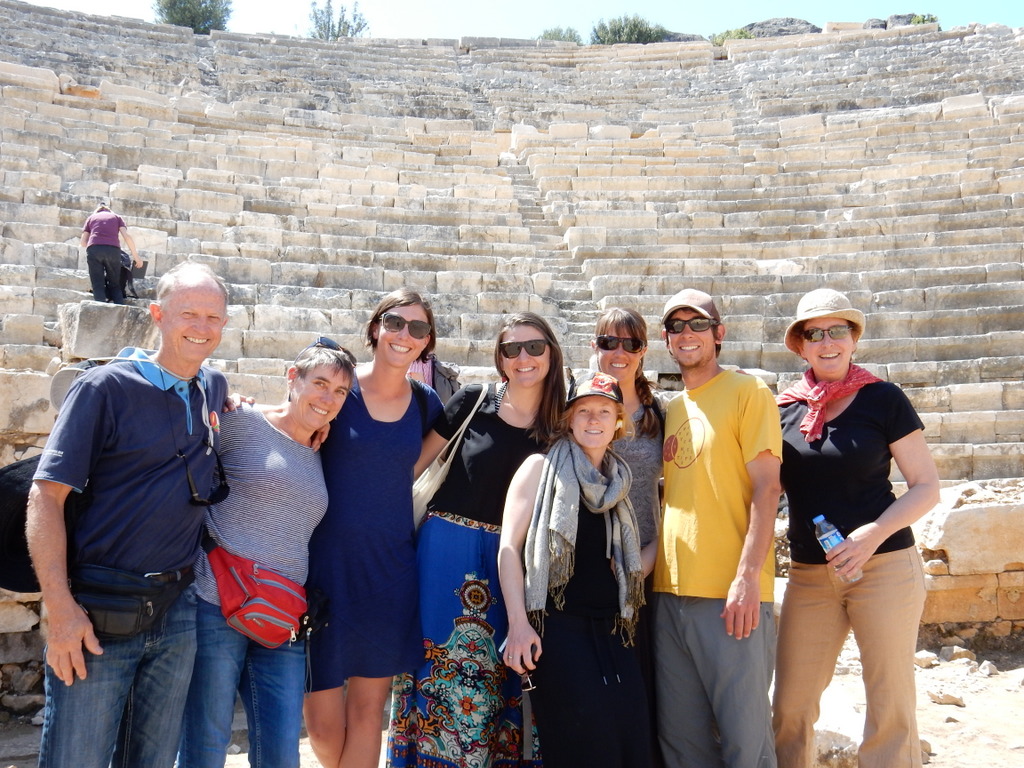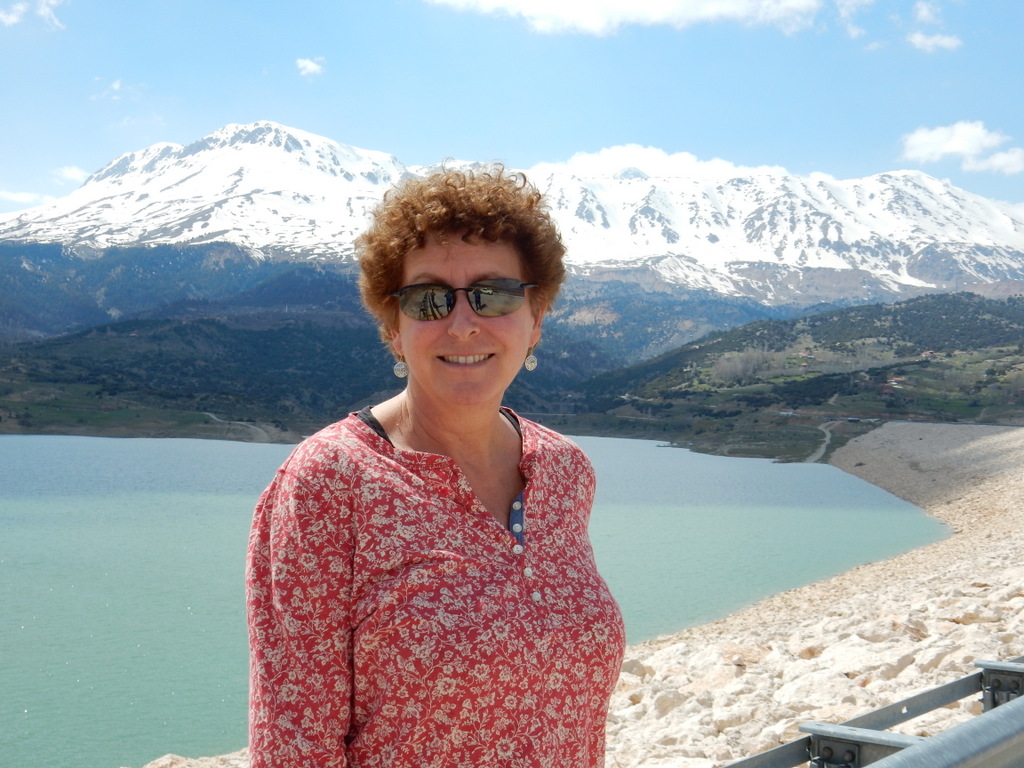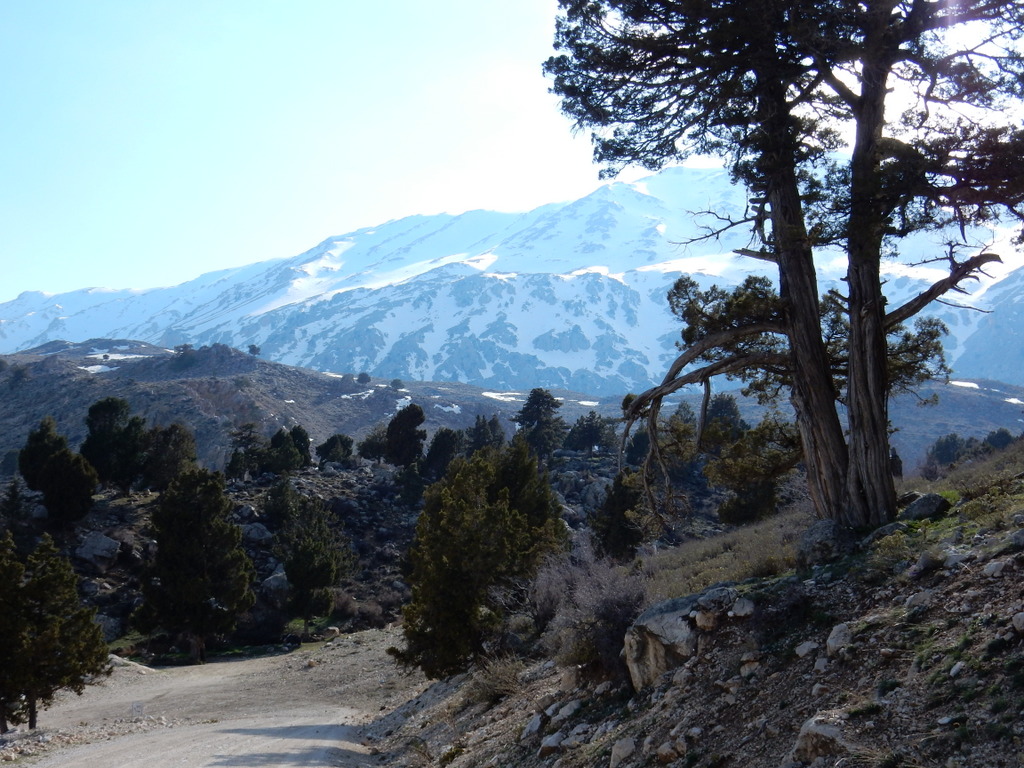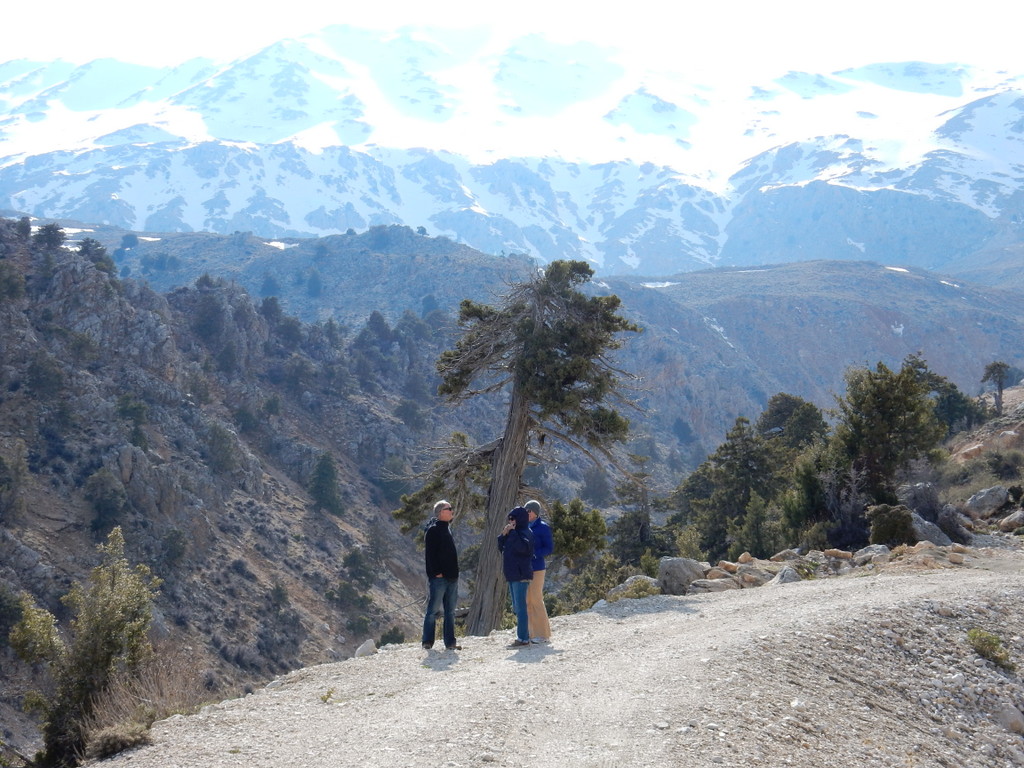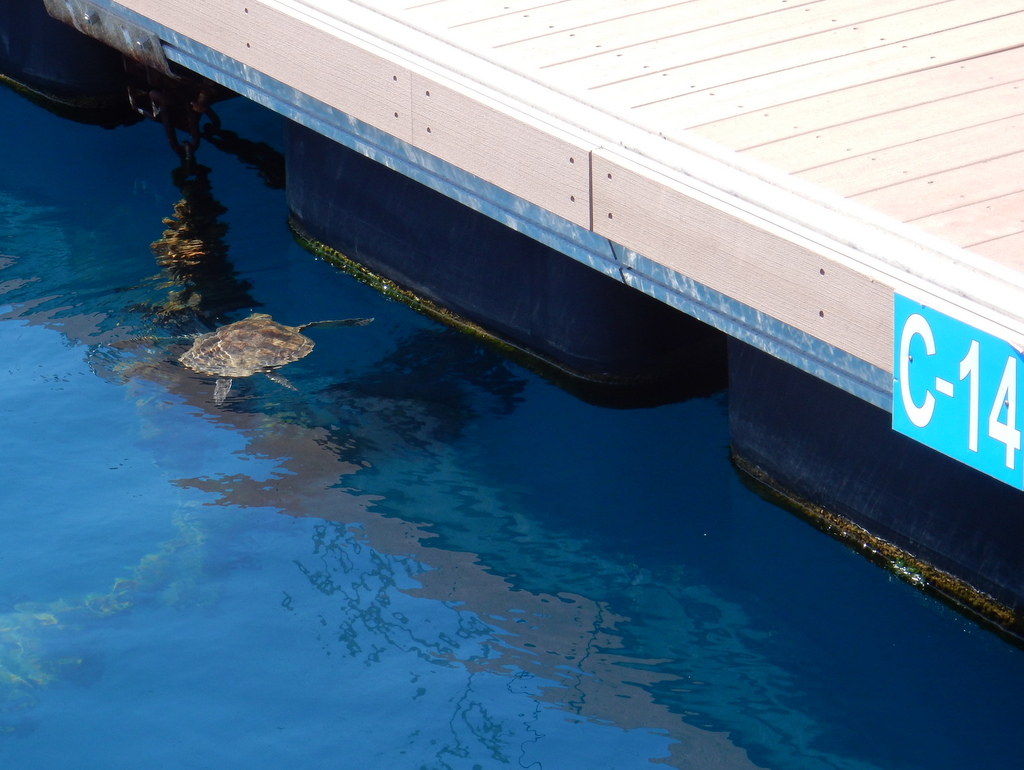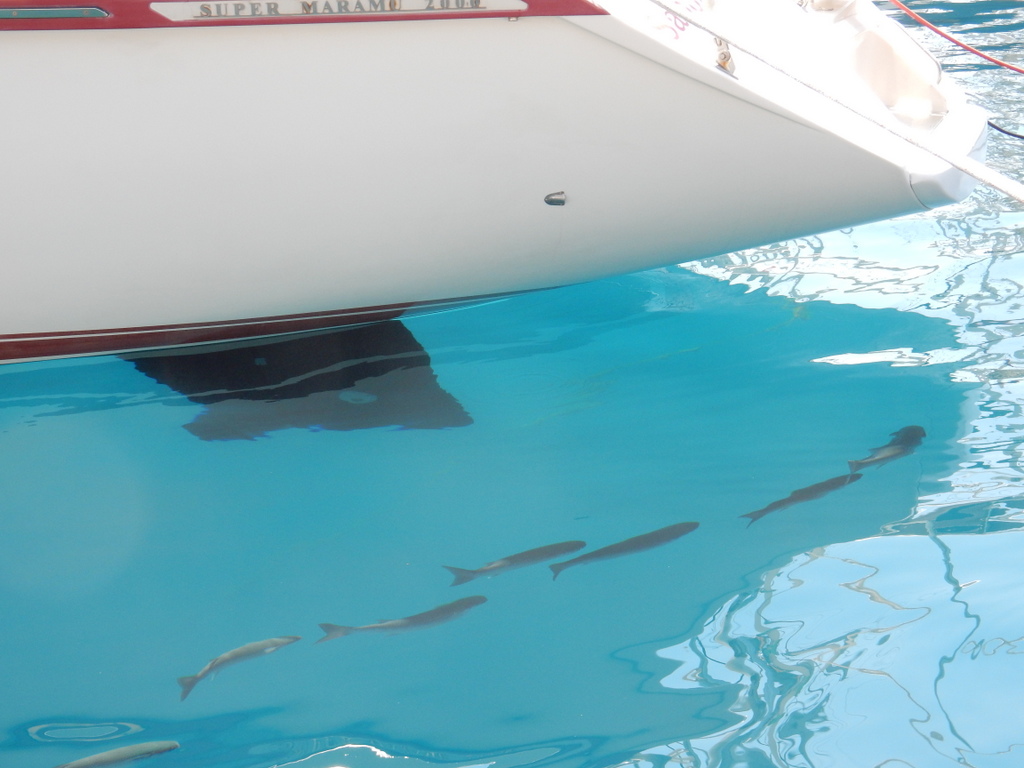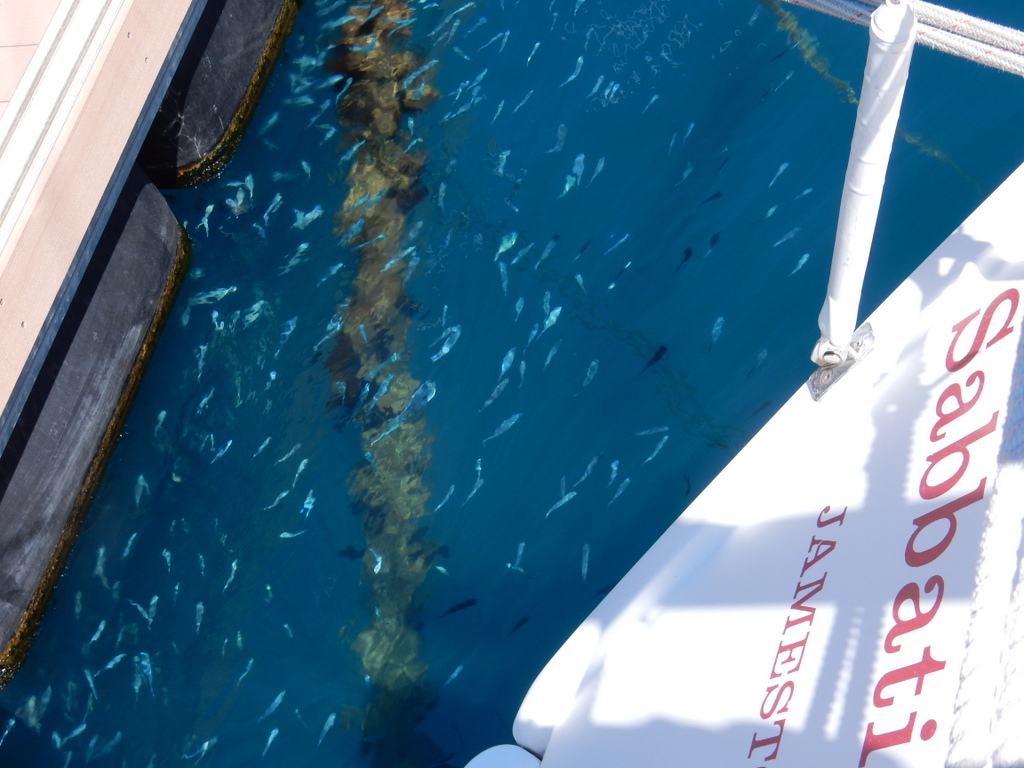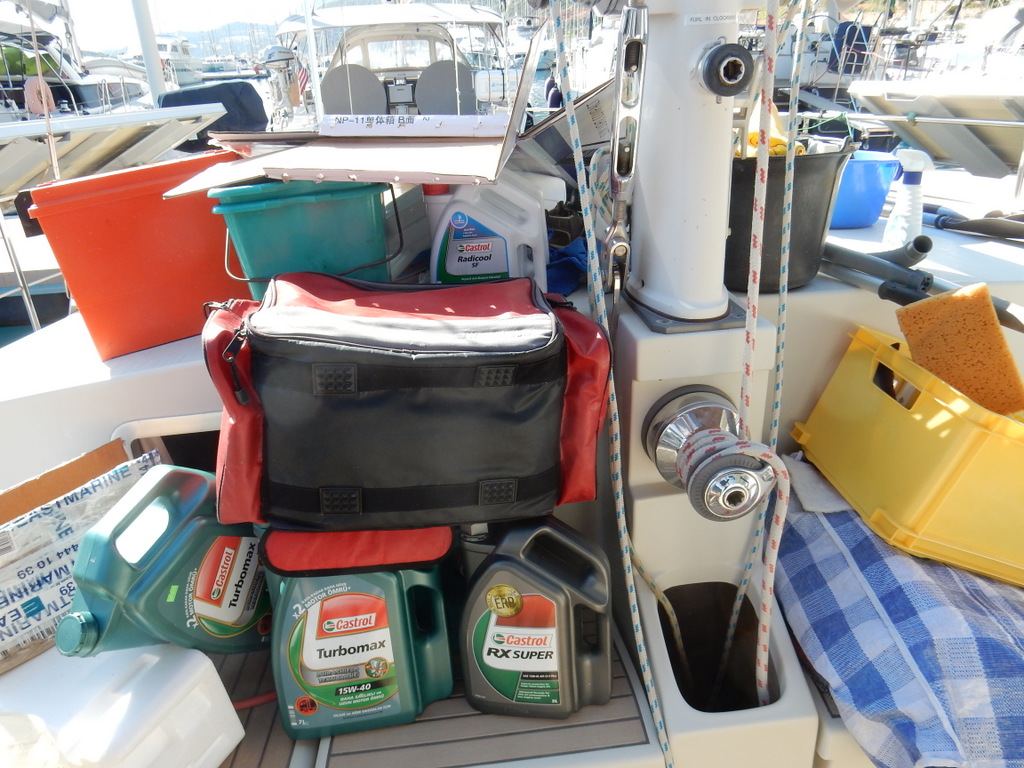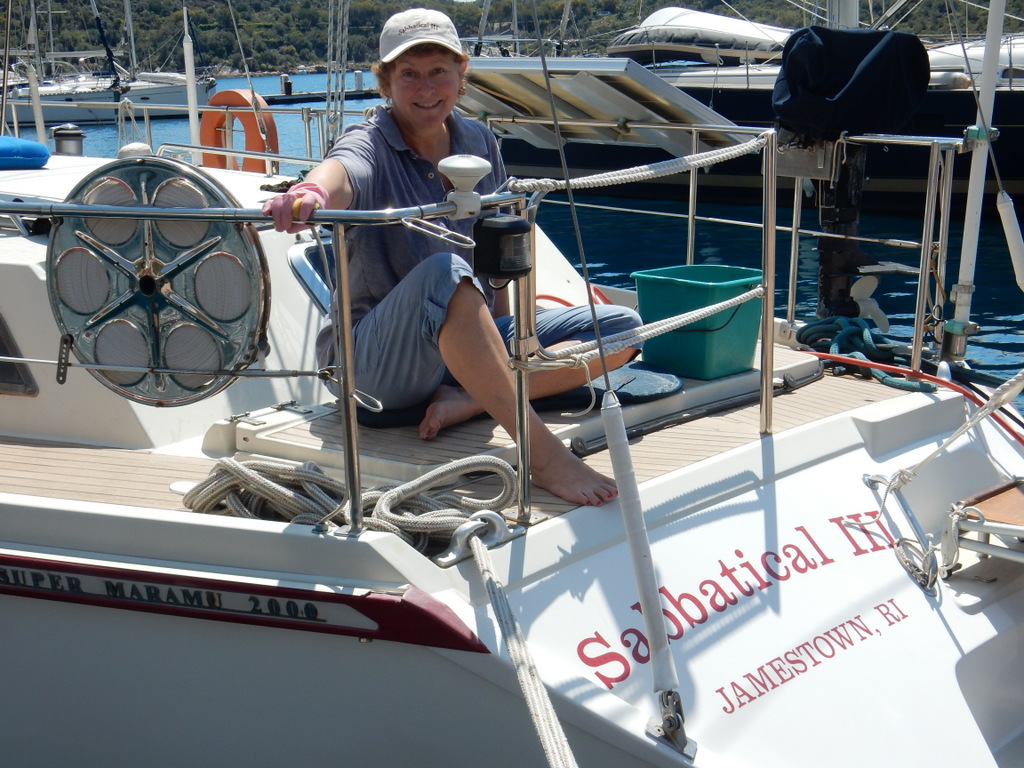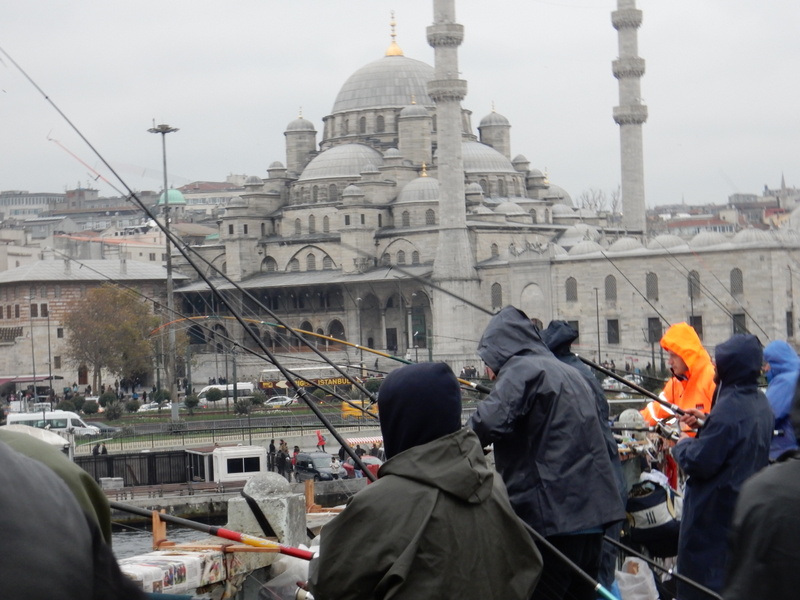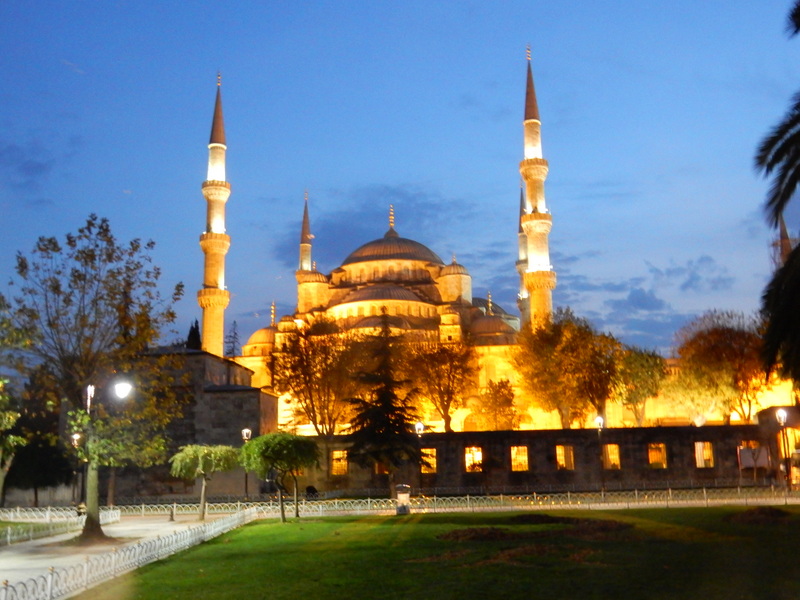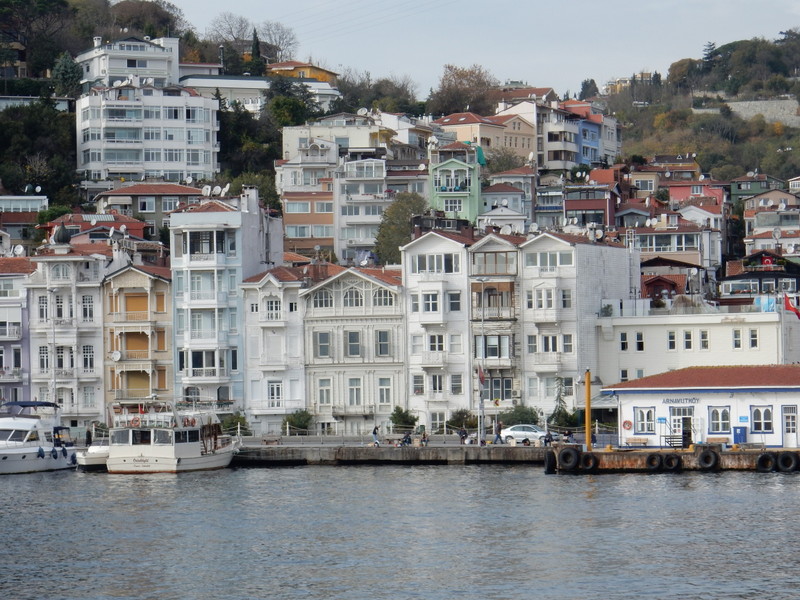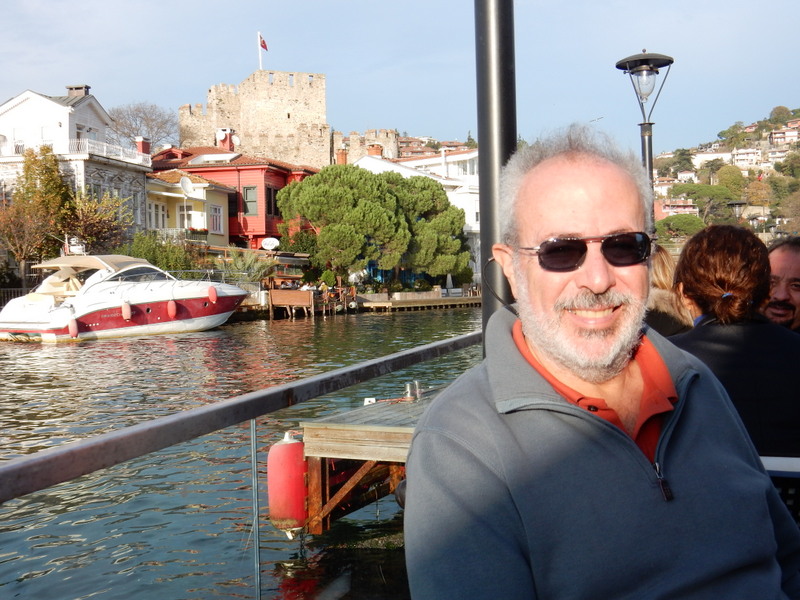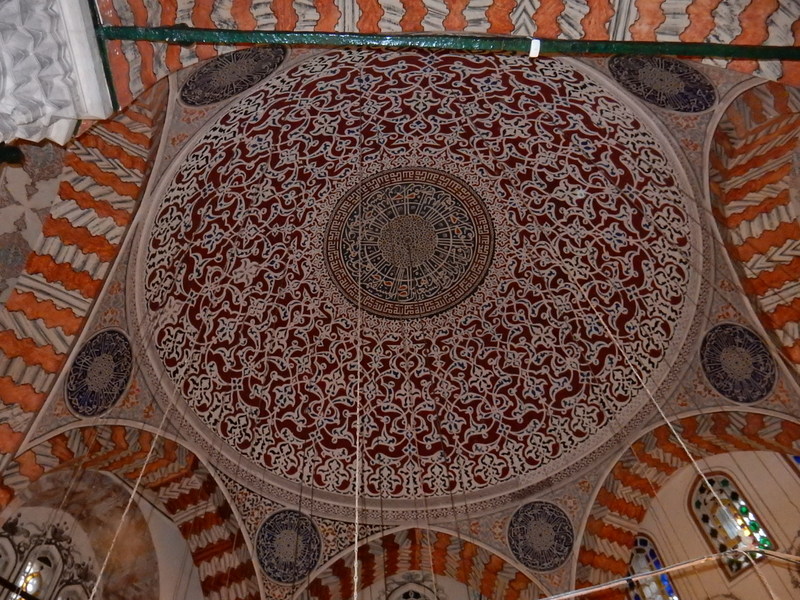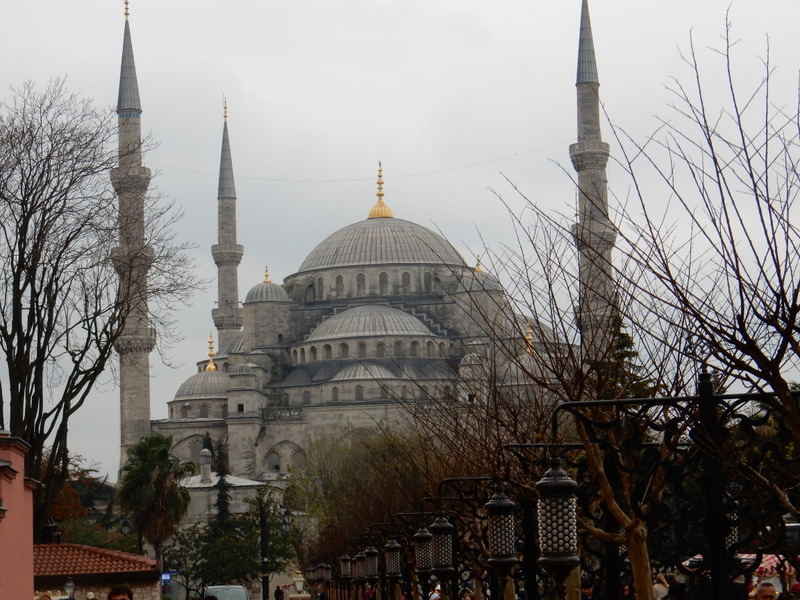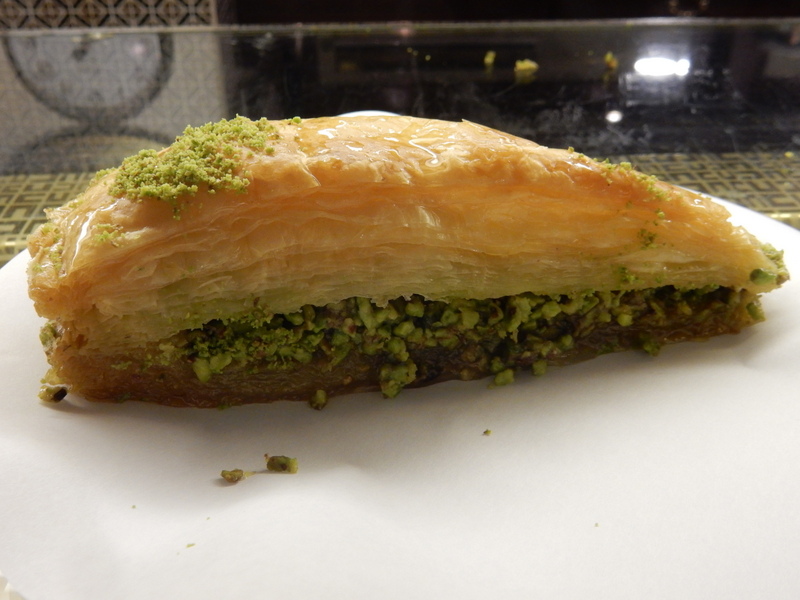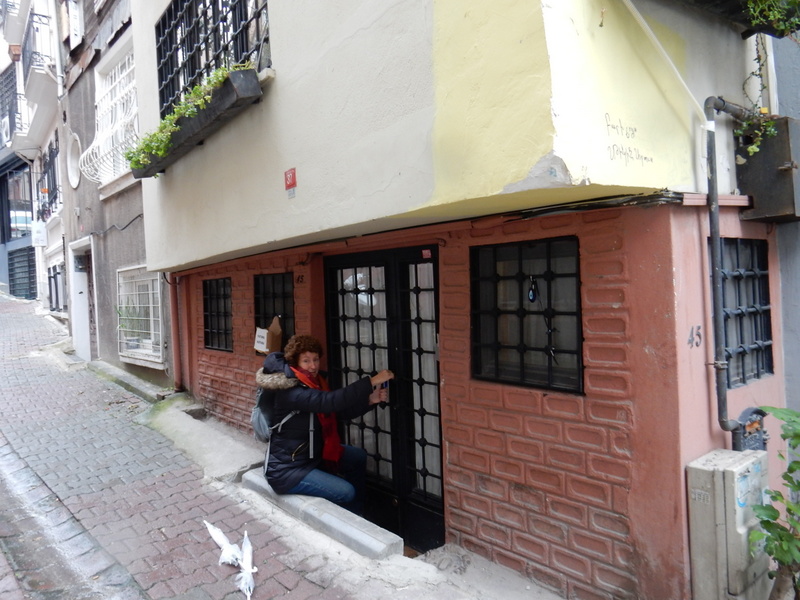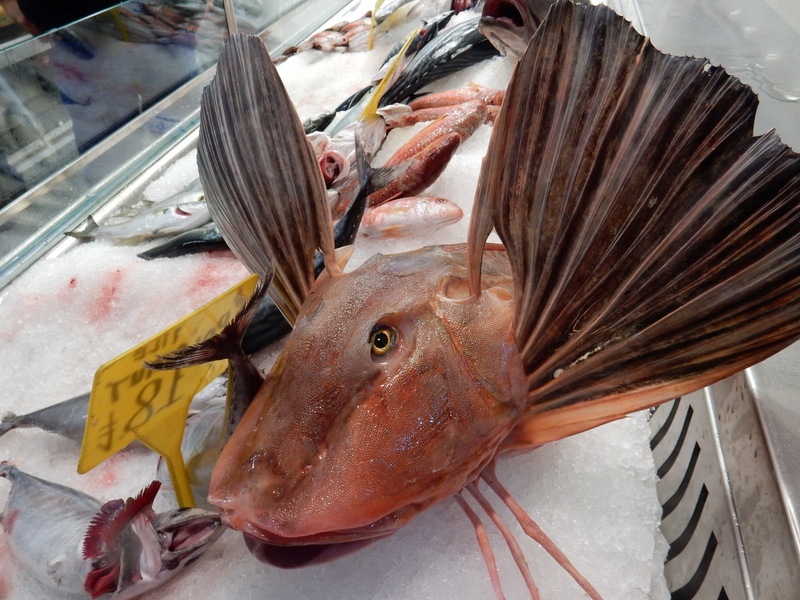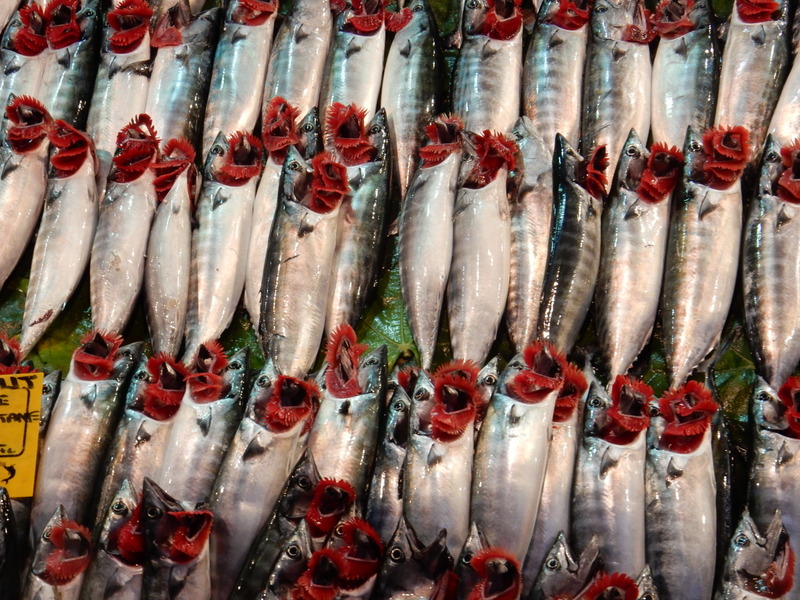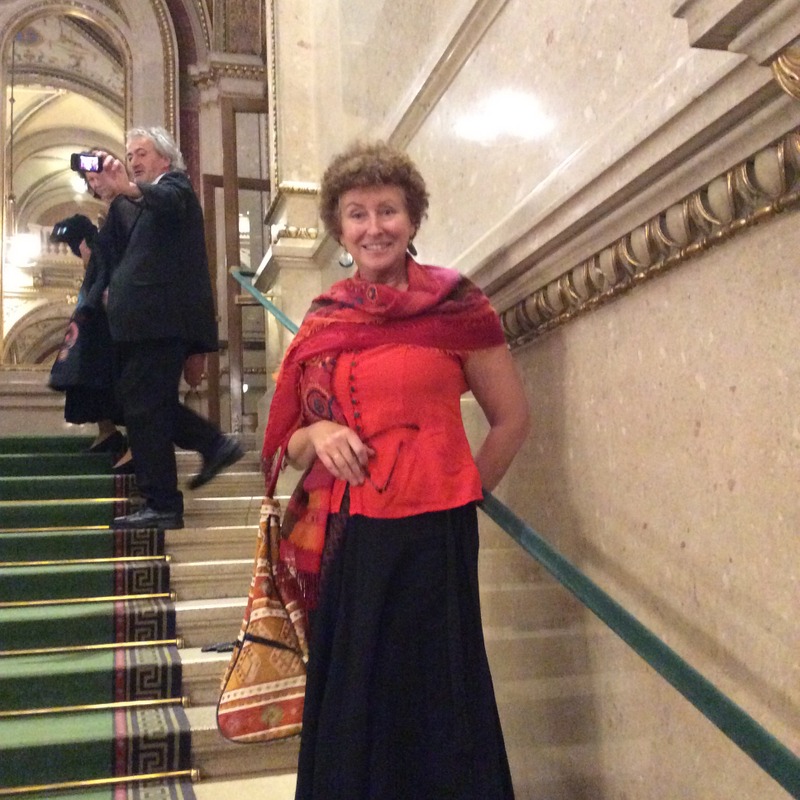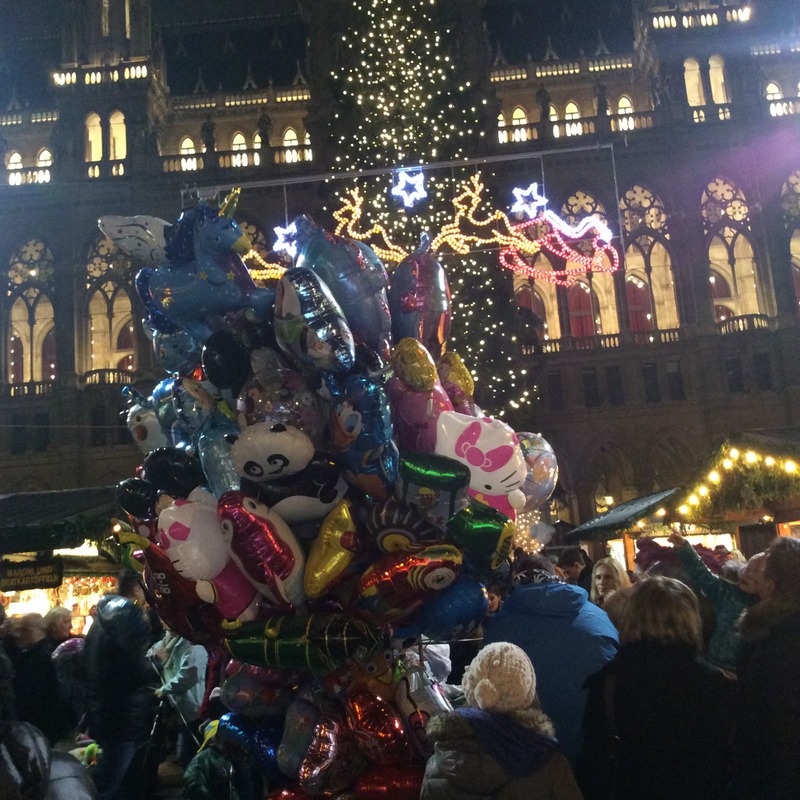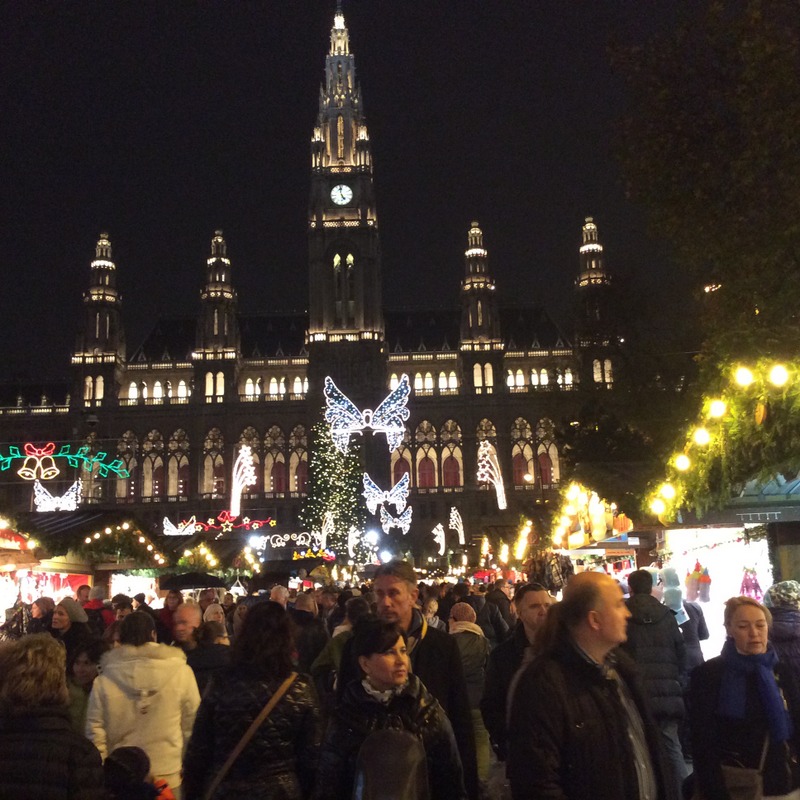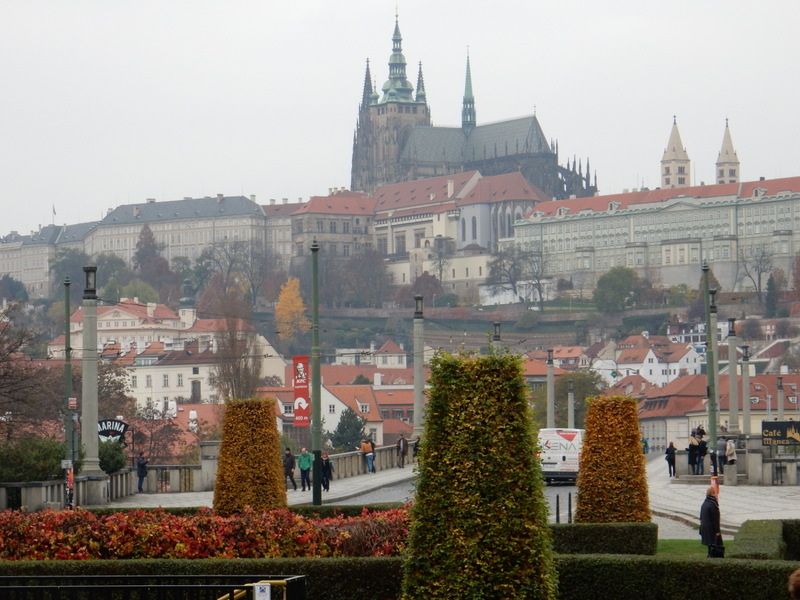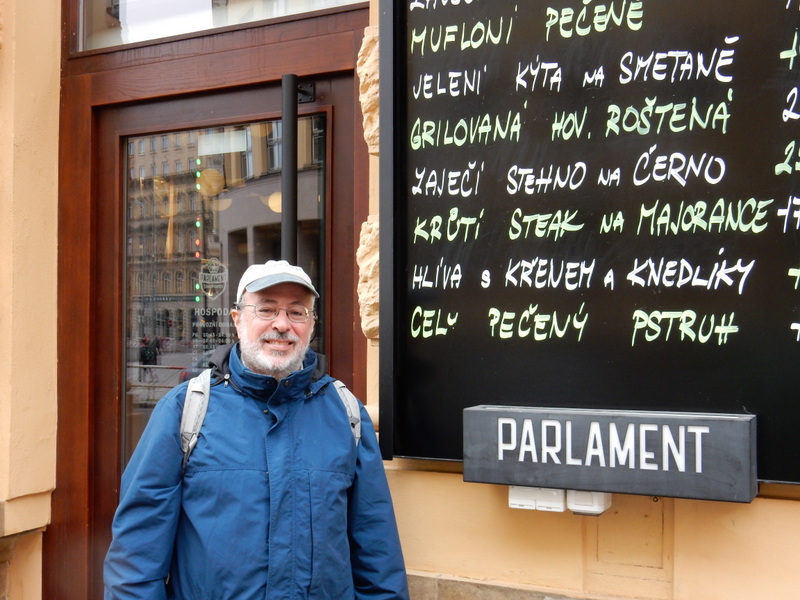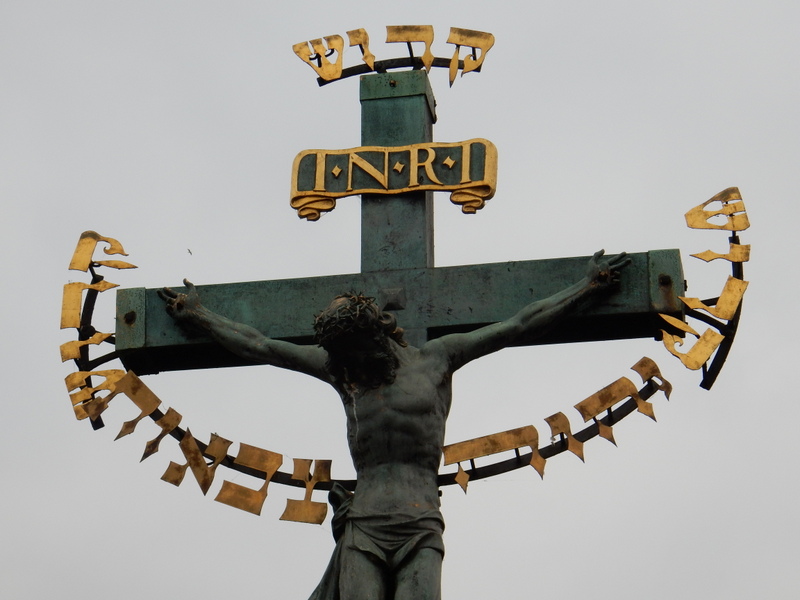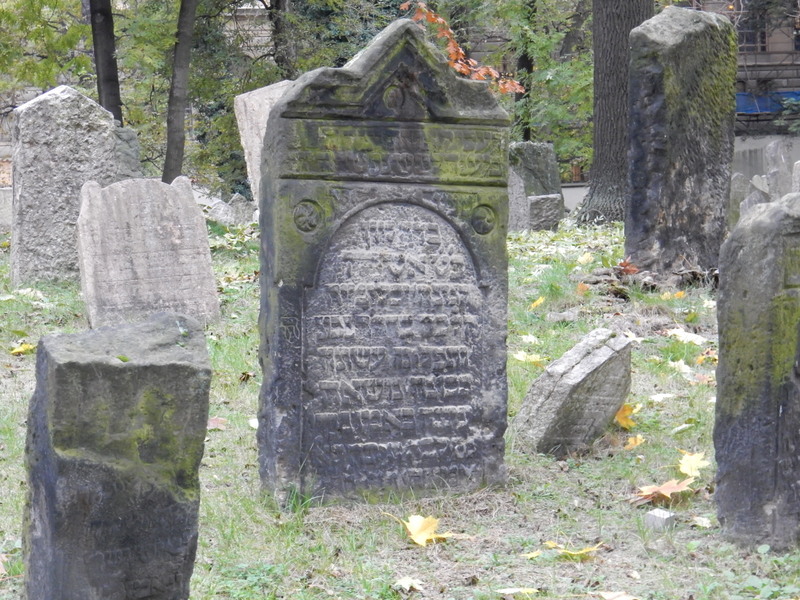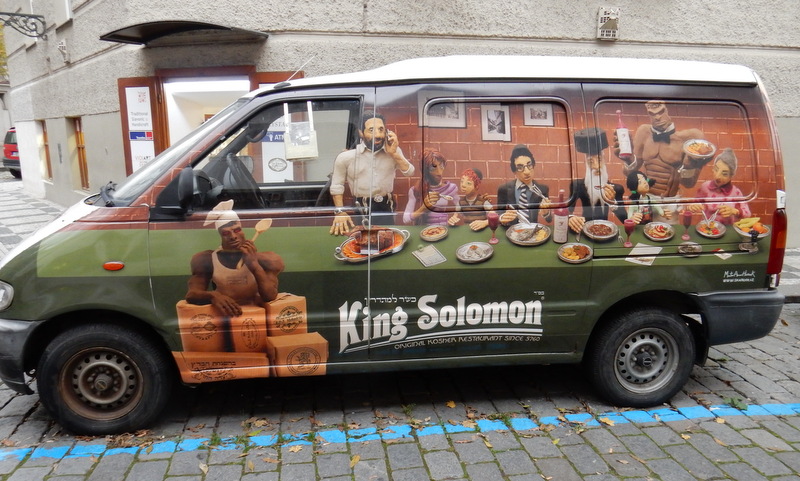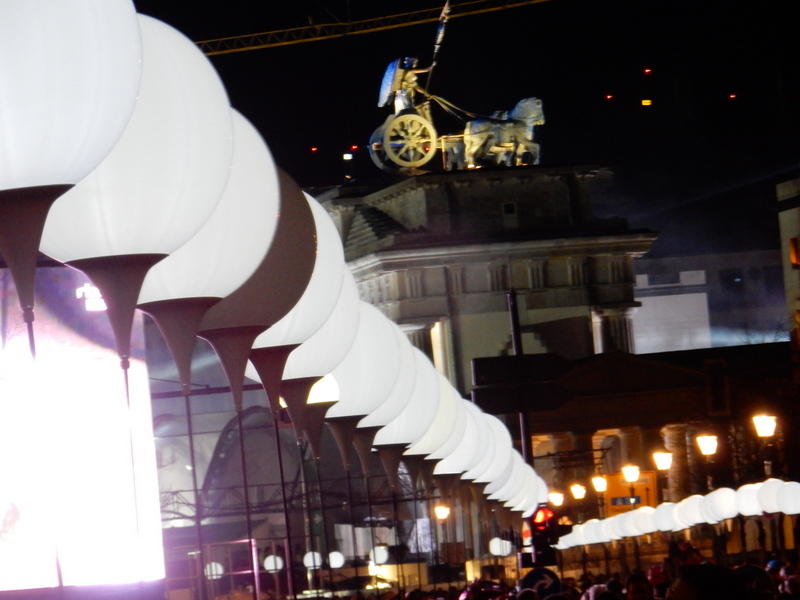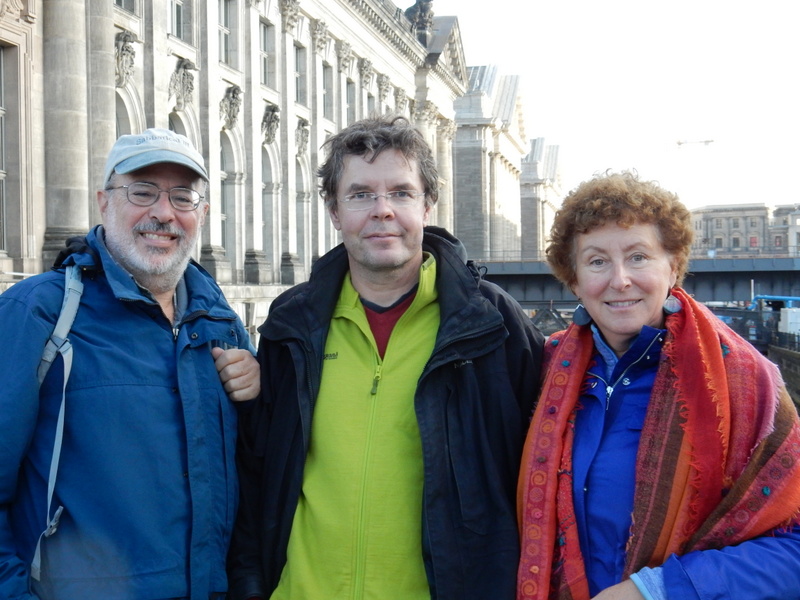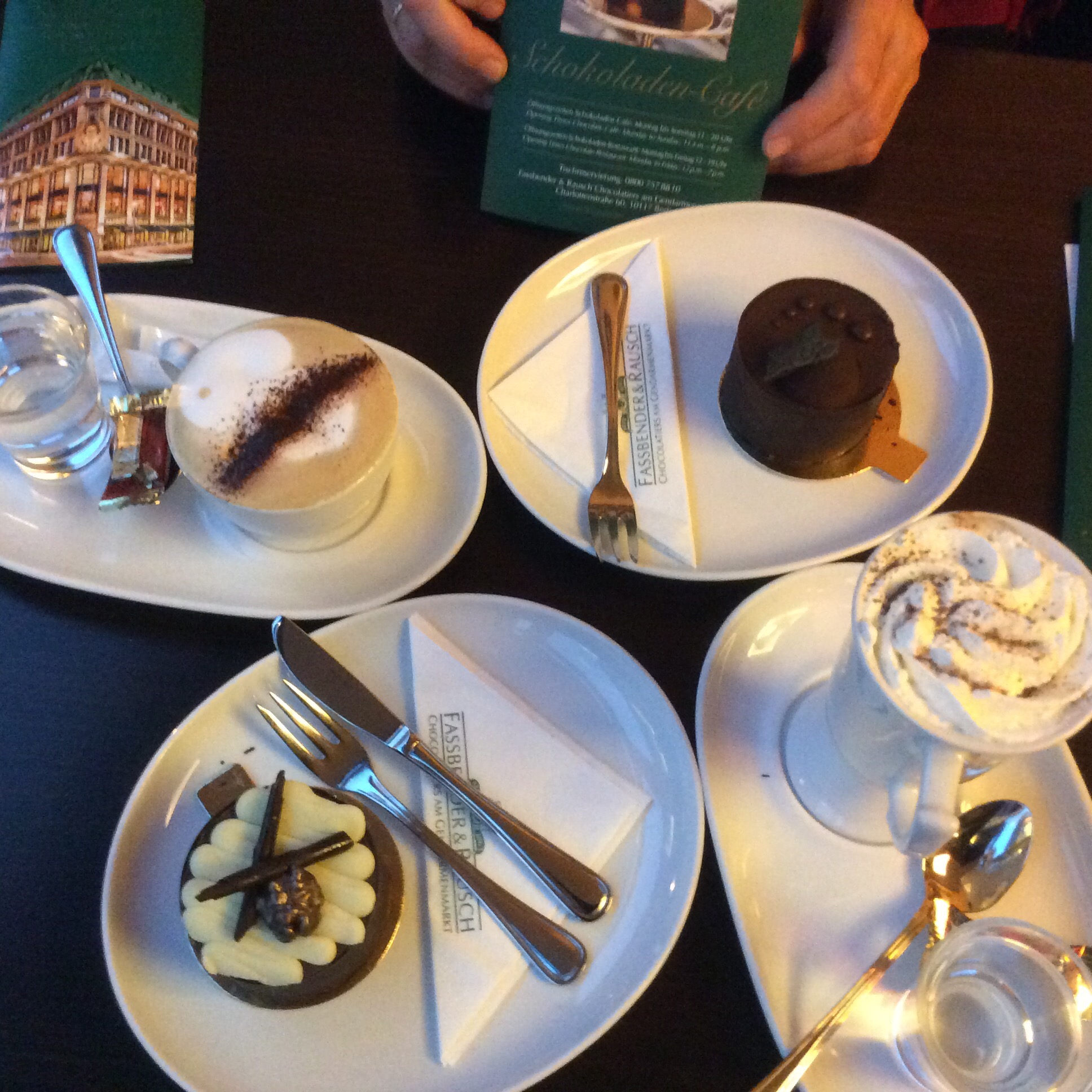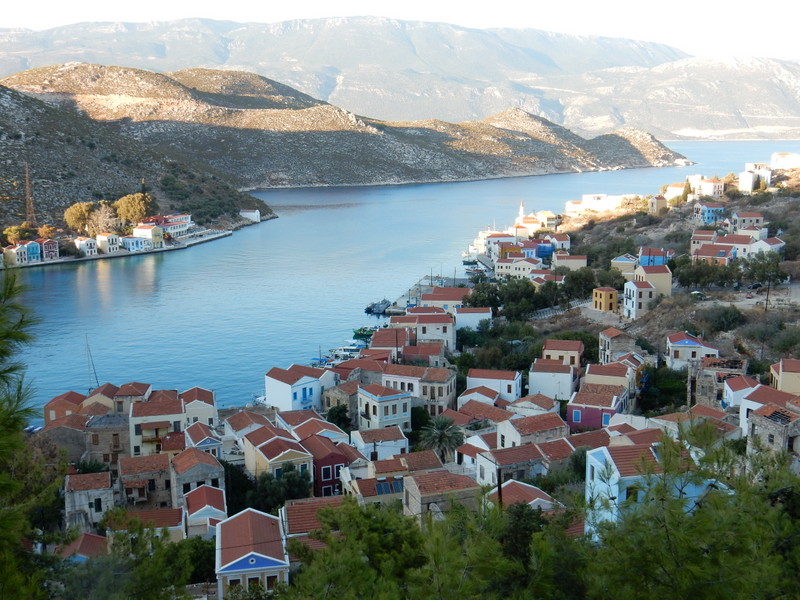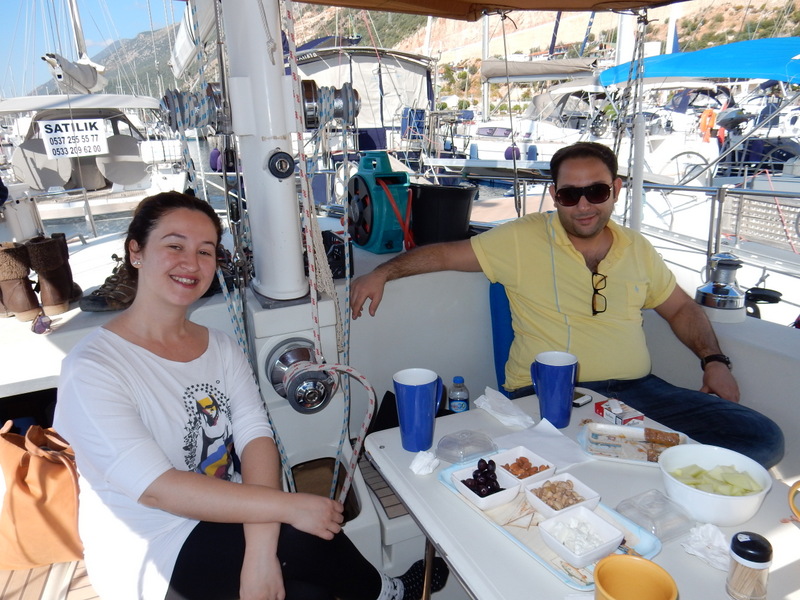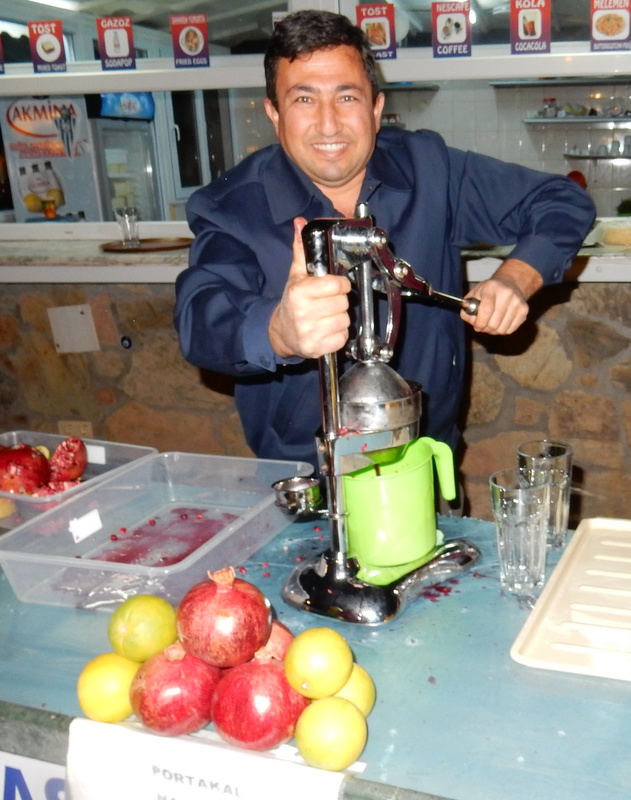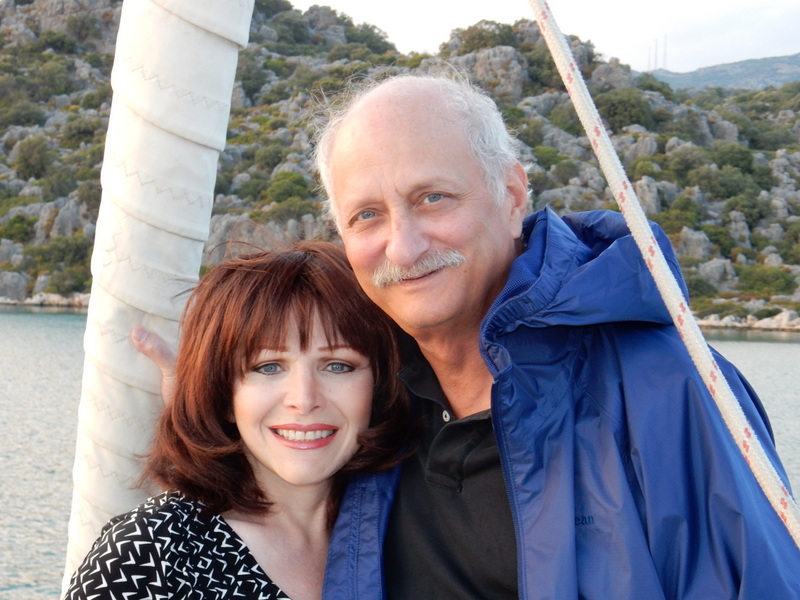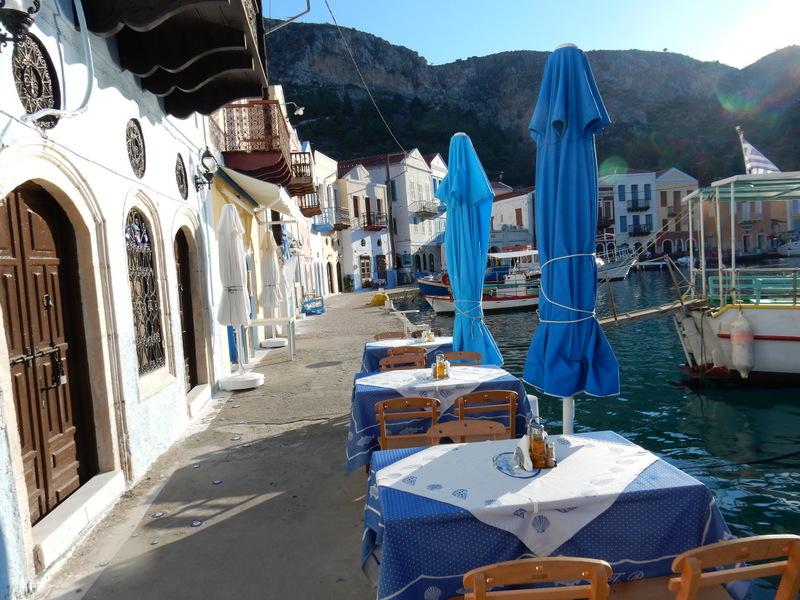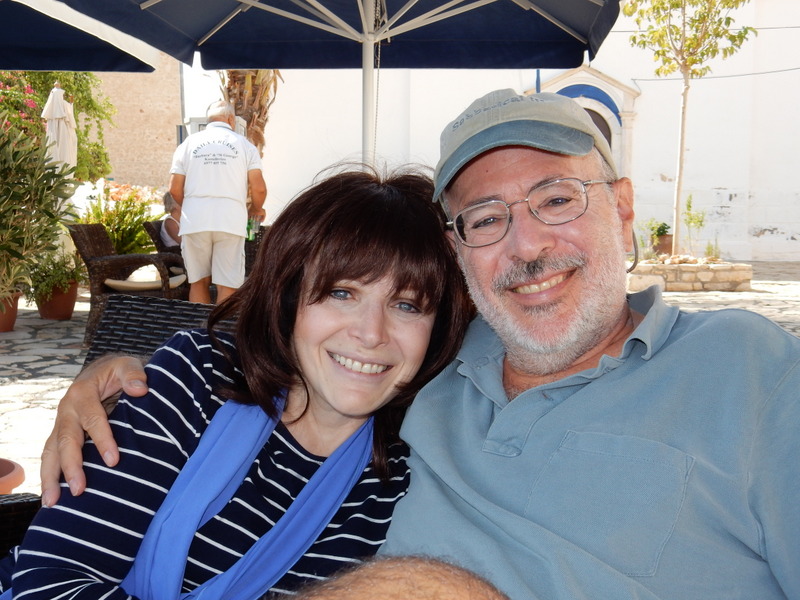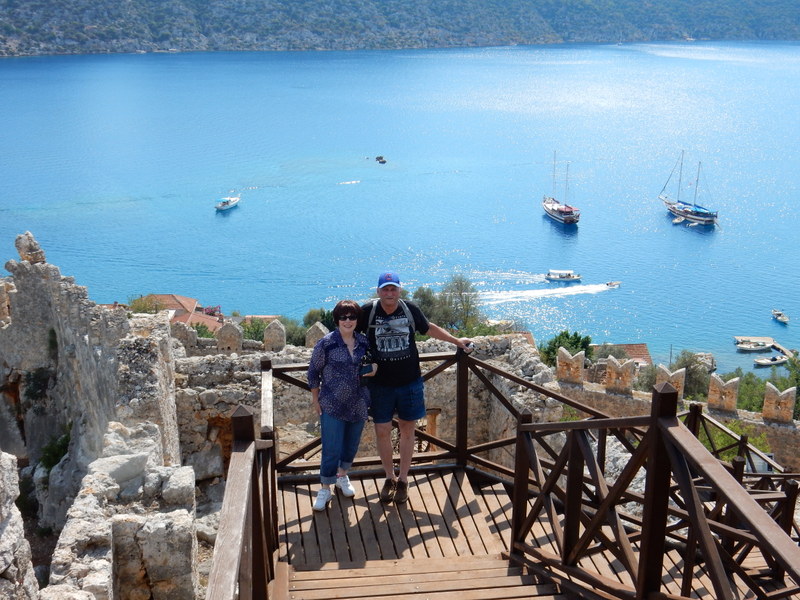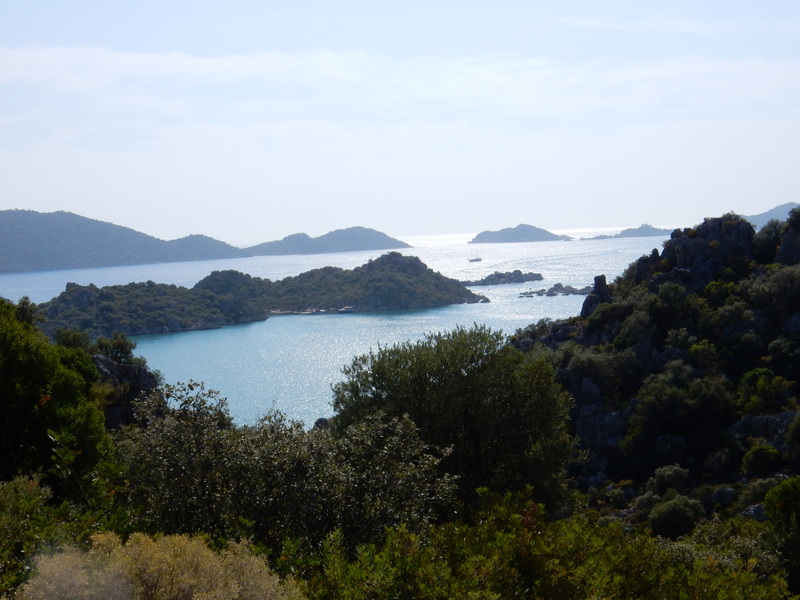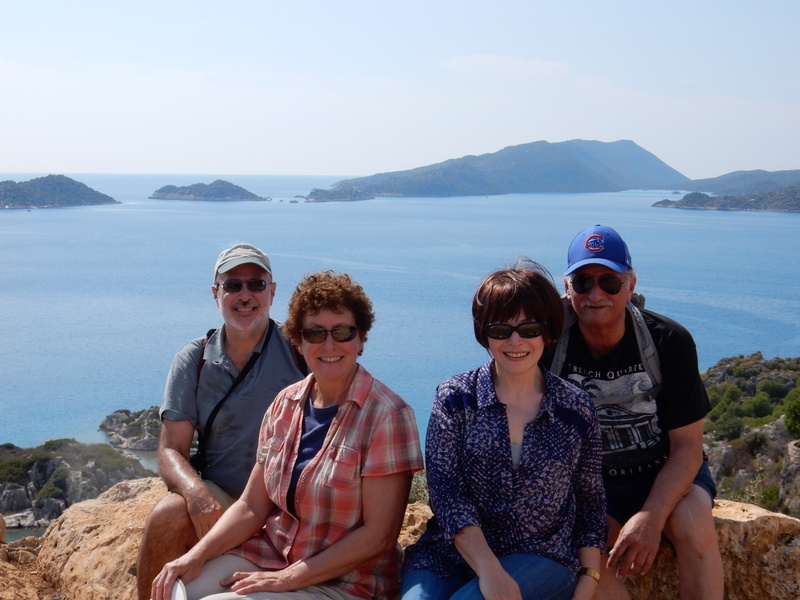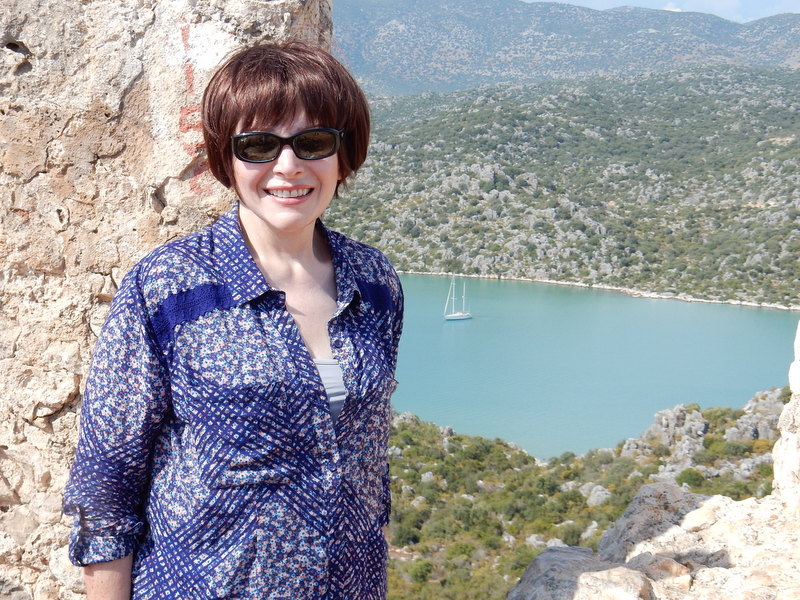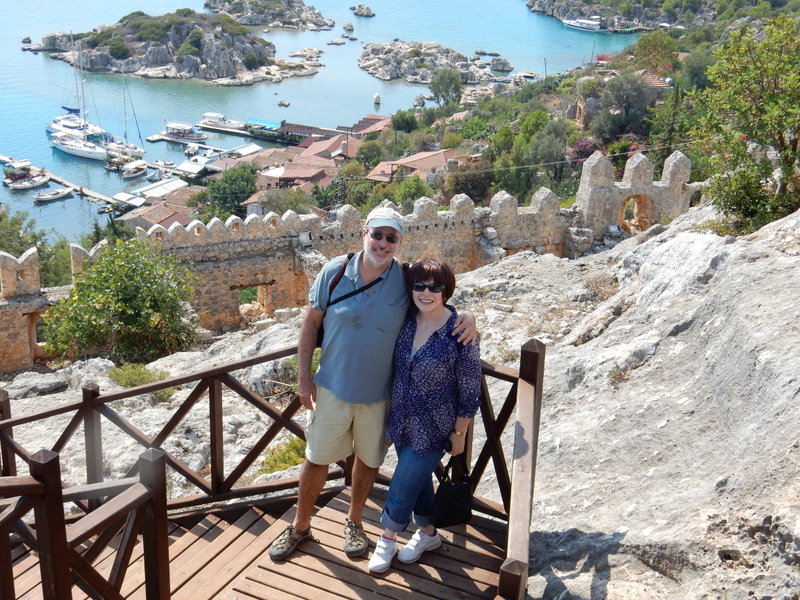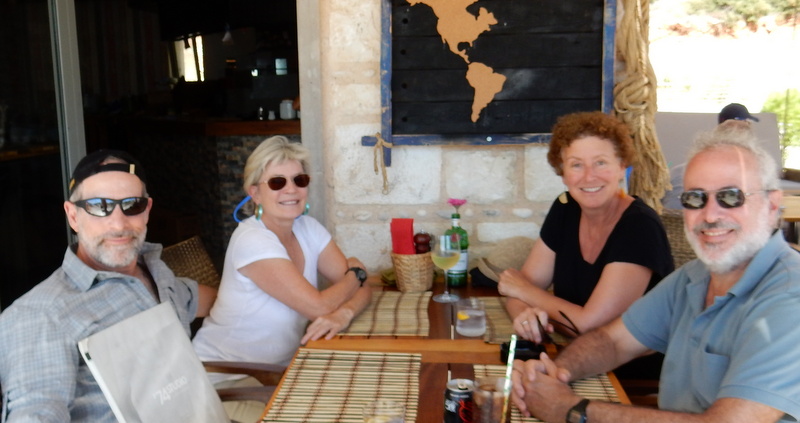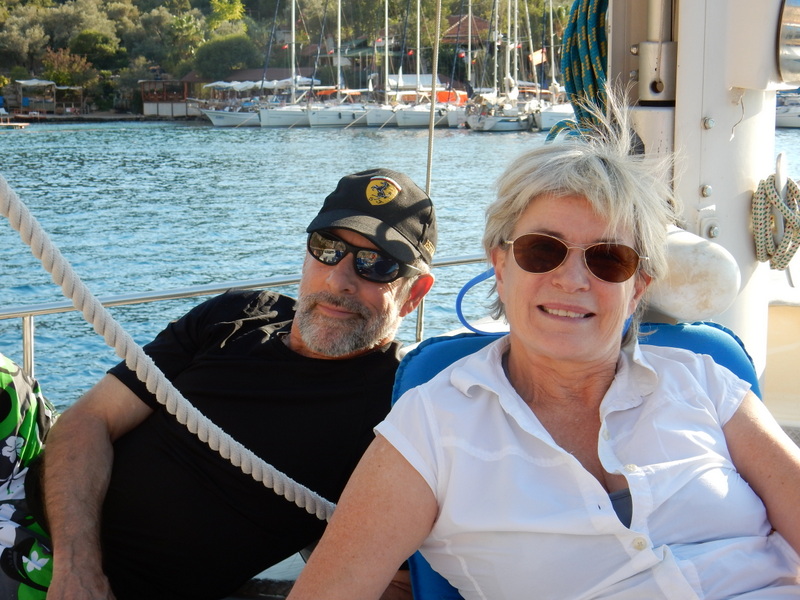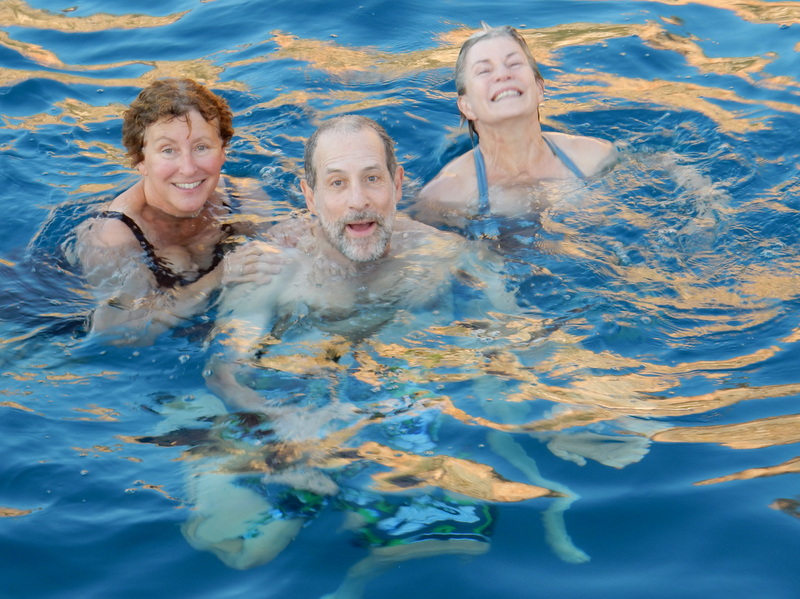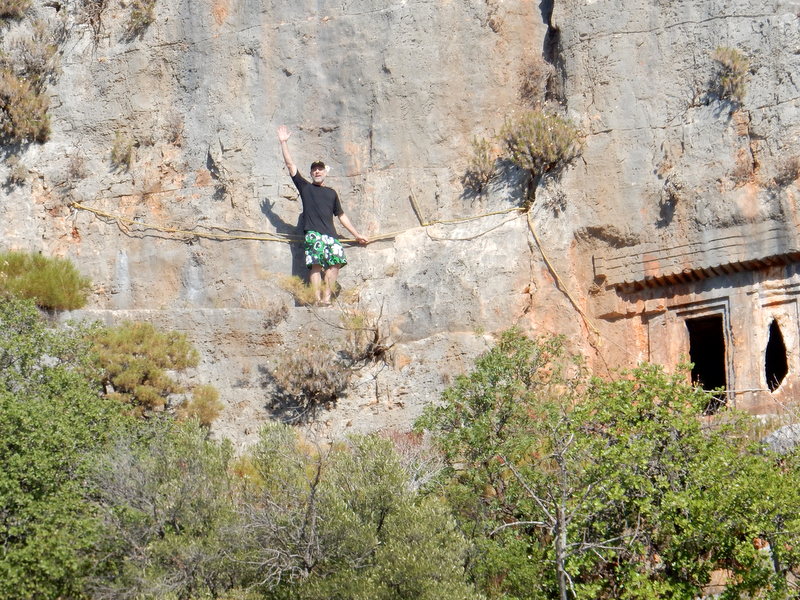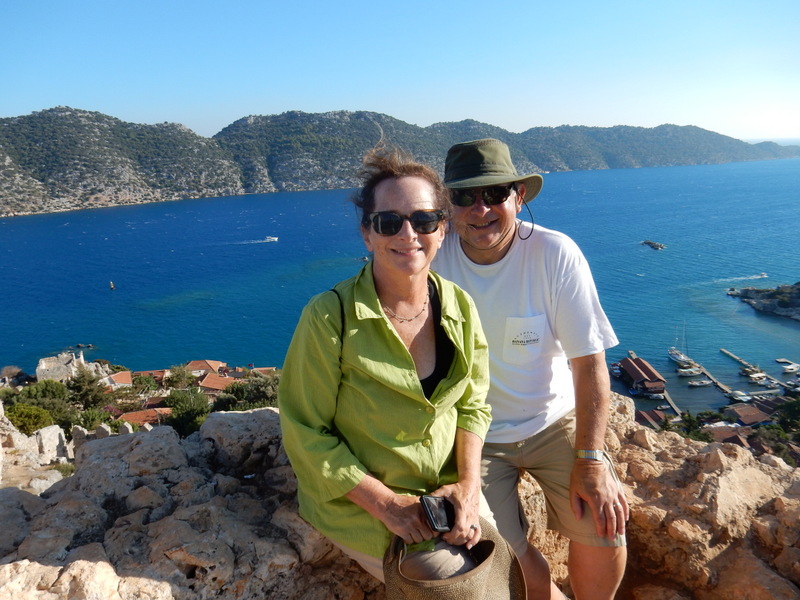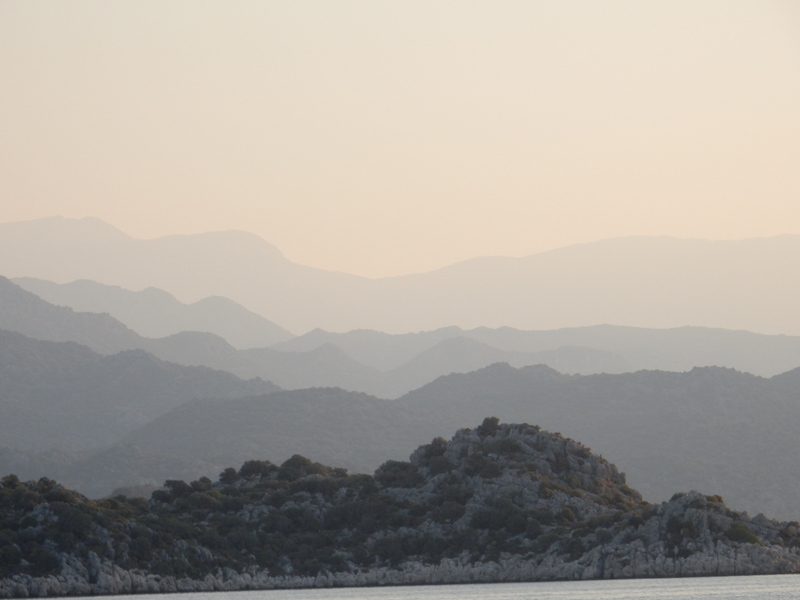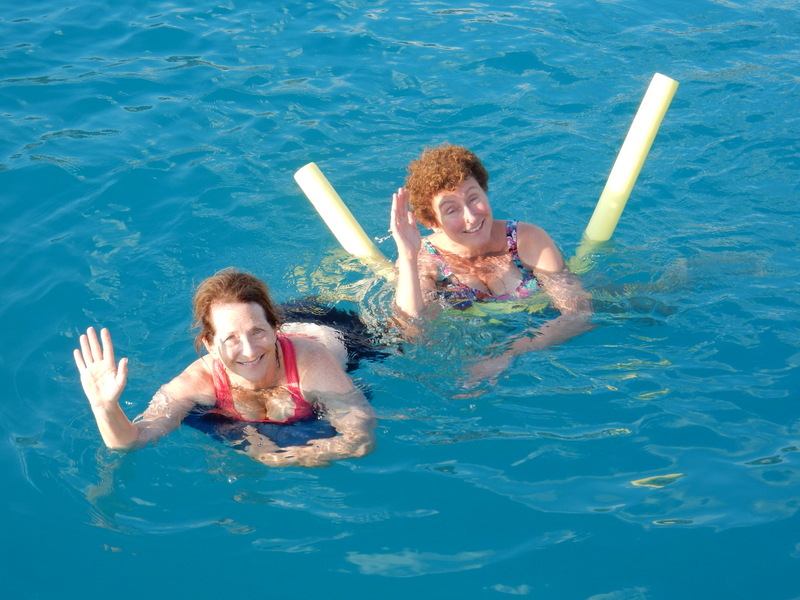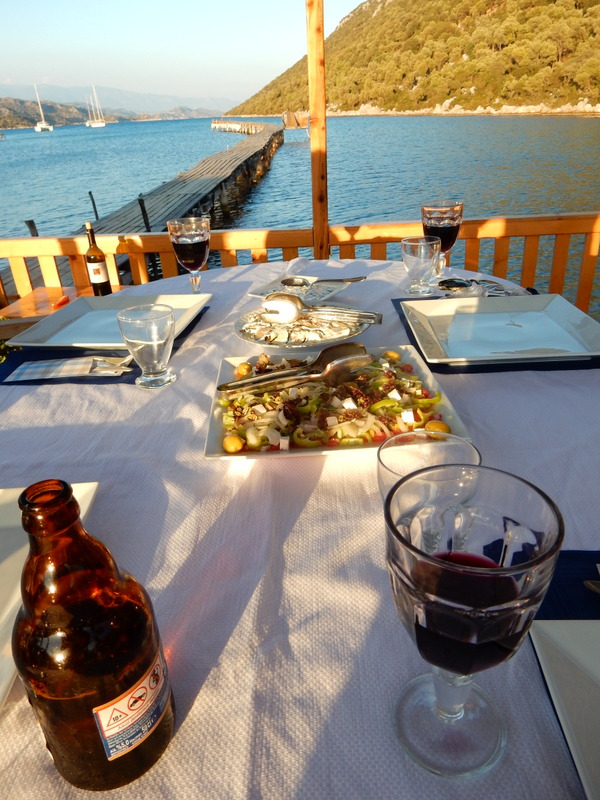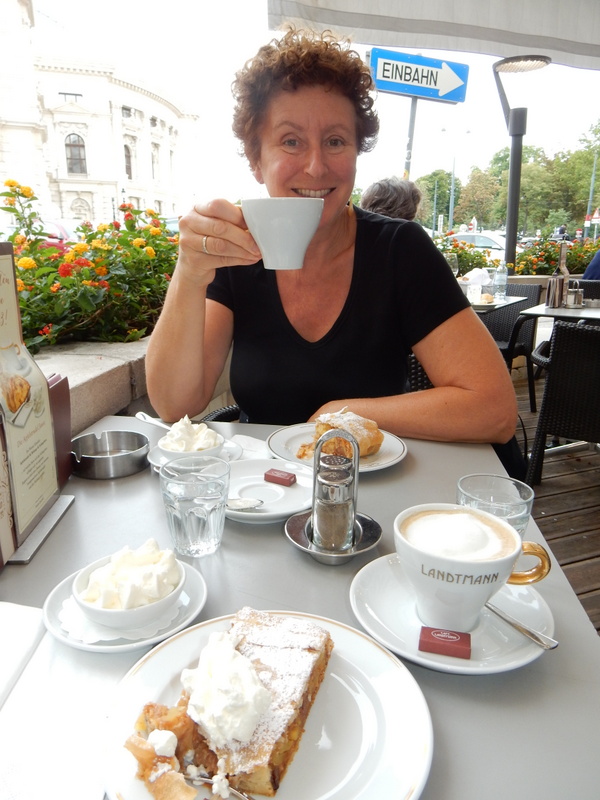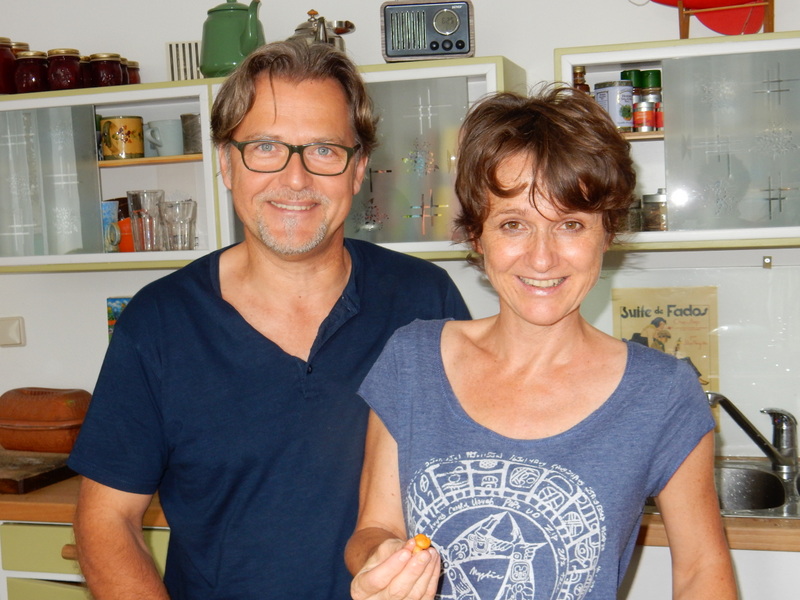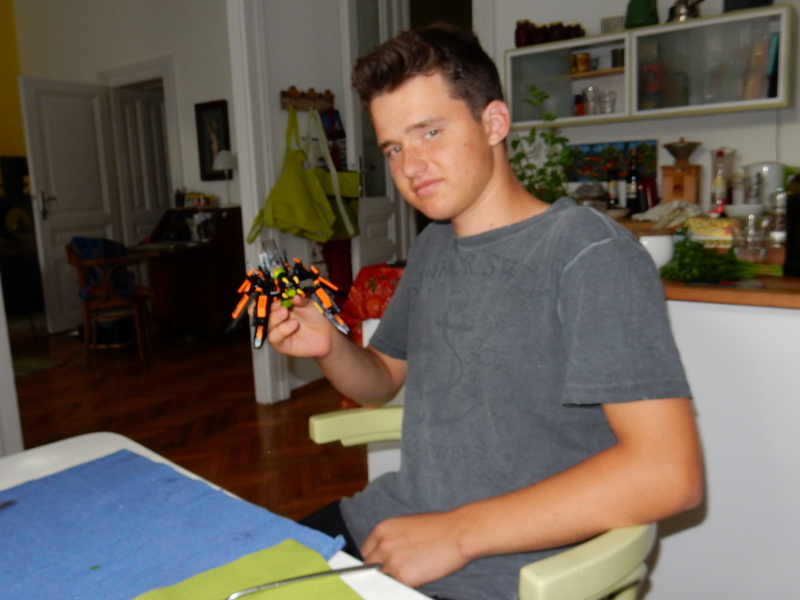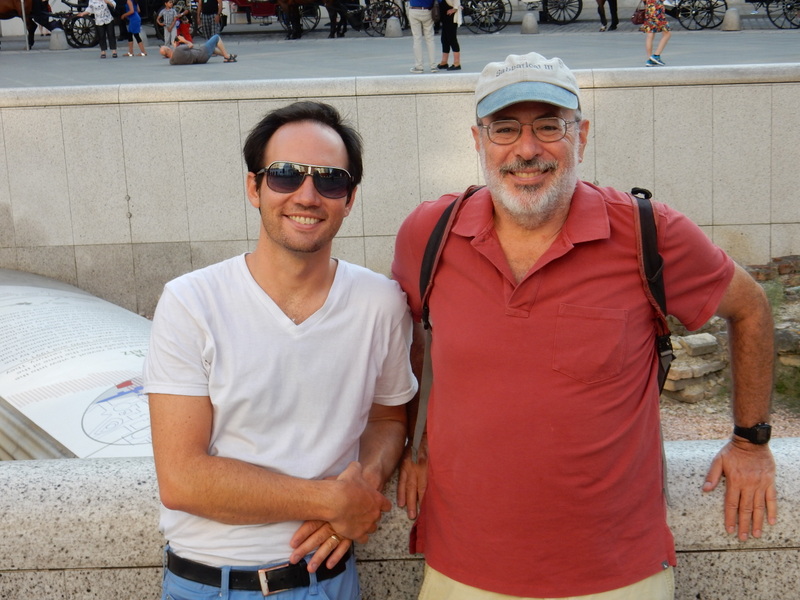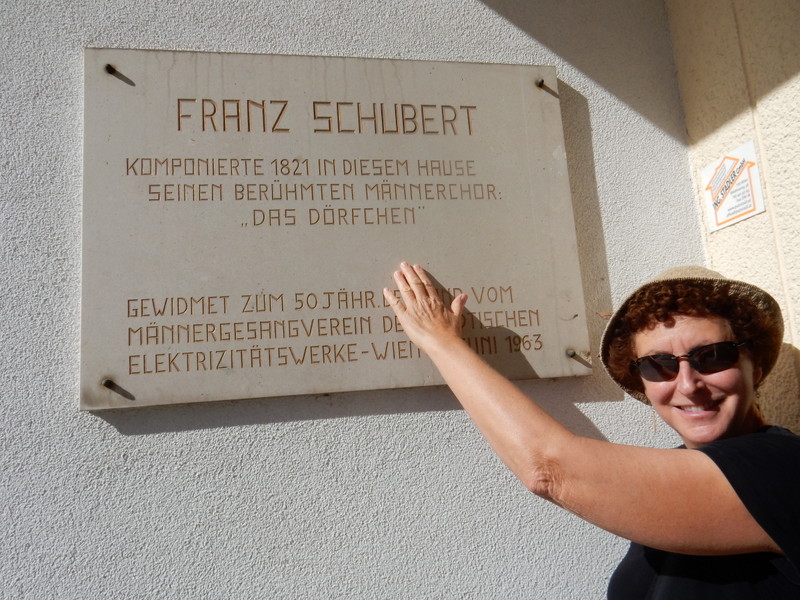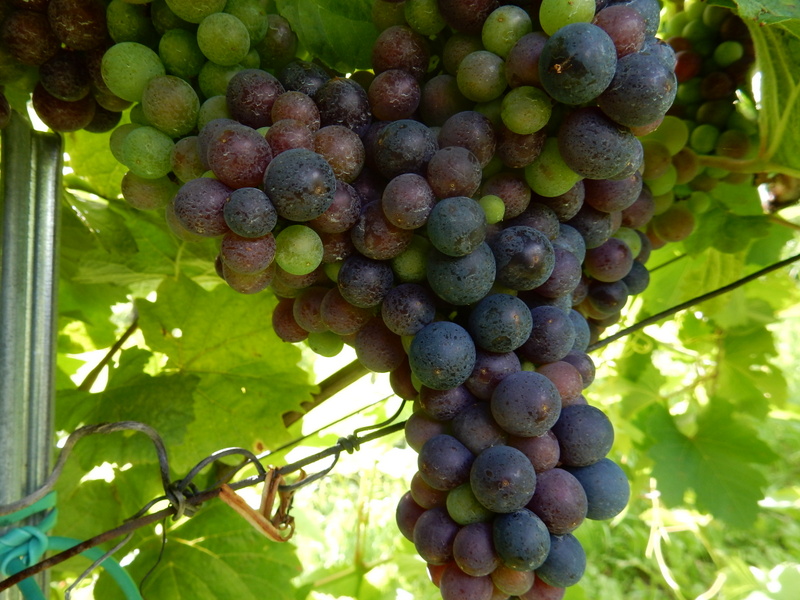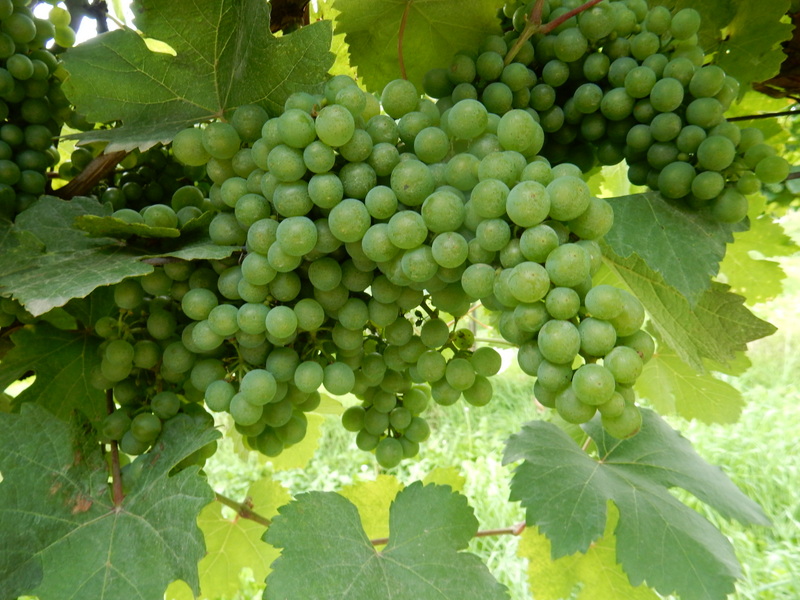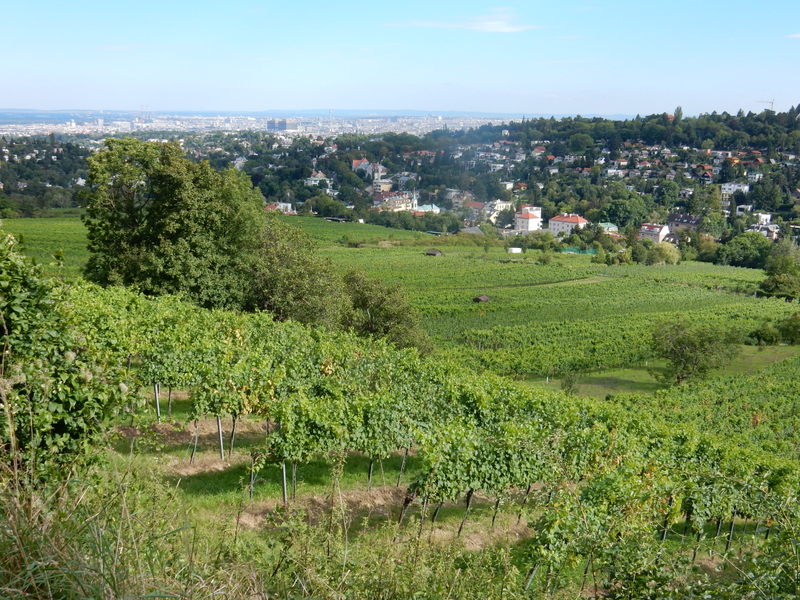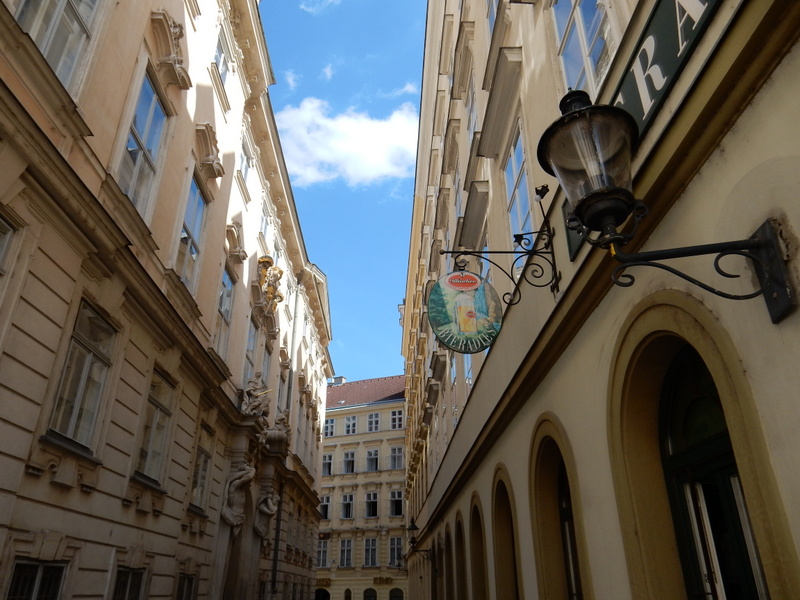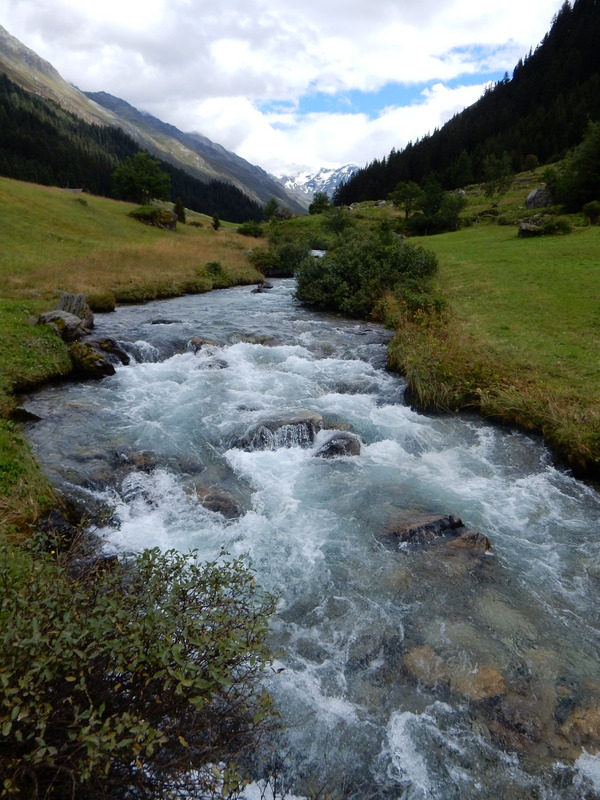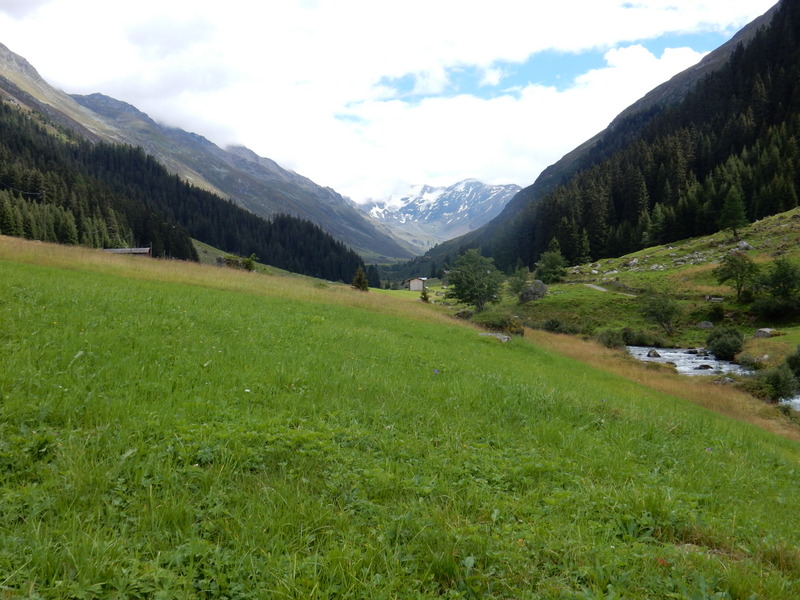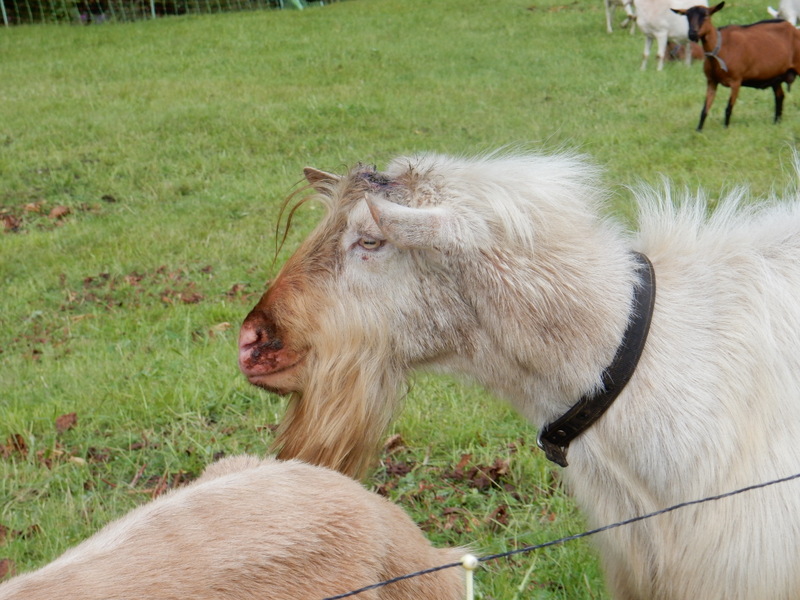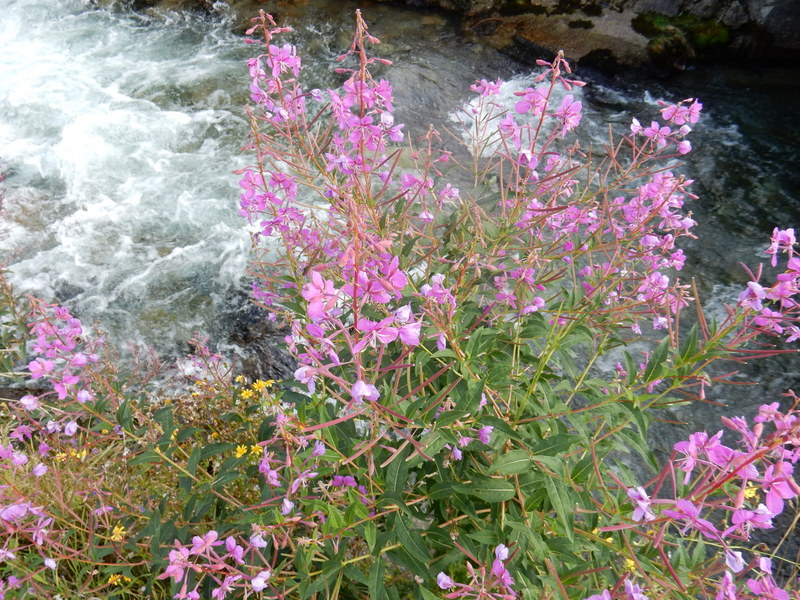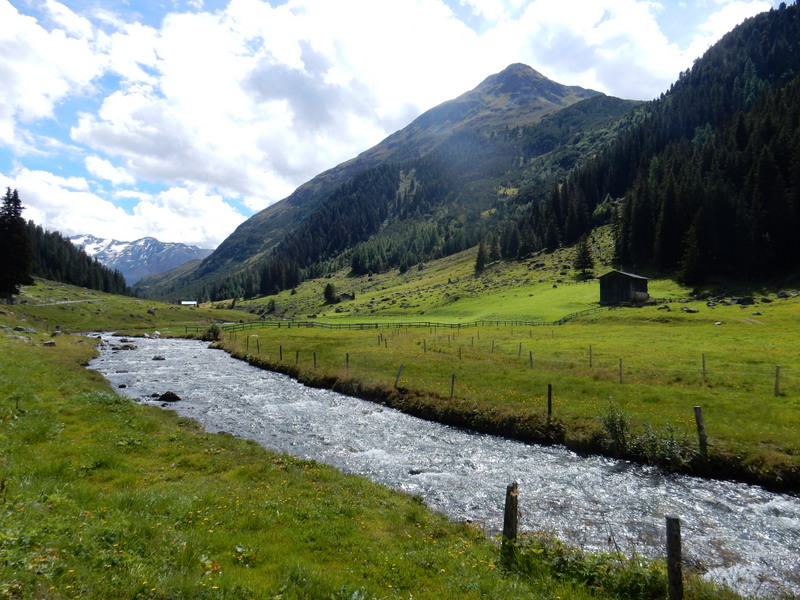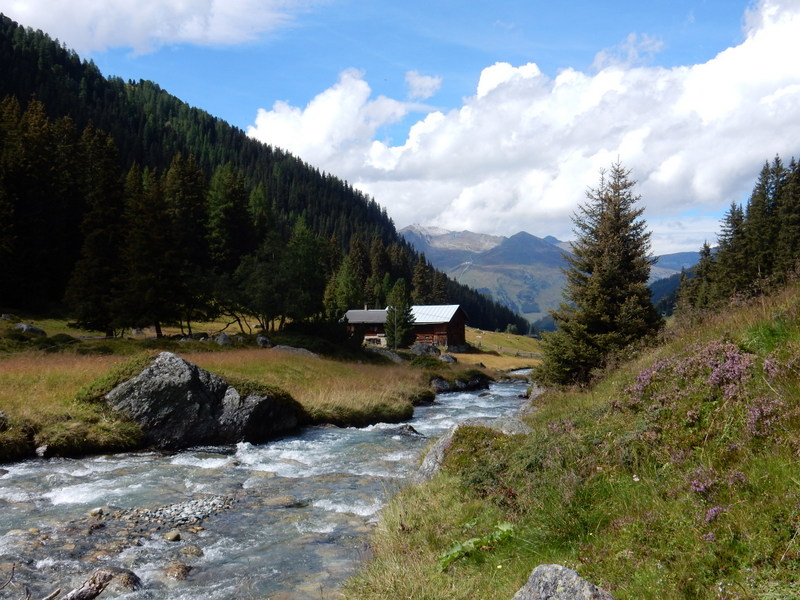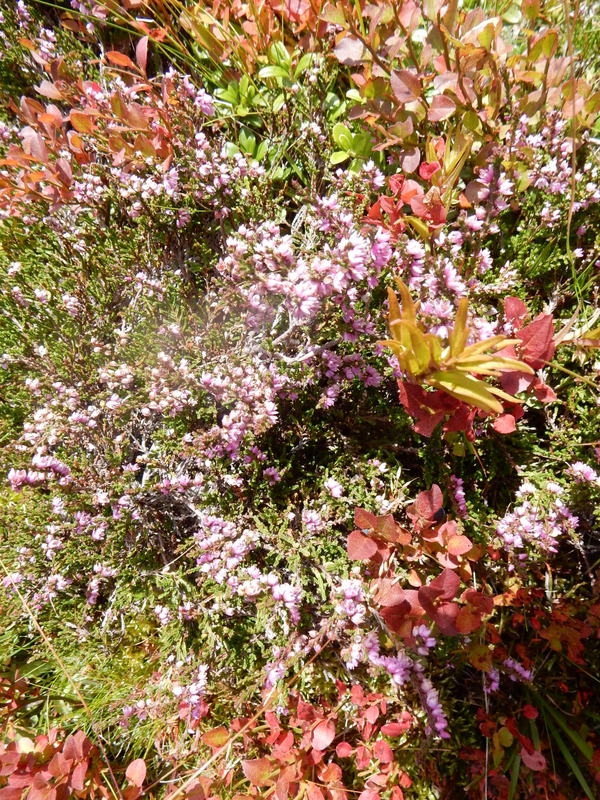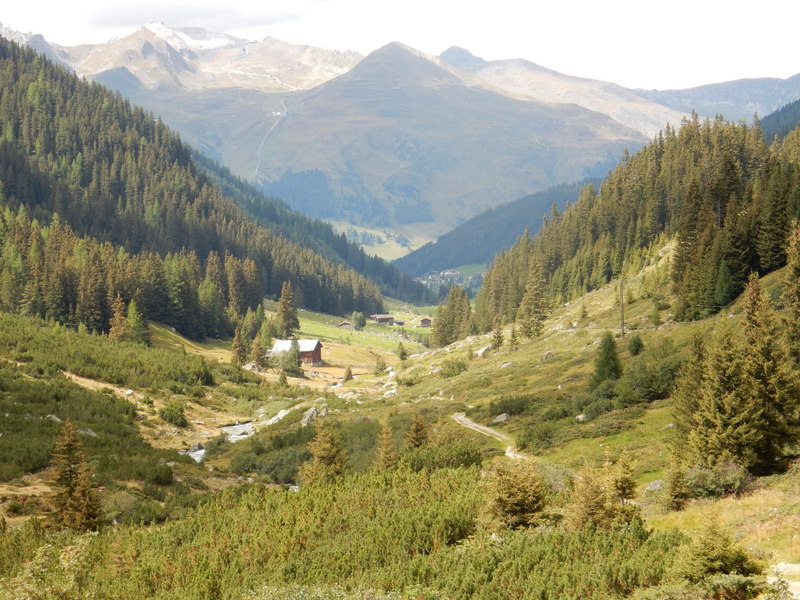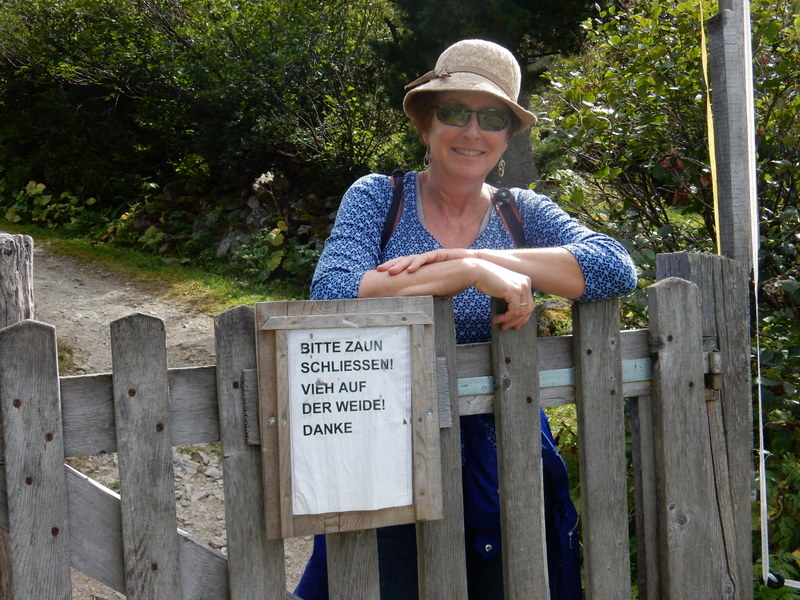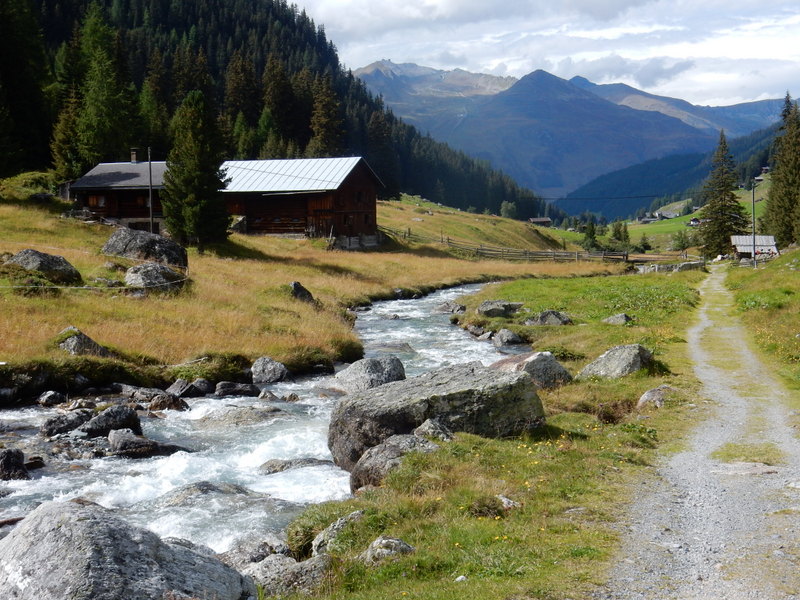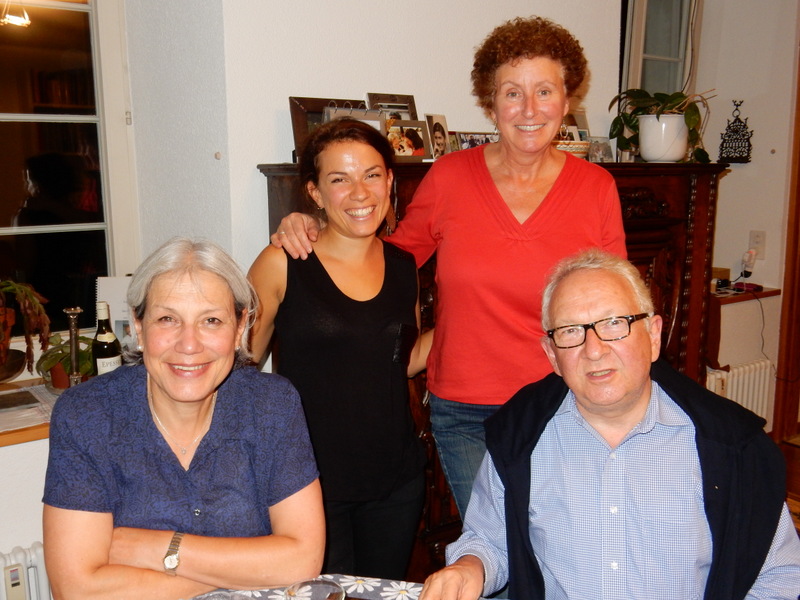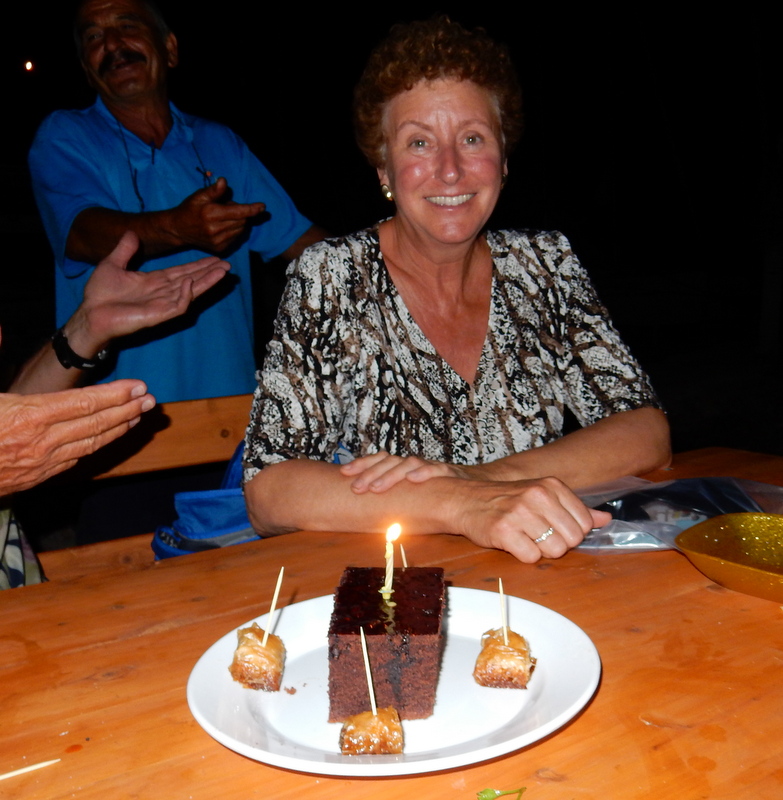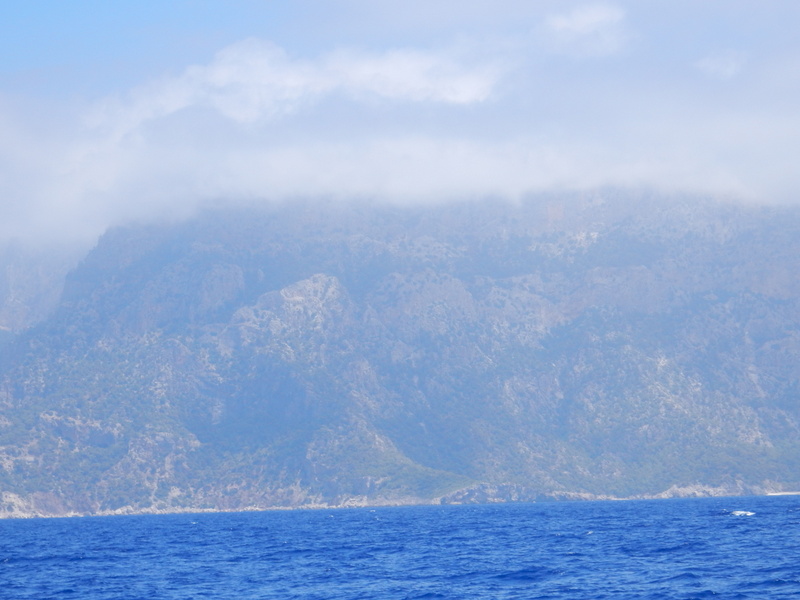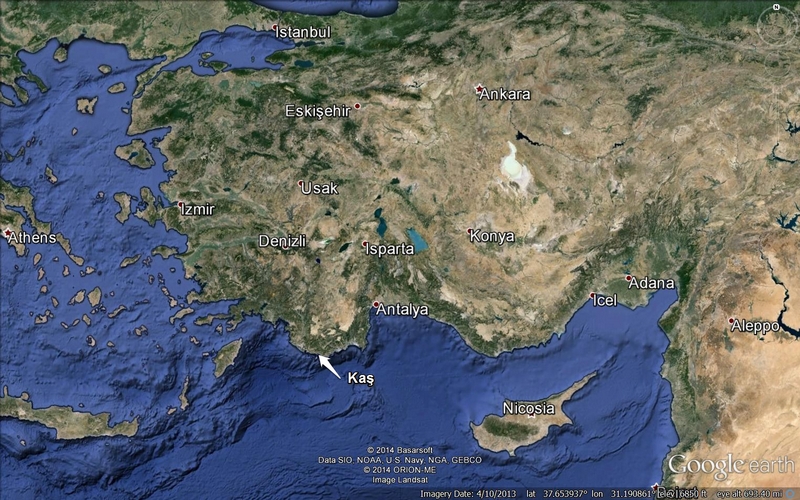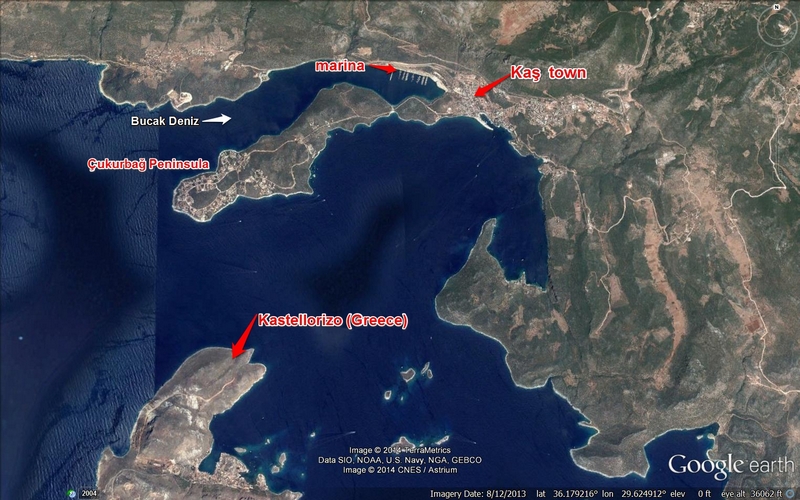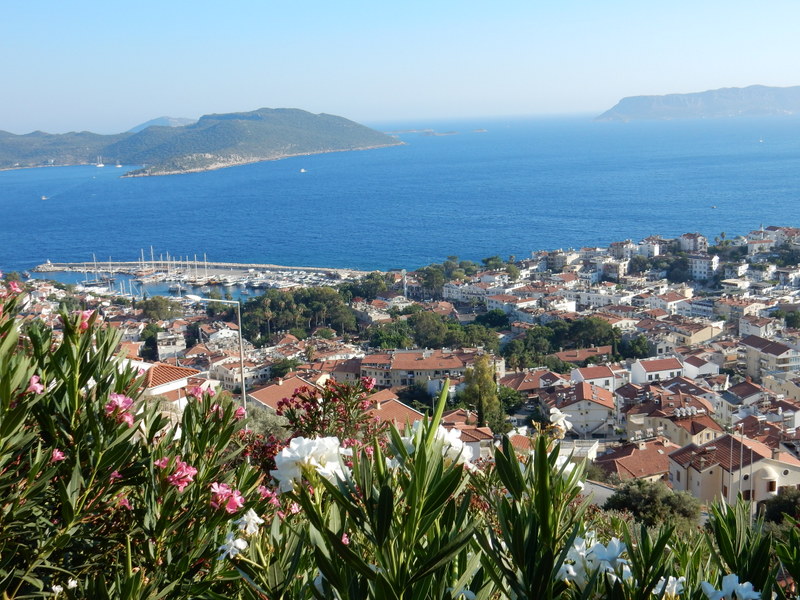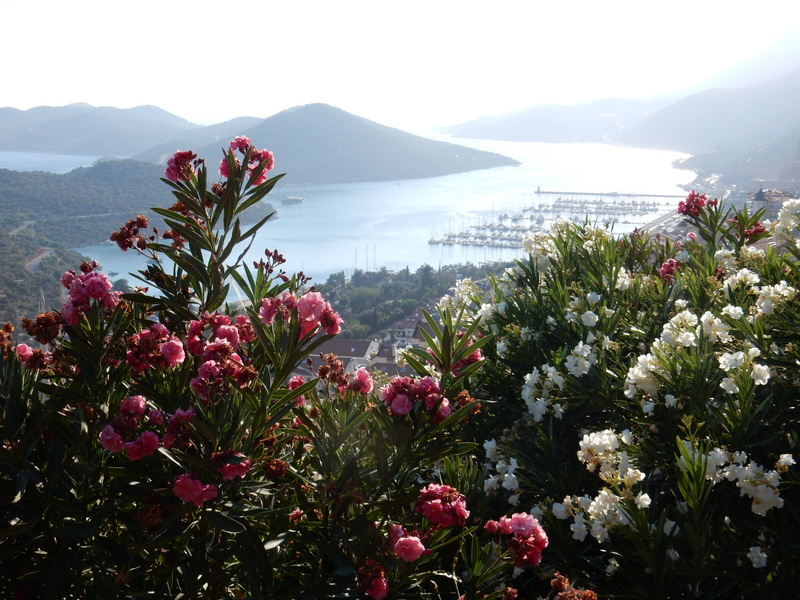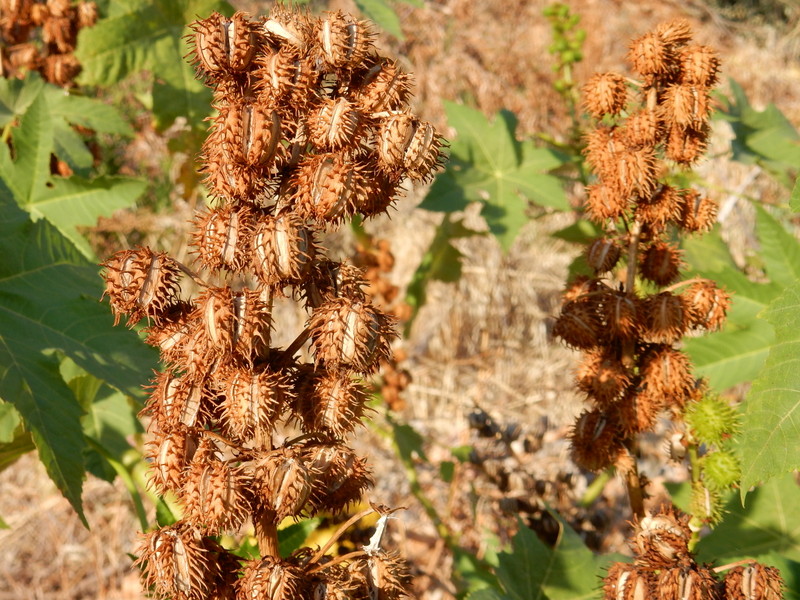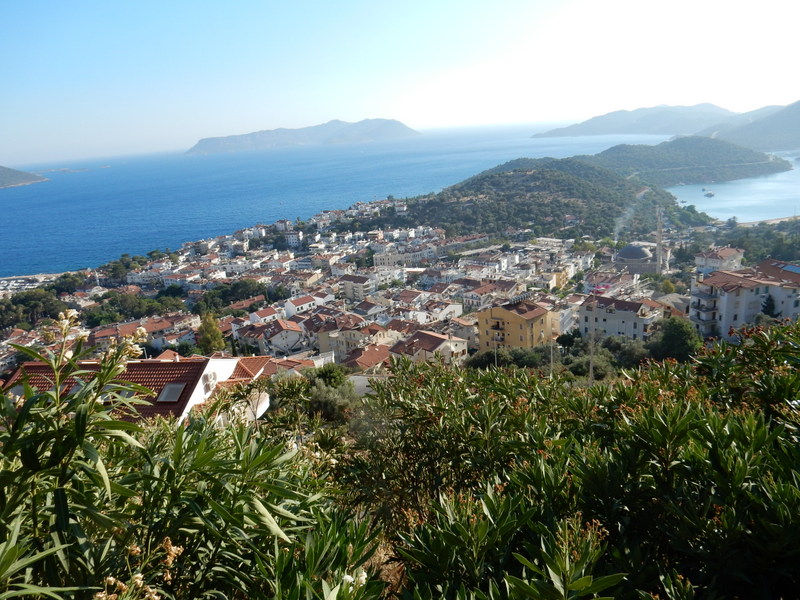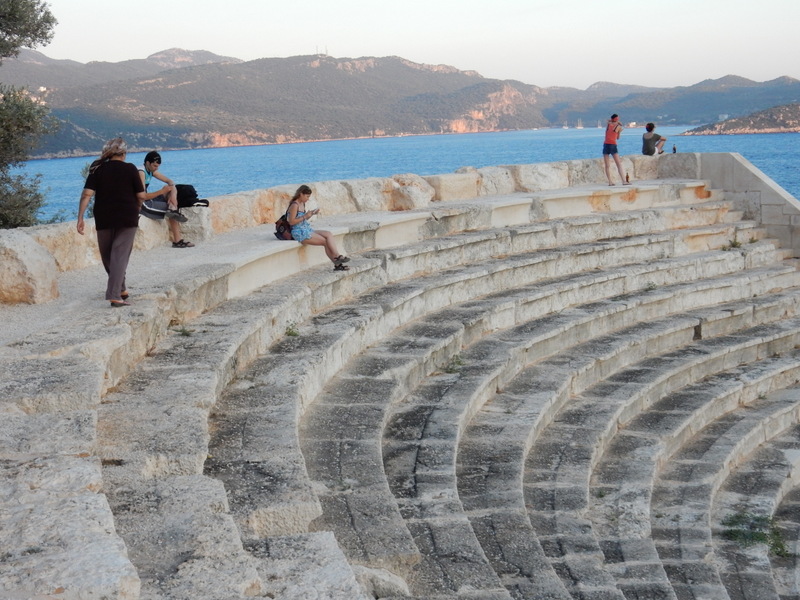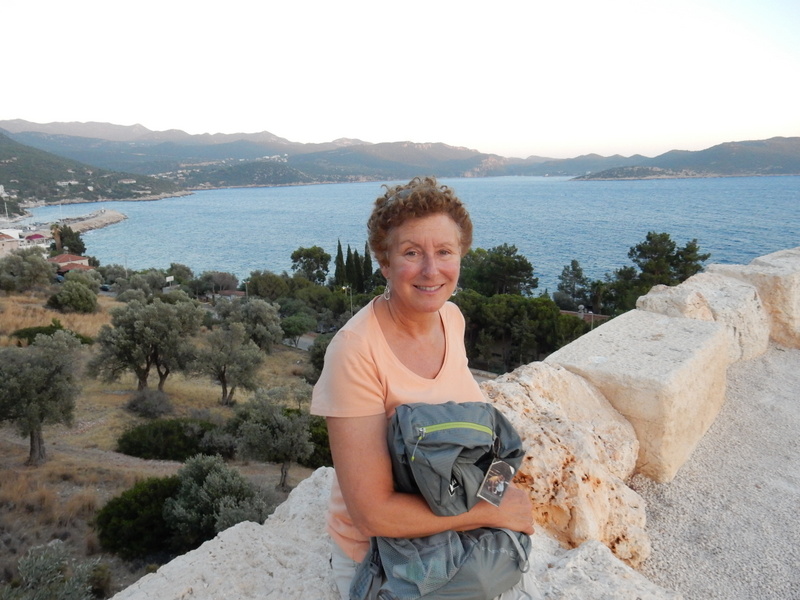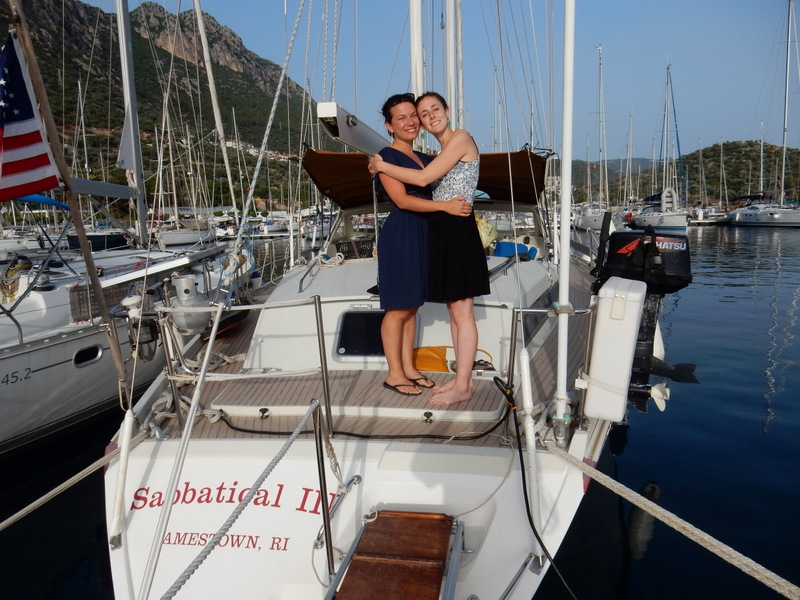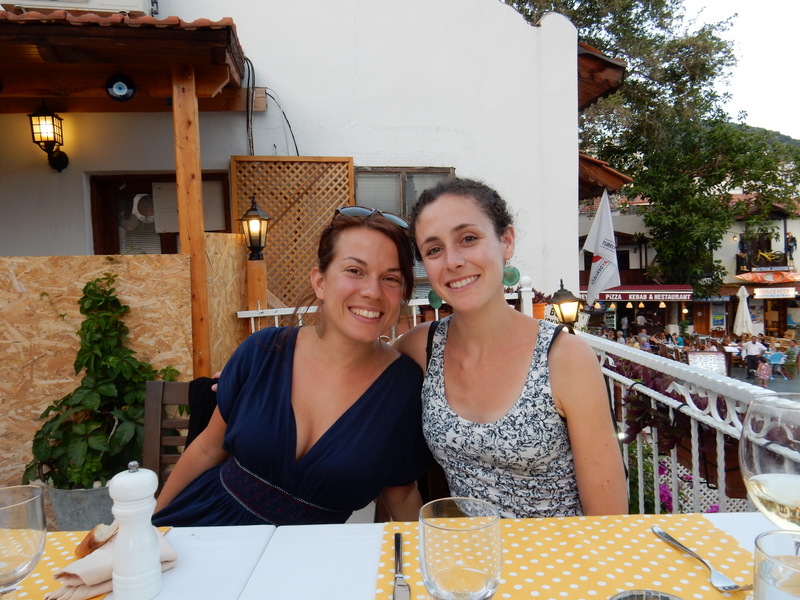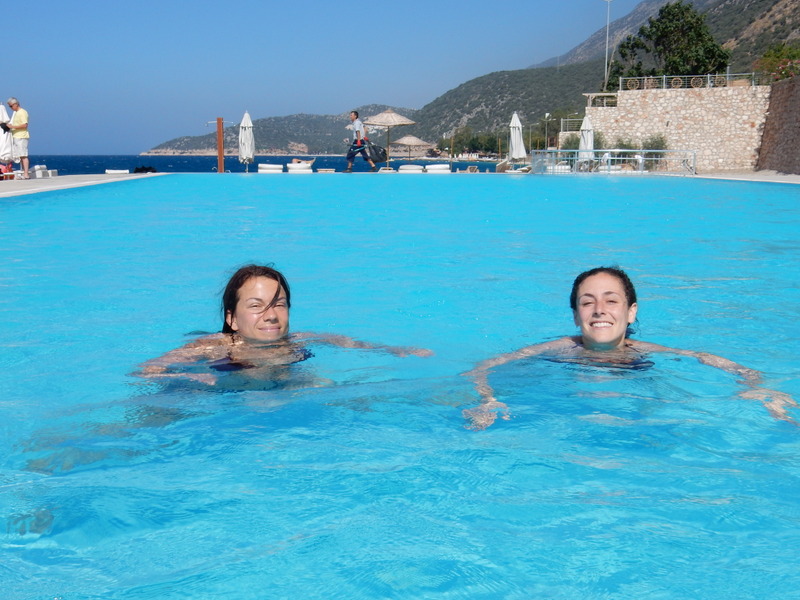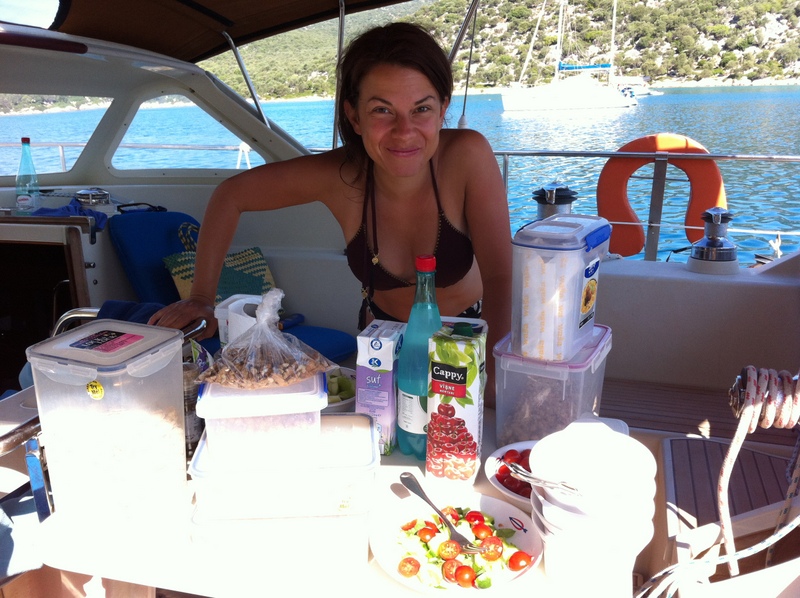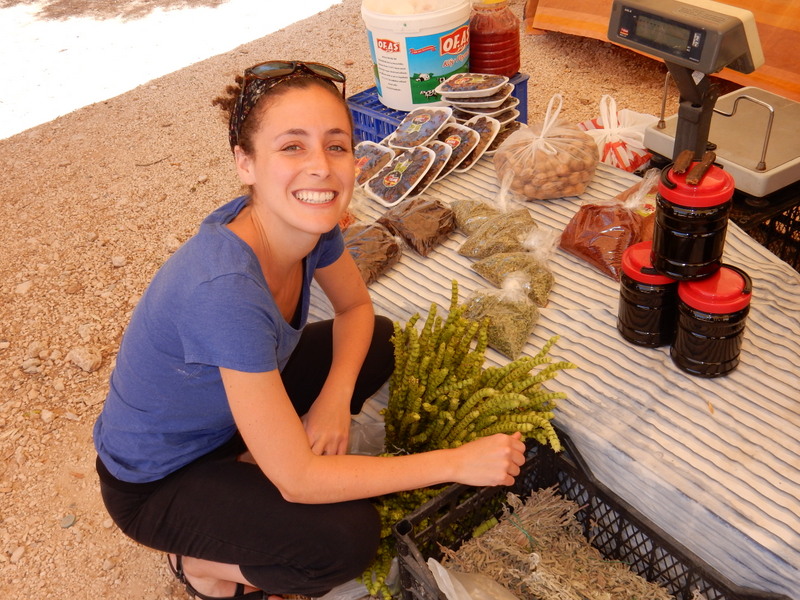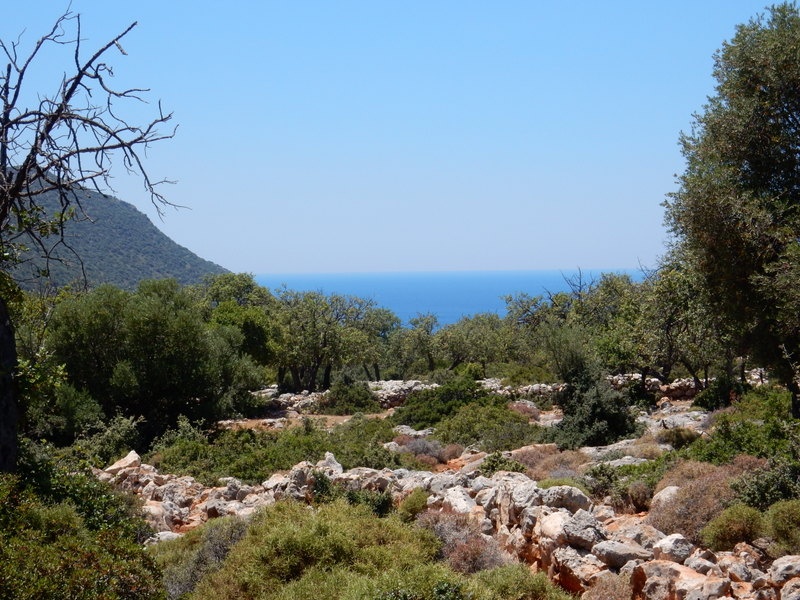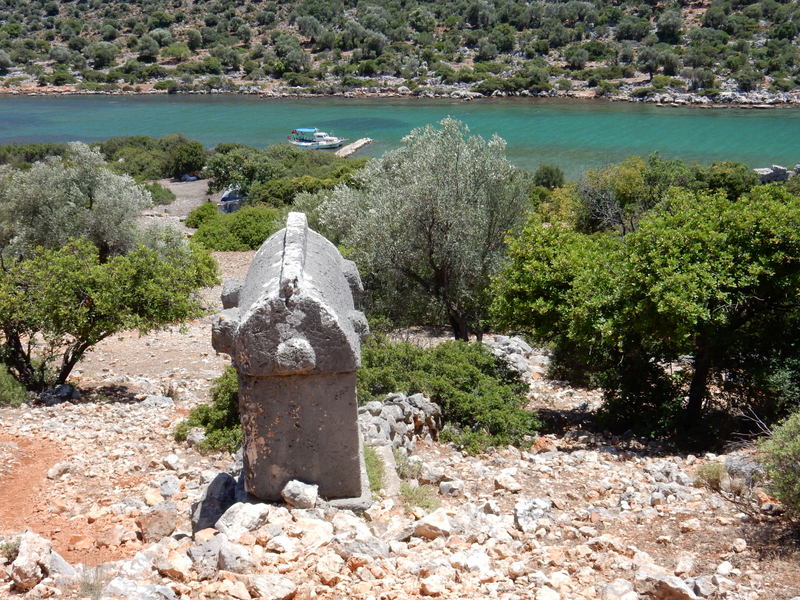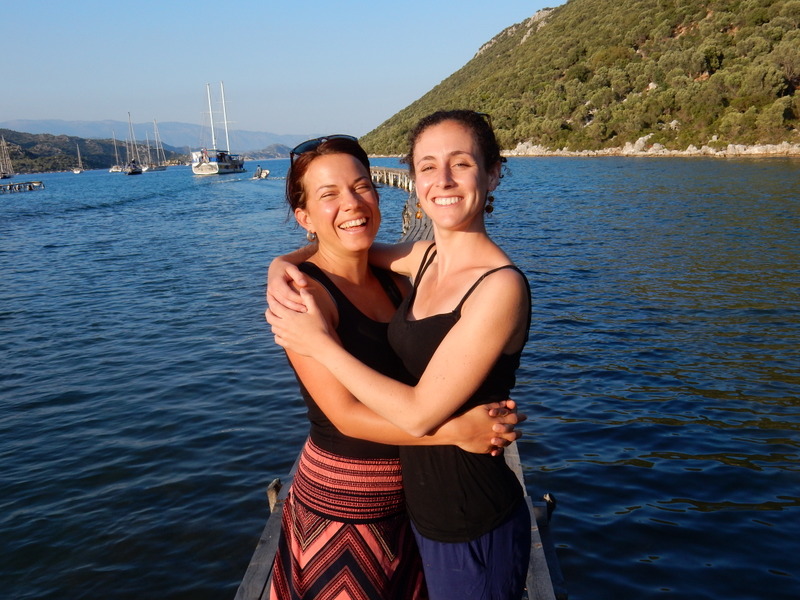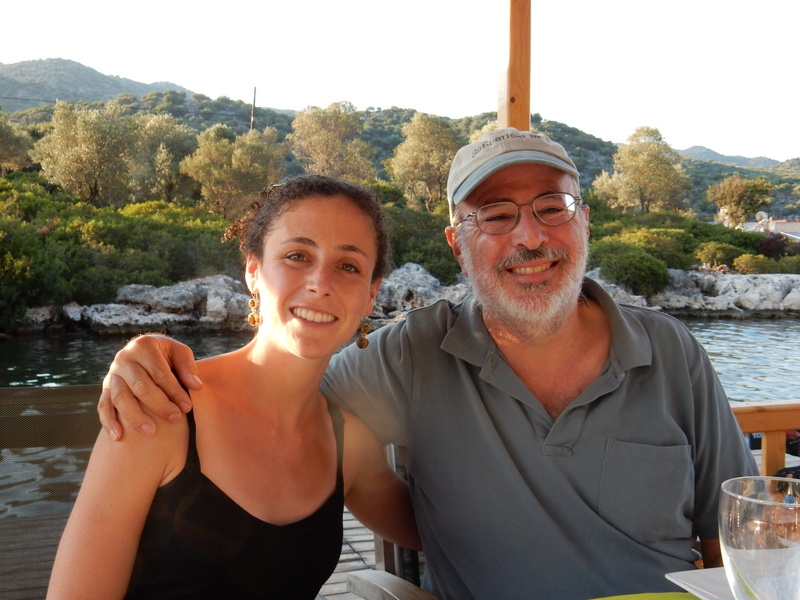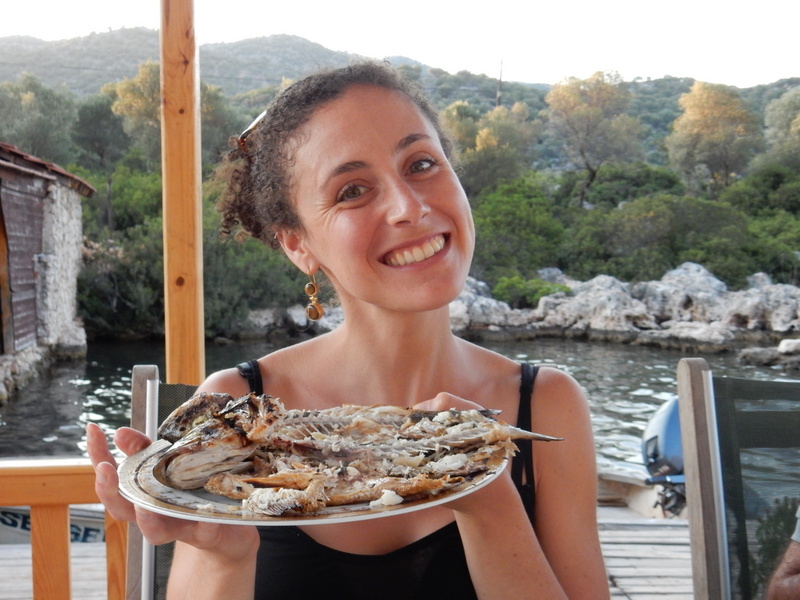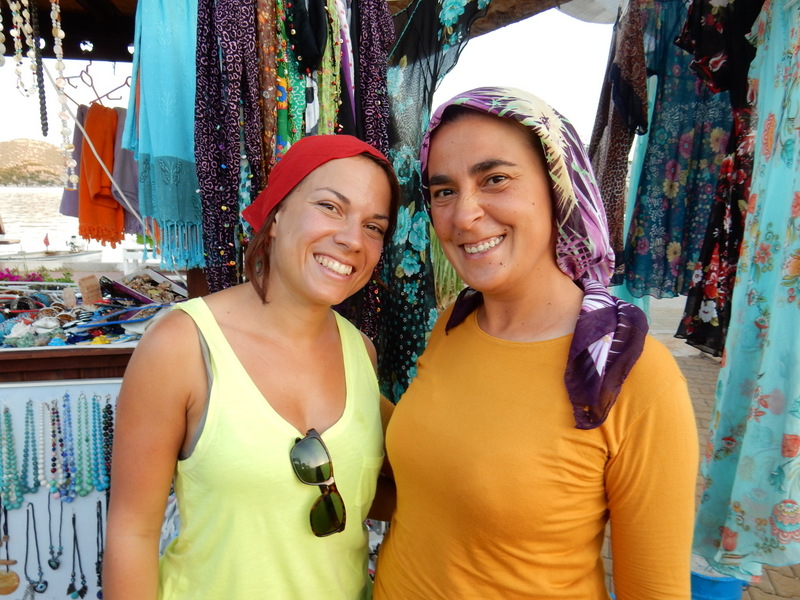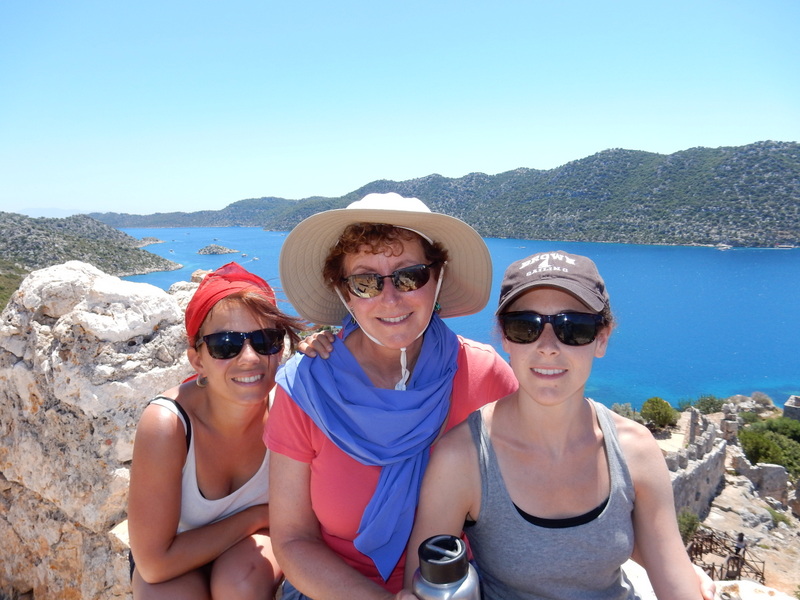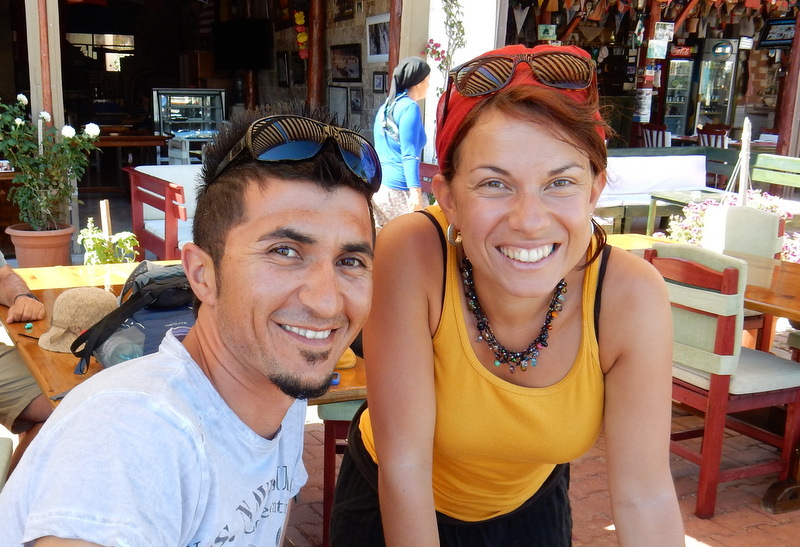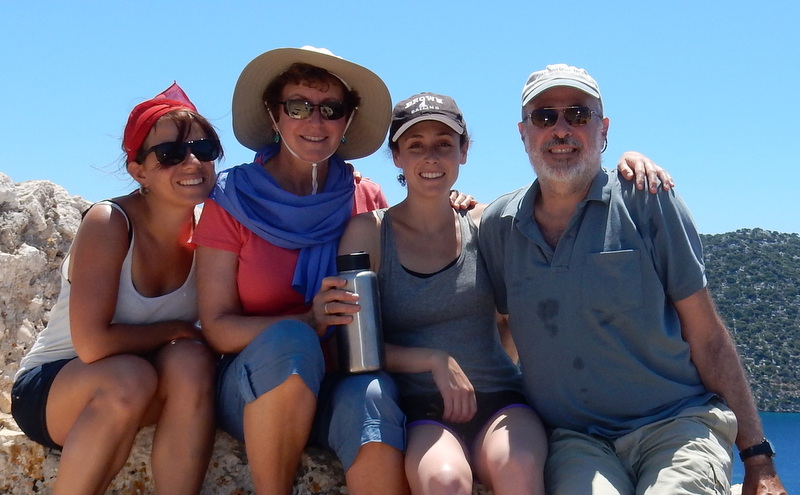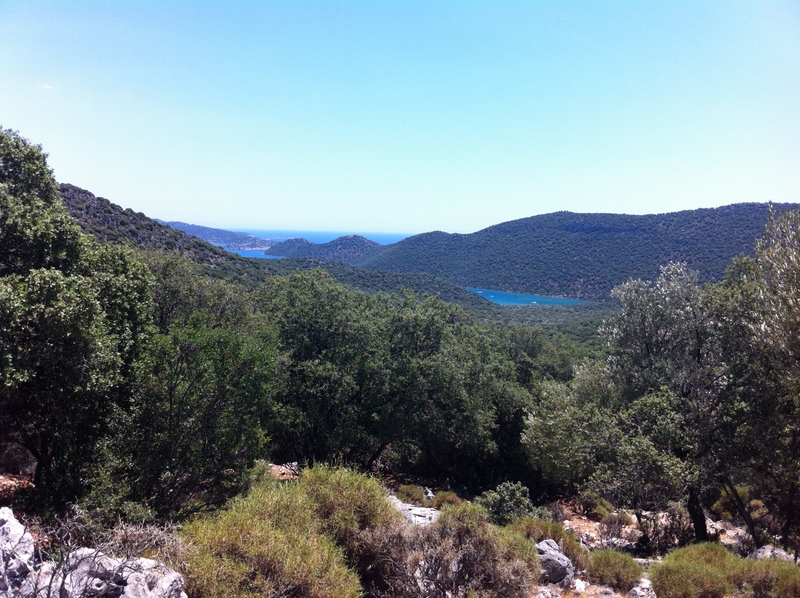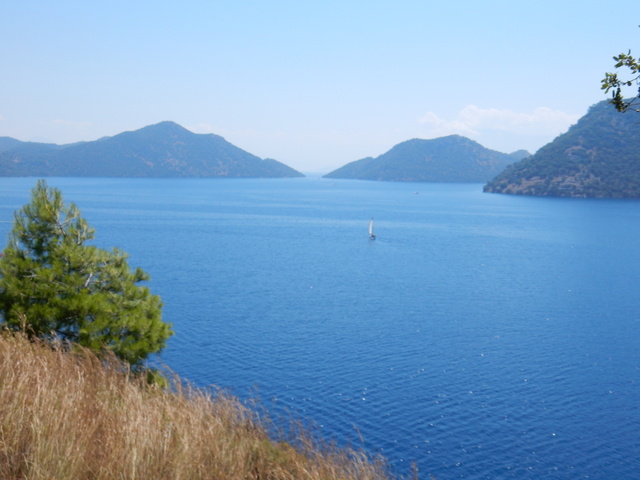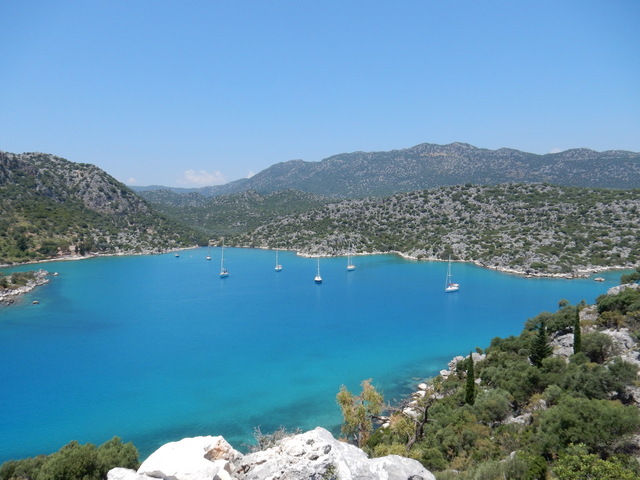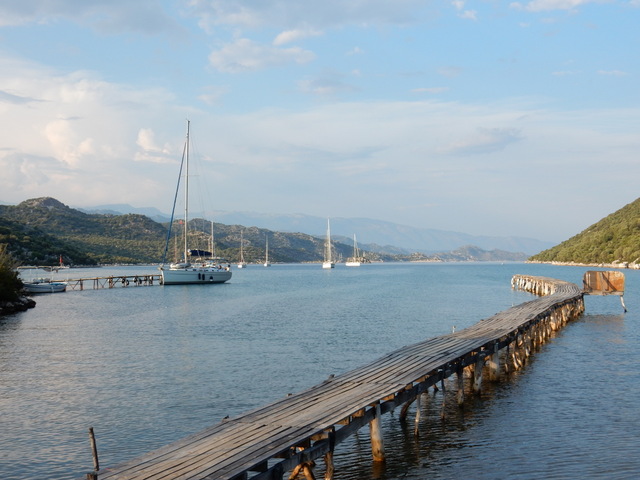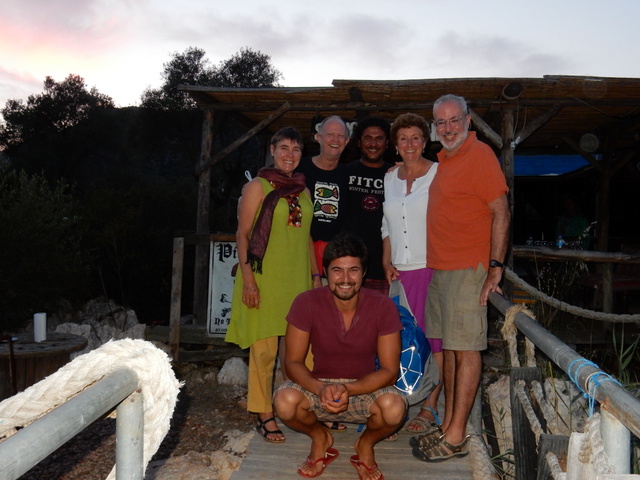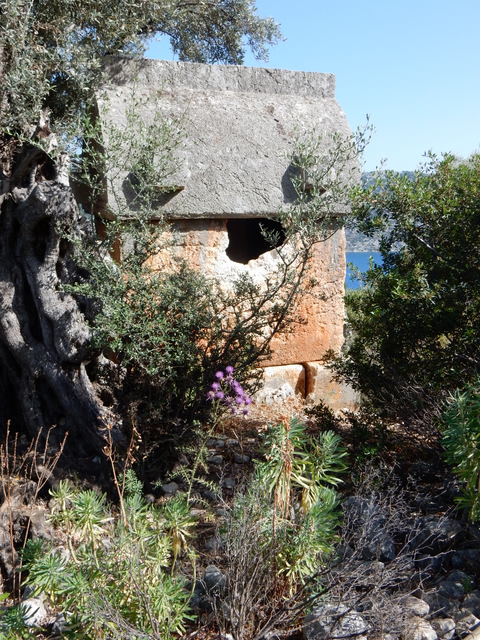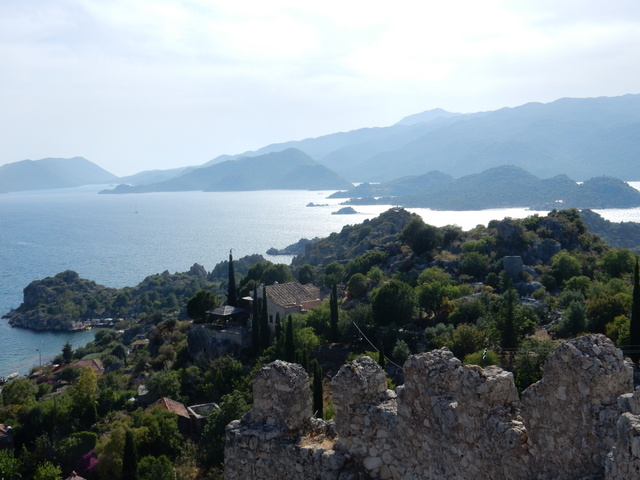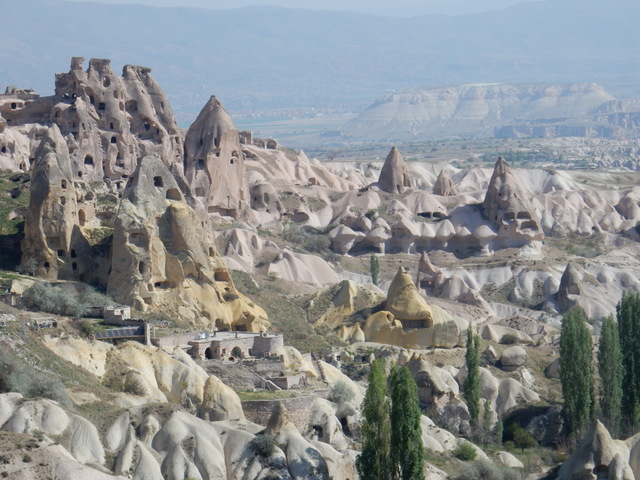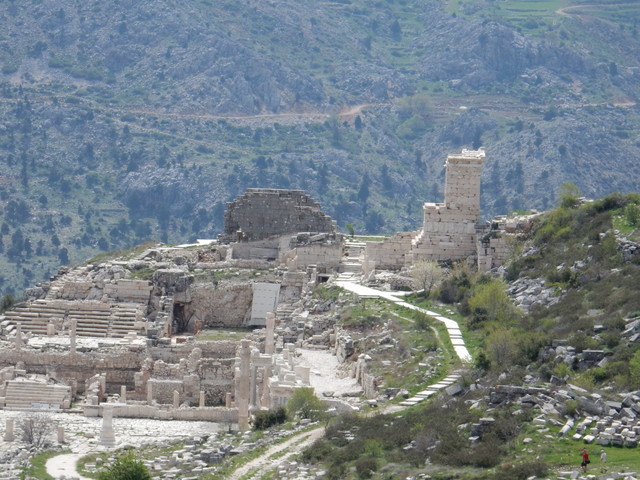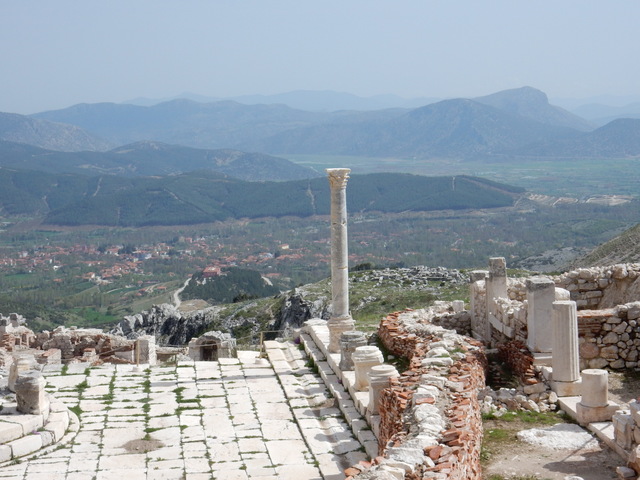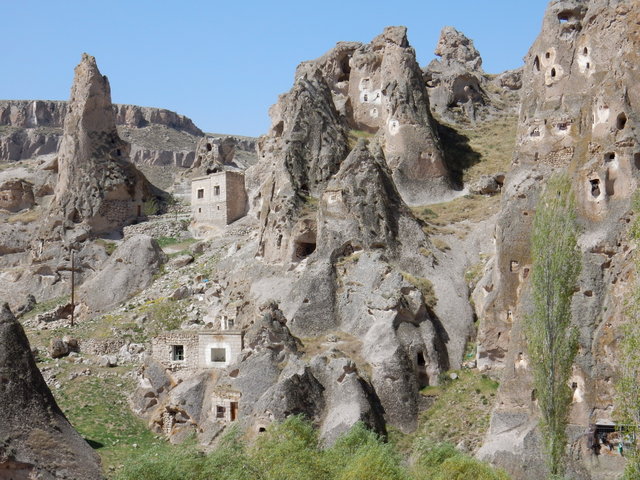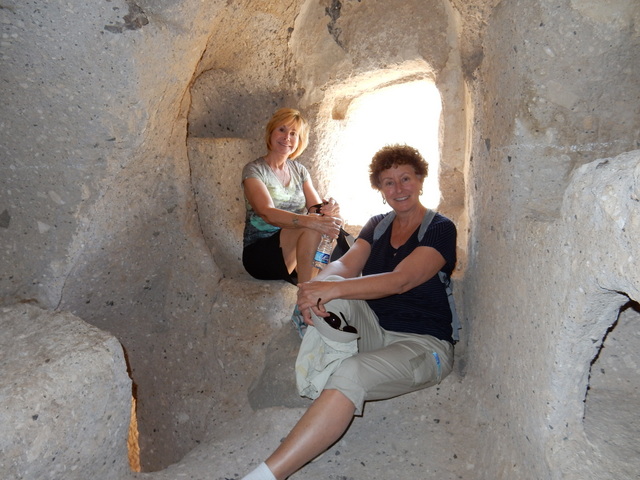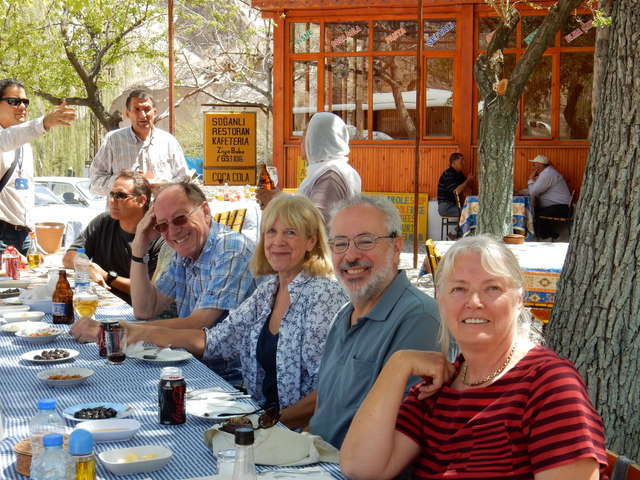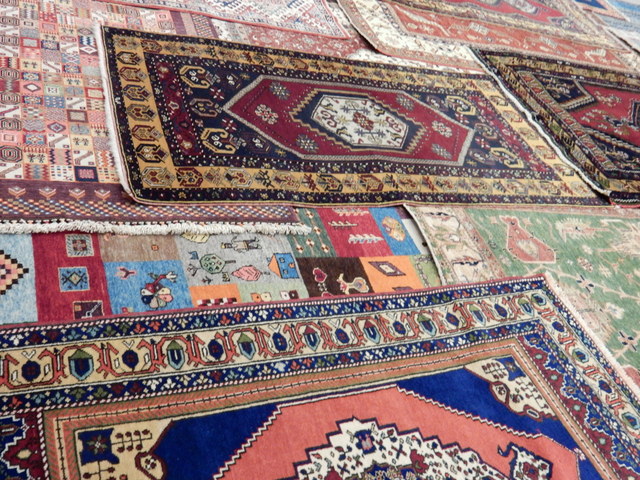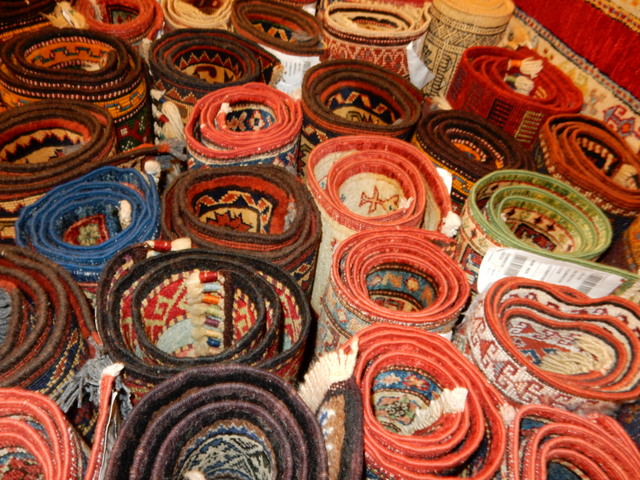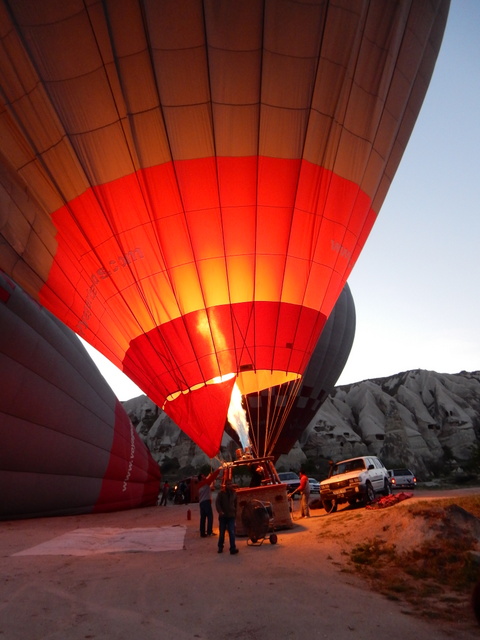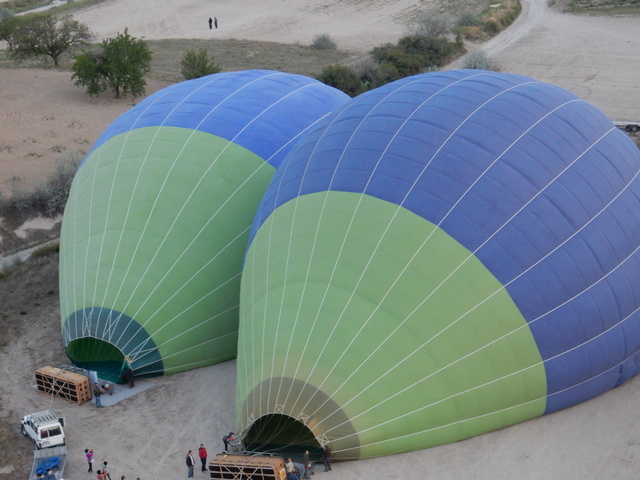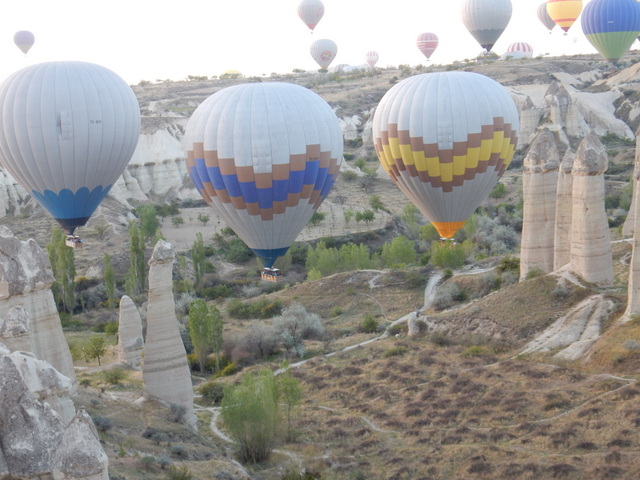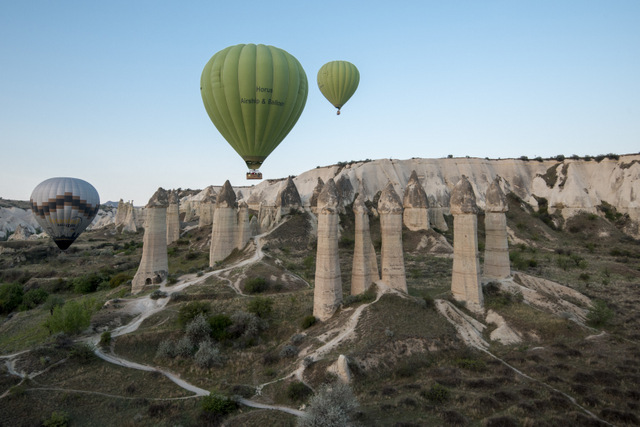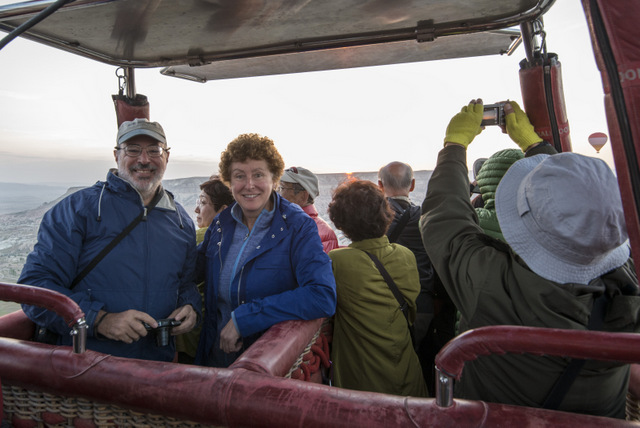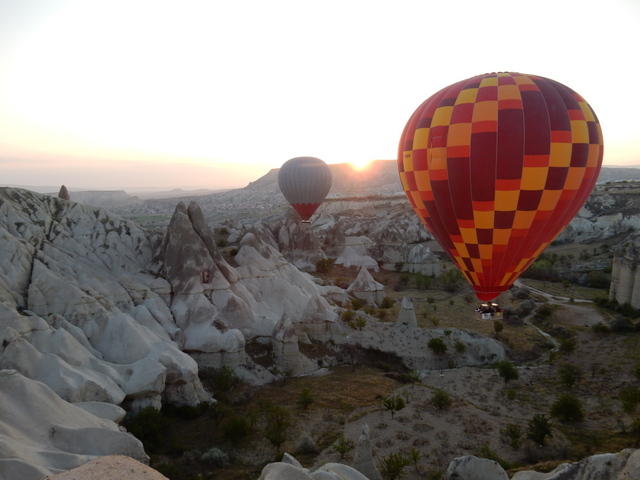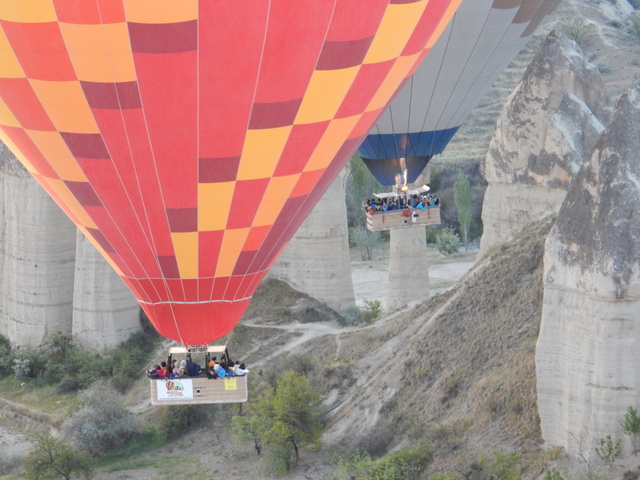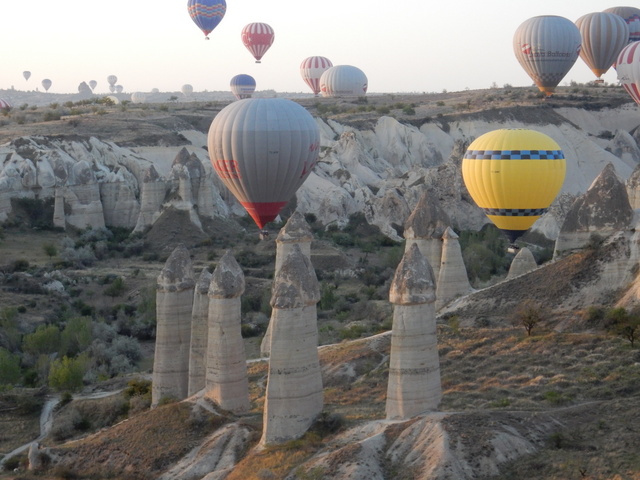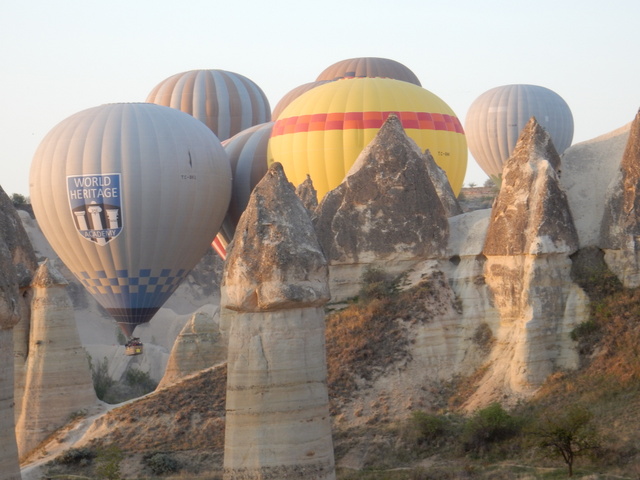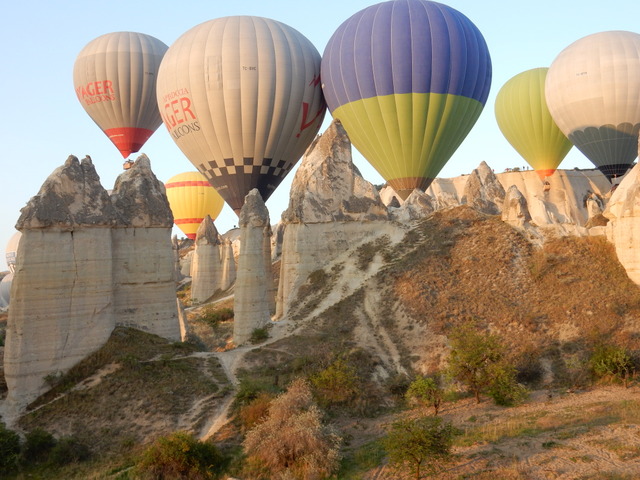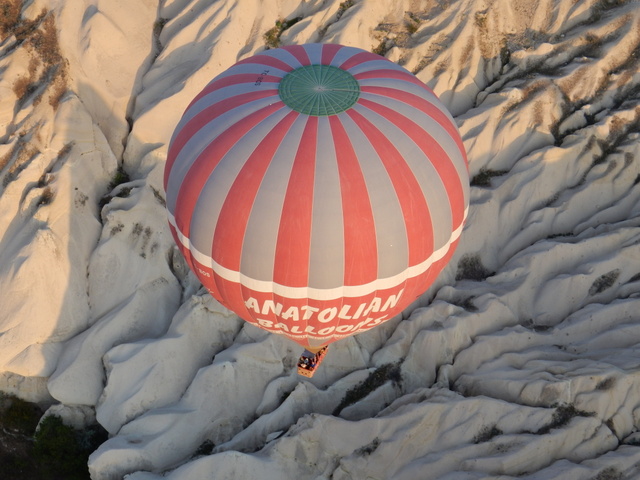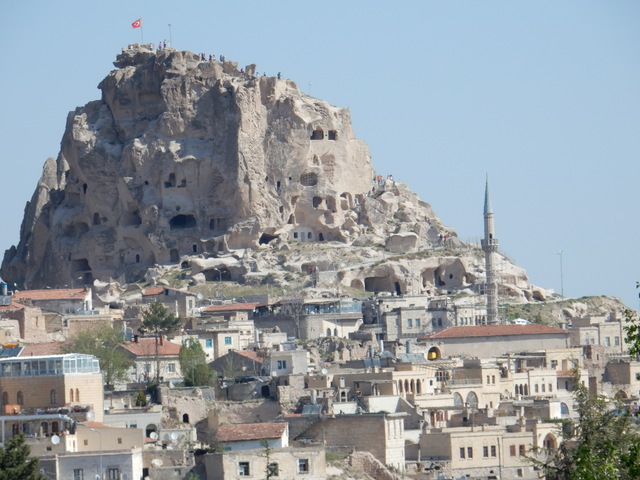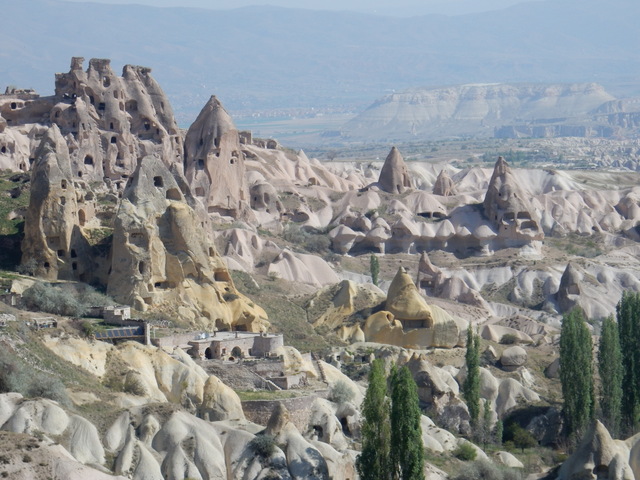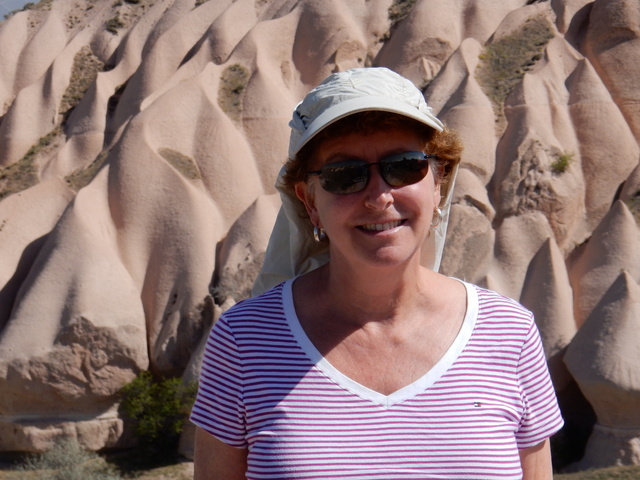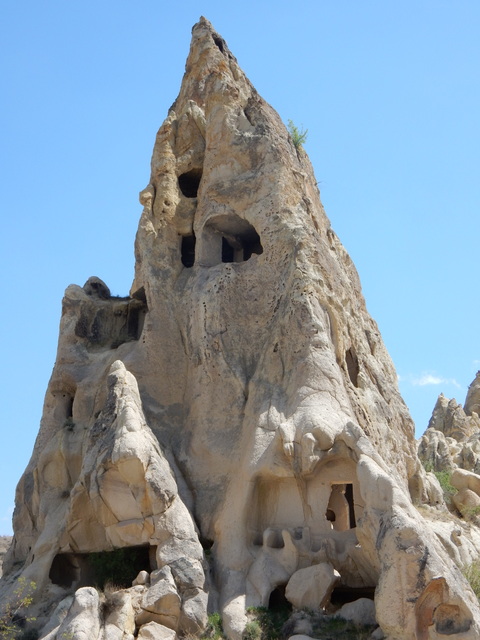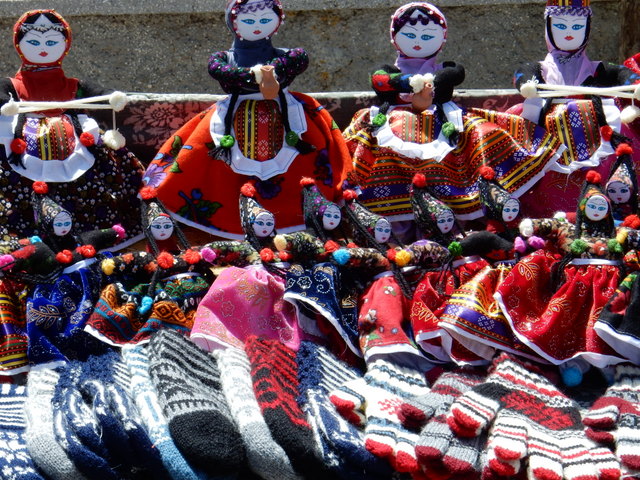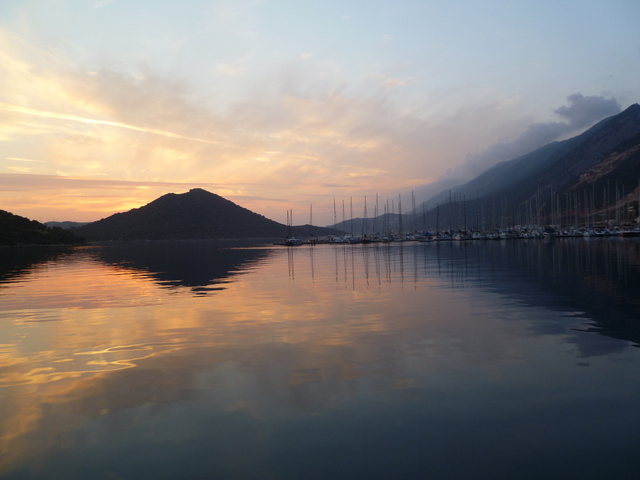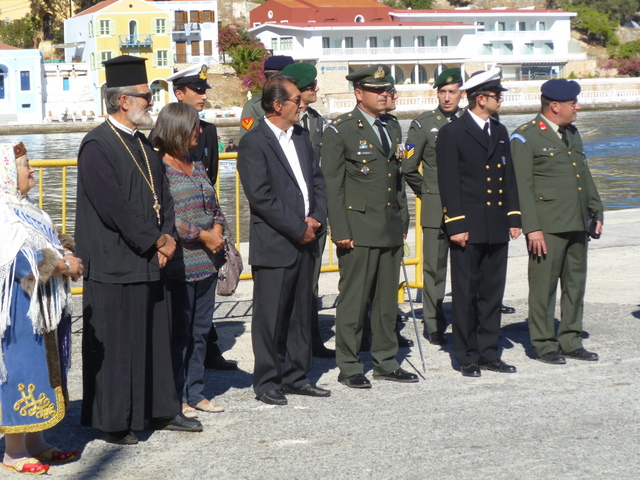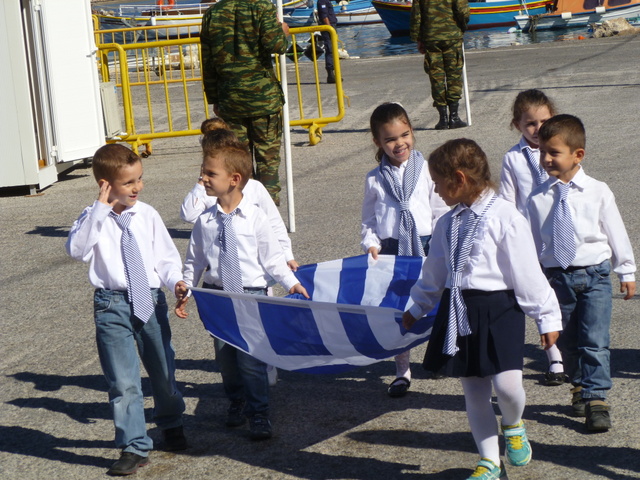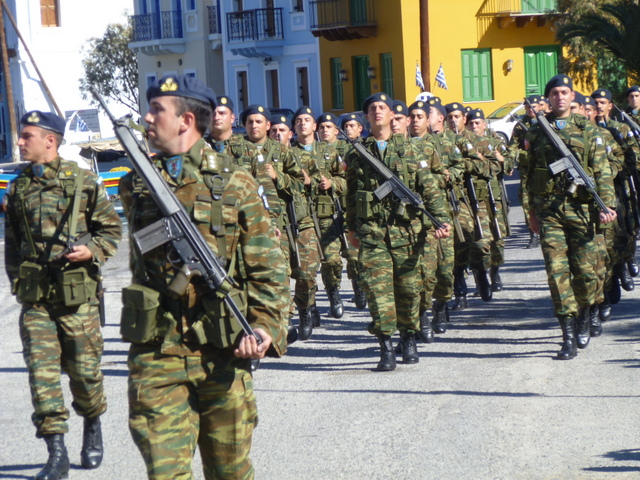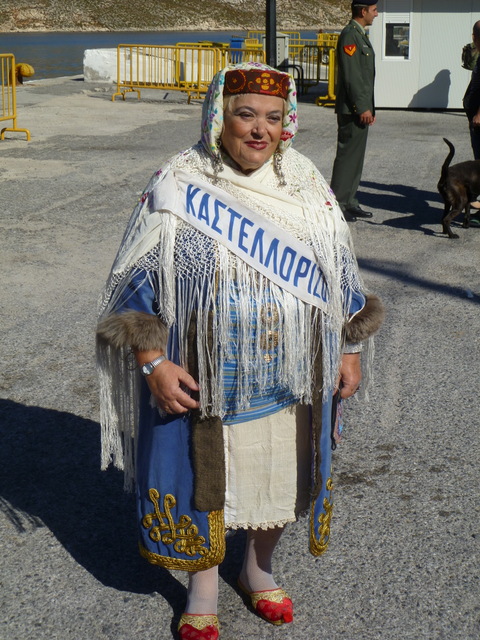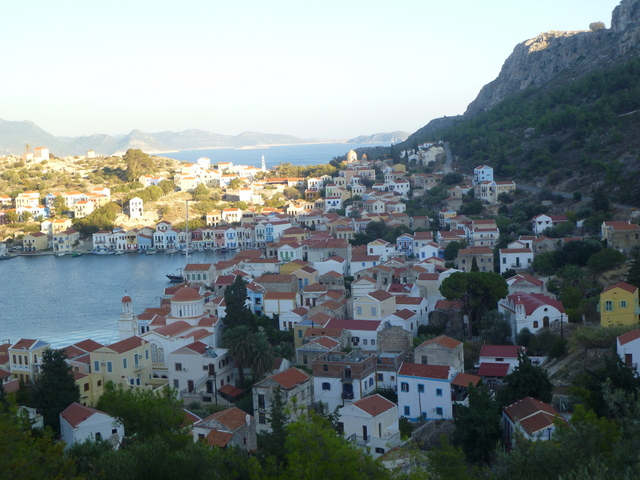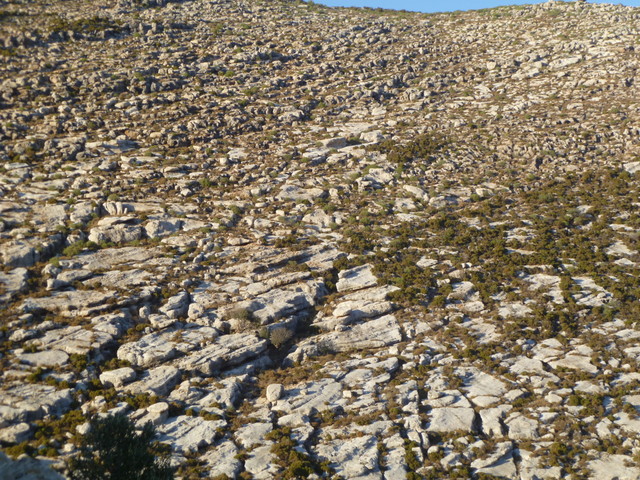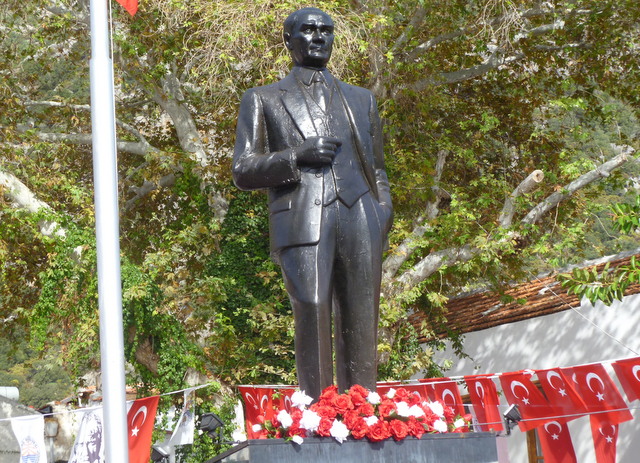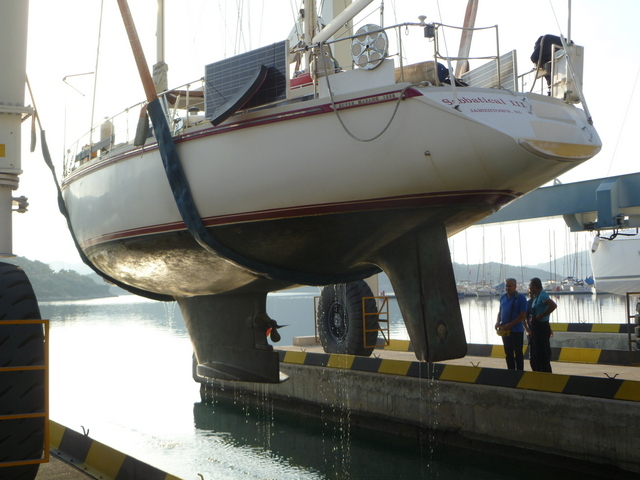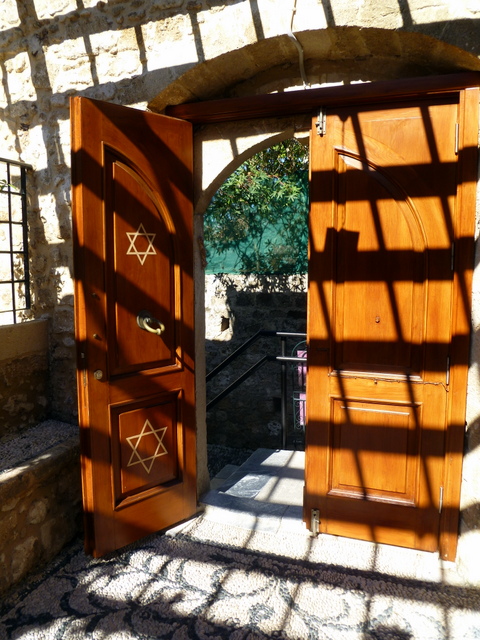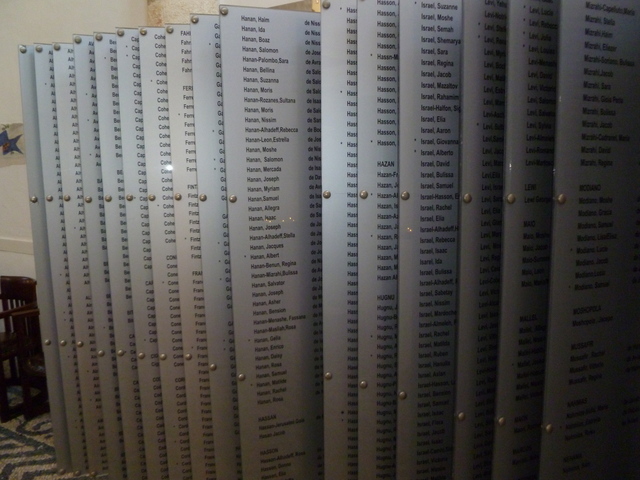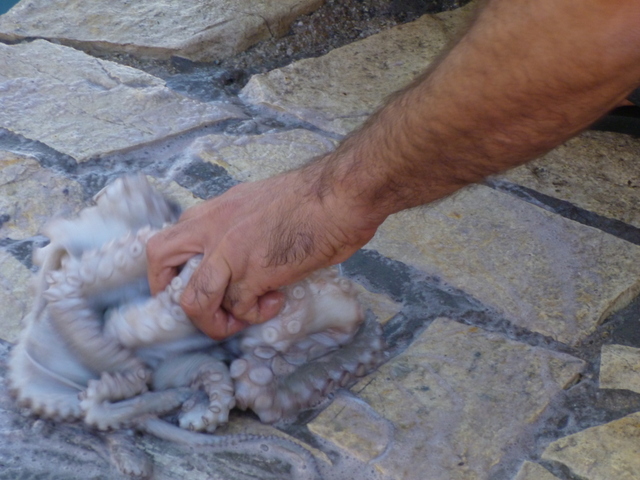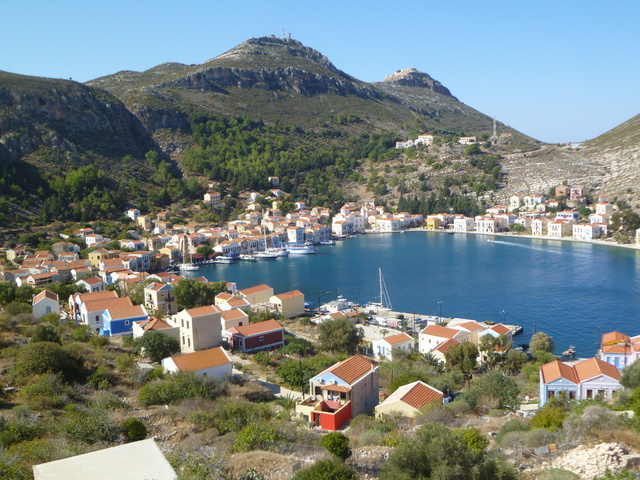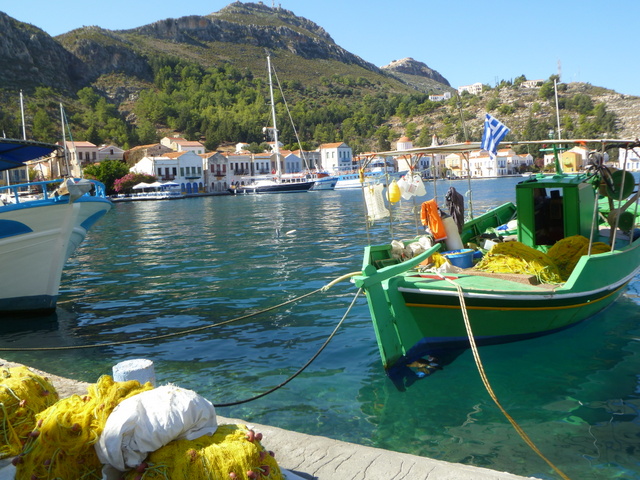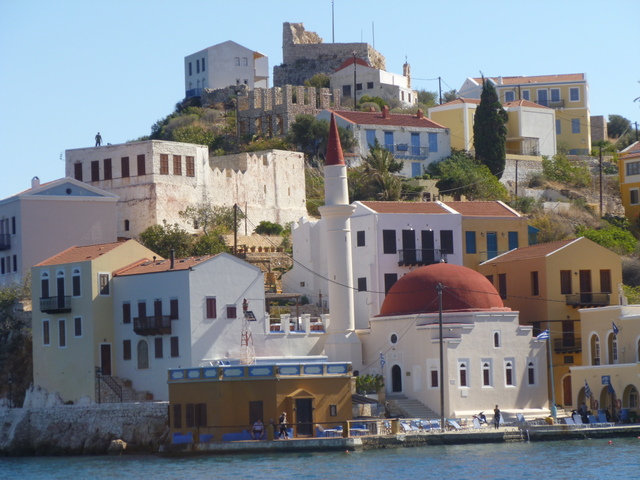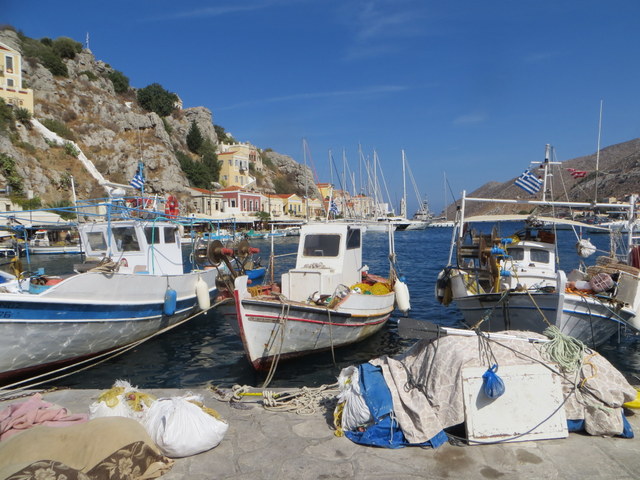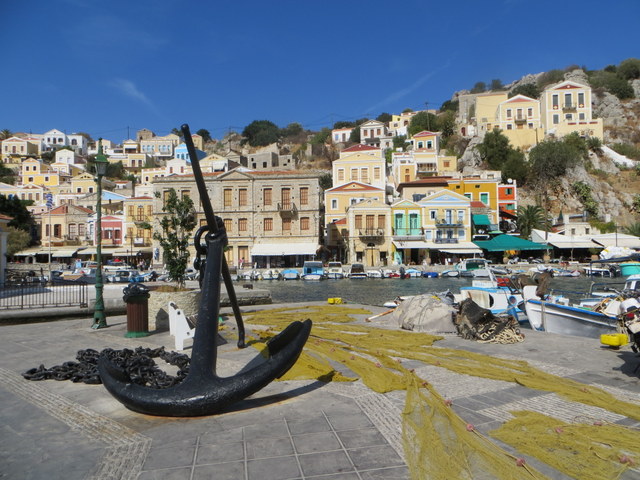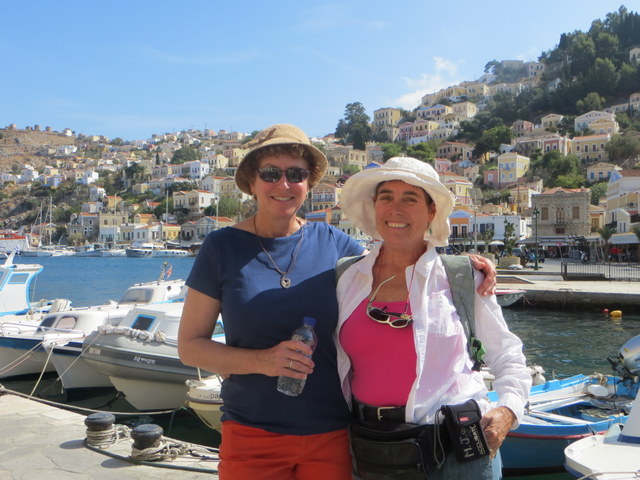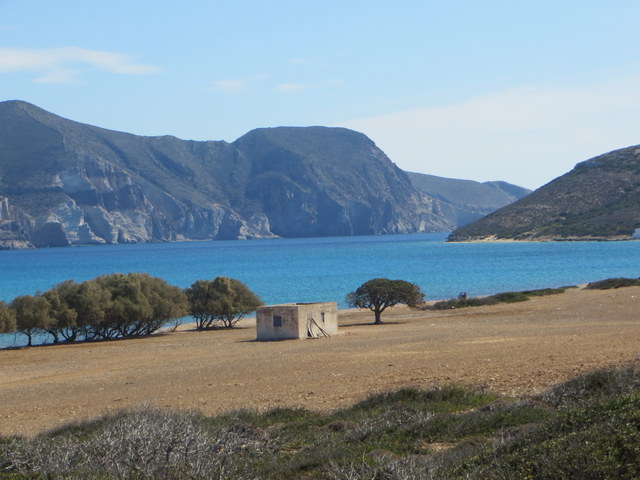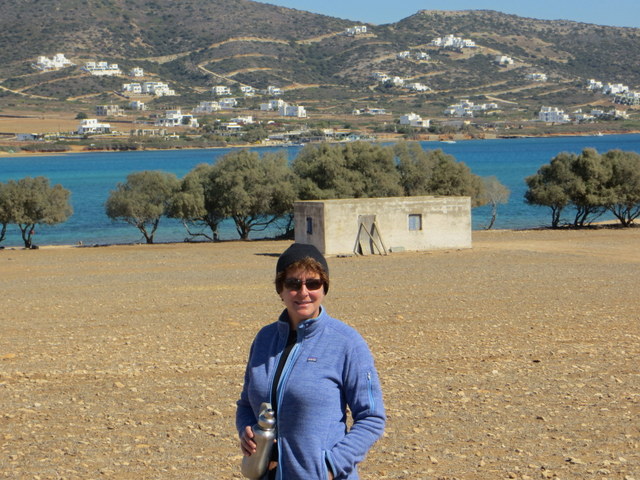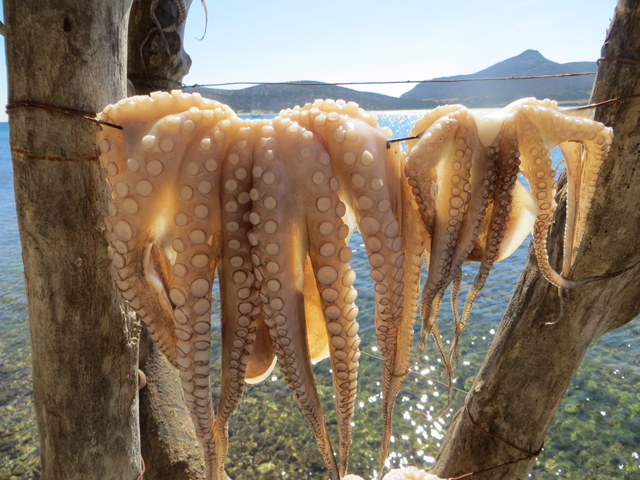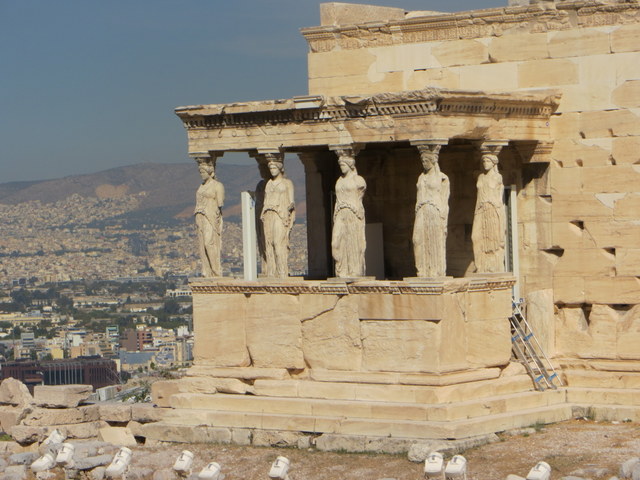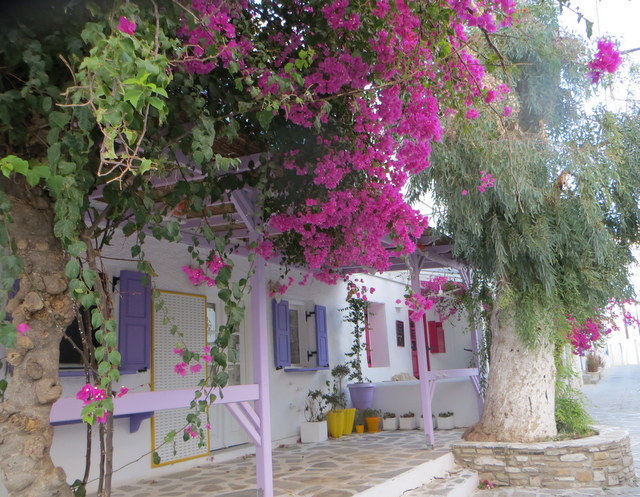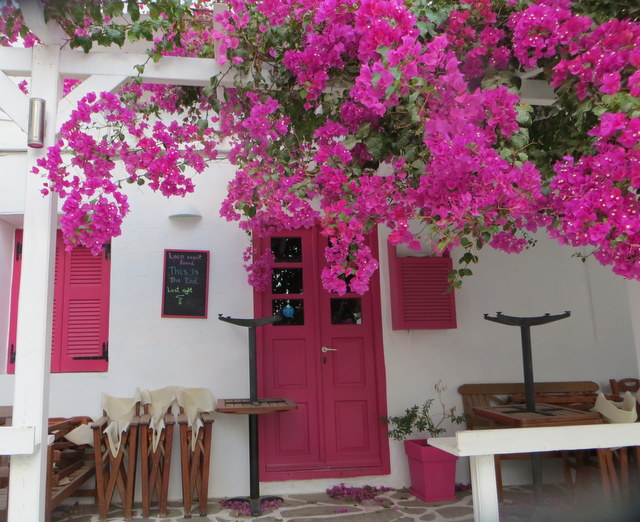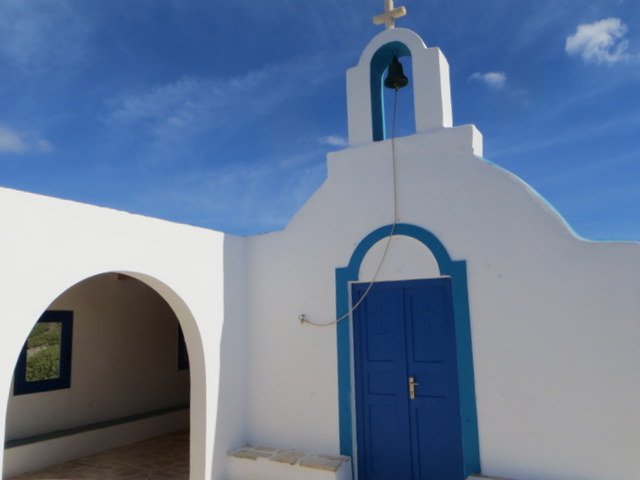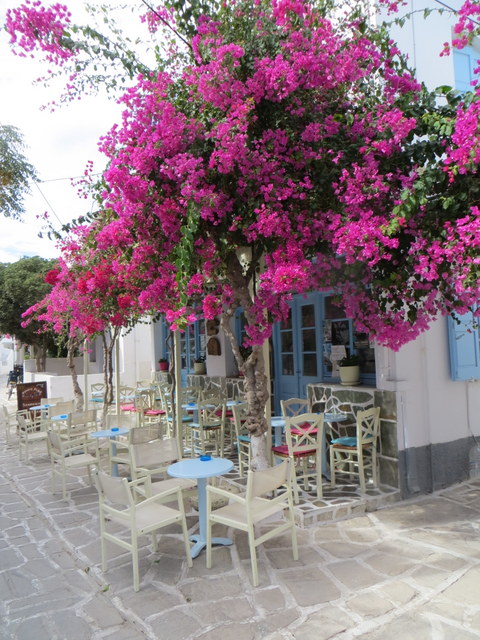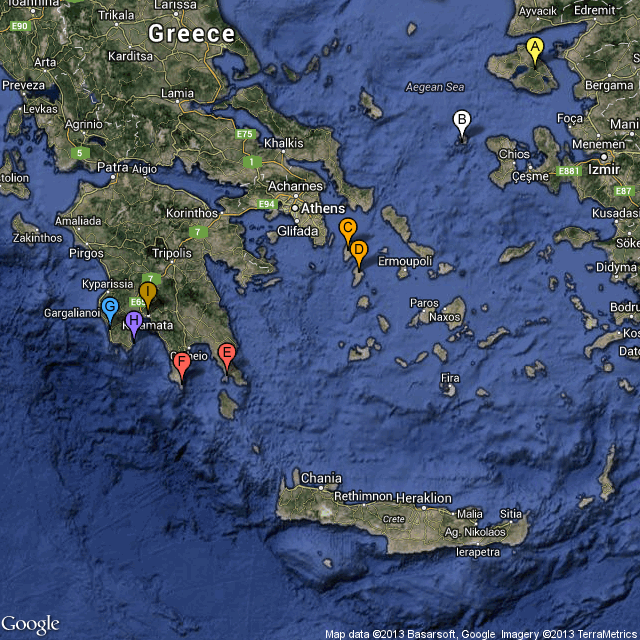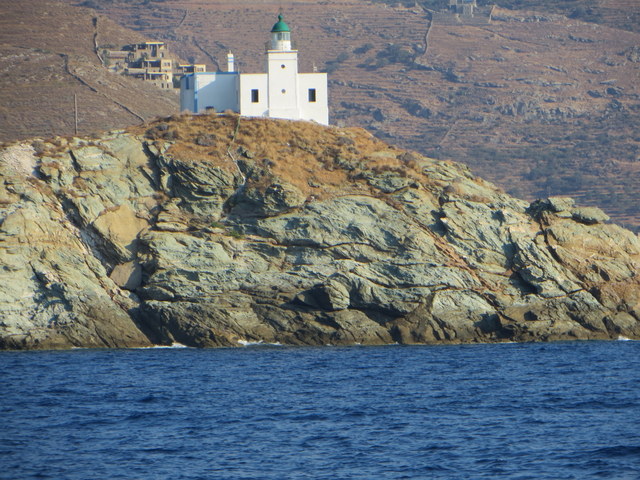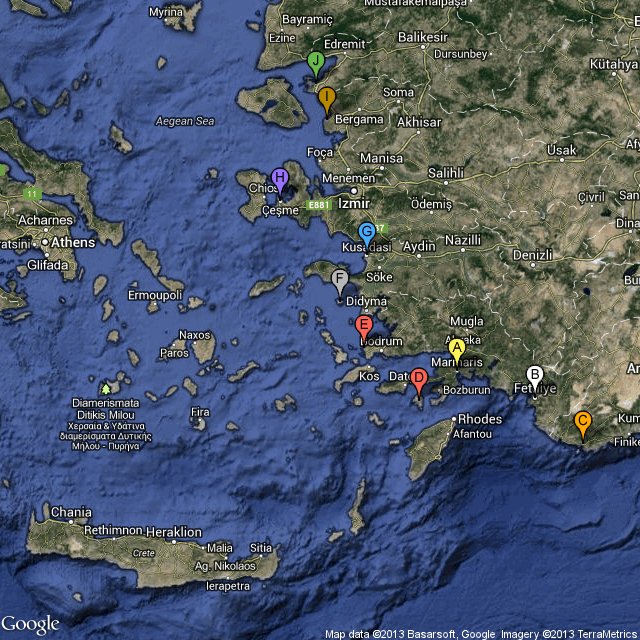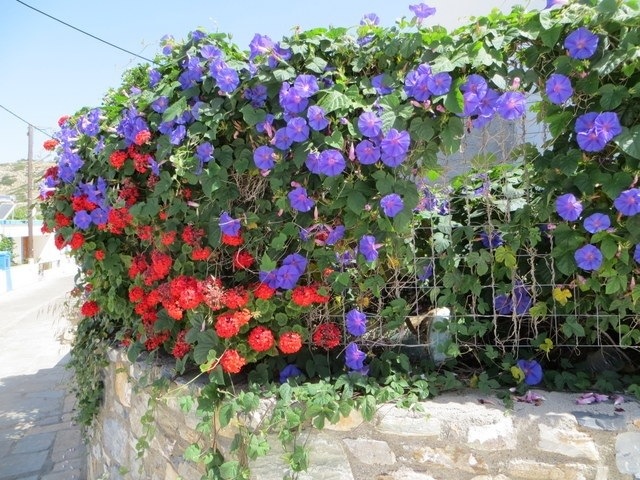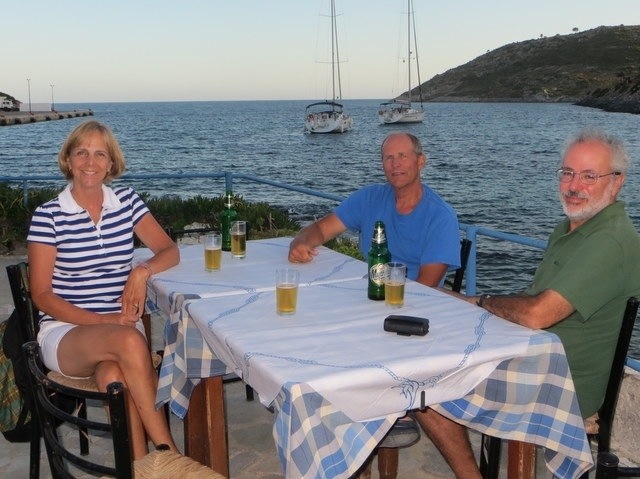Sabbatical III drags out to sea!! (Well almost)!
On Tuesday, May 21 we left Marmaris for Bozuk Bükü where we anchored in thick sea grass in front of the Loryma Restaurant. Our friends on “Sassoon†and “Horizon†were already there and tied up to the T-dock. We had a wonderful evening having drinks and appetizers while watching some boats struggling to get their anchors dug into the bottom. Just before the main course arrived, when it was already dark and the wind had come up strongly from the north, the restaurant staff ran up to us saying that our boat was dragging. Laura, Ray from “Horizonâ€, and I ran to the dock with the waiter and got into the restaurant skiff (our dinghy was still on top of “Sabbatical IIIâ€) and soon caught up with Sabbatical III as she slowly made her way out of the bay, dragging 60 meters of anchor chain and a 30 kilogram anchor along the grassy bottom 25 meters below the surface (we had anchored in 16 meters). The three of us jumped aboard and once the waiter was sure that the engine had started he returned to shore. Laura, Ray and I reeled in the chain and anchor and tried to reset it in the same general vicinity where we had originally set it, but it would not hold. The sea grass was too thick for the anchor to dig in. I finally found a spot close to the cliffs on the northeast shore where the anchor seemed to set.
In our 9 ½ years with Sabbatical III, we never had an anchor drag before. When we first arrived at the anchorage in Bozuk Bükü the wind was light and out of the south, and we went through our usual routine of backing down hard to both set the anchor and check that it holds under pressure. I suspect that what happened is that when the wind switched and came around from the north with some force, the anchor came out of the bottom and would not reset itself in the thick seas grass. It was certainly unnerving to see Sabbatical III drifting away untended in the dark. We would not have known of it in time to safely retrieve her if it were not for the German sail boat “Cassiopaea†who saw Sabbatical III float away, went online to get a phone number for the restaurant, and then called on their mobile phone to alert them. Many thanks to them and to the staff of the Loryma Restaurant who dropped everything to get us onto our boat. Once we were anchored again, the restaurant skiff came out and picked up Ray but Laura and I decided to stay aboard as it was still blowing hard and we had lost confidence that the anchor would hold. The restaurant was nice enough to send the skiff out once again with our main courses packed “to go†so that we would not go hungry. The food was delicious and we are very grateful to the restaurant staff for their quick work and caring attitude. We will certainly visit the Loryma Restaurant again.
Panormitis
The next morning (May 22), we left Bozuk Bükü for Panormitis on the island of Symi. There is no town at Panormitis, just the famous Monastery of St. Michael, a taverna, a small store, and a bakery. Ferries come a few times a day and stay for an hour so that passengers can have a tour of the monastery. St. Michael is one of the patron saints of sailors, so it is fitting that we stop to visit as well. The small bay is very well protected and once the anchor was down, I powered back very hard to make sure it was set. We had a great lunch ashore at the taverna (calamari, moussaka, Greek salad, baklava, and little cups of coffee), and spent some time admiring the public spaces of the monastery. In the evening we walked around the whole bay, climbing to the windmill over the narrow entrance to watch the sunset.
As predicted, the wind came up strongly from the southeast overnight, so we left Panormitis after just one night in order make some distance to the northwest. We set both our downwind poles and had a fast sail with 20+ knots of wind right on the stern much of the way. In the strait separately Kos island from Turkey, we had wind over 30 knots. We called our friends Bill and Janet on “Airstream†who were anchored in Gümüslük (ancient Myndos) to check on conditions. They said it was windy with a chop but tenable, so we headed there. The wind came up even more and the anchoring situation was treacherous. The bay is quite narrow and had many boats, most of whom were on permanent moorings, which means they would not swing in a wind shift in the same way as a boat at anchor. “Airstream†said that their anchor had dragged three times that afternoon (they had never dragged before) before finding a free mooring. We anchored near an ancient stone pier, which like most of ancient Myndos, was underwater as a result of earthquakes long ago. There was no other place to go. The wind gusted to 30 knots as the boat bounced in the wind chop and swung hard in the gusts. We sat anchor watch continuously for 4 hours until the wind abated.
The next day the winds were calm and we joined Bill and Janet for a trip to the major city of Bodrum just 45 minutes away by dolmuÅŸ. Bodrum is on the site of ancient Halicarnassus, the birth place of Herodotus and the site of one of the “Seven Wonders of the Worldâ€, the tomb of King Mausolus, hence the word “mausoleum†(thank goodness he was not King Linol). Not much of Halicarnassus is left. The Bodrum waterfront is quite attractive, with hundreds of Turkish gulets (sail boats) lining the quay. We visited the Castle of the Knights of St. John, the stronghold of the Order of St. John of Jerusalem, and the underwater archaeology museum.
Escaping from ancient Myndos
The next morning the wind began to shift north and Sabbatical III was coming dangerously close to the ancient pier of Myndos. We upped anchor and found another spot just 50 meters away just before more boats squeezed into the small bay. Then a sea breeze came up from the south and it was clear that we could not remain where we were without an uncomfortably high possibility of swinging into another boat as the wind gusted and shifted. We hurriedly brought up the anchor once more and looked for a safer spot but soon realized that as much as we liked Gümüslük, this was not the day to be anchored there. So we just left. It was already mid-afternoon and we had made no preparations, so our options were limited. We puttered around while I checked the charts and pilot books and settled on GündonÄan about 2 hours away.
GündonÄan does not attract sail boats, so there is lots of room to anchor and swing, although in fairly deep water. The whole bay is filled with “holiday villages†for budget conscious European tourists – none of the charm of Gümüslük. At the head of the bay was a loud disco that blared music until 1 am … but at least the boat was safe. We went ashore the next morning and shopped for fruit, veggies, and other food, and then left for Ilica Bükü, where we are now.
Anchoring Angst
Ilica Bükü is a lovely deep bay open to the north. It has two hotels under construction, a small development on the eastern shore, and no town or disco. The western shore is pine forest mixed with grassland where cows roam, and a single small stone dwelling up on the mountainside. When we arrived Sunday afternoon, there was a group of about 15 young men swimming and talking on the pebble beach just behind us while starting a wood fire. Three of them swam out in the direction of the boat. One of them was obviously struggling so they had him hang on to our dinghy to rest. So we invited them aboard to warm up and drink tea. Their English was very limited but we did learn that all the men were electricians who were wiring the hotel under construction ( a Hilton) and this was their day off. When I took them back to shore in the dinghy they offered me “doner kebab†to bring back to the boat. Doner kebab is very similar to shawarma or gyros. They had set up a spit next to the fire and were roasting a very large doner that they said was very special and only comes from a nearby village. They gave me a big bowl full of doner pieces that they cut off and Laura and I had it as the main course for supper. Sometimes hot meals just fall into our lap.
The next morning we hiked on a path around the bay and then up the mountainside to get a view. As we passed near the only structure, the white stone house, a man ran out of his garden and urged us to visit. He said “My name is Ismael,†which had a familiar ring. Ismael seems to be in his mid-forties and lives in the old stone house with his mother. He was born in this house and the surrounding land has been in his family for some generations. He gave us an enthusiastic tour of his grounds where he gave us samples of mulberries (delicious) and almonds (not yet ripe) and invited us for Turkish coffee. He excused himself and showered and put on clean clothes and then came out with coffee as we sat in chairs with a magnificent view overlooking the ocean. He was so excited to have company and talk with someone besides his mother. His English was passable and he was well versed in many subjects. In his simple stone house without indoor plumbing, he had a digital TV on which he watched CNN, MSNBC, and Bloomberg. He had no vehicle and occasionally walks to a town a few miles away with a backpack to shop. He works for three months each summer as crew on a Turkish gulet boat taking tourists to the Greek islands and elsewhere.
Yesterday (May 28), “Airstream†with Bill and Janet aboard anchored next to us. Later in the day, a French ketch came in as well. We all chose Ilica Bükü as the place to ride out the storm that was predicted to begin last night. The evening was quiet until about 11 pm when the wind came up very strongly from the southeast. Laura and I could not sleep with the tumult going on outside. About 1 am we noticed that Airstream was dragging. We called them on the VHF radio but then noticed Bill and Janet already on deck getting ready to re-anchor. Things seems to quiet for a few hours after that and we got some sleep. This morning the wind came up even stronger with severe gusts off of the hills. First Airstream dragged and then Sabbatical III. We brought up our anchor and it was covered in old lines and nets. This was not the detritus of the ancients but rather the remains of a recent fish farm. When an anchor drags here all kinds of stuff gets snagged. All of which has to be removed before trying to anchor again. Luckily I have a strong wife as crew. It took three tries (so far) to get the anchor set. The French ketch just dragged too and brought up a huge fishing net. Our friends on Sassoon some miles away sent an email that they dragged (for the first time) and Ray of Horizon, who ran to assist us in Bozuk Bükü a few days ago, broke his toe trying to help Sassoon. So it has been a struggle to stay put for each and every boat in these winds and with the foul bottoms.
The wind is at its peak now but should abate by evening. Anchoring in Turkey seems to be a greater challenge than in any other place we have been. Aside from that, the place is beautiful and the people are welcoming. If only the wind would calm a bit.
Quick recap of our activites from KaÅŸ back to Marmaris
In our last posting, we had left KaÅŸ heading back to Marmaris. On the way, we anchored in Sarsala Koyu (south of Goçek) and waited three days for a wind shift that would get us back to Marmaris. It arrived in the form of moderately strong southerlies last Friday (May 17) that gave a great sail west to Marmaris. We returned to Marmaris in order to visit with friends arriving to meet their boats on the April Seven Star yacht transport from Phuket, and to meet our Swedish friends Bo and Vivi from our Amel sistership “Lorna.” We know Lorna from Ray Roberts boatyard in Whangerai, New Zealand 2007/2008. We had not seen them since except for bumping into them for 10 minutes on the street in Luganville, Vanuatu about three years ago. They sailed to Turkey via South Africa two years ago.
We anchored between Yacht Marina and the Pupa Yacht Hotel. The protection was good but there was some kind of event at the hotel for the first two nights that brought amplified music and talk into the anchorage until late. The Seven Star yacht freighter was still in port unloading boats. We were able to visit with Robin and Rick from Endangered Species, and shout across the water to Peter and Giselle of “Komodo,” all of whom were on boats just after unloading from the freighter. Yacht Marina was full and all of the newly arrived boats had to anchor.
We told Bo from “Lorna†about our watermaker problems and he said that he had an unused logic (circuit) board for the watermaker that I could try out to see if that cured the problem. I installed his circuit board and sure enough the watermaker ran continuously for 90 minutes without a problem. I tried it again the next day, and it once again ran perfectly. He was willing to sell me the board (they are selling their boat), so the problem of the water makers suddenly shutting down was solved. PS: Yesterday the membrane on the watermaker failed. I have ordered replacements to be sent to us in Kuşadasi next week. PPS. The French ketch and Airstream have both dragged in the past hour. We are sitting firm for now. Wind over 35 knots.
M.
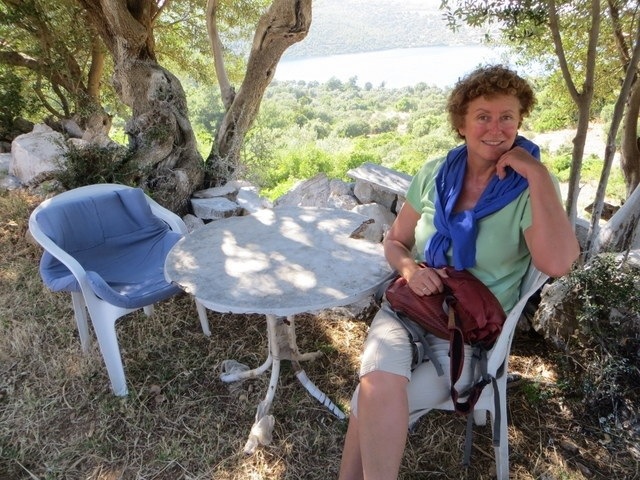
Laura waits for coffee at Ismael’s house, Ilica Buku
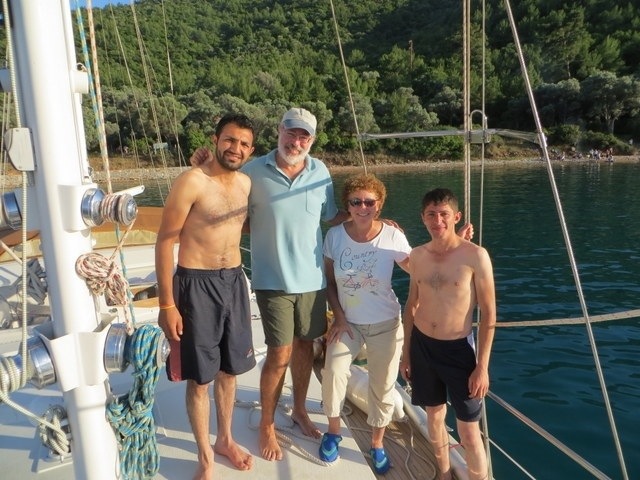
Young electricians swim out to the boat, Ilica Buku
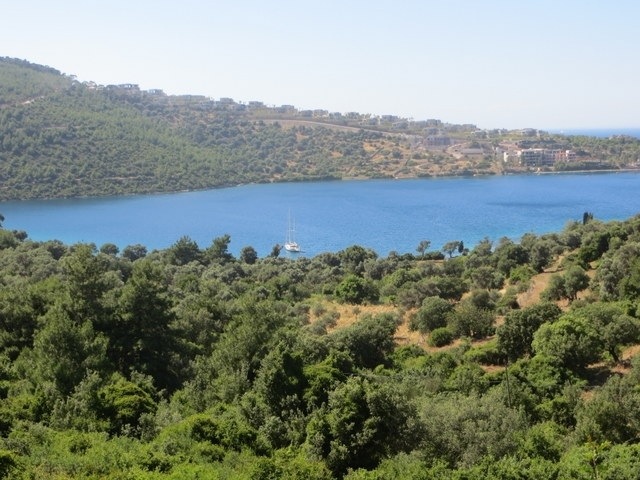
Sabbatical III at Ilica Buku
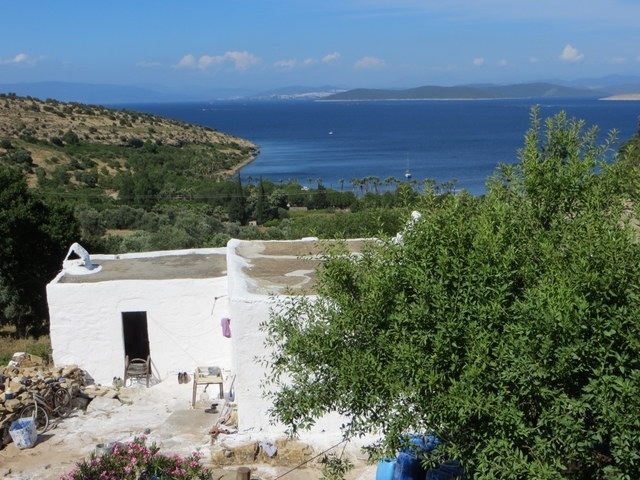
Ismael’s house at Ilica Buku

Laura and Ismael looking out from his garden
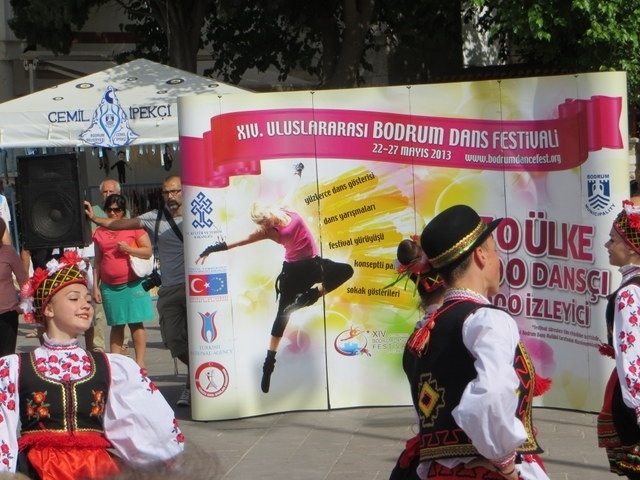
Dance festival on the waterfront, Bodrum
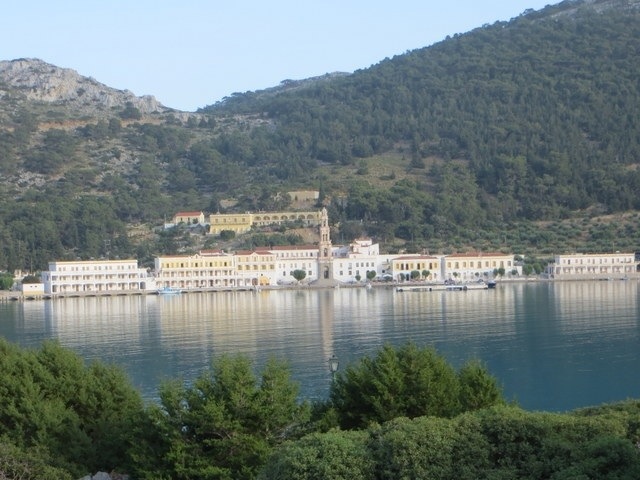
Monastery of St. Michael, Panormitis, Symi
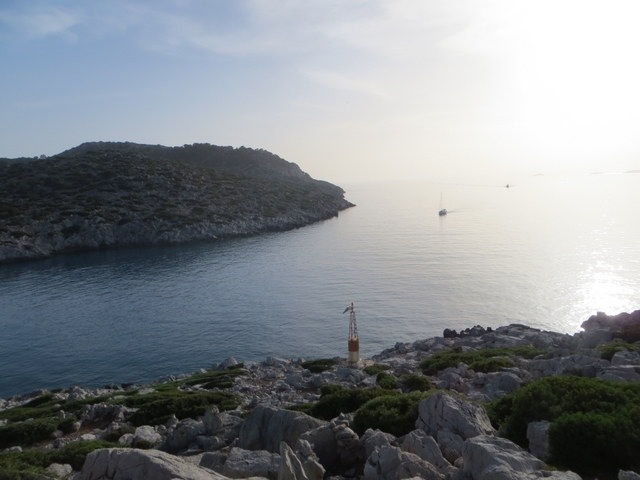
Sailboat enters the cut, Panormitis
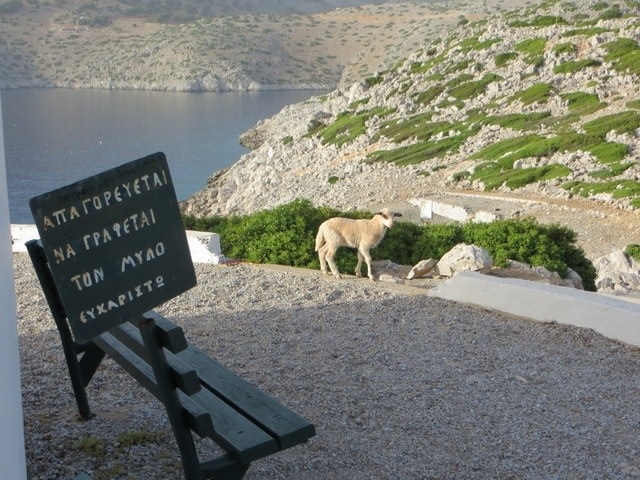
Near the Windmill over Panormitis
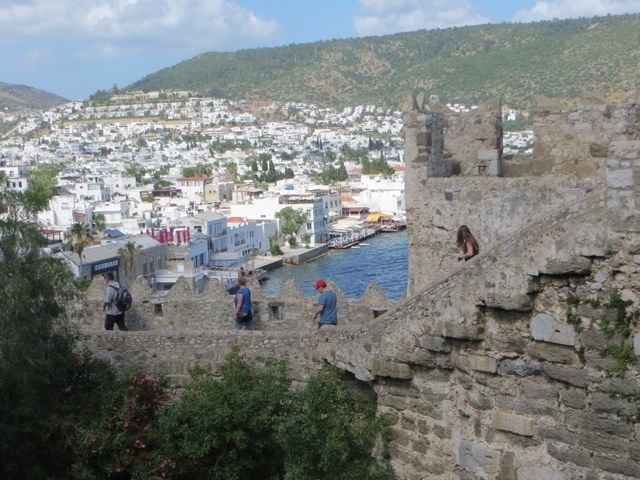
View from Castle of the Order of St. John, Bodrum

Panormitis
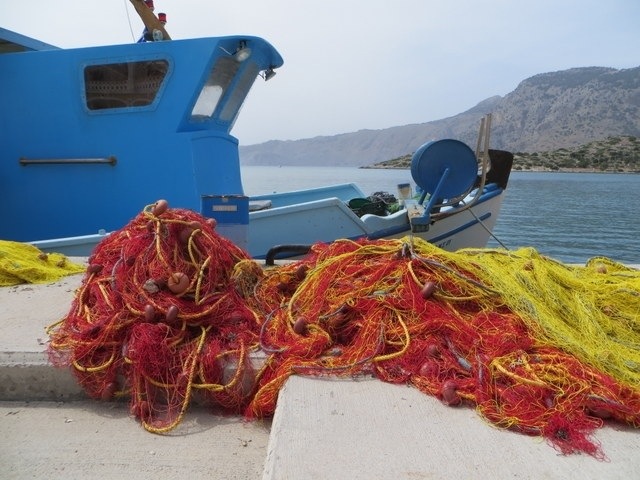
Fishing net, Panormitis
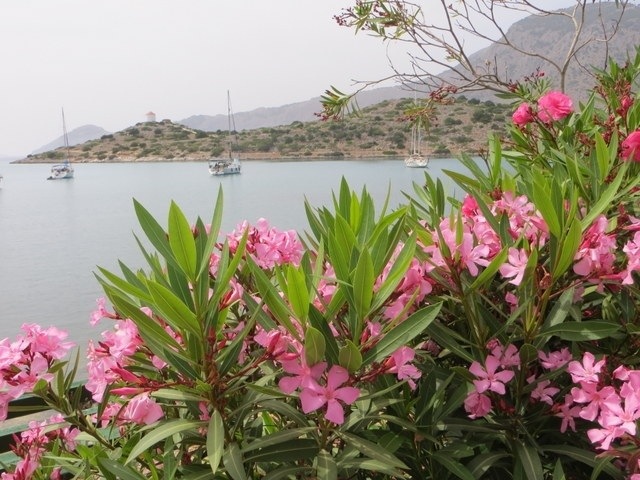
Panormitis
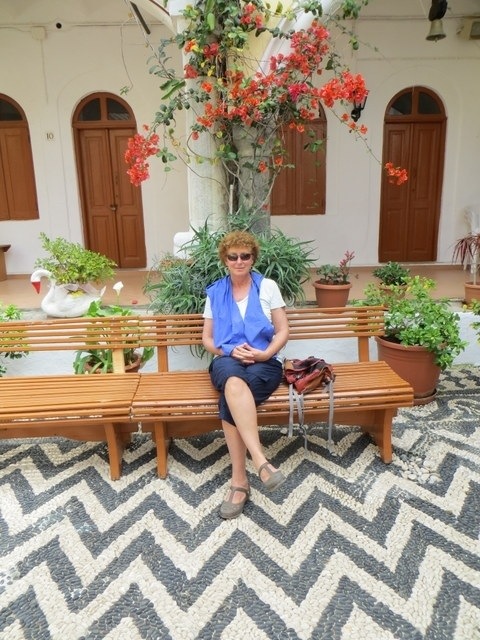
Interior of the monastery, Panormitis

Chapel inside monastery, Panormitis
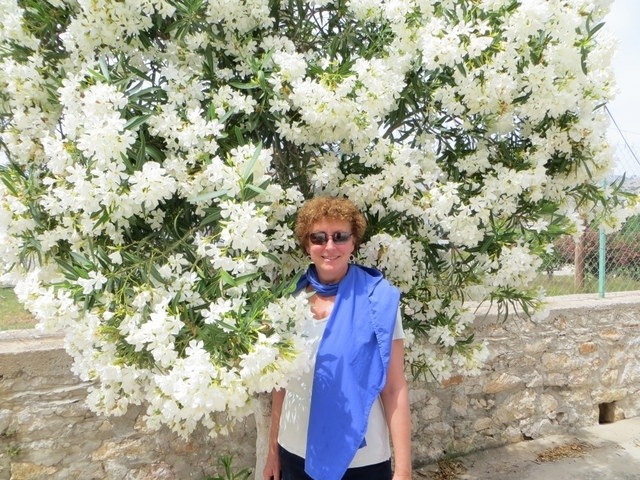
Panormitis
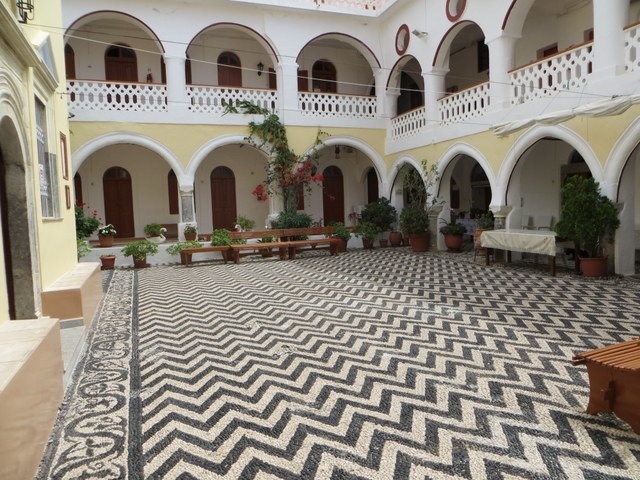
Monastery, Panormitis
